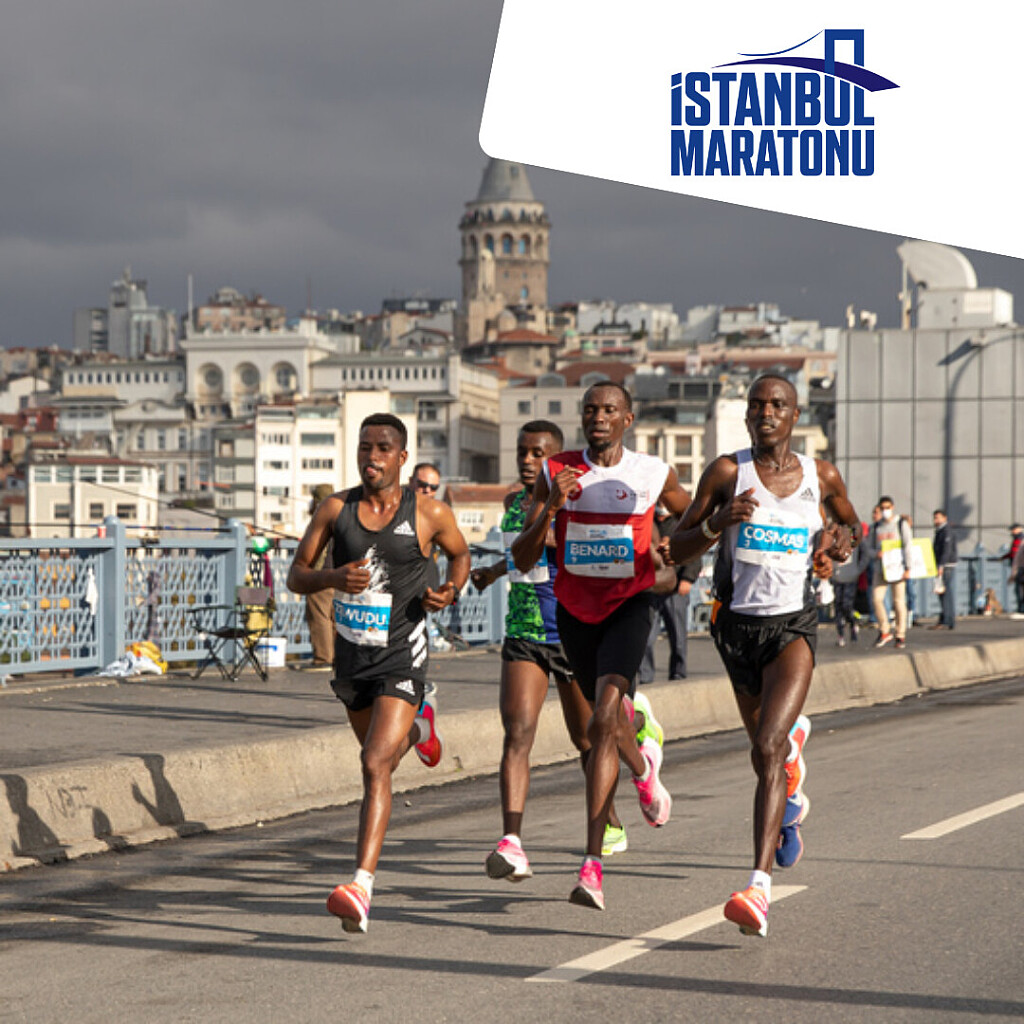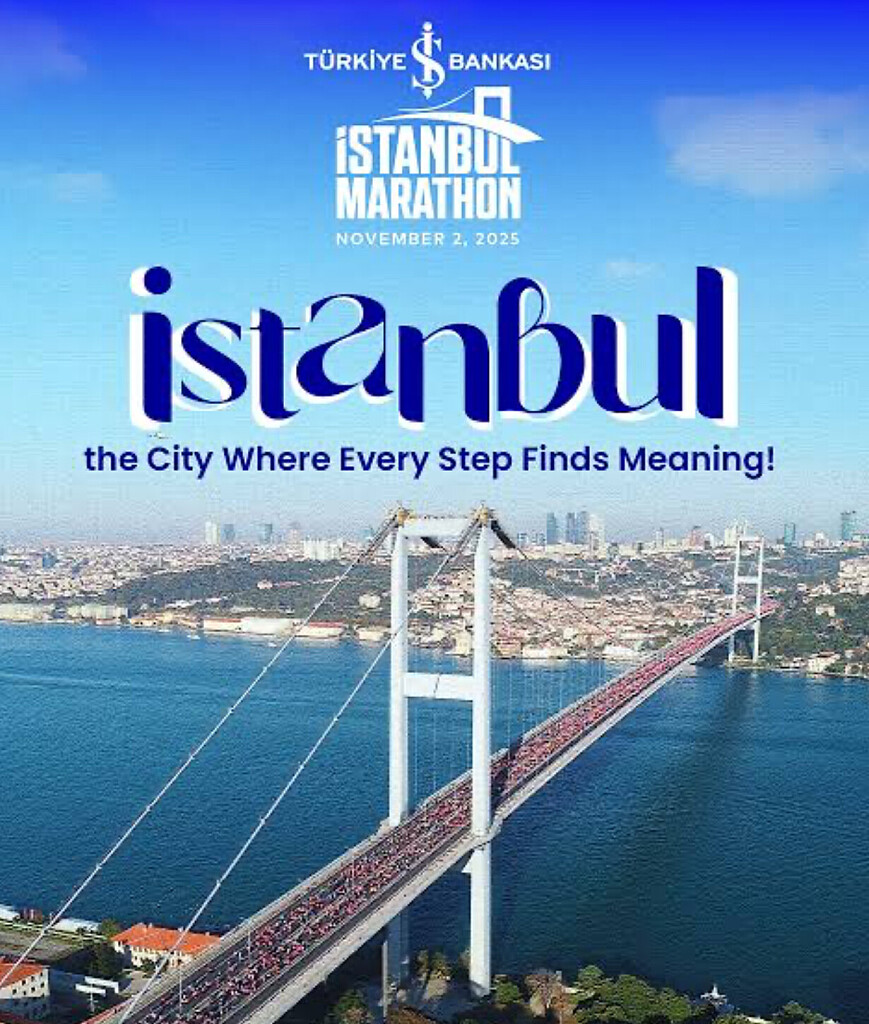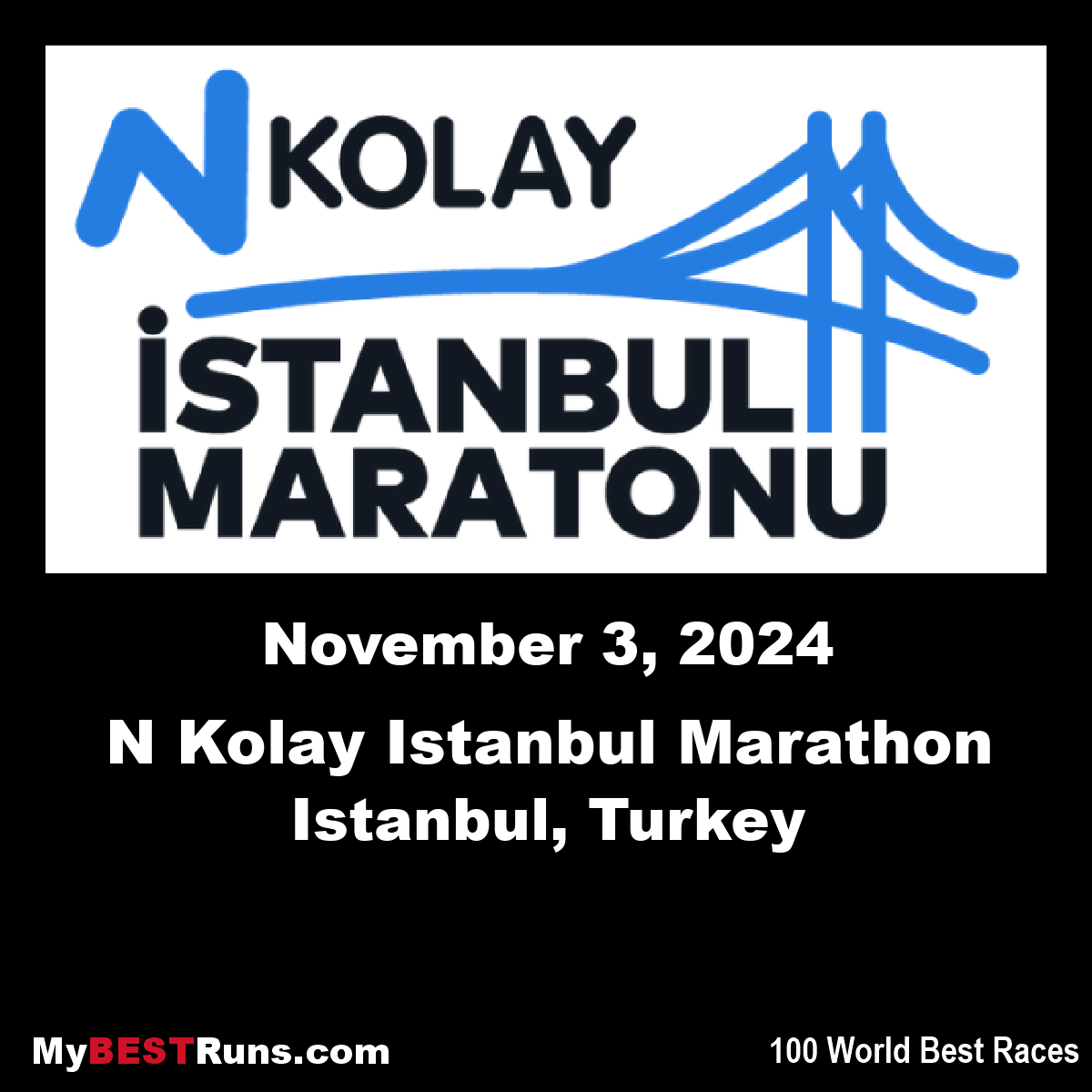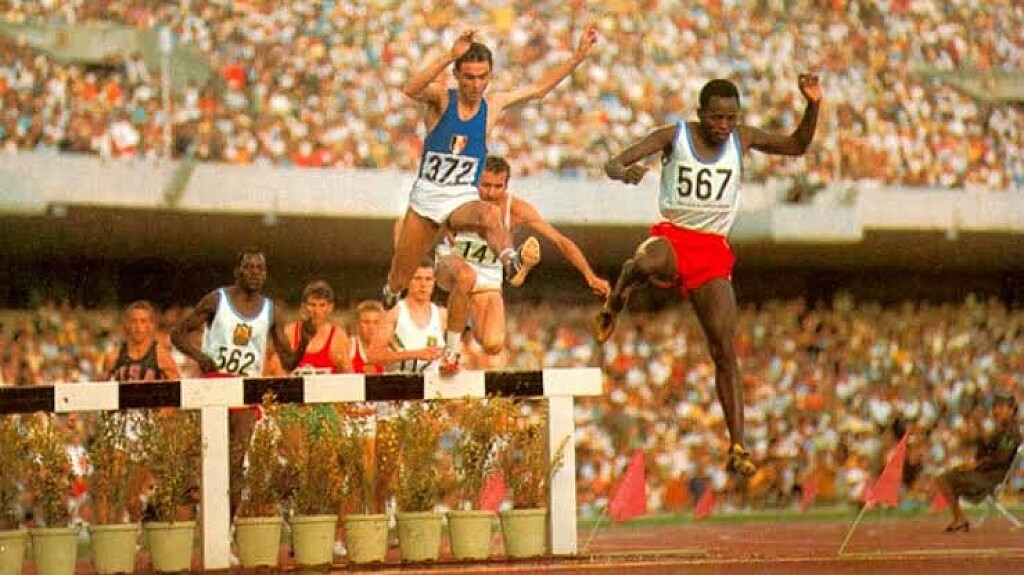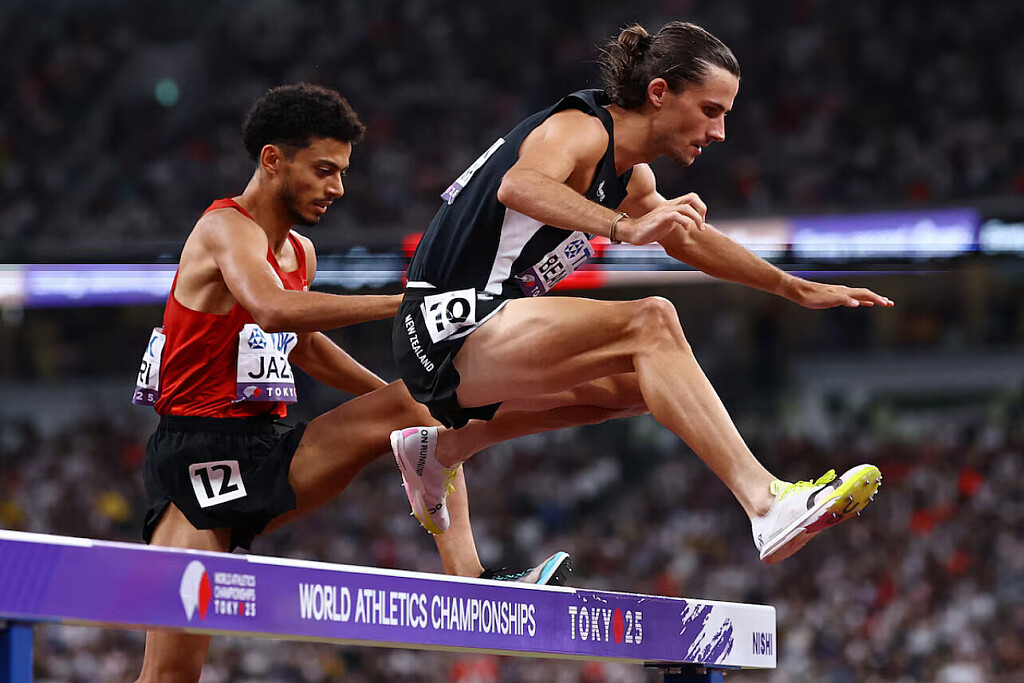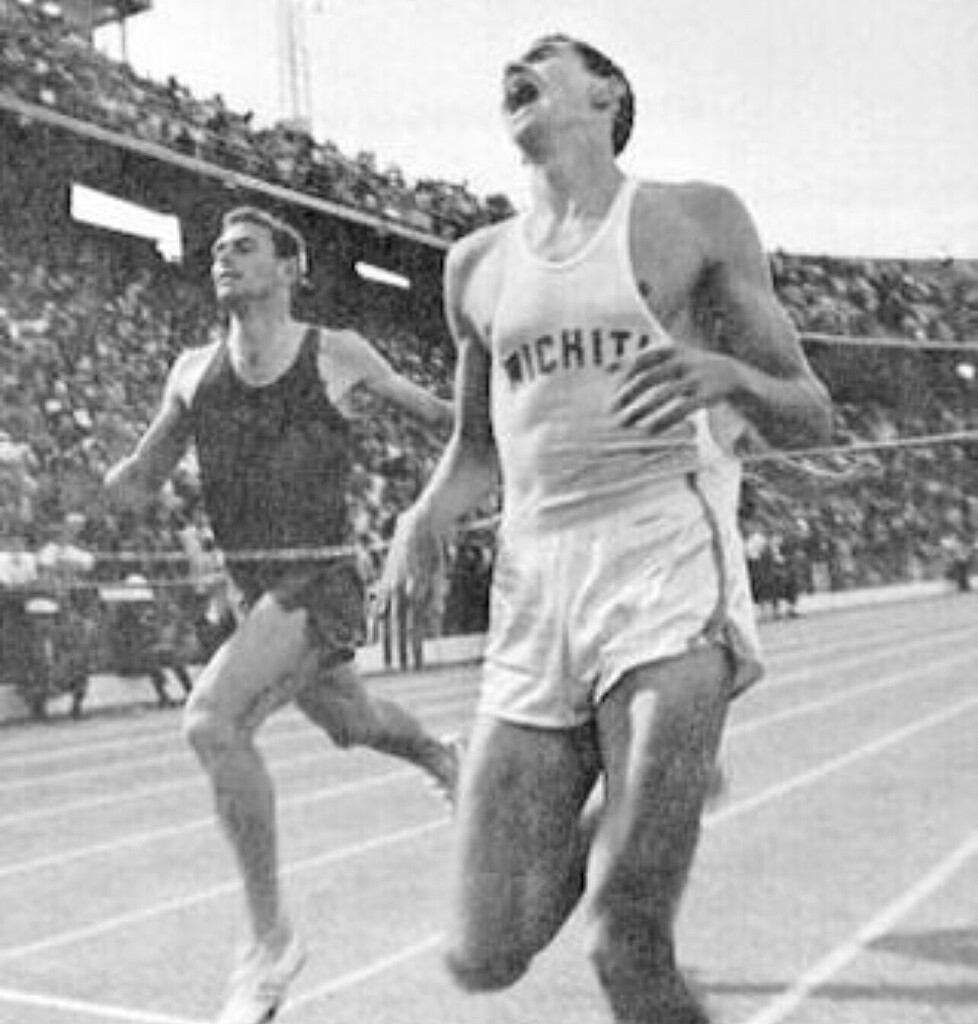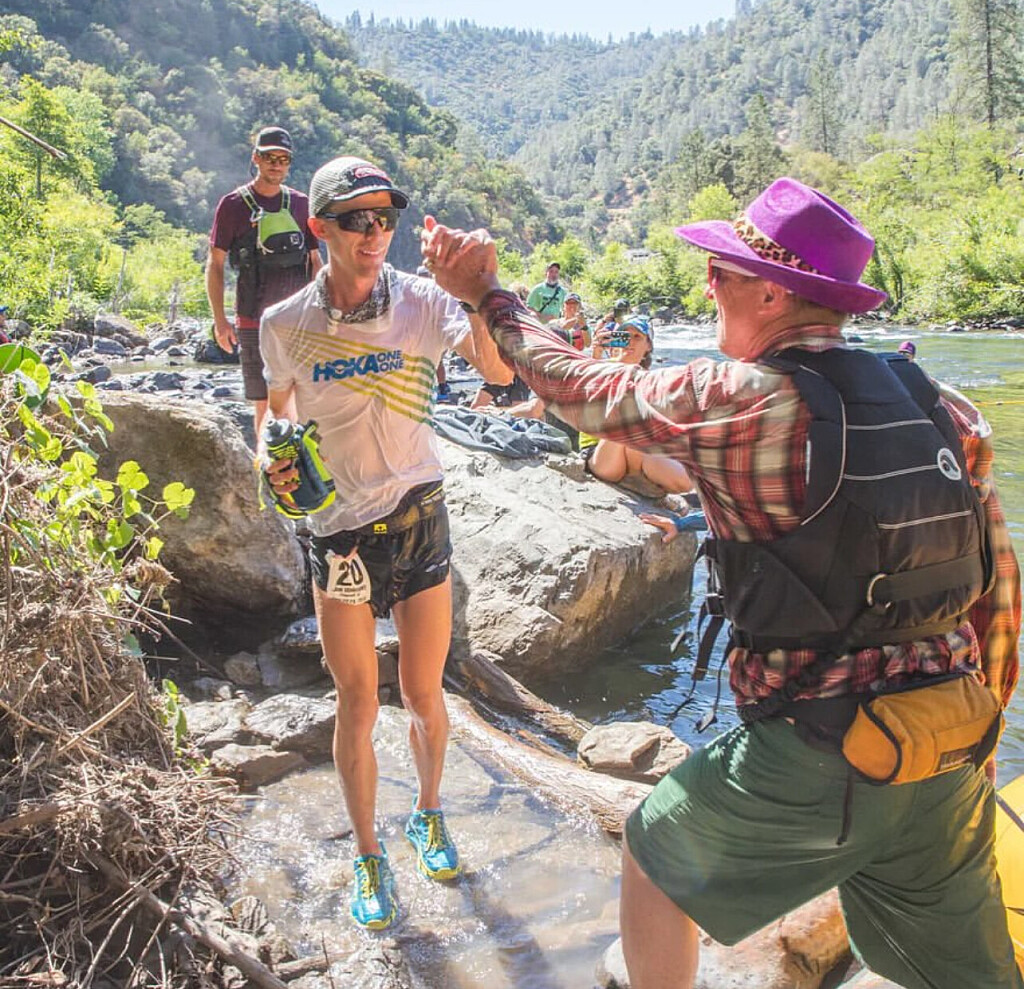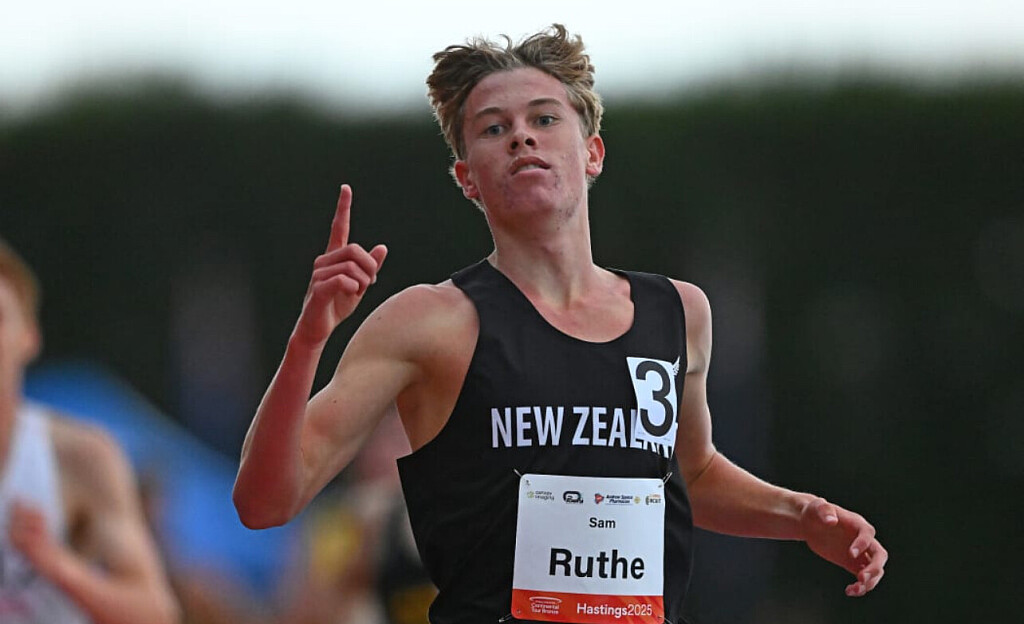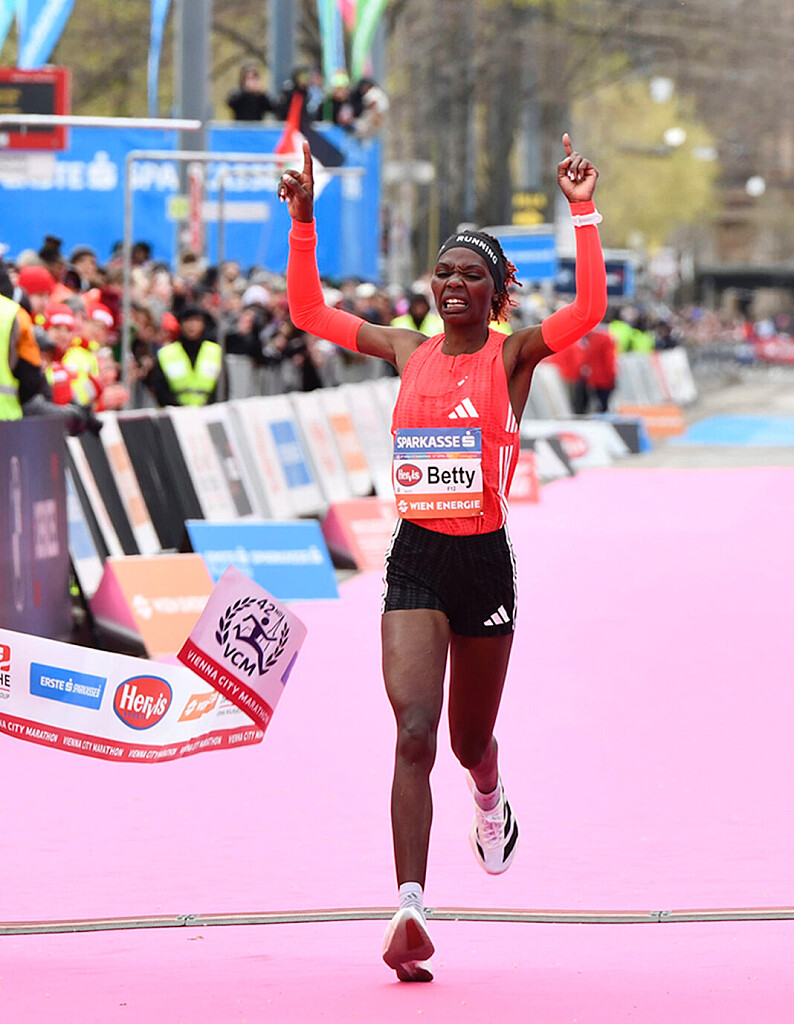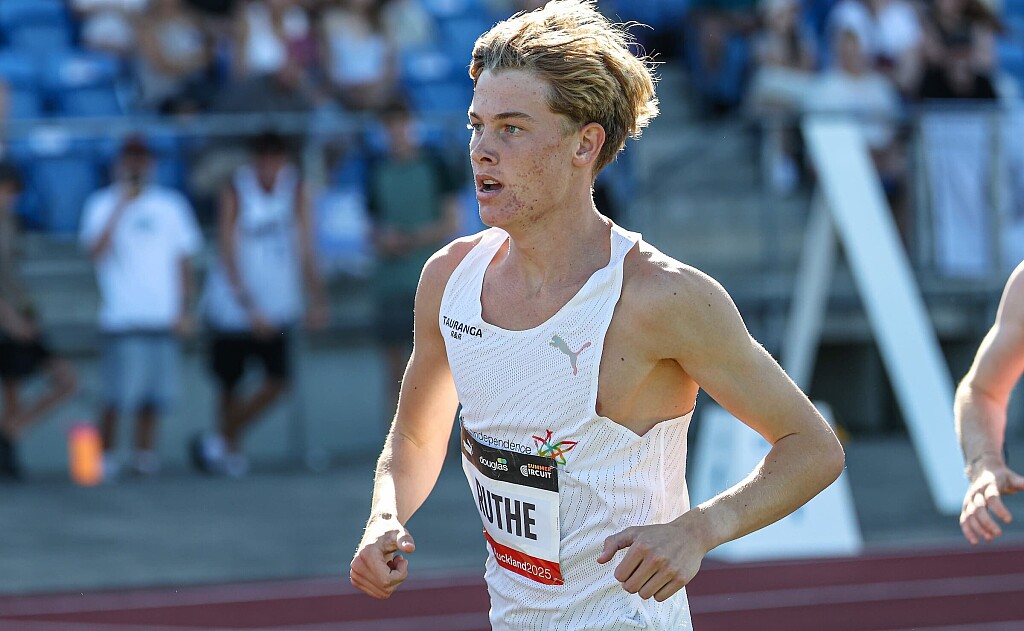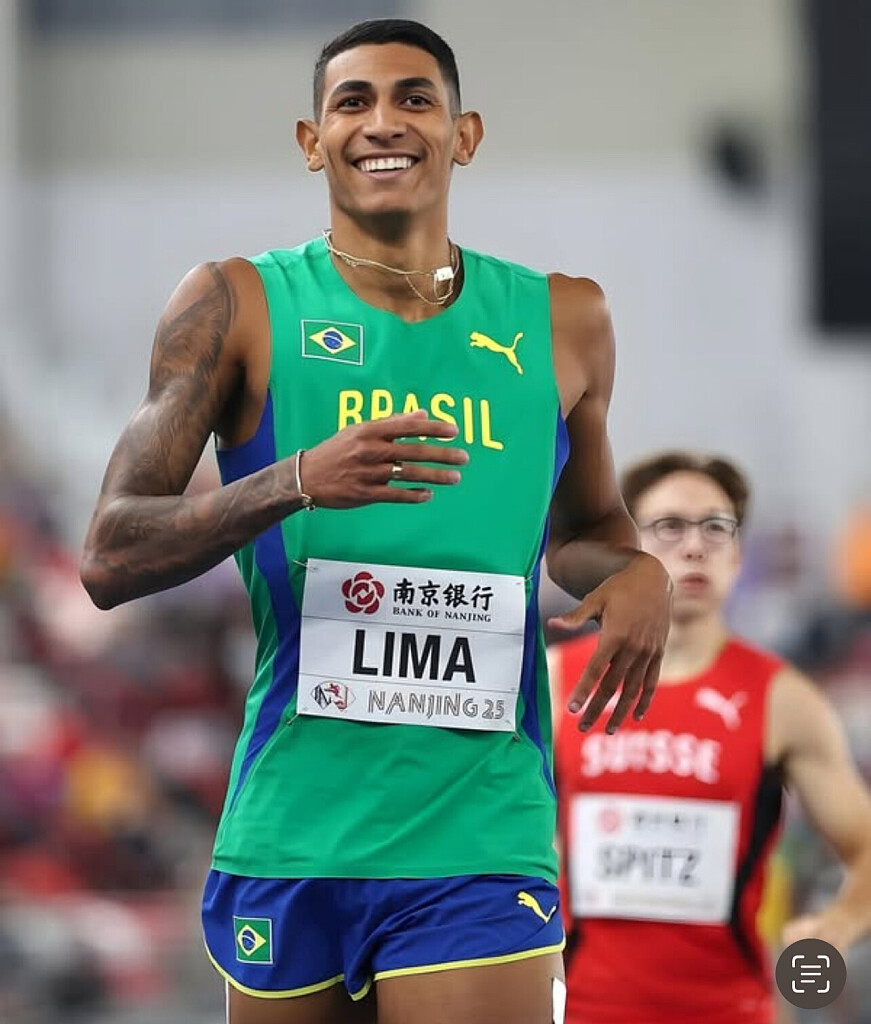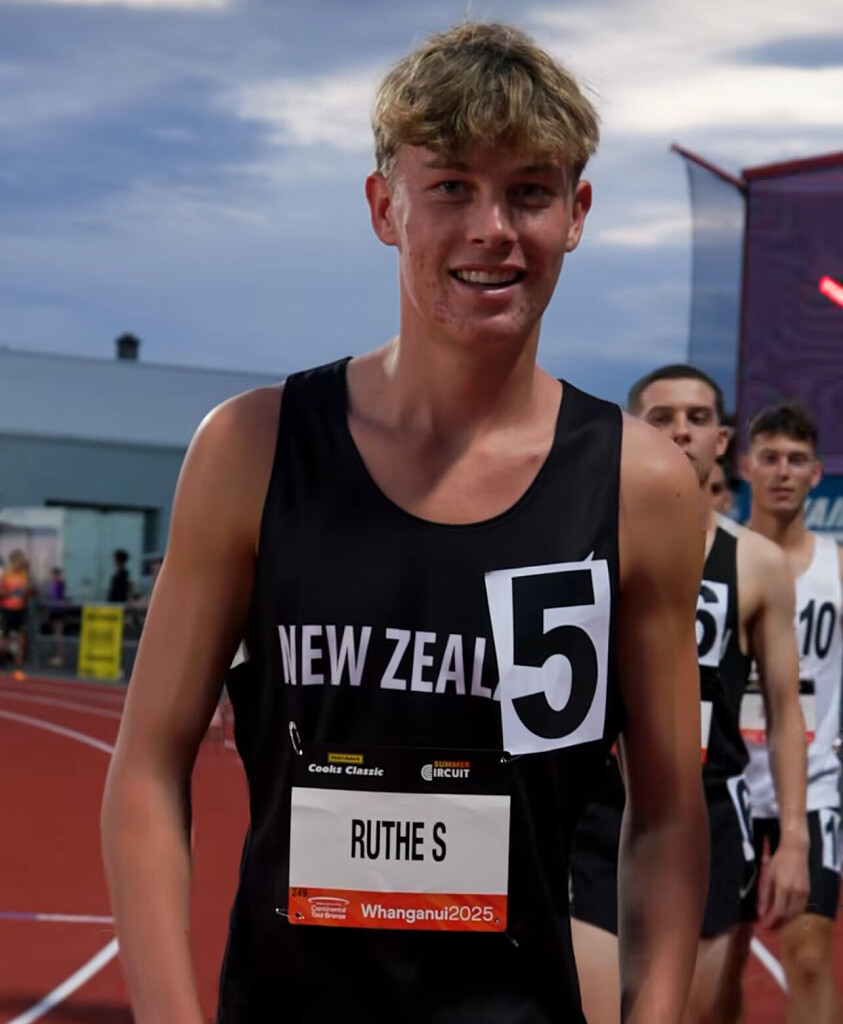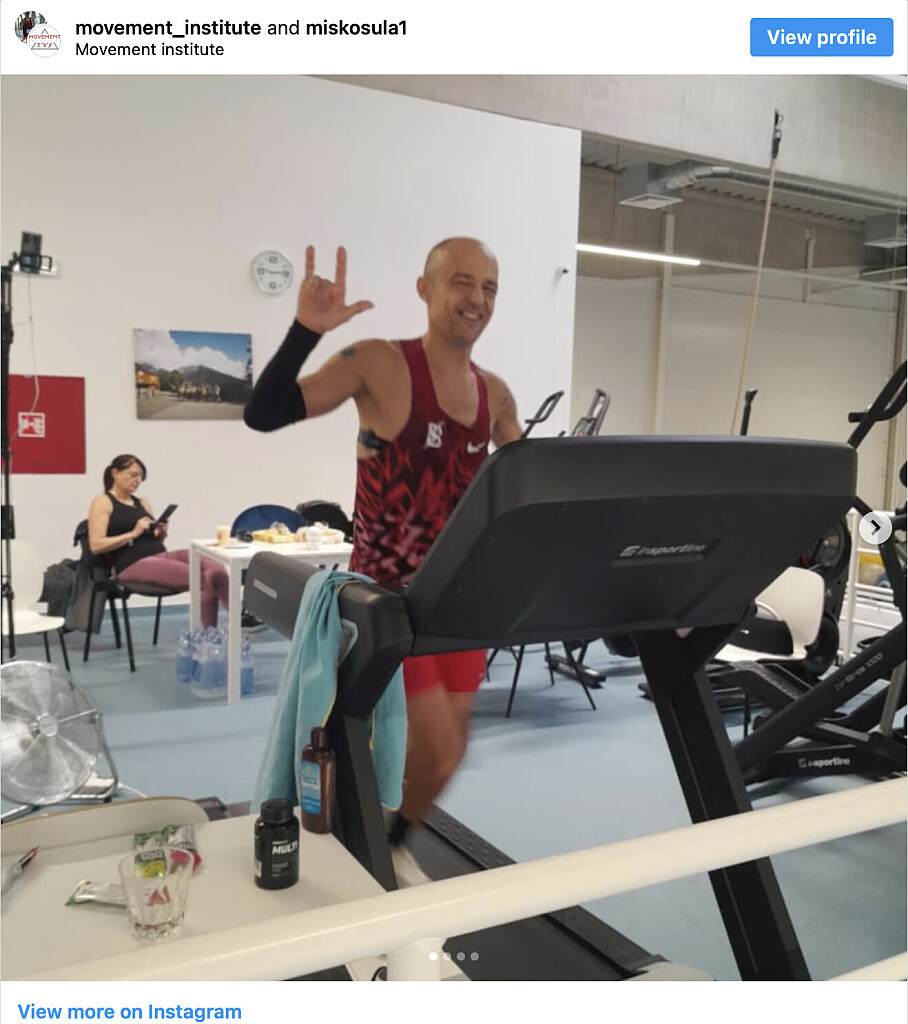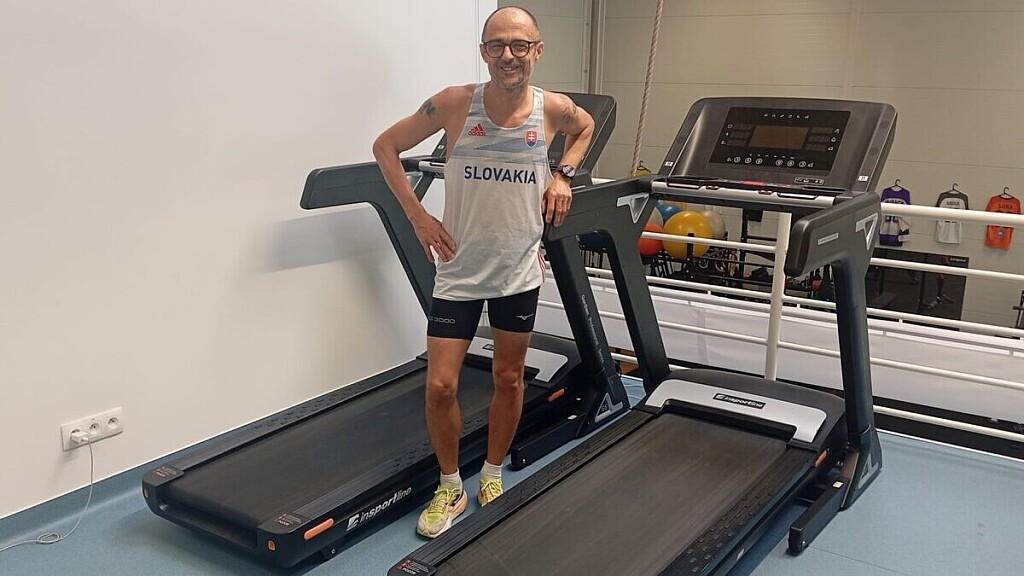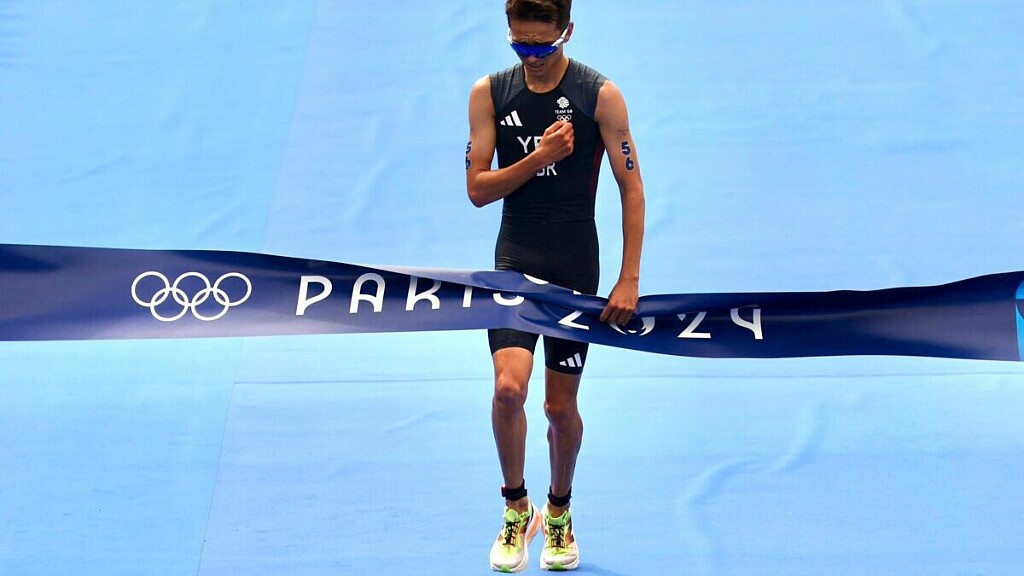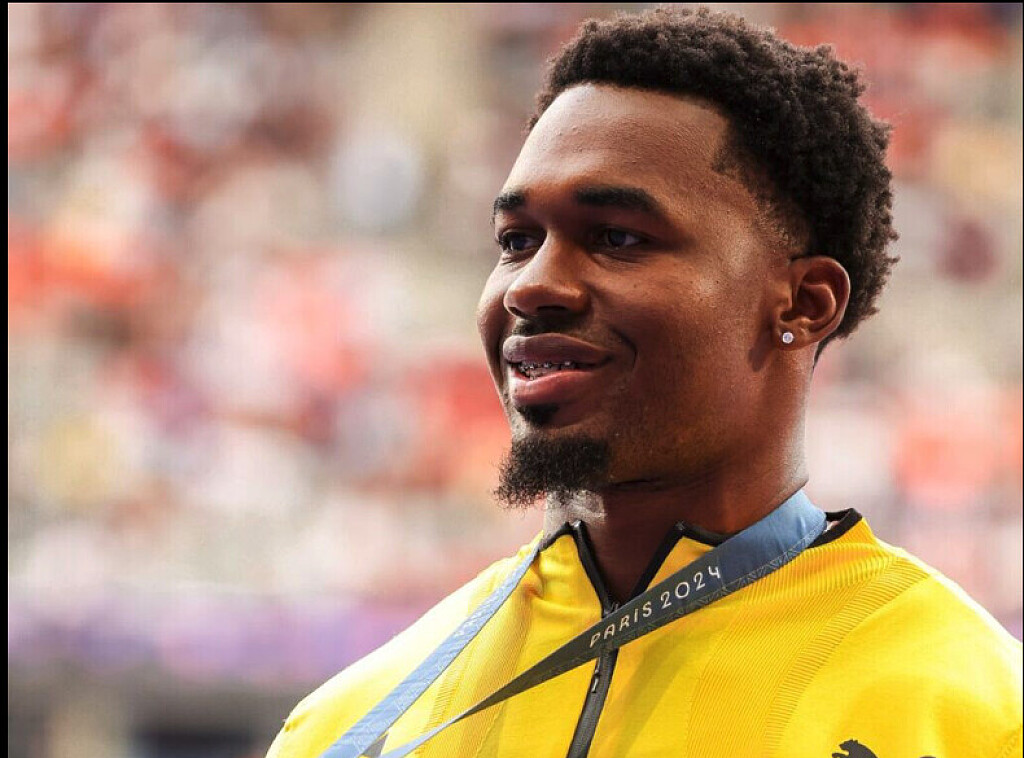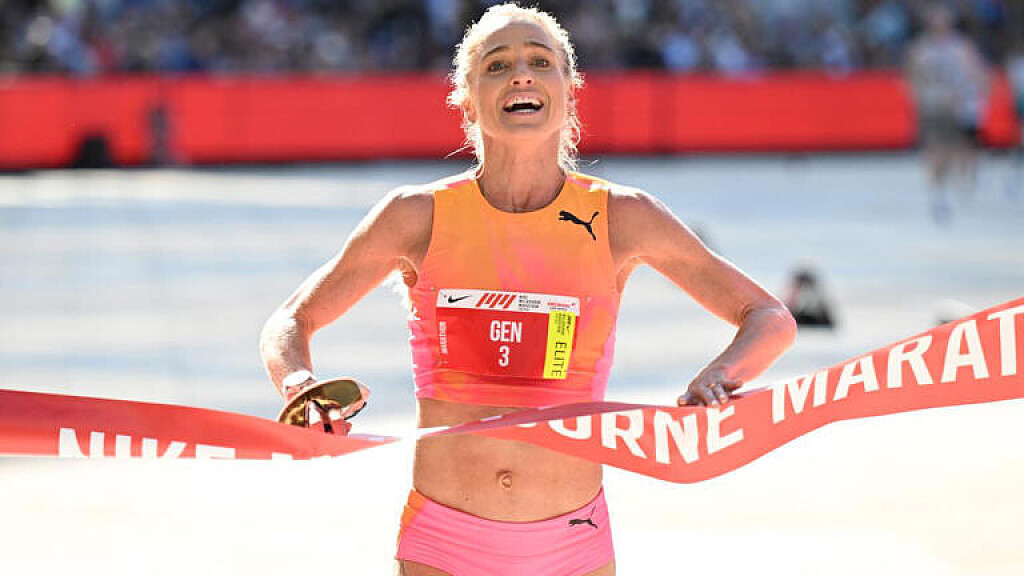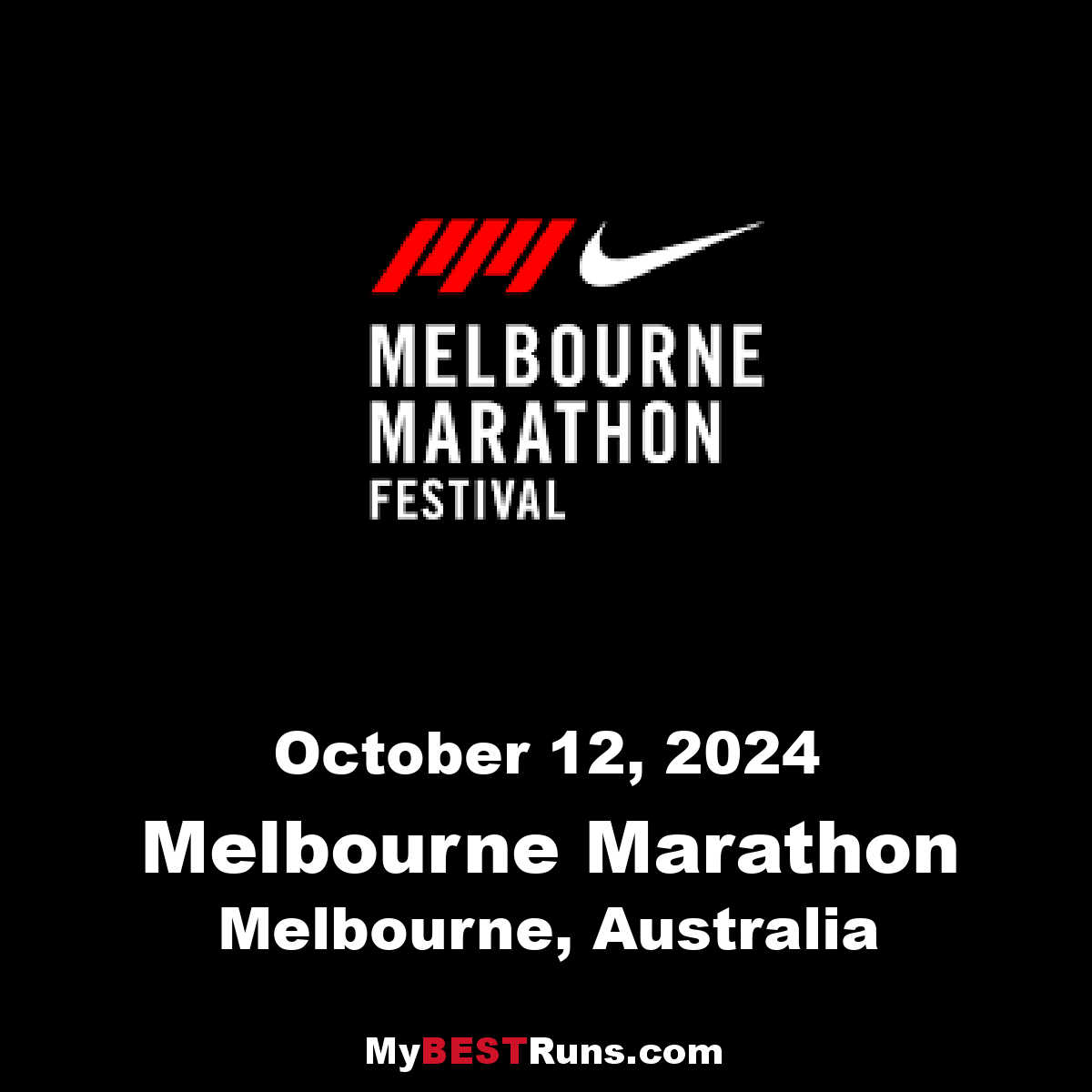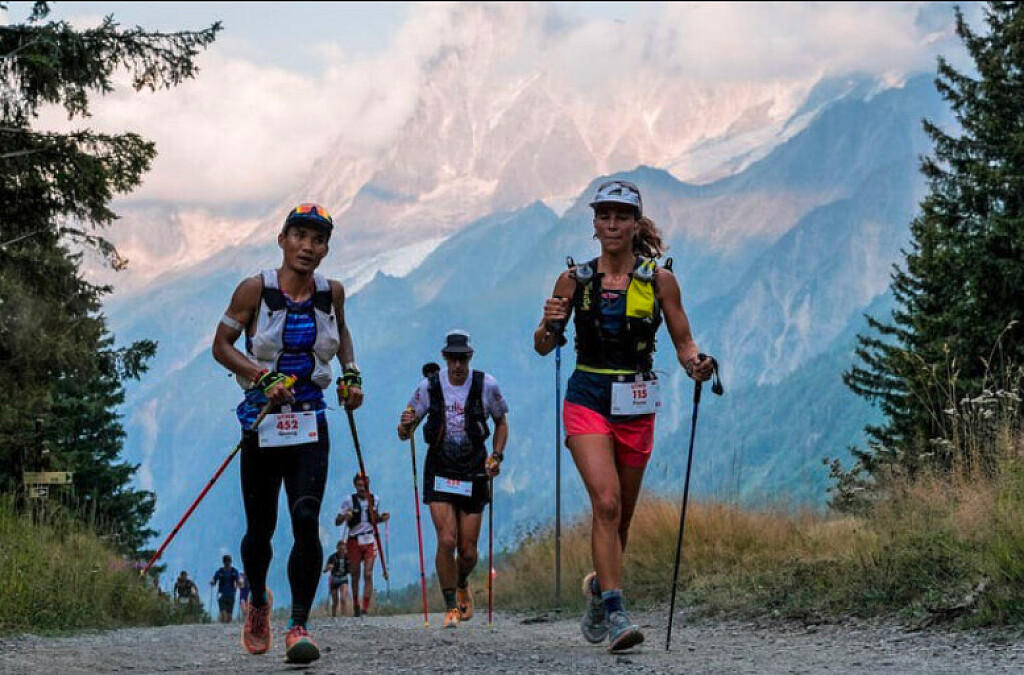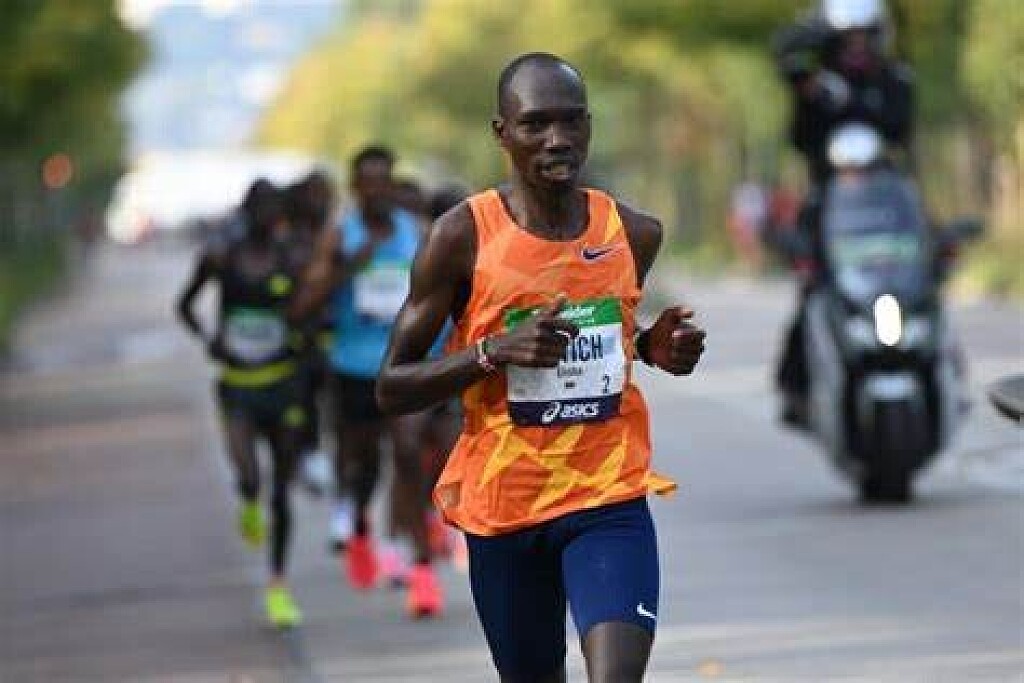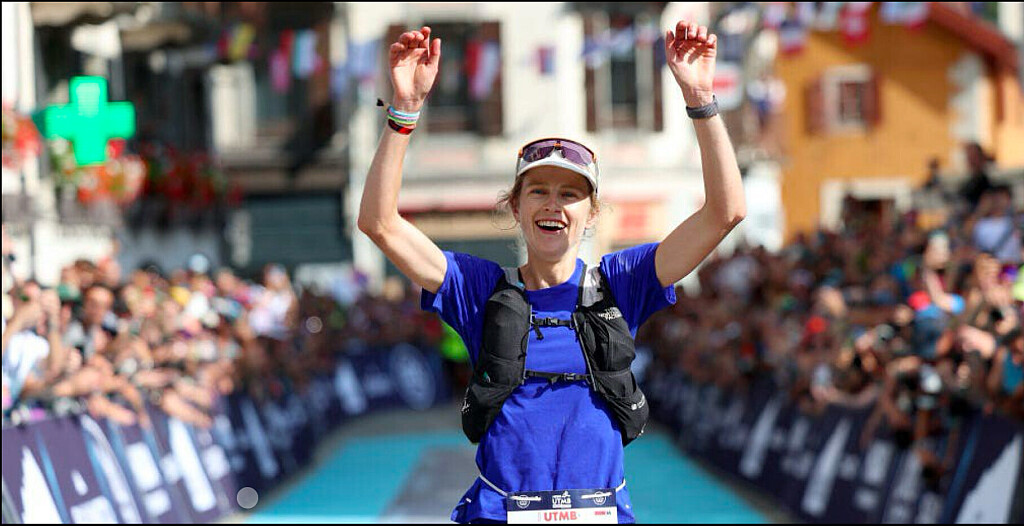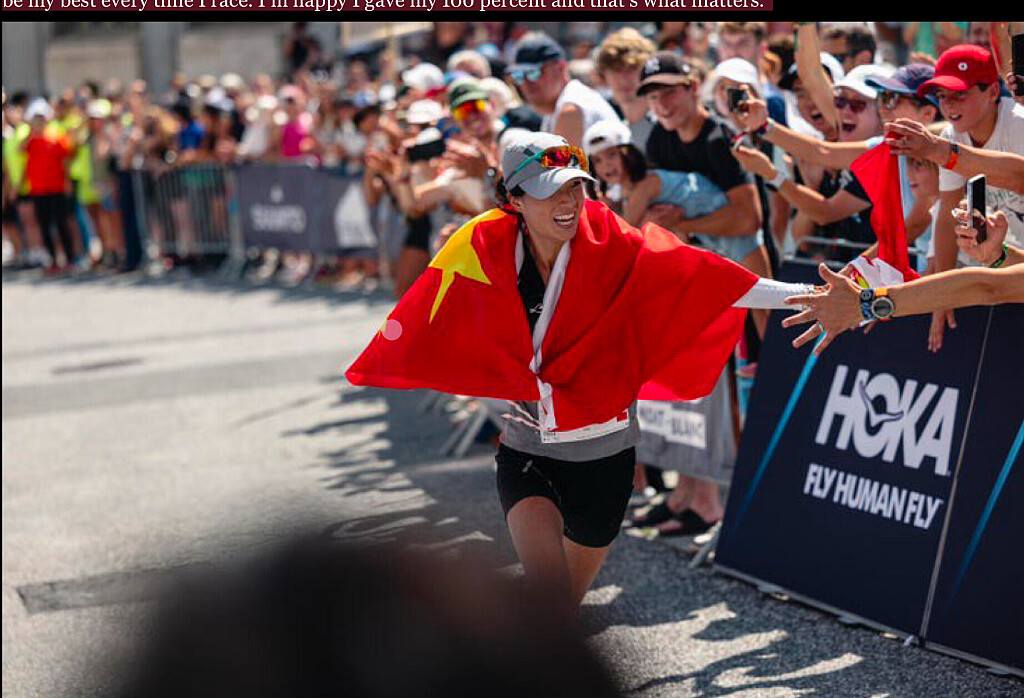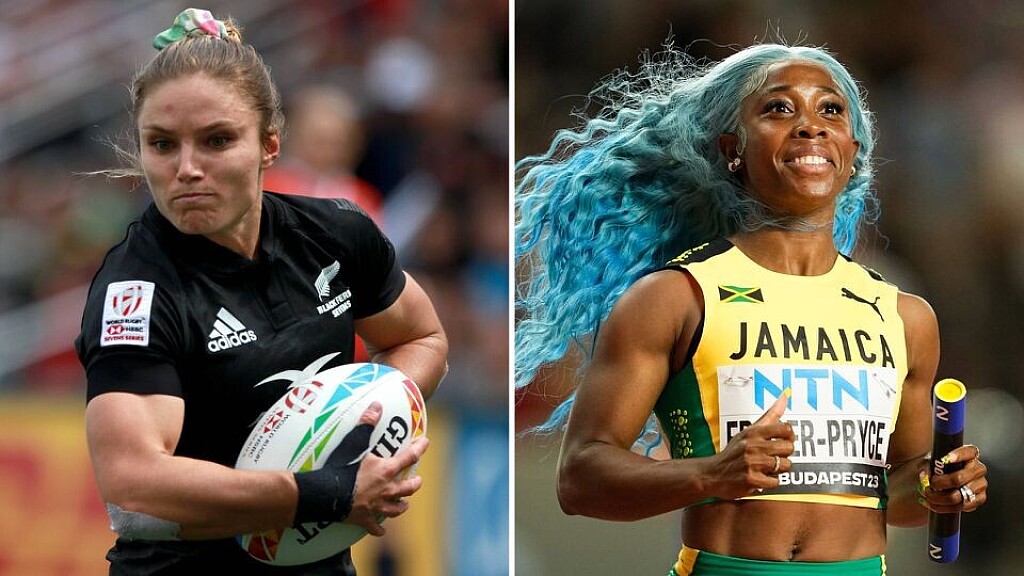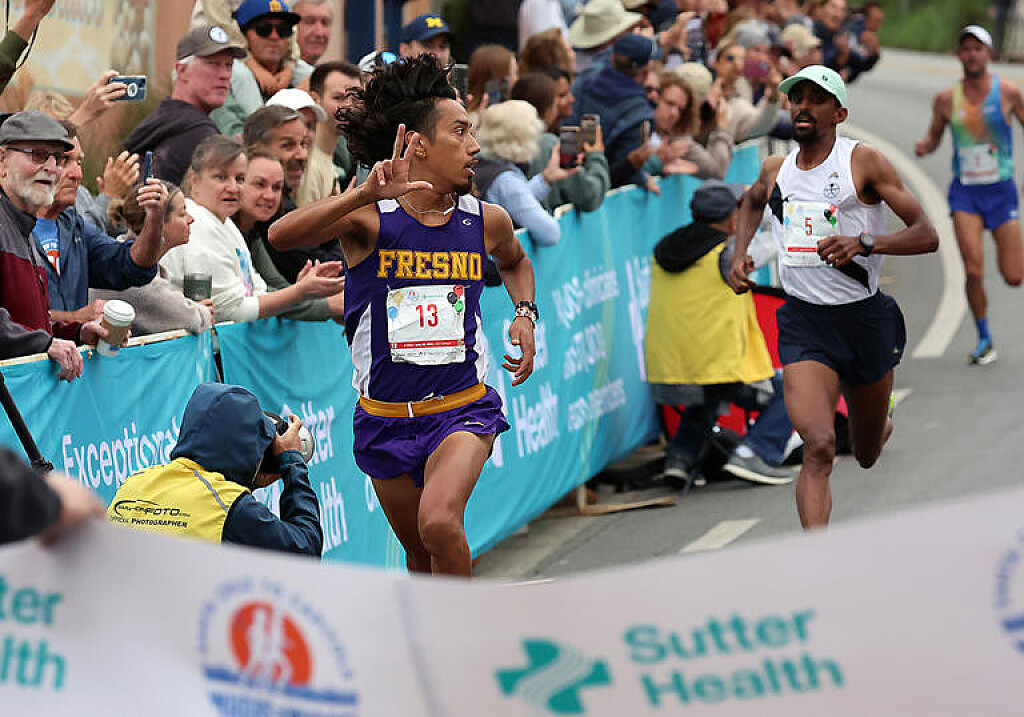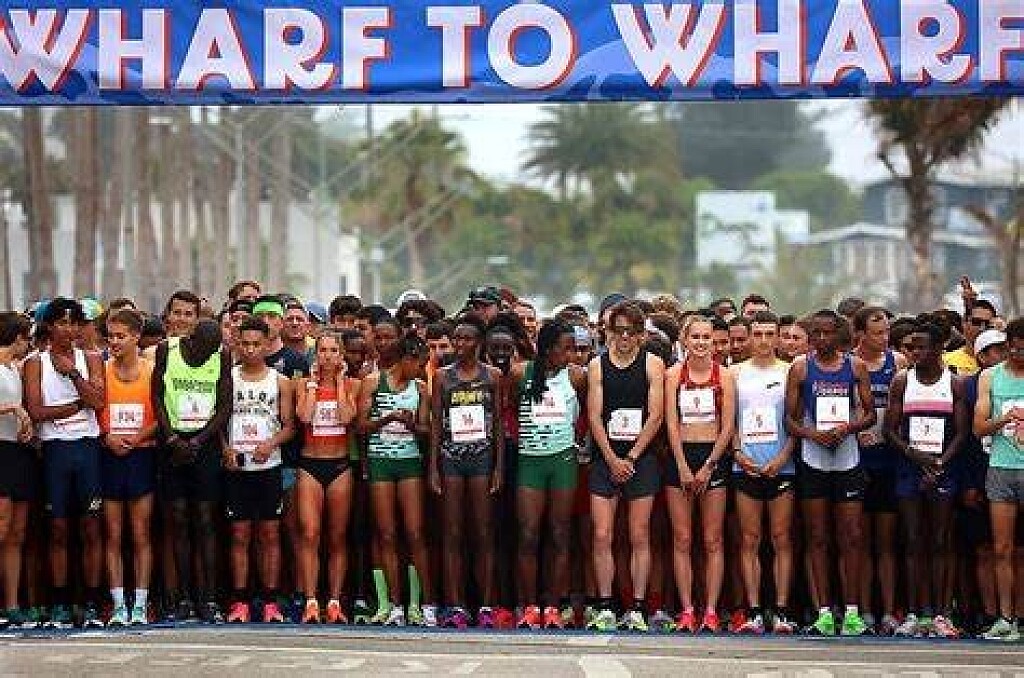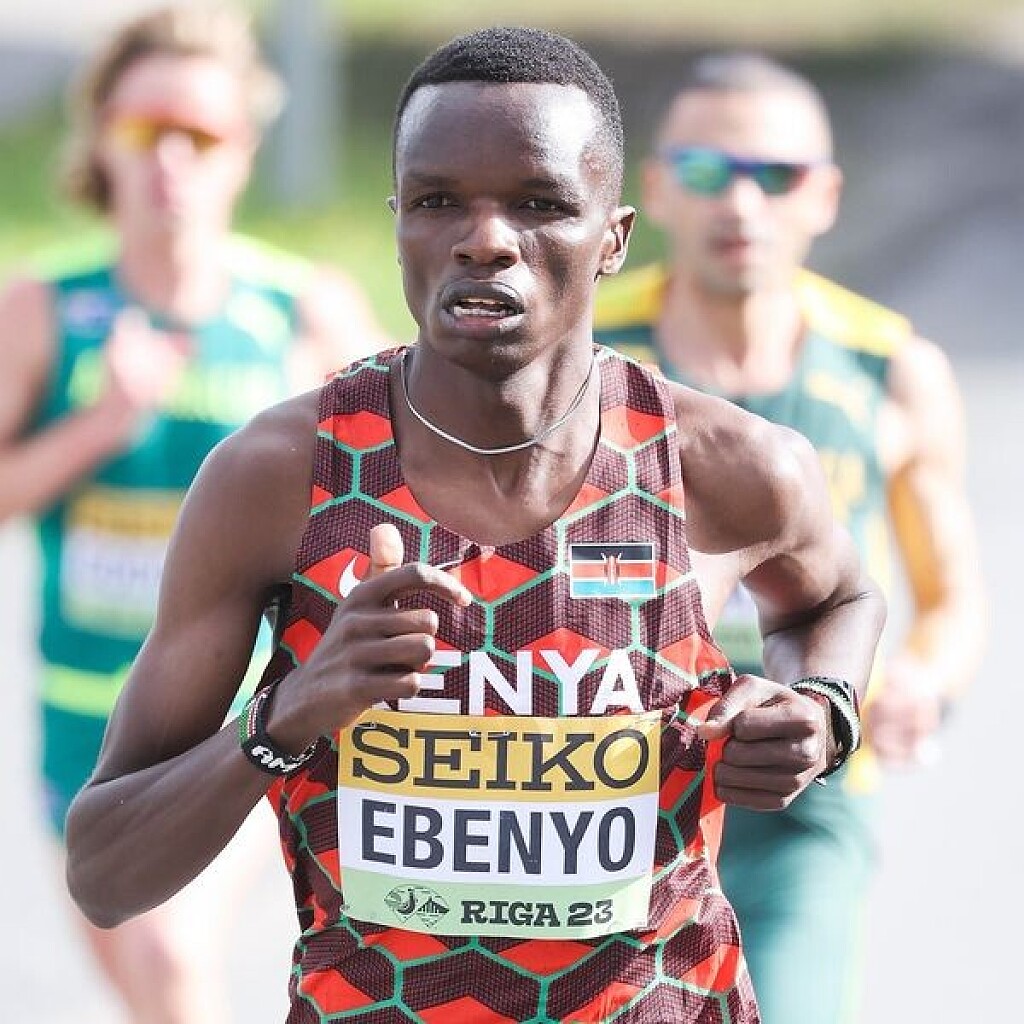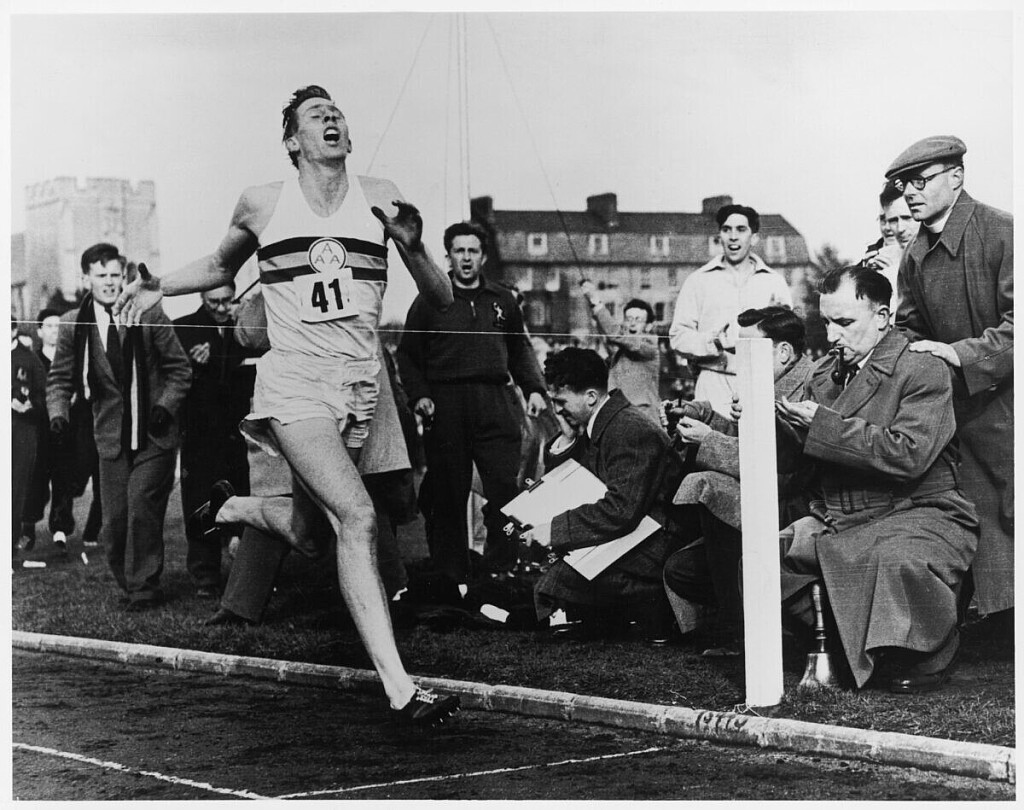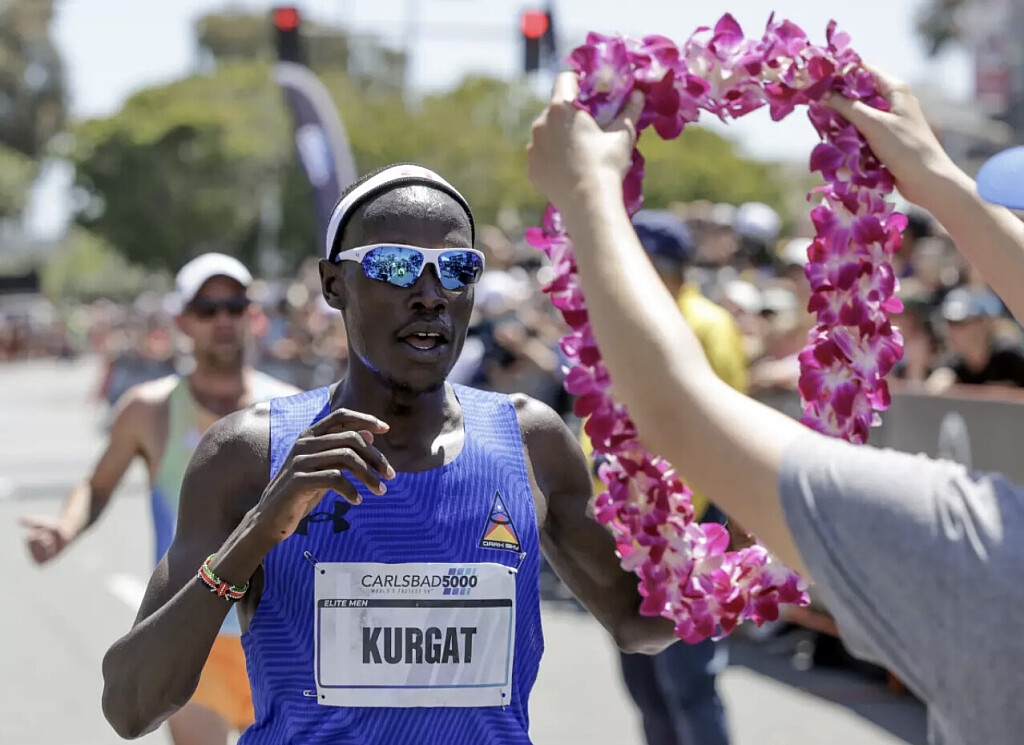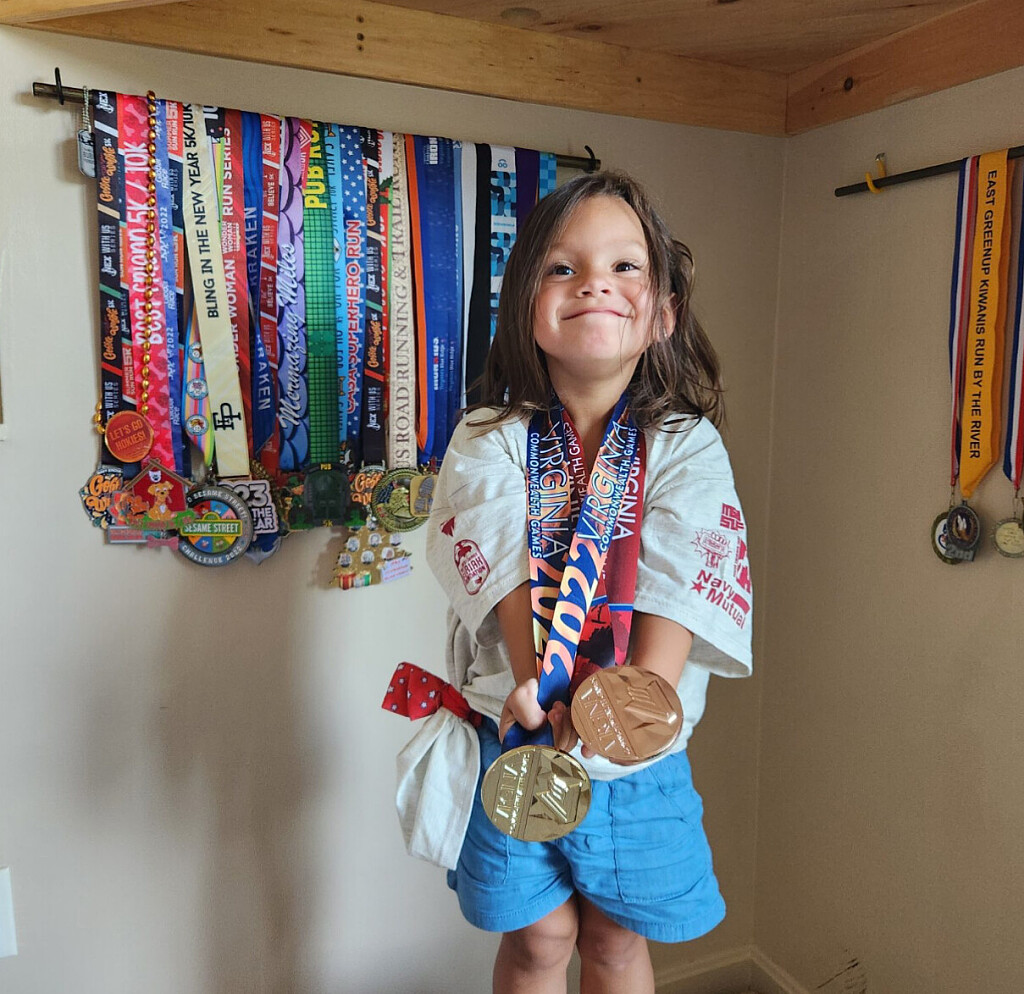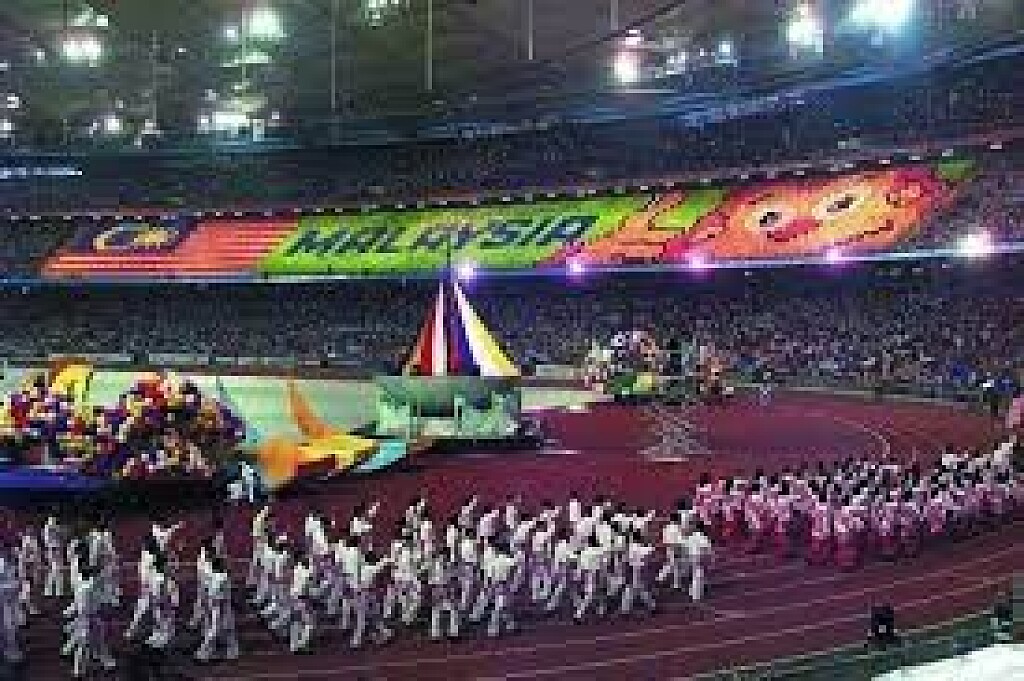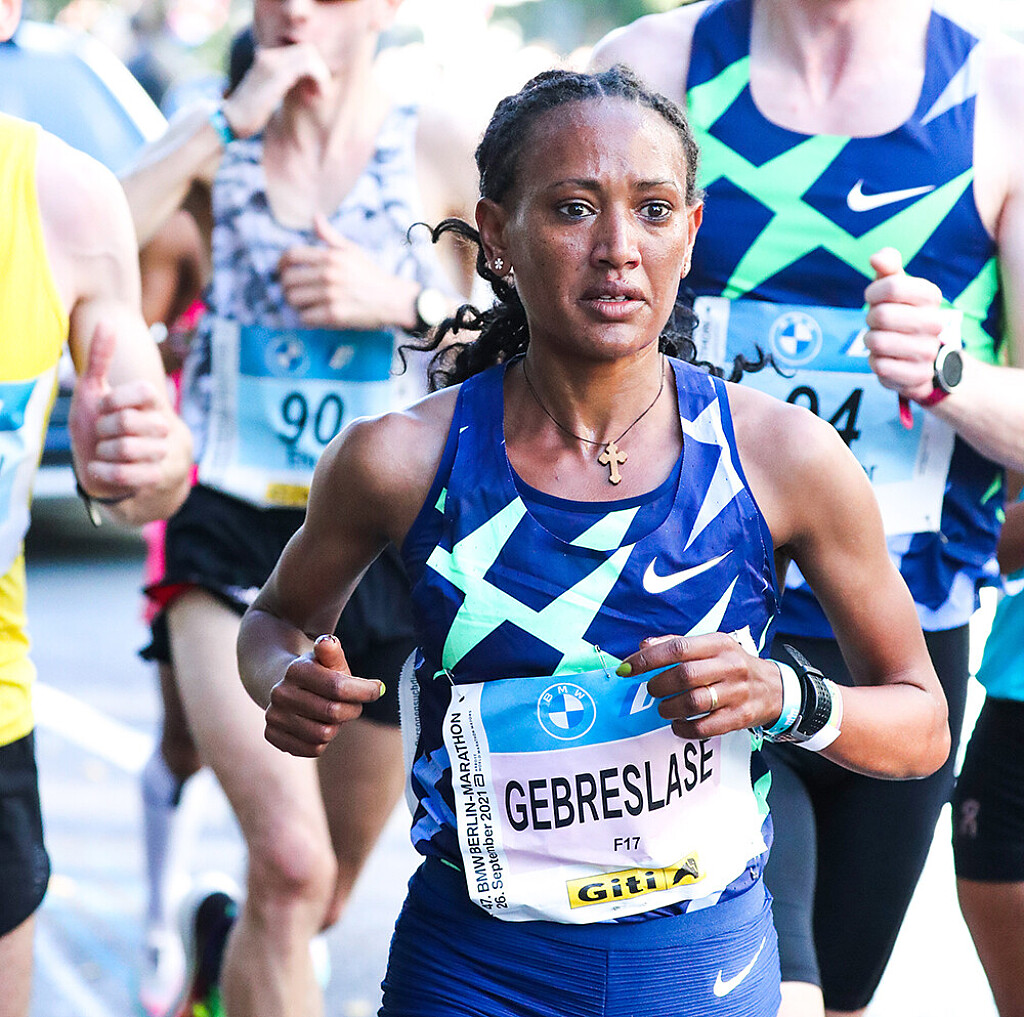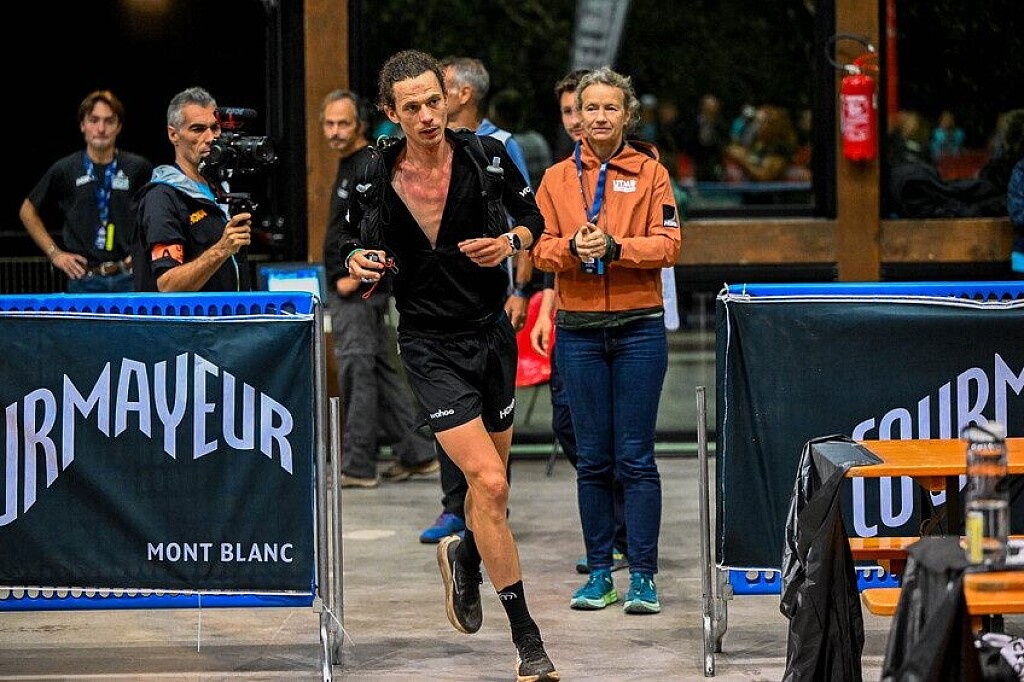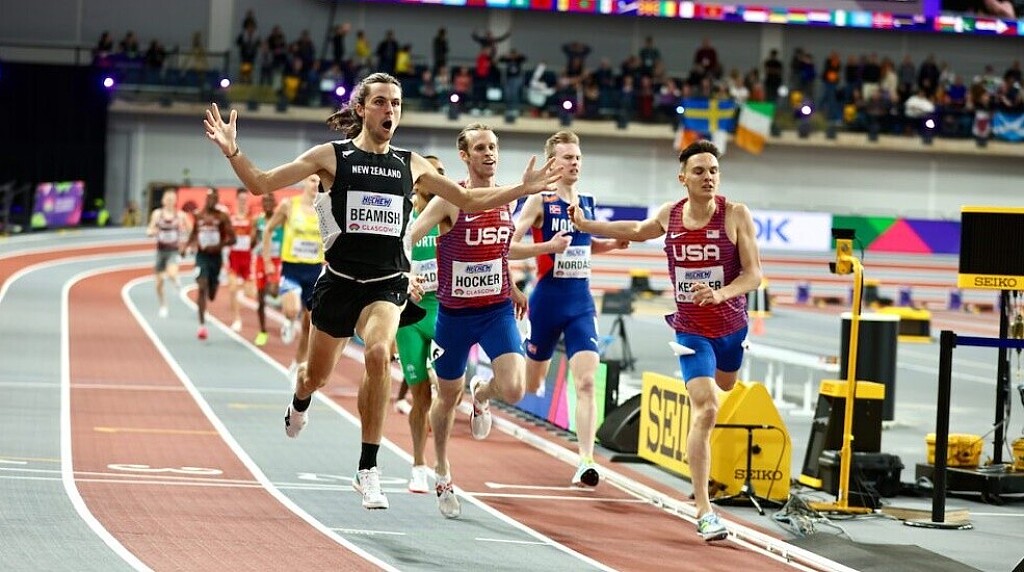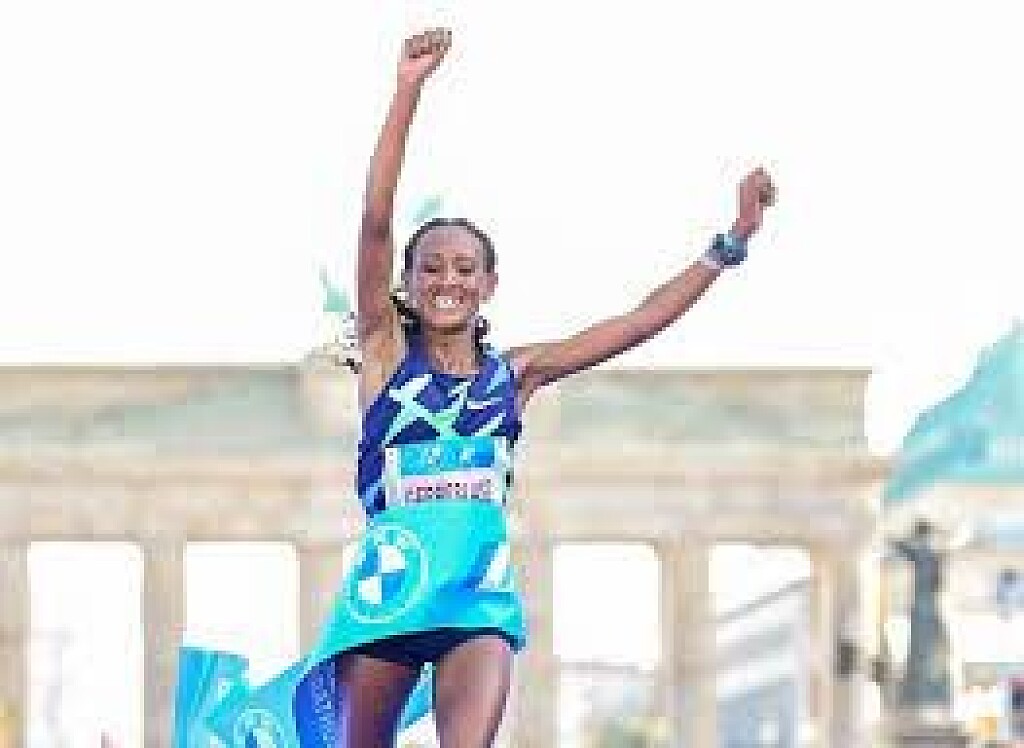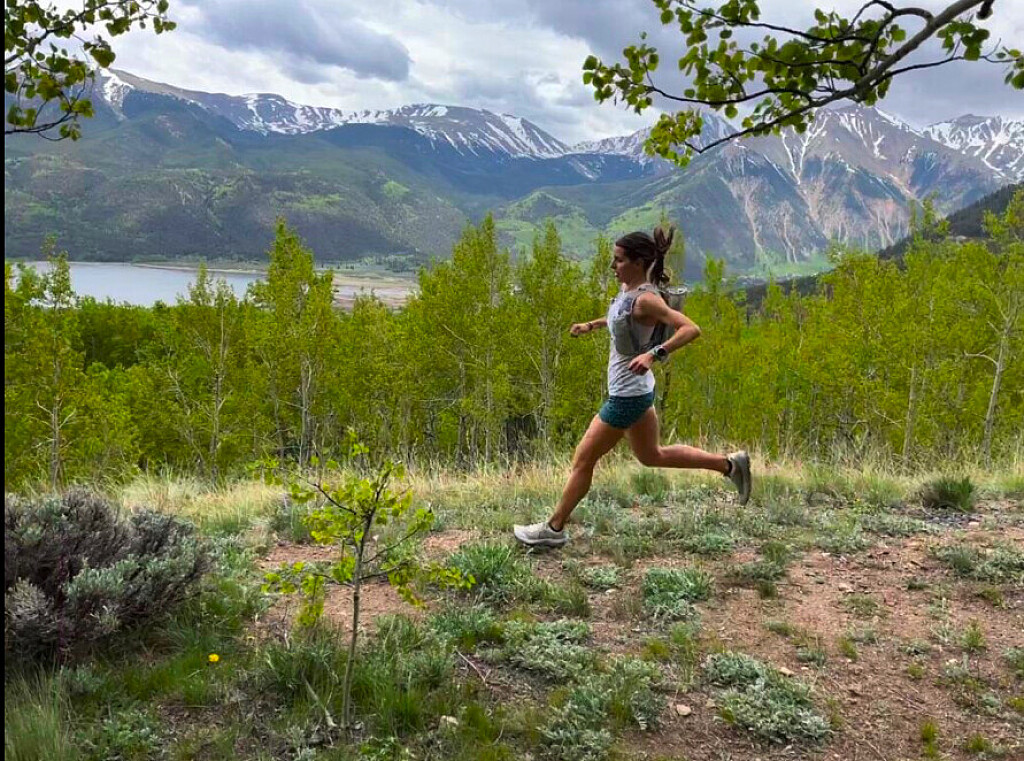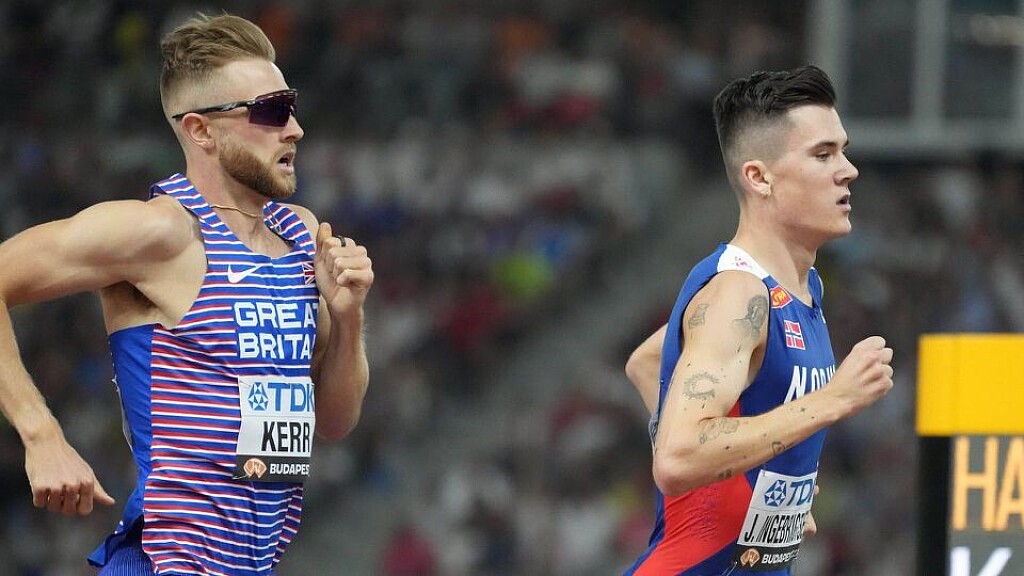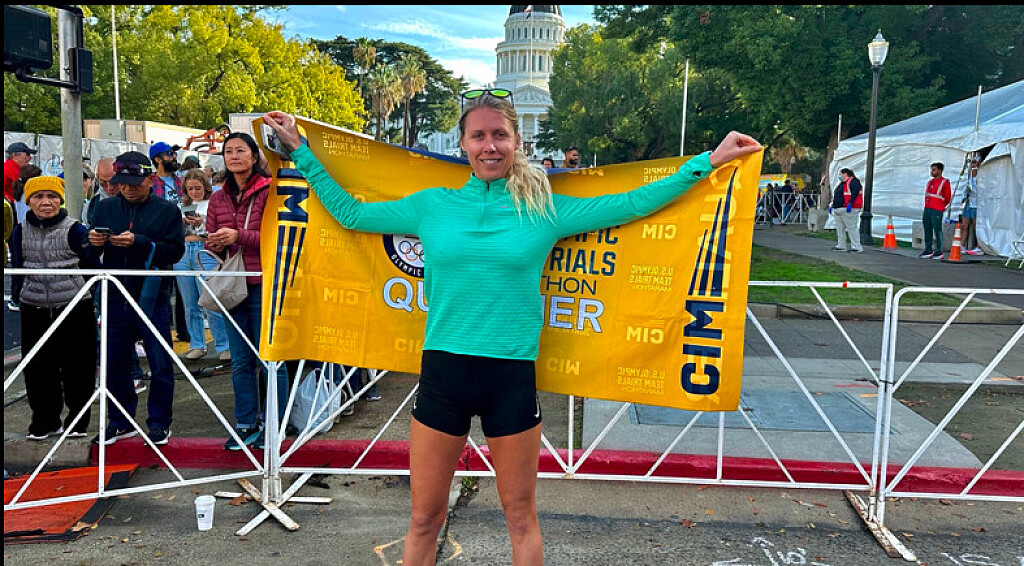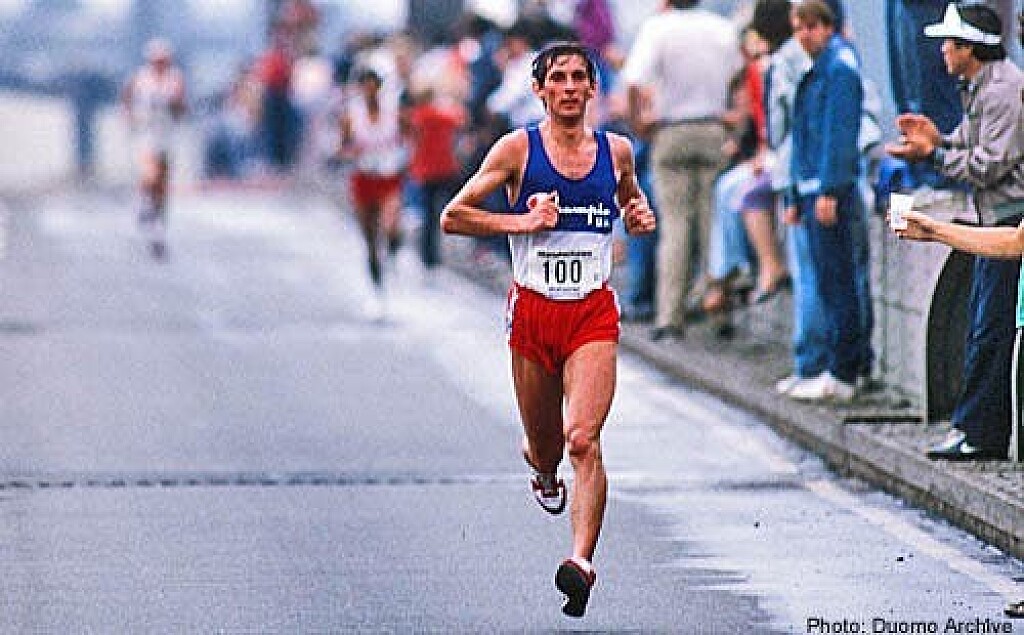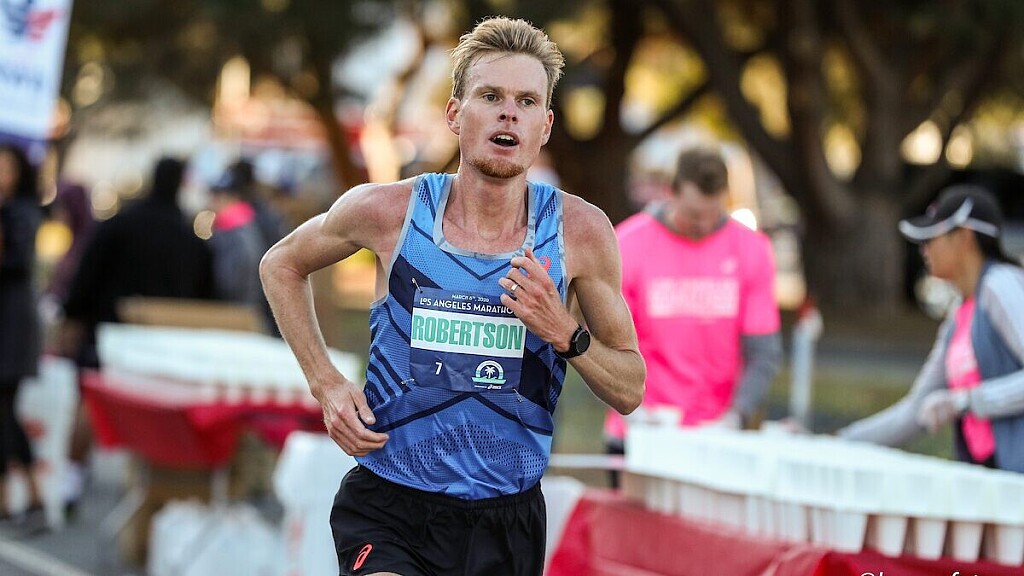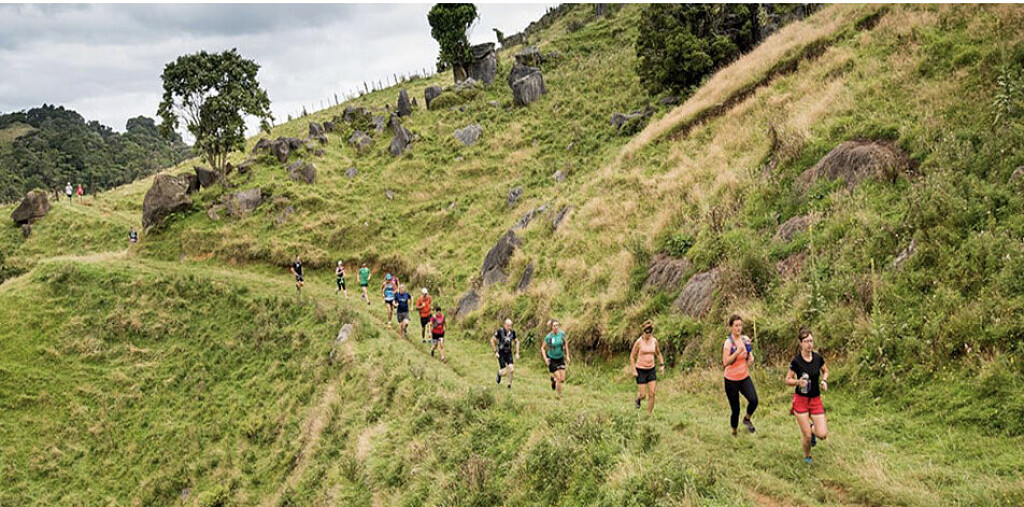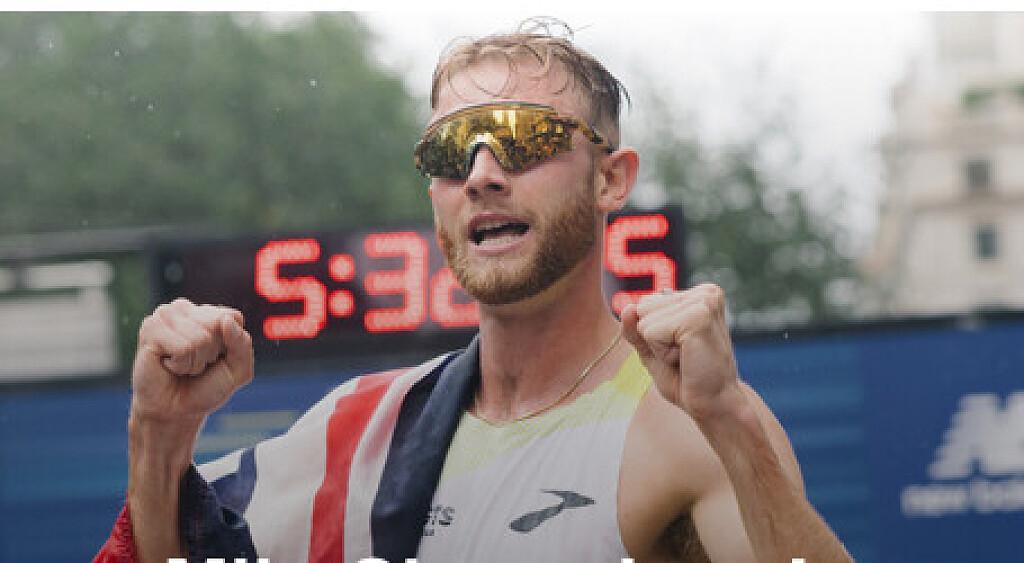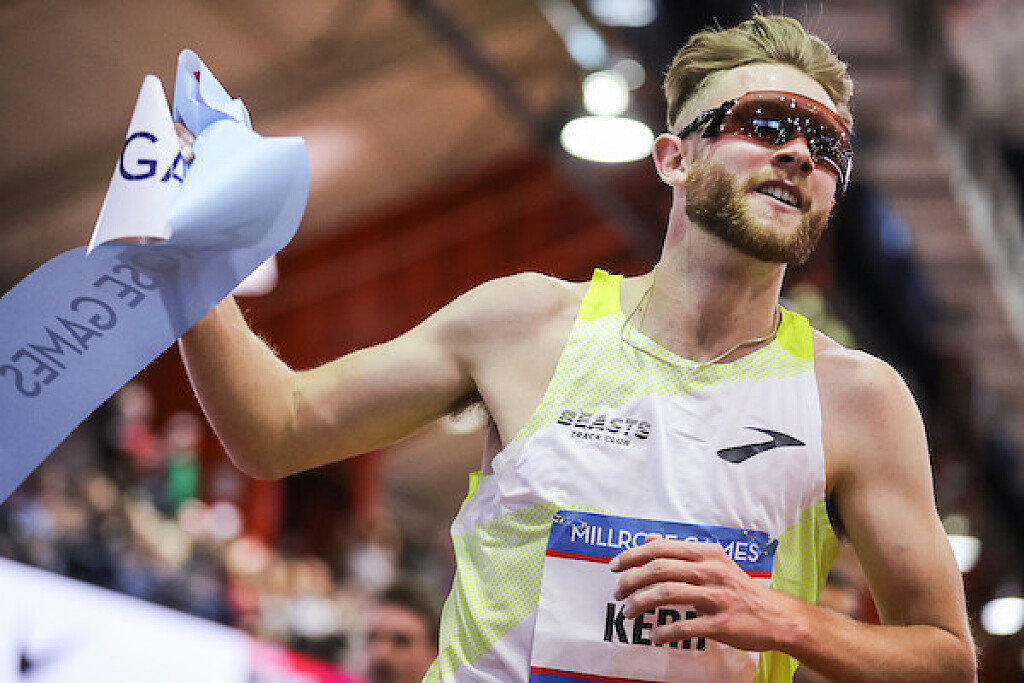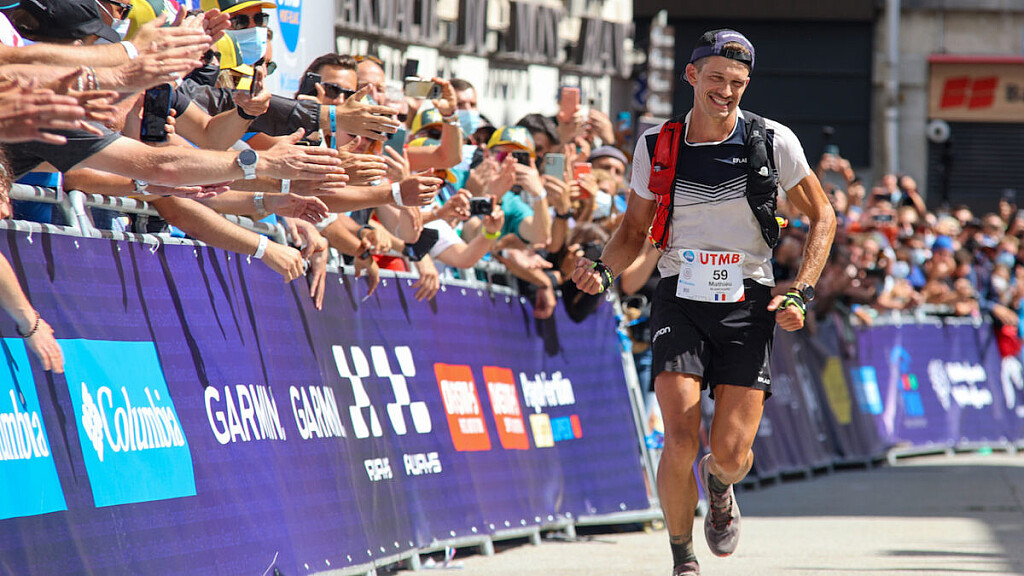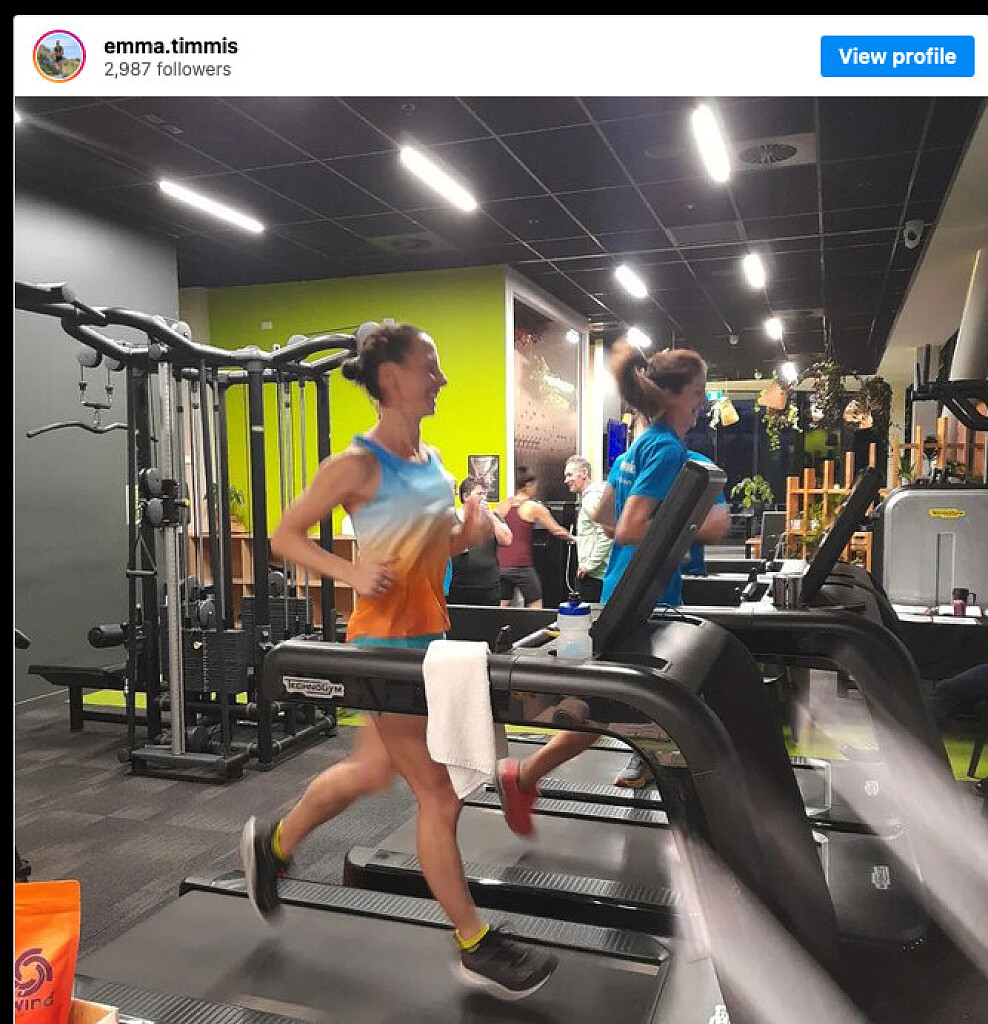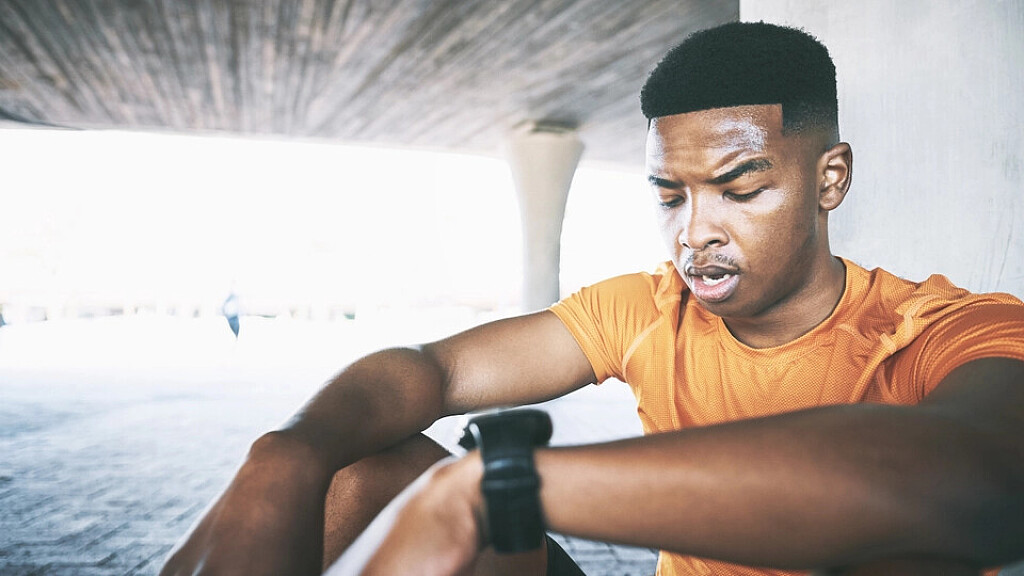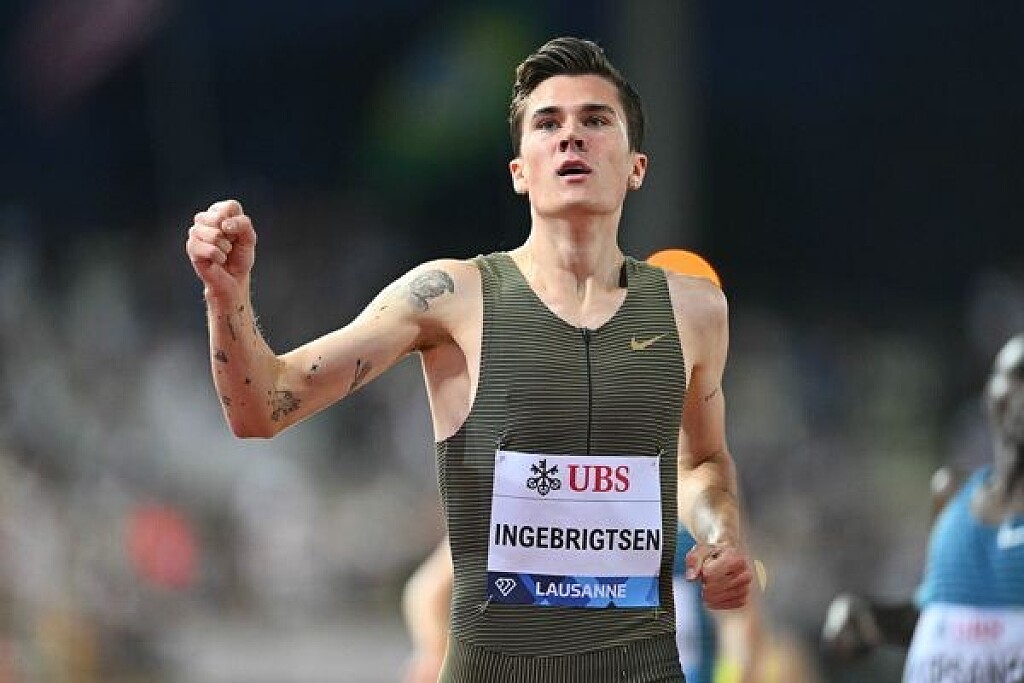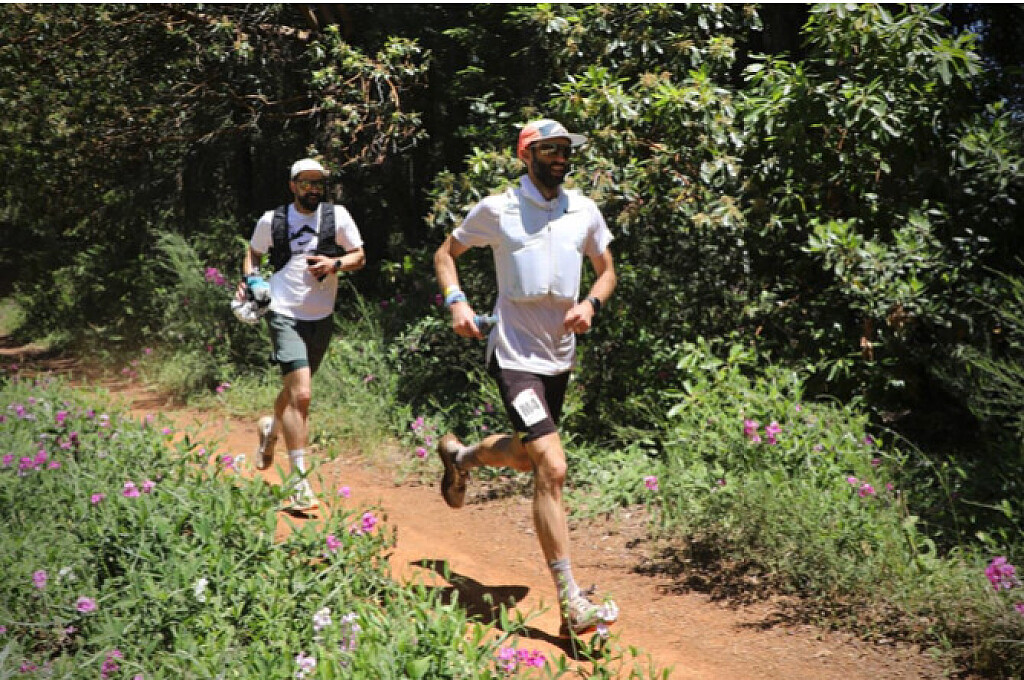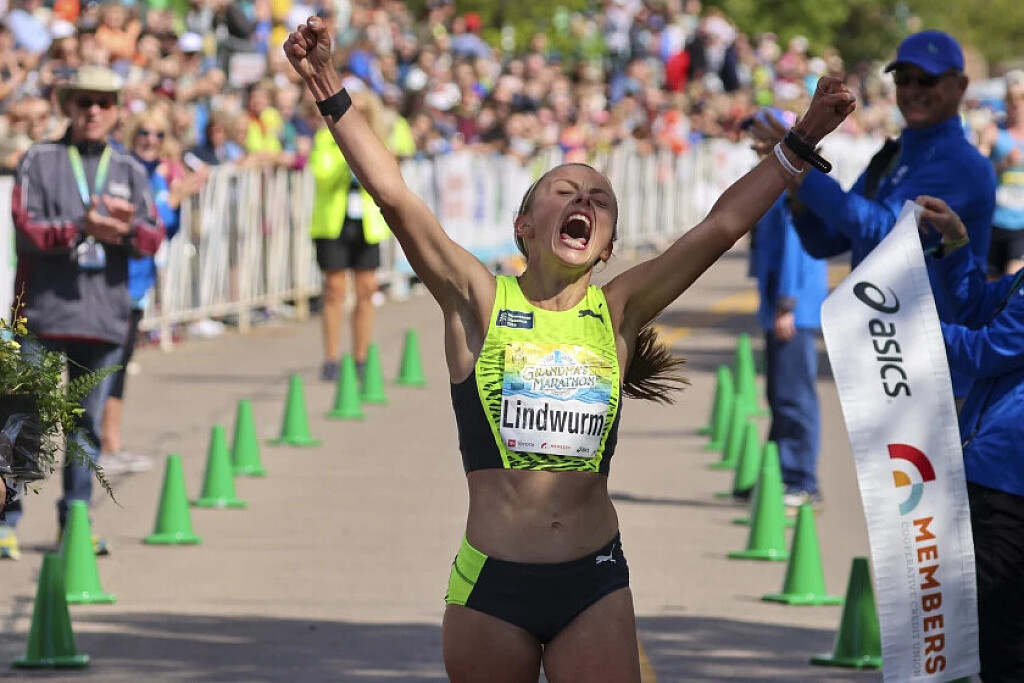Running News Daily
Running News Daily is edited by Bob Anderson. Send your news items to bob@mybestruns.com Advertising opportunities available. Train the Kenyan Way at KATA Kenya and Portugal owned and operated by Bob Anderson. Be sure to catch our movie A Long Run the movie KATA Running Camps and KATA Potato Farms - 31 now open in Kenya! https://kata.ke/
Index to Daily Posts · Sign Up For Updates · Run The World Feed
Articles tagged #New Zealand
Today's Running News
Ethiopians Dejene Debela and Tigst Getnet Lead the Elite Fields at the 2025 Istanbul Marathon
The 47th Türkiye İş Bankası Istanbul Marathon takes place this Sunday, November 2, 2025, drawing top international athletes to one of the world’s most scenic and competitive races. A World Athletics Gold Label event, the marathon is famous for its cross-continental course that starts in Asia, crosses the Bosphorus Bridge, and finishes in Europe.
Elite Headliners
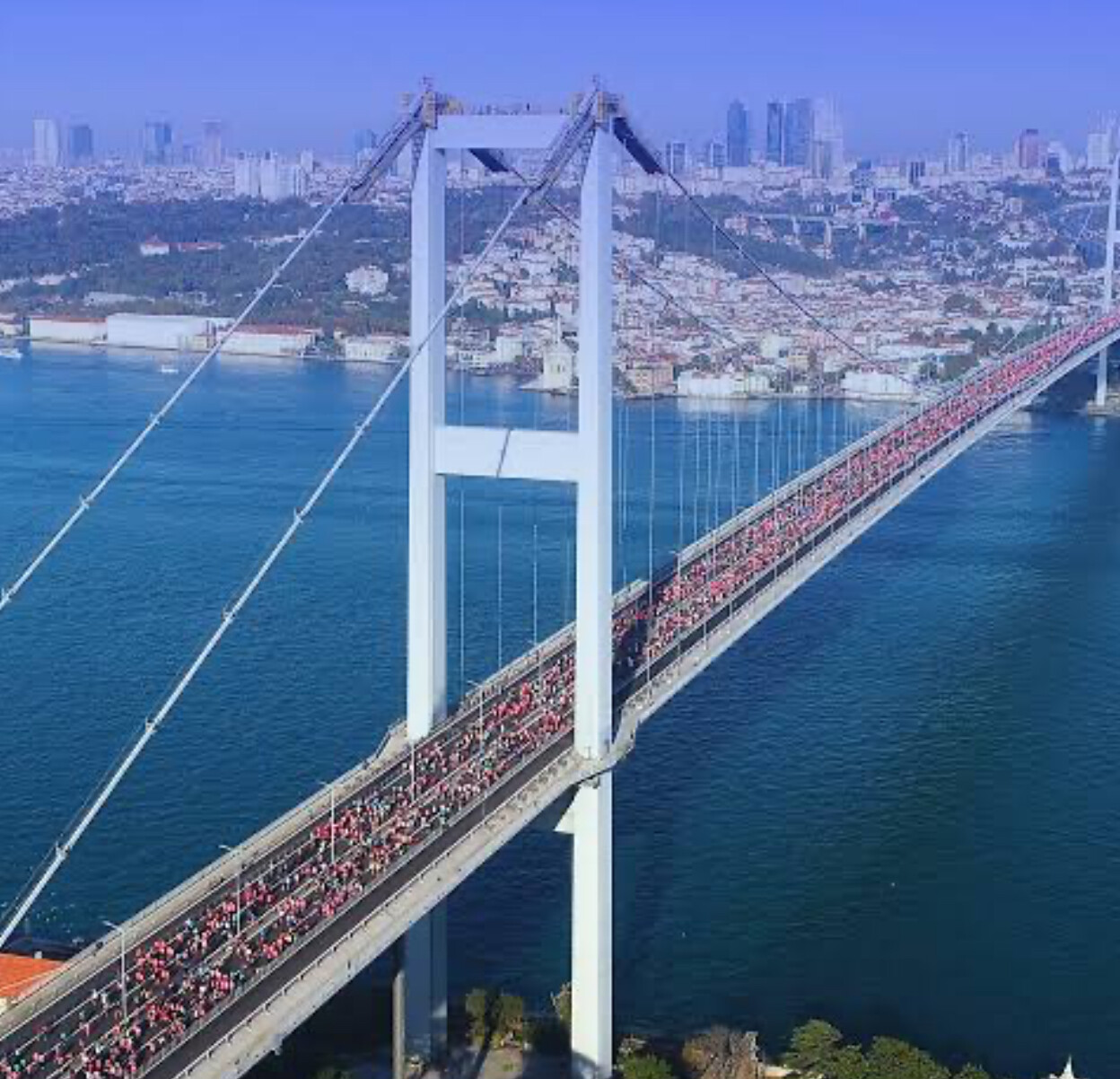
Defending champion Dejene Debela and fellow Ethiopian Tigst Getnet lead this year’s elite fields. Debela’s personal best is 2:05:46, while Getnet’s stands at 2:23:17. Both are eager to add another title to Ethiopia’s long tradition of marathon dominance.
The men’s and women’s races are deep with talent. Half a dozen men have run between 2:05:30 and 2:09:00, and six women enter with times under 2:26:00. Around 6,000 marathoners will race the full distance, joined by tens of thousands more in shorter events — totaling over 42,000 runners.
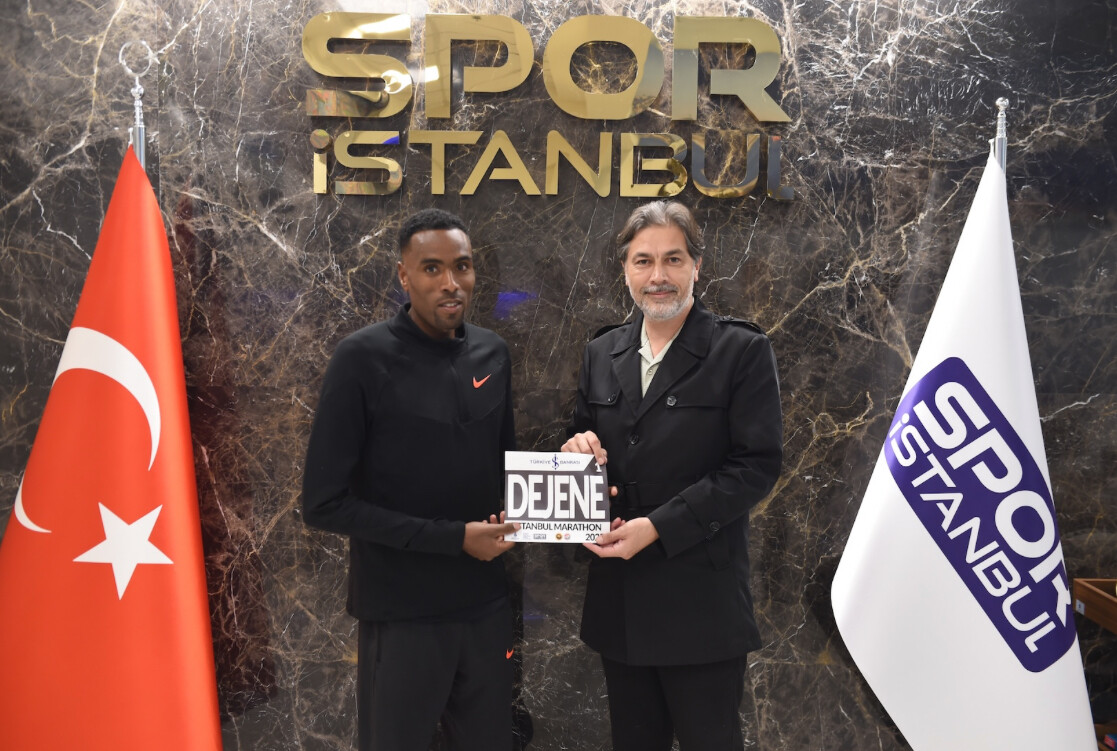
“Since Istanbul is a candidate for the 2036 Olympic Games, our marathon has an important role to play,” said Race Director Bilge Donuk.
The Men’s Race
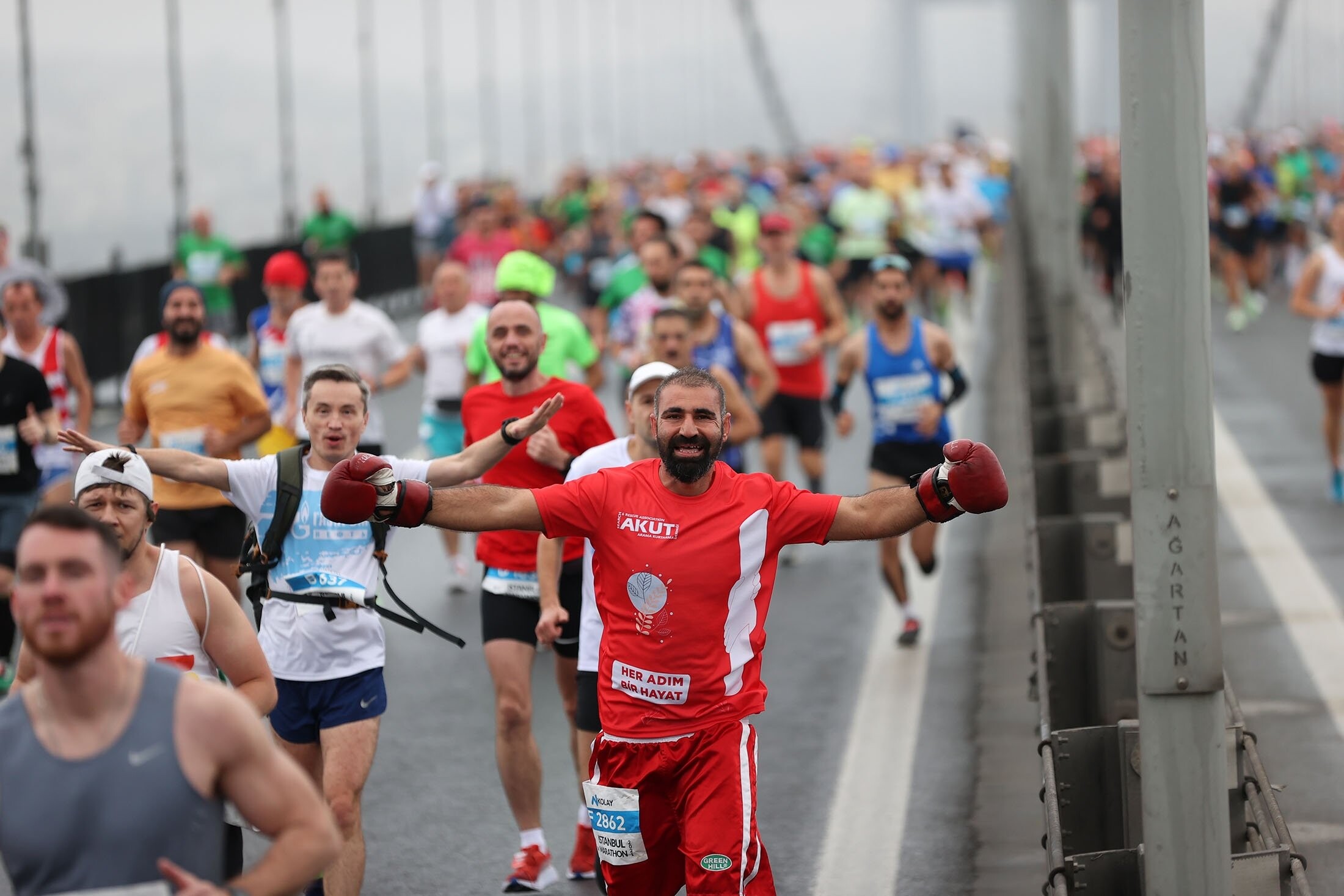
Dejene Debela returns to defend his title after winning in windy conditions last year. “It was very windy last year, so this time I hope for a much faster time,” he said. The 30-year-old Ethiopian, who trains in Addis Ababa, set his PB of 2:05:46 in Chicago (2019) and has since overcome injuries that slowed his progress.
Organizers expect pacemakers to target 63:30–63:45 at halfway — a pace Debela says fits his goal. He has raced sparingly this year, dropping out of the Wuxi Marathon in March as a precaution but now says he feels “ready to defend my title.”
Among his challengers are Rhonzas Kilimo (KEN, 2:06:09) and Ethiopia’s Sufaro Woliyi, just 22, who impressed with a 2:07:19 debut in Xiamen. Kenya’s Benard Kipkorir, fourth here last year, recently clocked 2:08:12 in Chongqing and could also contend.
Kenya’s Denis Chirchir was forced to withdraw with a stress fracture, while New Zealand’s Jake Robertson is sidelined by injury.
The Women’s Race
Two Ethiopian training partners — Tigst Getnet and Sofia Assefa — headline the women’s field. Both train under Kirubel Damtew in Addis Ababa. Getnet’s best is 2:23:17, while Assefa’s stands at 2:23:33.
Sofia Assefa, 37, is a former world-class steeplechaser who won Olympic silver in 2012 and World Championship bronze in 2013. After a promising marathon debut in Amsterdam, she placed second in Copenhagen this May with 2:26:21 and says she’s now in even better form.
Her training partner Tigst Getnet, 15 years younger, has already completed six marathons. Her debut in Dubai (2023) remains her best, and she’ll look to return to that level in Istanbul.
Other notable contenders include Yenenesh Tilahun Dinkesa (2:24:09), Letebrhan Gebreslasea (2:24:47), and Roman Gidey (2:25:22), who ran two strong marathons within two weeks in Guangzhou last year. Kenya’s rising 21-year-old Joan Kilimo (2:25:32 debut in Milan) leads the Kenyan challenge.
Defending champion Ruth Jebet has withdrawn to compete in the Islamic Solidarity Games next week in Riyadh.
Top Elite Runners and Personal Bests
Men
Dejene Debela (ETH) – 2:05:46
Rhonzas Kilimo (KEN) – 2:06:09
Sufaro Woliyi (ETH) – 2:07:19
Benard Kipkorir (KEN) – 2:08:12
Isaac Too (KEN) – 2:08:45
Charles Mneria (KEN) – 2:08:54
Hillary Kipchumba (KEN) – 2:09:53
Women
Tigst Getnet (ETH) – 2:23:17
Sofia Assefa (ETH) – 2:23:33
Yenenesh Tilahun Dinkesa (ETH) – 2:24:09
Letebrhan Gebreslasea (ETH) – 2:24:47
Roman Gidey (ETH) – 2:25:22
Joan Kilimo (KEN) – 2:25:32
by Race News Service
Login to leave a comment
Debela and Jebet Set to Defend Titles at the World’s Only Intercontinental Marathon
Defending champions Dejene Debela of Ethiopia and Ruth Jebet of Bahrain are set to return for the Türkiye İş Bankası Istanbul Marathon on November 2. Both claimed victory last year in windy conditions and will be hoping for calmer weather to chase faster times this year.
Now in its 47th edition, Türkiye’s premier marathon continues to hold World Athletics Gold Labelstatus—an honor it has maintained without interruption since 2012, making it one of the longest-standing Gold Label races worldwide.
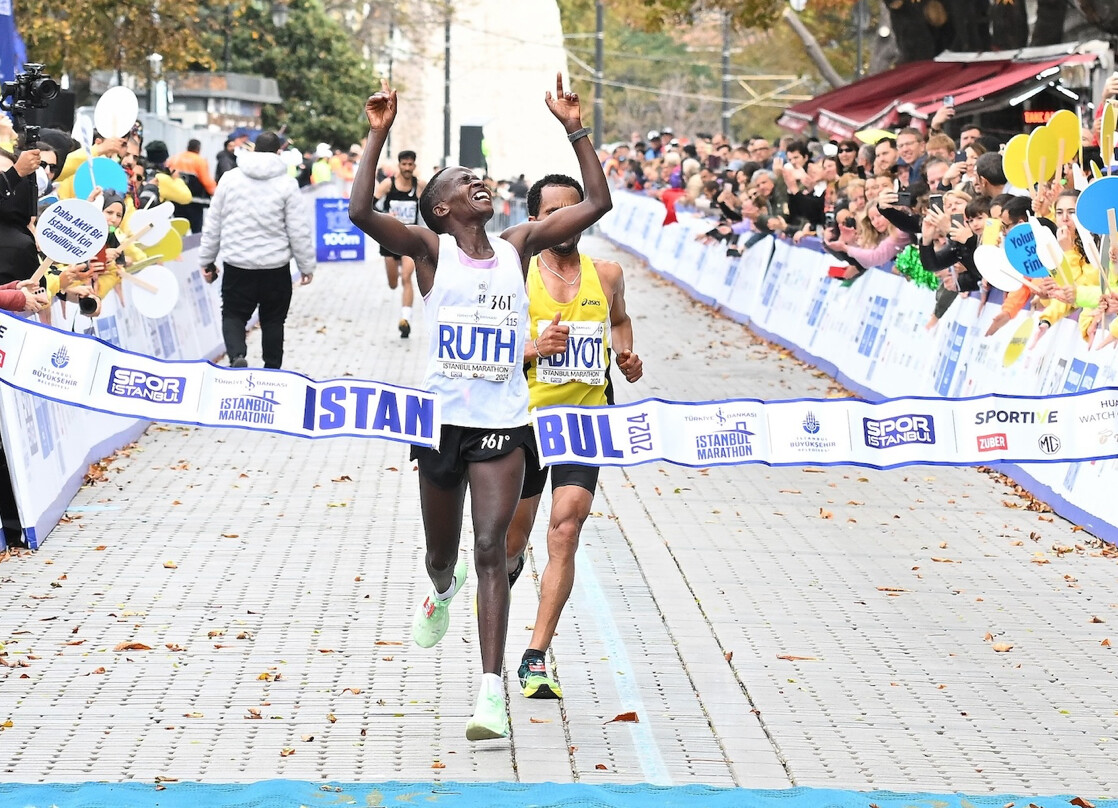
Organizers from Spor Istanbul have already registered 42,000 participants, including shorter-distance races, with around 6,000 runners tackling the full marathon. The unique course begins on the Asian side of Istanbul, crosses the July 15 Martyrs Bridge, and finishes in the historic old city near the Blue Mosque. Registration remains open until October 14 at maraton.istanbul.
“We are delighted to be organizing the Türkiye İş Bankası Istanbul Marathon, the world’s only intercontinental marathon, for the 47th time,” said Race Director Bilge Donuk. “The participation of defending champions clearly demonstrates the prestige and consistency of this race. Istanbul will, as always, offer participants a truly exceptional marathon experience on an international level.”
Men’s Race
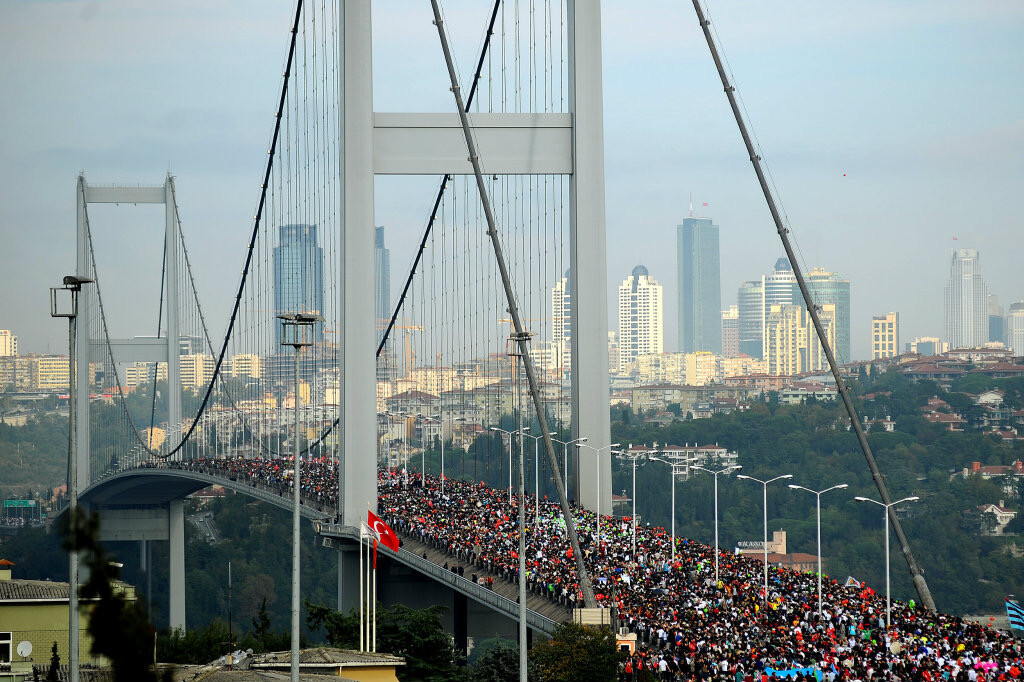
Debela, 30, bounced back from injury last year to win in 2:11:40, the biggest triumph of his career. With a personal best of 2:05:46 from Chicago 2019, he enters as the fastest man on the start list.
His main challengers include:
• Rhonzas Kilimo (Kenya) – PB 2:06:09, runner-up in Seoul 2024.
• Denis Chirchir (Kenya) – PB 2:07:17, winner in Kosice 2024, trained by renowned coach Renato Canova.
• Amanal Petros (Germany) – fresh off a silver medal at the World Championships in Tokyo, and a close training partner of Chirchir.
• Jake Robertson (New Zealand) – PB 2:08:26, returning from injuries but still a dangerous contender.
Women’s Race
Defending champion Ruth Jebet dominated last year with a 2:24:45 win—nearly nine minutes ahead of the field—despite tough winds. The 2016 Olympic steeplechase champion and former world record holder holds a marathon best of 2:23:08 and is targeting sub-2:20 in Istanbul.
Her challengers include:
• Tigst Getnet (Ethiopia) – PB 2:23:17, 5th in Dubai 2023.
• Sofia Assefa (Ethiopia) – PB 2:23:33, Olympic steeplechase silver medalist behind Jebet in 2016, now meeting her rival on the roads for the first time.
With strong returning champions and formidable challengers, Istanbul once again promises a world-class marathon staged in one of the most spectacular settings in global road running.
by Race News Service
Login to leave a comment
N Kolay Istanbul Marathon
At the beginning, the main intention was simply to organise a marathon event. Being a unique city in terms of history and geography, Istanbul deserved a unique marathon. Despite the financial and logistical problems, an initial project was set up for the Eurasia Marathon. In 1978, the officials were informed that a group of German tourists would visit Istanbul the...
more...Kenya’s Steeplechase Dynasty Under Siege: Edmund Serem Keeps Hope Alive with Tokyo Bronze
For decades, the men’s 3000m steeplechase was as Kenyan as tea fields in Kericho or herds grazing the Rift Valley floor. Since Amos Biwott (first photo) struck Olympic gold in 1968, generations of Kenyan athletes turned the event into a national pig treasure, piling up Olympic and World titles with almost mechanical consistency. But the 2025 World Championships in Tokyo told a different story—one of fading dominance, foreign breakthroughs, and a teenager fighting to keep the flame alive.
A Race That Shook Tradition
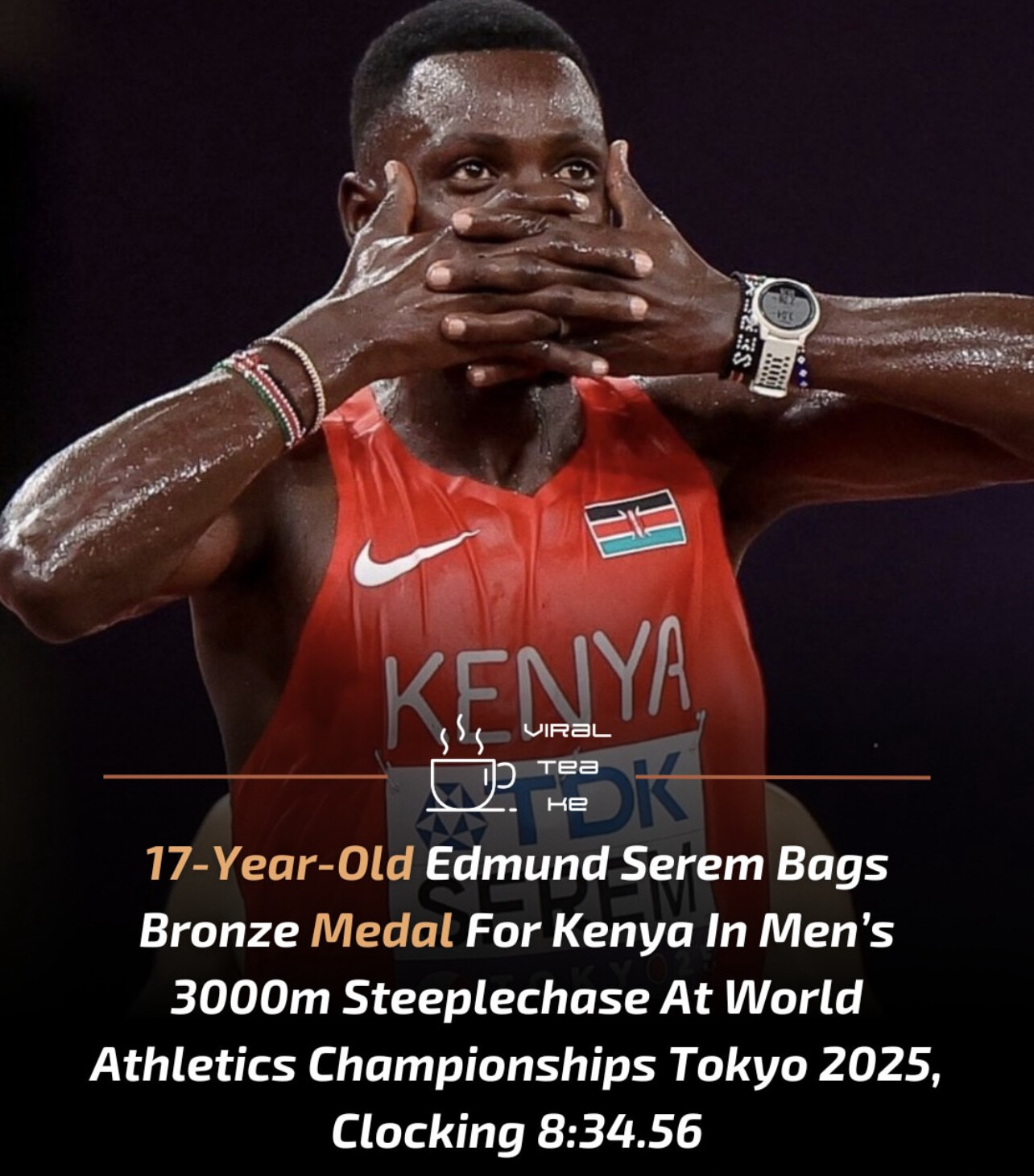
On a humid evening inside Tokyo’s National Stadium, 17-year-old Edmund Serem—younger brother of 2021 World U20 champion Amos Serem—lined up against the world’s best: Olympic champion Soufiane El Bakkali, Ethiopia’s Lamecha Girma, New Zealand’s rising star Geordie Beamish, and a host of challengers from Europe, North America, and Asia.
For Serem, the mission was clear: keep Kenya’s flag on a podium that has become increasingly elusive.
From the gun, he ran bravely, shadowing Germany’s Karl Ruppert in the early laps, exchanging leads and refusing to yield. Ethiopia’s Samuel Firewu, Canada’s Jean-Simon Desgagnés, Poland’s Krzysztof Michalski, and Japan’s Ryuji Miura all joined the fight, turning the race into a tactical chess match.
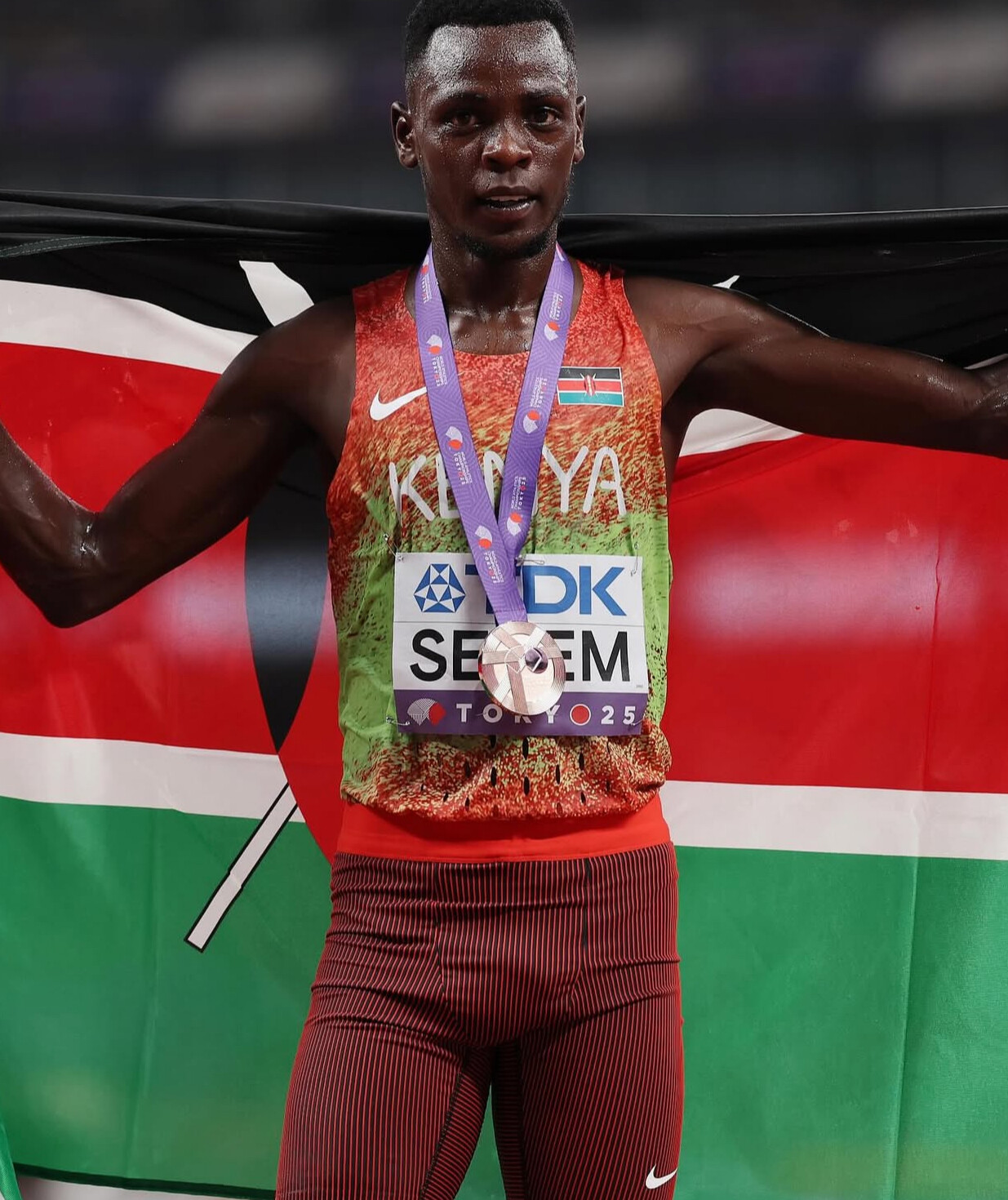
With five laps to go, Serem was still in contention. But as the tempo shifted, the global pack pressed harder. Girma and El Bakkali moved menacingly forward, Desgagnés surged, and Michalski stunned the field by briefly taking the lead.
Then came the bell lap. In a race once synonymous with Kenyan processions, the battle had become a global dogfight. Beamish timed his kick to perfection, flying past Girma and fending off El Bakkali to seize a historic gold in 8:33.88. El Bakkali took silver in 8:33.95, while Serem, showing maturity beyond his years, held his ground to claim bronze in 8:34.56.
A Bittersweet Podium
For Kenya, the bronze carried mixed emotions. Serem’s medal, won by a teenager not yet old enough to vote, proved the country’s future is bright. Yet it also underscored a sobering reality: the days of near-total dominance are gone.
Speaking after the race, Serem was humble but defiant:
“It was tough out there, but I told myself Kenya must be on that podium. I am only 17, and I know this is just the beginning. One day, I will bring the gold back home.”
The Crumbling Fortress
The numbers tell the story. Since Conseslus Kipruto’s World title in 2019, Kenya has not won a global steeplechase gold. Instead, El Bakkali, Girma, and now Beamish have rewritten the script, dismantling the aura of invincibility once carried by legends like Ezekiel Kemboi, Brimin Kipruto, and Stephen Cherono.
Even with Abraham Kibiwot also in Tokyo, Kenya could not tilt the balance back. What was once fortress Kenya is now open territory.
Lessons and a Call to Action
Beamish’s victory offered a warning. New Zealand has no steeplechase tradition, yet through structured NCAA development and consistent Diamond League racing, Beamish matured into a world champion. Kenya, by contrast, must adapt: better coaching, tactical planning, and holistic athlete support are now non-negotiable.
Serem’s bronze provides a flicker of hope. His resilience against seasoned opponents shows promise, but it also highlights the urgent need for reinvestment. Athletics Kenya’s famed pipeline of school and military talent remains deep, but without evolution, history and reputation alone will not win medals.
The Future
As Edmund Serem stood on the Tokyo podium, the Kenyan flag draped over his shoulders, pride and resolve mixed in his eyes. Behind the applause lay a challenge: reclaim what has been lost.
If the steeplechase is to remain the beating heart of Kenya’s athletics heritage, Tokyo 2025 must not mark the continuation of decline, but the beginning of a fightback. And perhaps—just perhaps—it will be Serem, the teenager who dared to dream, who leads the revival.
by Robert Kibet
Login to leave a comment
Geordie Beamish Rises from a Fall to World Champion Glory in Tokyo
Tokyo, September 15, 2025 — New Zealand’s Geordie Beamish produced one of the most dramatic victories of the World Athletics Championships, storming to gold in the men’s 3000m steeplechase. His winning time of 8:33.88 edged Morocco’s reigning champion Soufiane El Bakkali by just 0.07 seconds, with 17-year-old Kenyan Edmund Serem taking bronze in 8:34.56 .
This is a breakthrough moment for New Zealand athletics: the nation’s first-ever outdoor World Championships track gold .
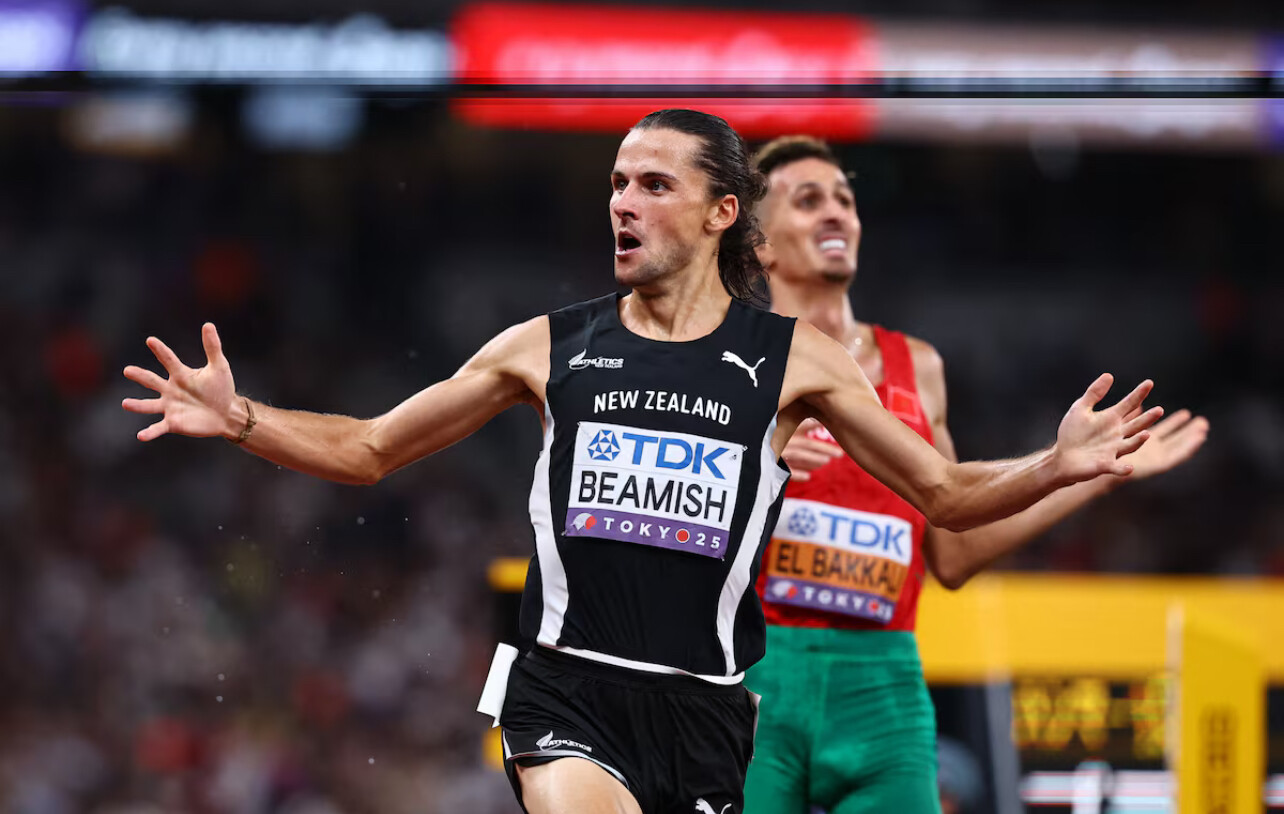
A Tactical Race Decided at the Line
The steeplechase final unfolded at a controlled pace, leaving the medals to be decided in the closing laps. El Bakkali, a two-time Olympic and world champion, looked ready to add another title. But Beamish, renowned for his devastating kick, stayed composed.
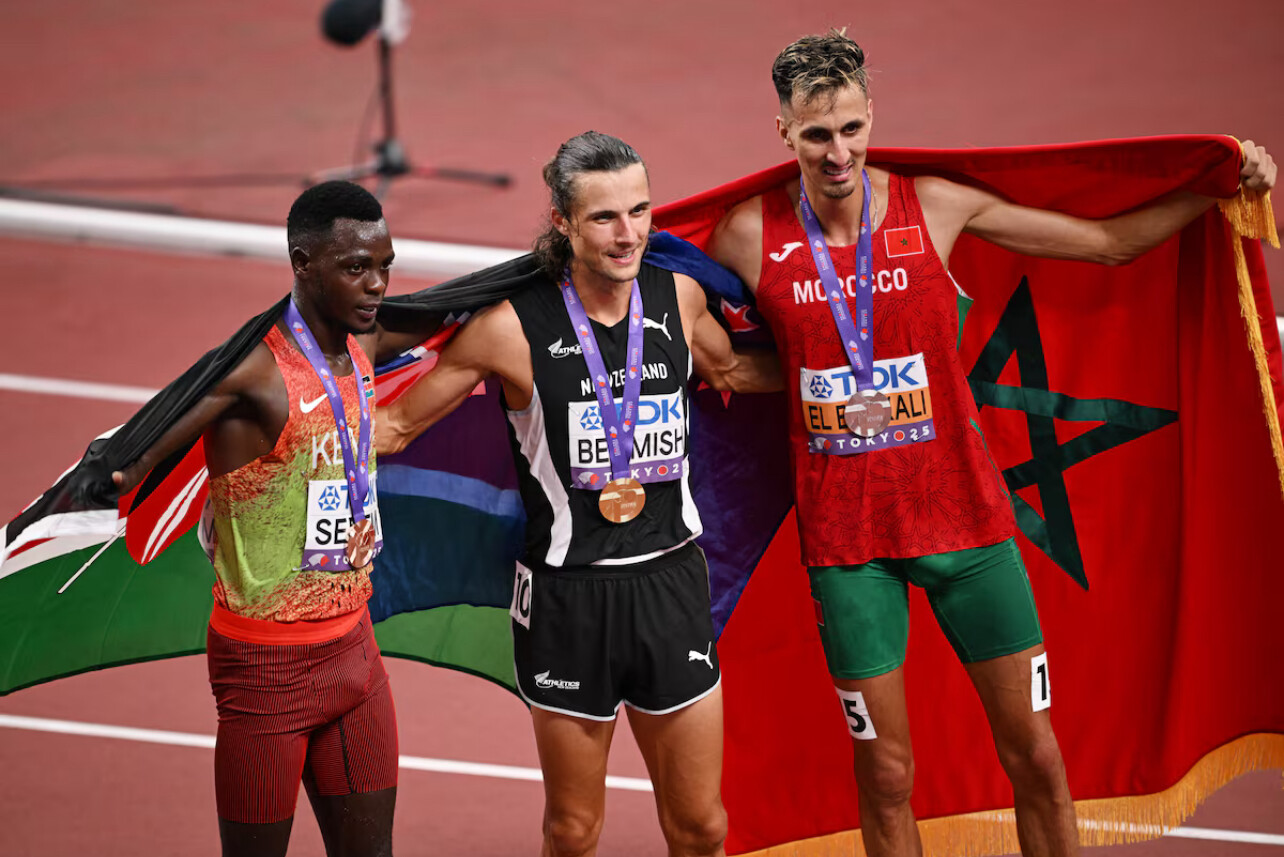
On the last lap, he surged through the field, matching El Bakkali stride for stride. Off the final water jump, Beamish unleashed one last burst of speed. In a thrilling lean at the line, he dethroned one of the event’s greats.
A fall and a spike in the heats
Beamish’s victory was even more remarkable considering his rough path to the final. In his qualifying heat, he fell heavily and was stepped on in the face, yet managed to get up and finish second to advance .
That resilience set the tone for his gold-medal run.
Who Is Geordie Beamish?
• Born: October 24, 1996, in Hastings, New Zealand
• Club: On Athletics Club (based in Boulder, Colorado)
• Coach: Dathan Ritzenhein
• Specialties: 1500m through 5000m, and now the steeplechase
• Career highlights:
• 2024 World Indoor Champion in the 1500m (Glasgow)
• Oceania record holder in the 3000m steeplechase (8:09.64, Paris, 2024)
• Fifth in the 2023 World Championships steeplechase final
Beamish’s late move to the steeplechase has transformed his career, turning him from a versatile miler into a global champion.
This was a big upset
Beamish’s Tokyo win not only toppled El Bakkali’s reign but also put New Zealand back on the map of world middle-distance running. For a nation that once celebrated icons like Peter Snell and John Walker, this is a new chapter in the sport’s history.
With the 2028 Los Angeles Olympics on the horizon , Beamish has proven he has the strength, resilience, and tactical brilliance to contend for more global medals.
by Boris Baron
Login to leave a comment
Eric Giacoletto: The Curator Preserving the Soul of Track and Field
In the fast-moving world of social media, few people are doing more to preserve the rich history of athletics than Eric Giacoletto. From his home in Albertville, France, Eric has become one of the most passionate archivists of the sport—sharing rare photos, insightful commentary, and forgotten moments that continue to inspire athletes and fans across the globe.
Though not a former elite runner himself, Eric’s knowledge runs deep, and his posts serve as daily reminders of what makes our sport timeless. He documents both legends and lesser-known heroes, giving context, names, and reverence to each moment he shares. His work has captured the attention of many—including My Best Runs founder Bob Anderson.
“What Eric is doing is important,” says Bob. “He’s preserving history—moments and athletes that might otherwise be forgotten. His posts are reminders of the beauty, pain, and glory of running.”
Just this past week, Eric posted dozens of compelling images from the golden eras of track and field. From that treasure trove, Bob Anderson selected eight photos he found particularly inspiring. Each tells a story—of courage, character, and the timeless spirit of competition.
Here are the eight photos Bob selected from Eric’s posts this past week:
Photo 1
Jim Ryun and Peter Snell – A Finish for the Ages
Two legends of the mile—Jim Ryun of Wichita and New Zealand’s Peter Snell—captured in one of the most dramatic finishes in middle-distance history. Ryun’s expression of anguish and Snell’s graceful stride speak volumes about what it takes to be world-class. An image that defines grit, shared by Eric earlier this week.
Photo 2
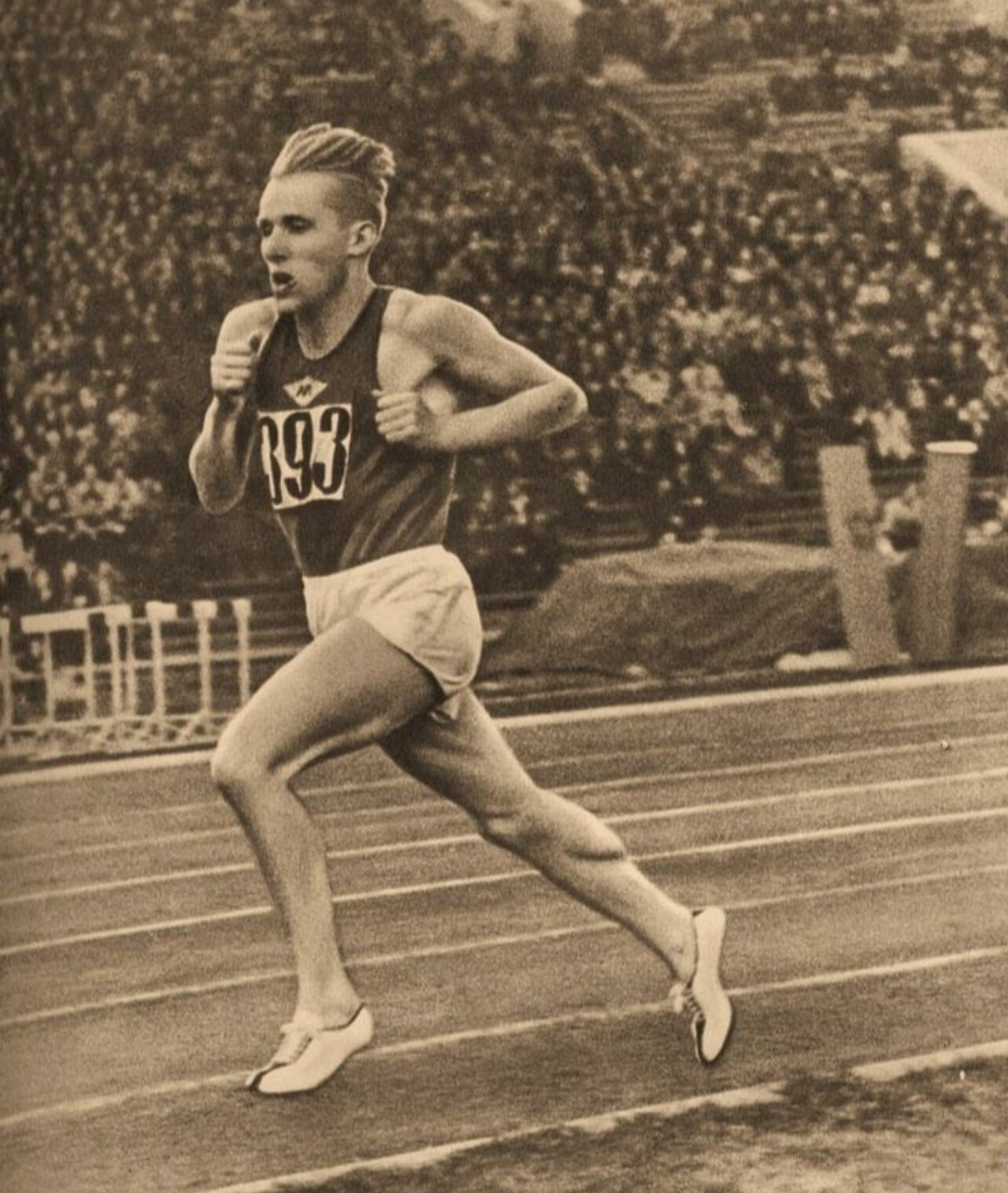
Vladimir Kuts – Soviet Powerhouse in Full Flight
Sprinting down the track with trademark aggression, Vladimir Kuts dominated the 1956 Olympics in Melbourne, winning both the 5,000m and 10,000m. Eric’s photo selection highlights Kuts’ unmistakable form and ferocity—a reminder of Eastern Bloc distance dominance during the Cold War era.
Photo 3
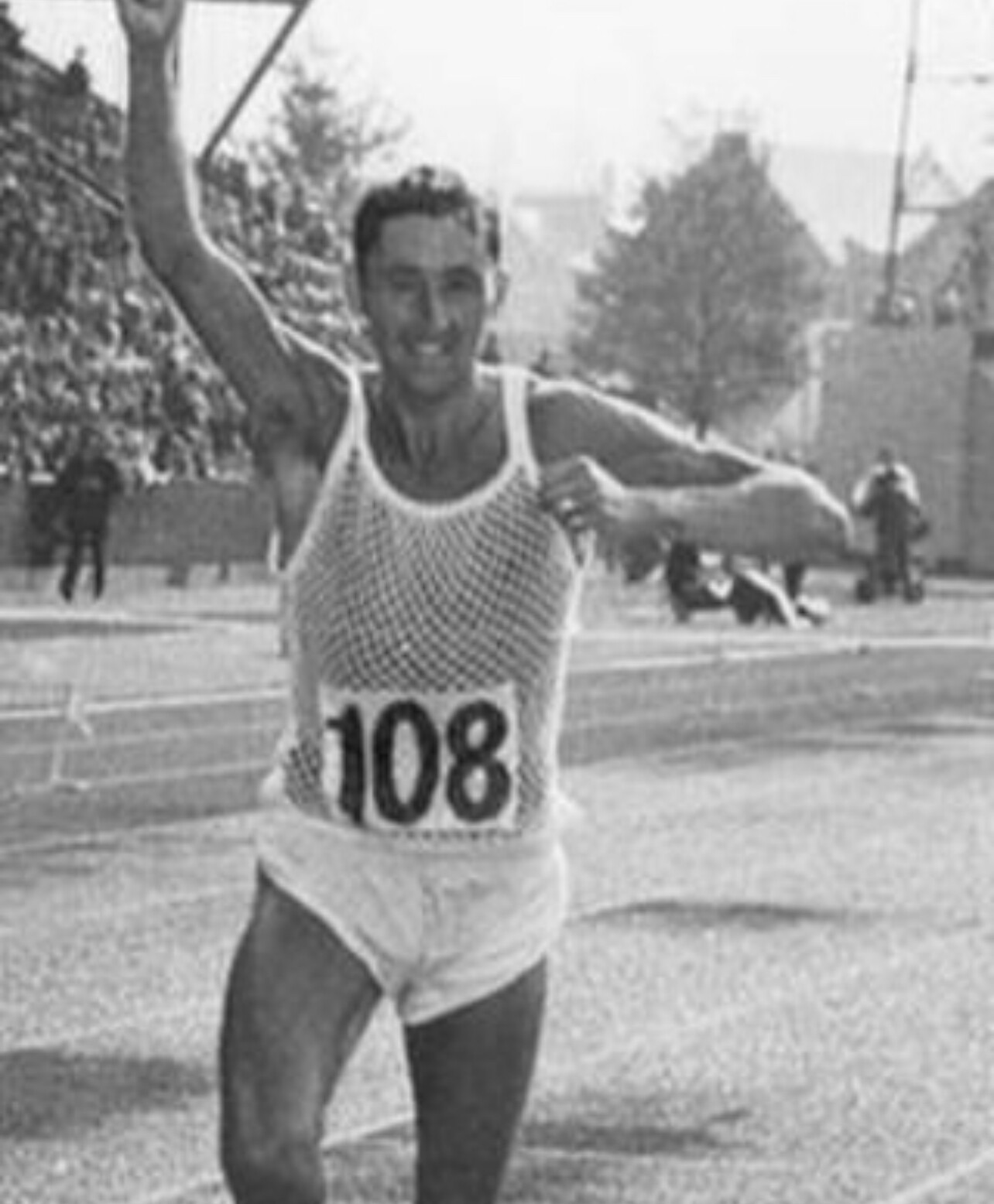
Ron Hill – 1970 Commonwealth Games, Edinburgh
Ron Hill, the pioneering English marathoner, crosses the line in his signature mesh singlet. By 2014, he had logged 159,106 lifetime miles—running at least one mile every day for 50 years. A legendary streak by a man who redefined commitment to the sport.
Photo 4
Steve Prefontaine in His Element
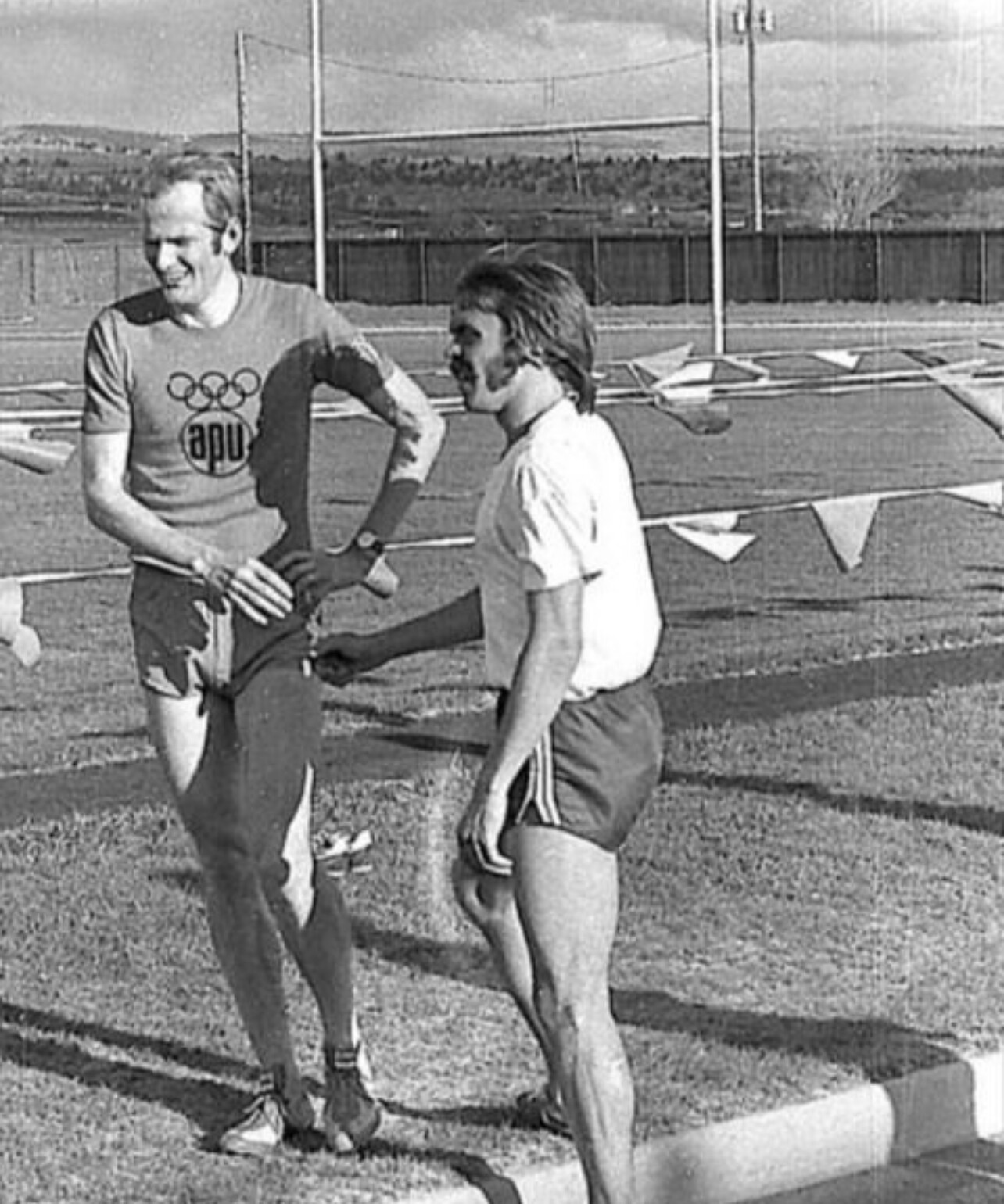
A candid photo of “Pre” during a training session, captured in conversation and camaraderie. Prefontaine’s fearless front-running style and outspoken personality made him a symbol of competitive fire. This relaxed moment shows the human side of a distance icon.
Photo 5
Herb Elliott – Training on the Dunes of Portsea
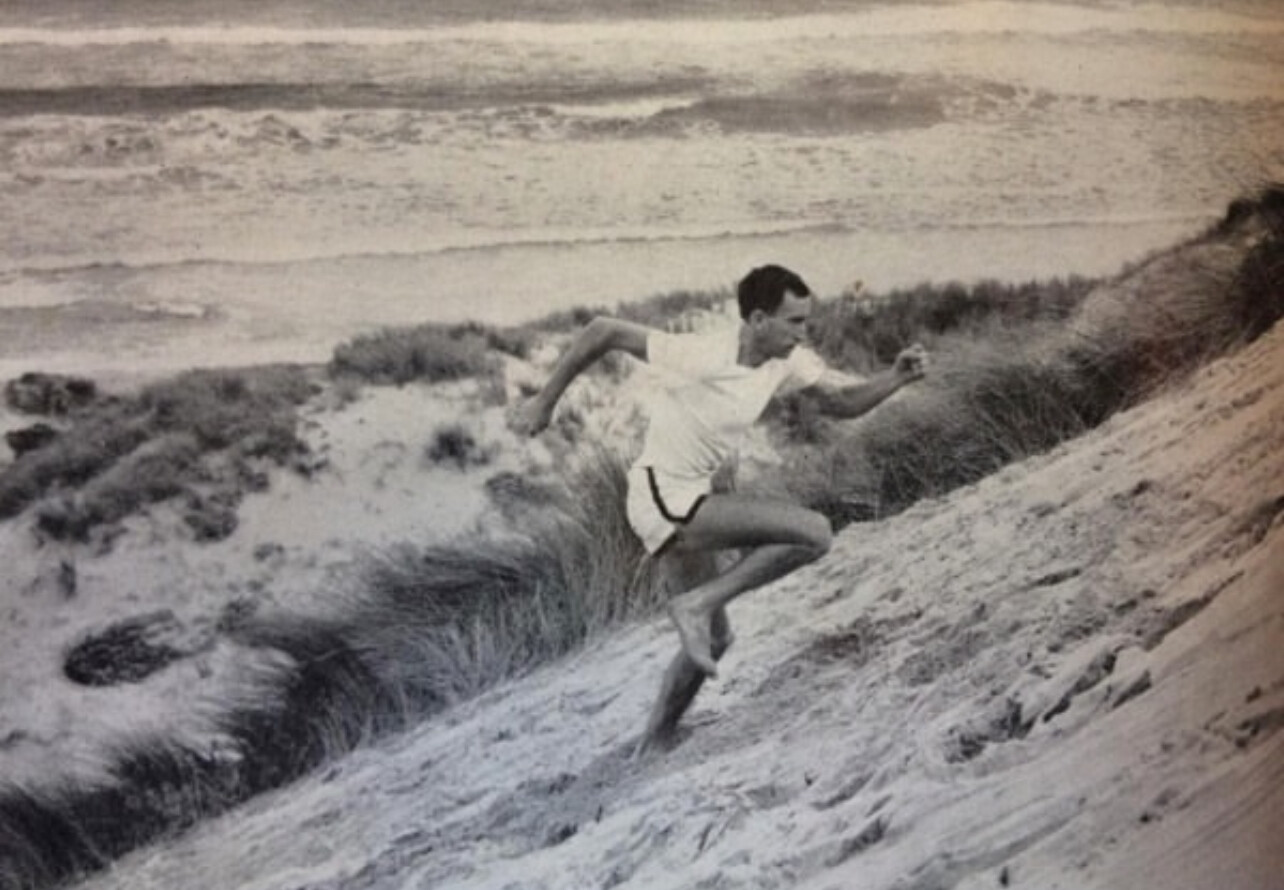
A powerful shot of Australian great Herb Elliott charging barefoot up the coastal sand dunes, guided by coach Percy Cerutty’s naturalist philosophy. Elliott never lost a 1500m or mile race in his career, and this photo shows the raw work behind that undefeated record.
Photo 6
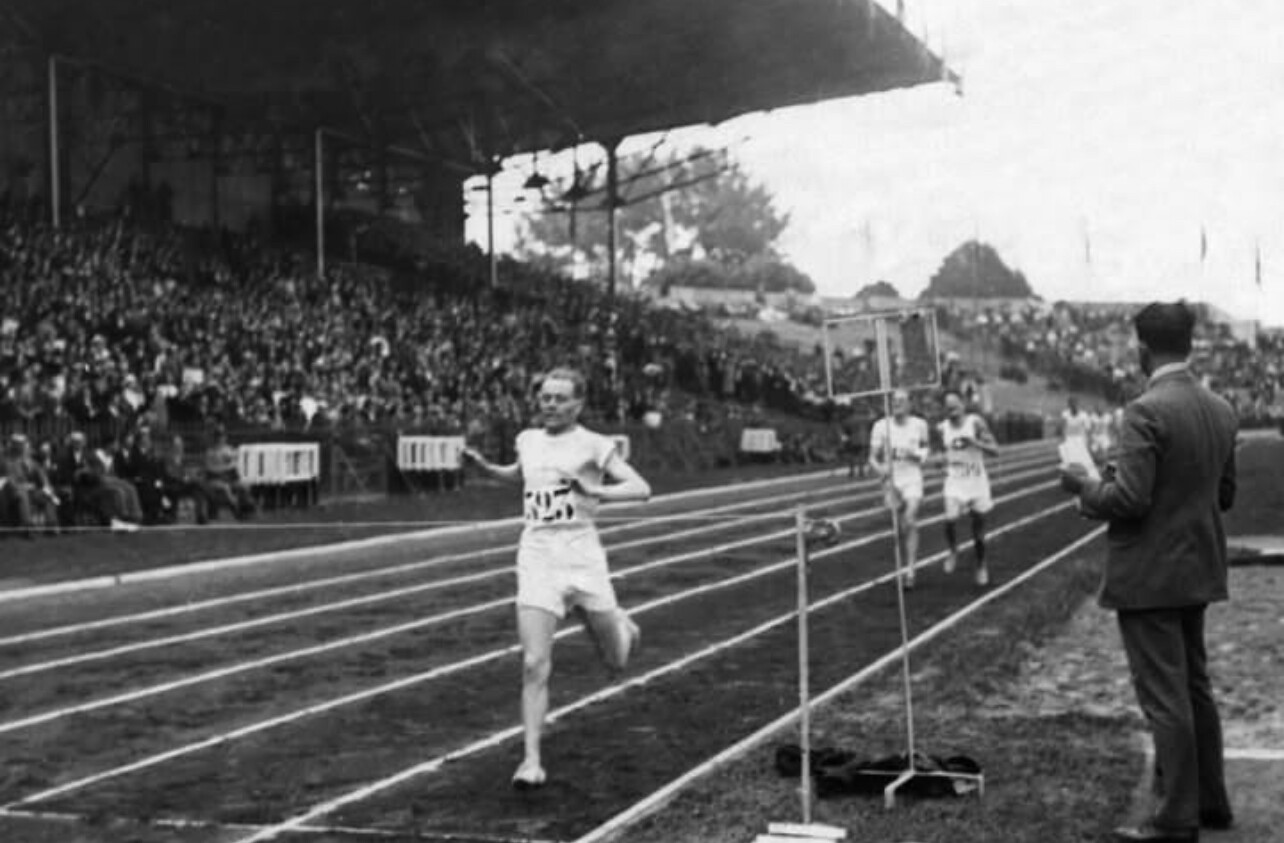
Paavo Nurmi – Double Gold in One Afternoon
Paris, July 10, 1924: Paavo Nurmi wins the 1500m, then returns just hours later to take gold again in the 5000m. This photo shows him well ahead of the field, delivering one of the most jaw-dropping performances in Olympic distance running history.
Photo 7
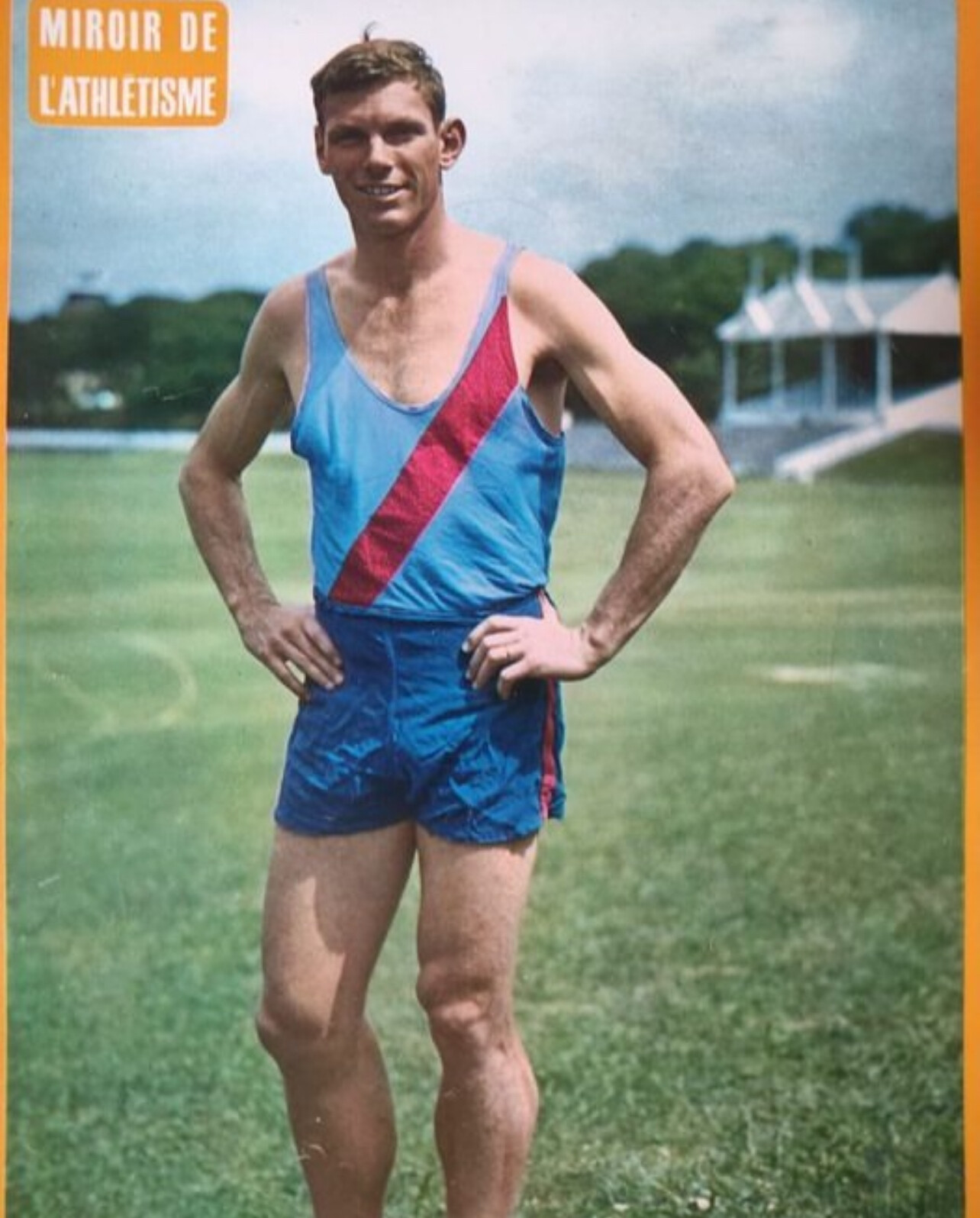
Peter Snell – Power and Poise in Color
A rare color image of New Zealand’s Peter Snell, one of the greatest middle-distance runners of all time. Winner of three Olympic gold medals, Snell combined strength with speed in a way few ever have. Eric’s post brings his iconic stature to life in full color.
Photo 8
Bill Rodgers – Boston Breakaway, 1975
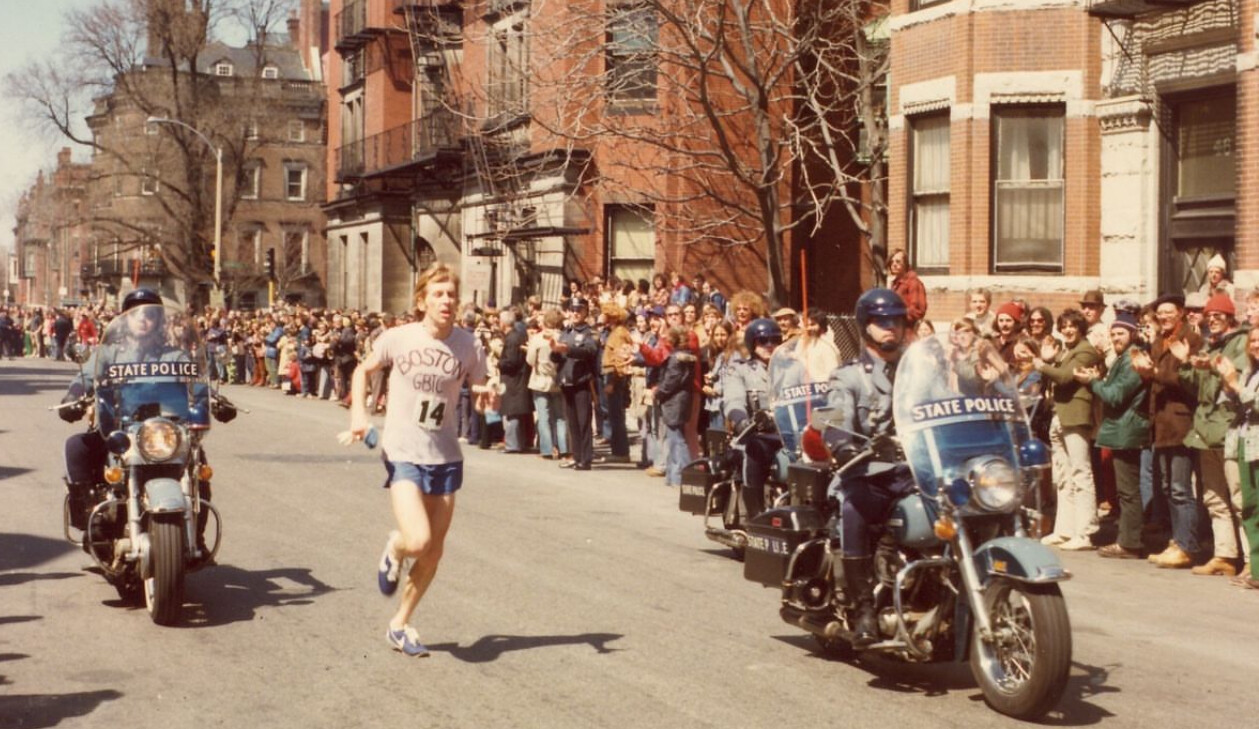
Captured mid-stride during his victory at the 1975 Boston Marathon, Bill Rodgers pulls away under the escort of state police motorcycles. His win that year—2:09:55—was part of a dominant streak that made him a U.S. marathon legend. A city, and a sport, in full celebration.
Honoring the Archivist
Eric’s posts on Facebook and Instagram (@ericgiacoletto) continue to spark meaningful conversations among athletes, historians, and lifelong fans. Whether he’s unearthing a forgotten race photo or celebrating an athlete’s legacy, Eric is doing more than documenting—he’s inspiring.
If you enjoyed this feature, and with Eric’s permission, we’d love to post more regularly here at My Best Runs. Let us know what you think—we’re always looking to spotlight the people and moments that keep the spirit of our sport alive.
by Boris Baron and Bob Anderson
Login to leave a comment
Western States 100 Gears Up for an Epic Showdown Across Sierra Trails
The legendary Western States 100-Mile Endurance Run returns June 28–29, 2025, promising one of the most competitive and compelling editions in its storied history. Known as the world’s oldest 100-mile trail race, this ultra begins in Olympic Valley (formerly Squaw Valley) and finishes 100 rugged miles later at Placer High School in Auburn, California.
With more than 18,000 feet of climbing and 23,000 feet of descent, the race tests every aspect of a runner’s will and endurance. From snow-capped ridges to sweltering canyon floors, the course traverses remote backcountry, river crossings, and punishing climbs—all under the clock, with the coveted silver belt buckle awaiting those who finish under 24 hours.

Who’s Racing?
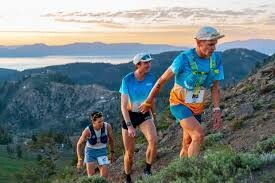
This year’s field is packed with elite talent, resilient veterans, and powerful storylines.
Top Men’s Contenders:
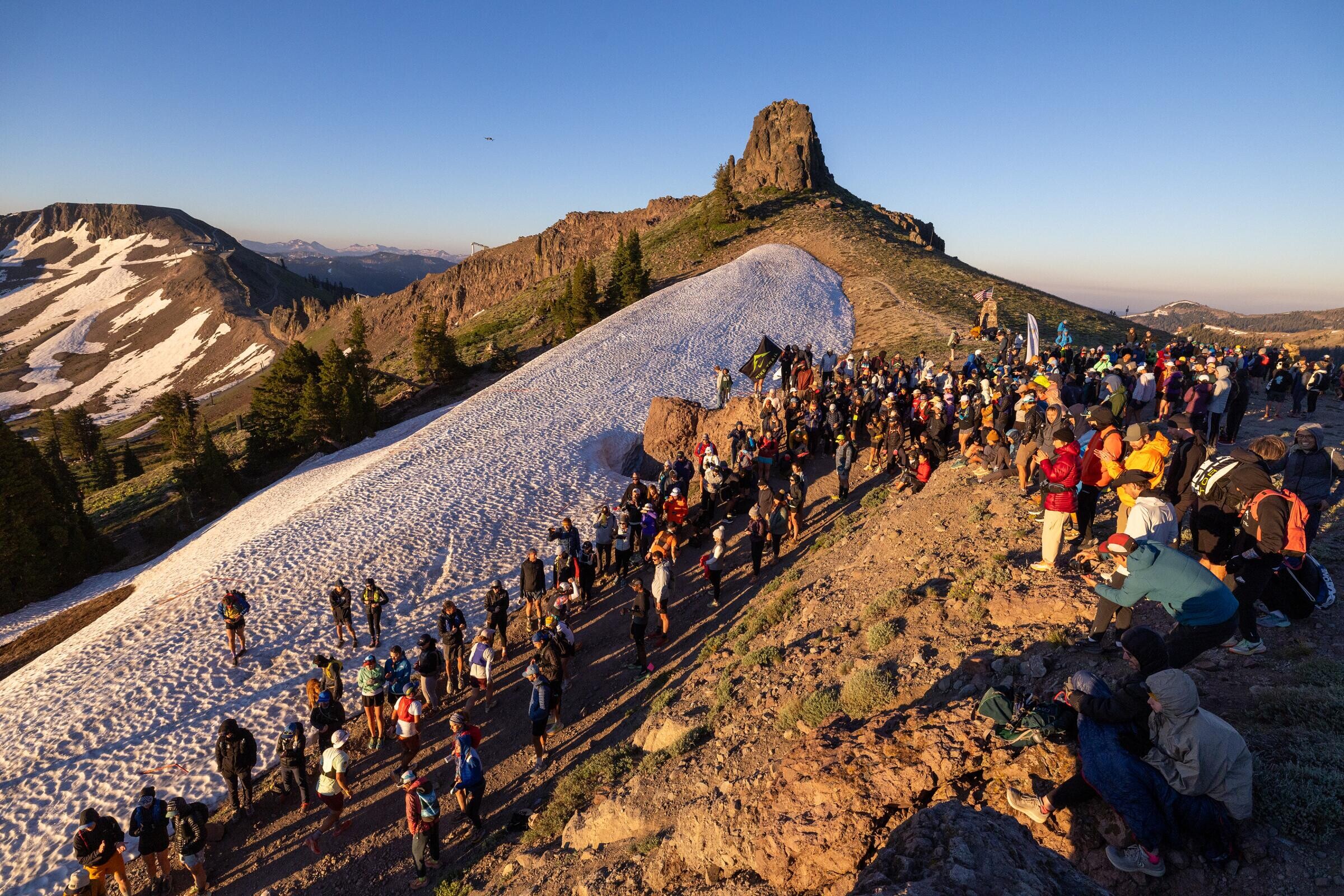
• Rod Farvard (USA) – One of the fastest Golden Ticket winners this season.
• Dan Jones (New Zealand) – Former Olympic Trials marathoner.
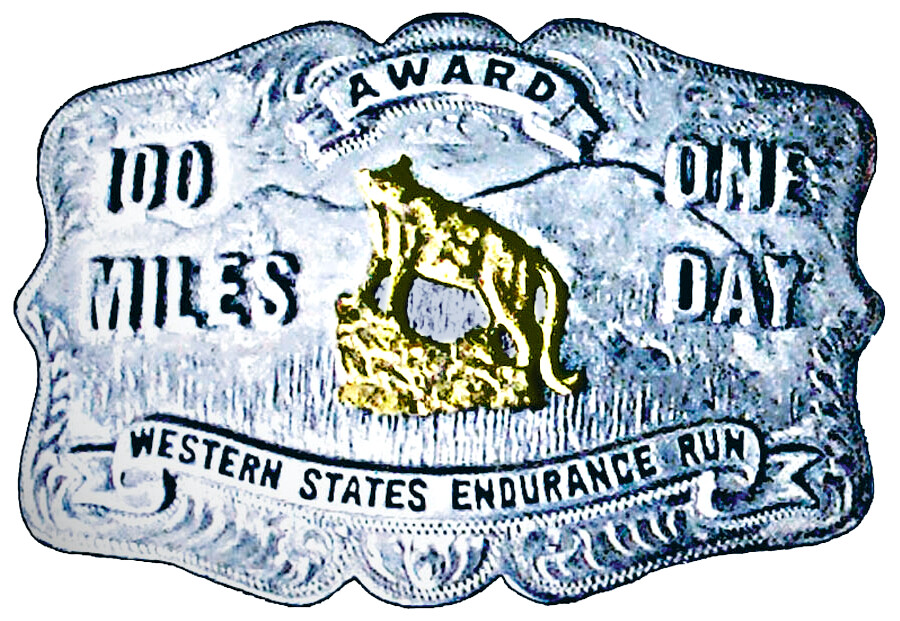
• Caleb Olson (USA) – Rising talent on the ultra scene.
• Chris Myers (USA) – Strong performances across the trail circuit.
• Jia-Sheng Shen (China) – Brings international prestige to the field.
Leading Women:
• Emily Hawgood (Zimbabwe) – Regular top-10 finisher with unfinished business.
• Eszter Csillag (Hungary) – One of Europe’s most consistent mountain runners.
• Heather Jackson (USA) – Former pro triathlete turned ultra star, back after a win at Unbound Gravel XL.
• Fu-Zhao Xiang (China) – Dominant at multiple global ultras.
• Ida Nilsson (Sweden) – Former European mountain running champion.
Notable Golden Ticket Winners:
• Riley Brady, Hannah Allgood, Rosanna Buchauer, Hậu Hà, Tara Dower, Abby Hall, Lin Chen, Caitlan Fielder, Nancy Jiang, Fiona Pascall, Johanna Antila
A Field That Crosses Generations
One of the most heartwarming developments this year is the record-setting six athletes aged 70 or older toeing the line.
Among them is Jim Howard, a two-time Western States champion (1981, 1983), who is making an inspiring return at age 70—running with two artificial knees. “I want to go out there one more time and be part of this incredible race,” Howard told Canadian Running.
Also returning is Jamil Coury, founder of Aravaipa Running, looking to build on his strong performance 15 years ago.
The Course
• Start: Olympic Valley (elevation: ~6,200 ft)
• Highest Point: Emigrant Pass (~8,750 ft)
• Finish: Auburn (elevation: ~1,200 ft)
• Snow is often a factor in the early miles, with extreme heat common in the canyons. Aid stations are spaced roughly every 4–8 miles, supported by over 1,500 volunteers.
Runners cross rivers, climb ridgelines, descend technical single-track, and are cheered into the stadium at Placer High—often in the dead of night.
Media and Spectator Access
• Live coverage, tracking, and video will be available on the Western States Endurance Run website.
• Key aid stations will allow crew and spectators, including Foresthill (mile 62) and Robie Point (mile 99).
A Race Like No Other
• One of the five races in the Grand Slam of Ultrarunning
• A UTMB World Series qualifier
• Historic, grassroots feel with world-class competition
Whether you’re cheering for a podium contender, an age-defying legend, or simply following the passion of runners determined to finish within 30 hours, this year’s Western States 100 is poised to deliver drama, beauty, and inspiration.
Let the countdown begin.
by Boris Baron
Login to leave a comment
Western States 100
The Western States ® 100-Mile Endurance Run is the world’s oldest and most prestigious 100-mile trail race. Starting in Squaw Valley, California near the site of the 1960 Winter Olympics and ending 100.2 miles later in Auburn, California, Western States, in the decades since its inception in 1974, has come to represent one of the ultimate endurance tests in the...
more...Sam Ruthe Impresses in 3200m Debut at Arcadia Invitational on 16th Birthday
On April 12, 2025, New Zealand’s Sam Ruthe marked his 16th birthday with a commendable performance at the Arcadia Invitational in California. Competing in the boys’ invitational 3200-meter race, Ruthe secured third place with a time of 8:43.57. The race was won by Owen Powell of Mercer Island, Washington, in 8:39.86, followed by Josiah Tostenson of Crater High School, Oregon, in 8:40.95.
Ruthe’s time is particularly notable considering his age and the fact that it was his debut at this distance. Earlier in the year, he set a personal best in the 3000 meters with a time of 7:56.18 at the New Zealand senior championships in Hastings, a world best for his age group. Using a standard conversion factor, this 3000m time approximates to an 8:34.08 over 3200 meters, indicating that his Arcadia performance was competitive, albeit slightly slower.

The Arcadia Invitational’s 3200m race featured a deep field, with 37 athletes breaking the 9-minute barrier, underscoring the event’s high caliber. While the race was highly anticipated, it unfolded tactically, with a slower first half that may have tempered expectations for record-breaking times.
Ruthe’s performance at Arcadia adds to his growing reputation as a rising star in middle-distance running. His international experience at such a young age bodes well for his athletic future.
by Boris Baron
Login to leave a comment
Surprise Wins and Record Turnout at the Vienna City Marathon
The 42nd Vienna City Marathon delivered icy conditions, personal bests, and breakout victories for two rising stars: Haftamu Abadi of Ethiopia and Betty Chepkemoi of Kenya. Both marathoners were competing in only their second career marathon, and both crushed their previous bests in a race that saw record participation.
Abadi, just 21 years old, broke away late in the race to win in 2:08:28, improving by more than two minutes from his debut in Berlin last year. Kenya’s Mica Cheserek took second in 2:10:23, followed closely by Ethiopian debutant Mogos Tuemay in 2:10:33.
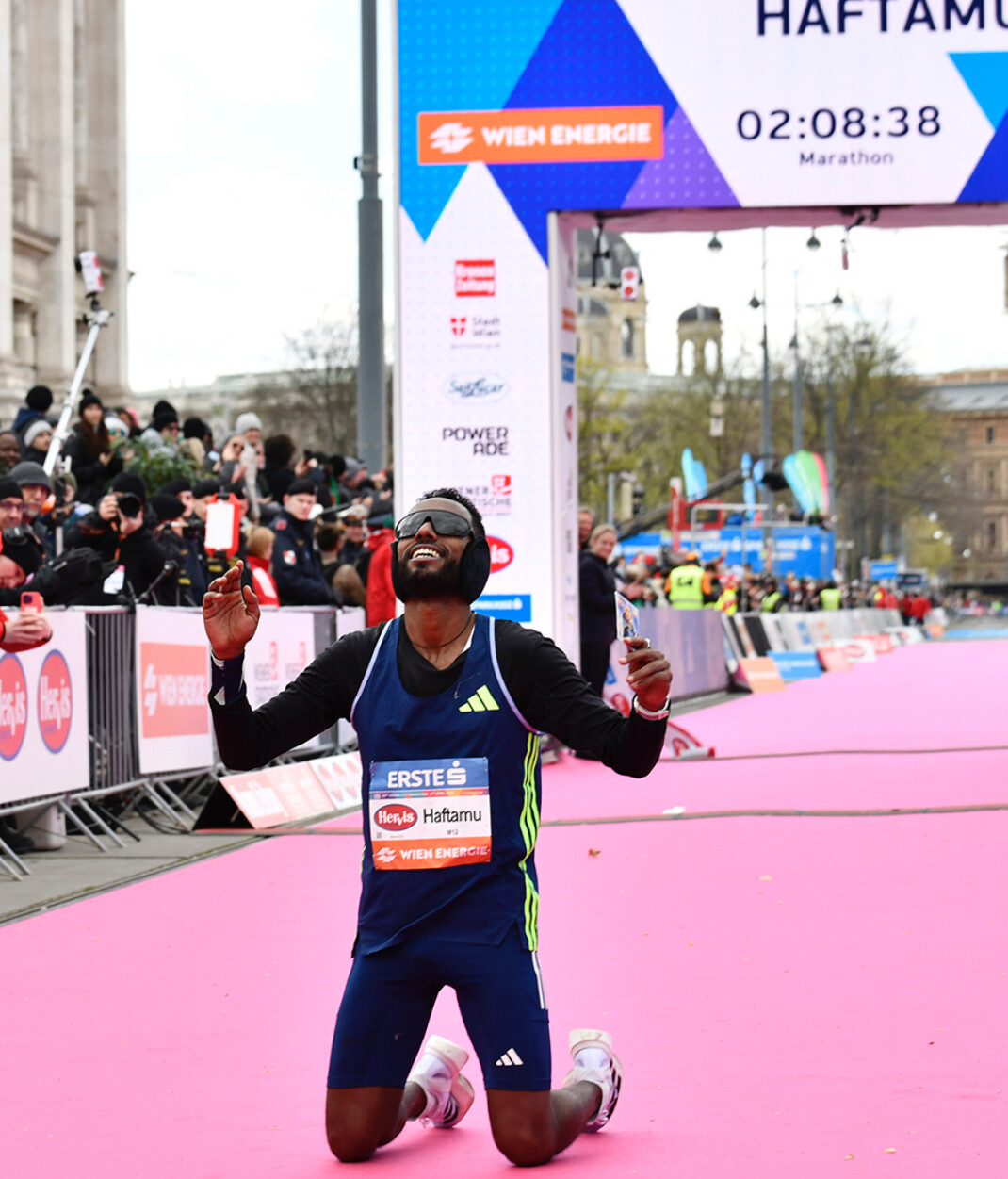
In the women’s race, Betty Chepkemoi made a massive leap forward, chopping over ten minutes off her personal best to win in 2:24:14. Fellow Kenyans Rebecca Tanui (2:25:18) and Catherine Cherotich (2:25:45) rounded out the podium, while Germany’s Fabienne Königstein placed fourth in 2:28:49, just weeks after her Nagoya Marathon performance.
Record-Breaking Participation
Despite near-freezing temperatures at the start — the coldest in race history since 1986 — the Vienna City Marathon attracted a record field of 46,083 participants from 146 nations, including 12,968 marathoners, the most ever for the event.
Challenging Conditions, Slower Pacing
The cold (just 2°C at the start, with a “feels like” of -5°C) prevented any record-breaking times. The men’s lead pack passed halfway in 63:32, staying within range of a 2:07–2:08 finish before Abadisurged away near 29K. Notably, Abadi ran in full cold-weather gear — gloves, ear protection, and a long-sleeved shirt — while the others opted for lighter kits.
“I had hoped to run 2:05–2:06, but that wasn’t possible today,” Abadi said. “I’m happy with the win and I know I can go faster in better conditions.”
The women’s race began cautiously, with a 5K split of 17:24 pointing toward a 2:27 finish. But the Kenyan trio pulled away before halfway and Chepkemoi made her move with 6K to go, running solo to the finish.
“I’m so happy,” she said. “It was cold, and there were no pacemakers after halfway, but I know I can go faster next time.”
5K City Race Shines on the Eve of the Marathon
Vienna’s growing 5K race, held the day before the marathon on the iconic Ringstraße, also saw standout performances. Timo Hinterndorfer battled strong winds to set a course record of 14:17, with Markus Reißelhuber (14:51) and Thys Moreau of Belgium (15:00) finishing second and third.
In the women’s 5K, Sophie Hicks of New Zealand topped a strong Austrian field in 16:20, followed by Cordula Lassacher (16:27) and defending champion Lena Millonig (16:35).
Top 8 Marathon Results
Men:
1. Haftamu Abadi (ETH) – 2:08:28
2. Mica Cheserek (KEN) – 2:10:23
3. Mogos Tuemay (ETH) – 2:10:33
4. Asbel Rutto (KEN) – 2:11:37
5. Edward Koonyo (KEN) – 2:12:29
6. Geoffrey Koech (KEN) – 2:12:31
7. Justus Kangogo (KEN) – 2:13:25
8. Felix Kurui (KEN) – 2:14:36
Women:
1. Betty Chepkemoi (KEN) – 2:24:14
2. Rebecca Tanui (KEN) – 2:25:18
3. Catherine Cherotich (KEN) – 2:25:45
4. Fabienne Königstein (GER) – 2:28:49
5. Faith Chepkoech (KEN) – 2:30:00
6. Nora Szabo (HUN) – 2:30:31
7. Risper Chebet (KEN) – 2:32:39
8. Eva Wutti (AUT) – 2:37:43
by Race News Service
Login to leave a comment
Vienna City Marathon
More than 41,000 runners from over 110 nations take part in the Vienna City Marathon, cheered on by hundreds of thousands of spectators. From the start at UN City to the magnificent finish on the Heldenplatz, the excitement will never miss a beat. In recent years the Vienna City Marathon has succeeded in creating a unique position as a marathon...
more...Sam Ruthe to Compete in 3200-Meter Race at Arcadia Invitational on His 16th Birthday
On April 12, 2025, the day he turns 16, New Zealand’s rising distance running star Sam Ruthe will compete in the 3200-meter race at the prestigious Arcadia Invitational in California. This event, renowned as the “Home of National Records,” is considered the most competitive high school track and field meet in the United States. It is held annually at Arcadia High School in Arcadia, California.
Sam’s participation follows a series of remarkable achievements. On March 19, at just 15, he became the youngest person ever to run a sub-four-minute mile, clocking 3:58.35 at Auckland’s Go Media Stadium. This feat surpassed the previous record held by Norway’s Jakob Ingebrigtsen, who ran a sub-four-minute mile at 16 years and 250 days. Continuing his impressive form, Sam set a new world age-15 best in the 1500 meters with a time of 3:40.12 at the Maurie Plant Meet in Melbourne on March 29.
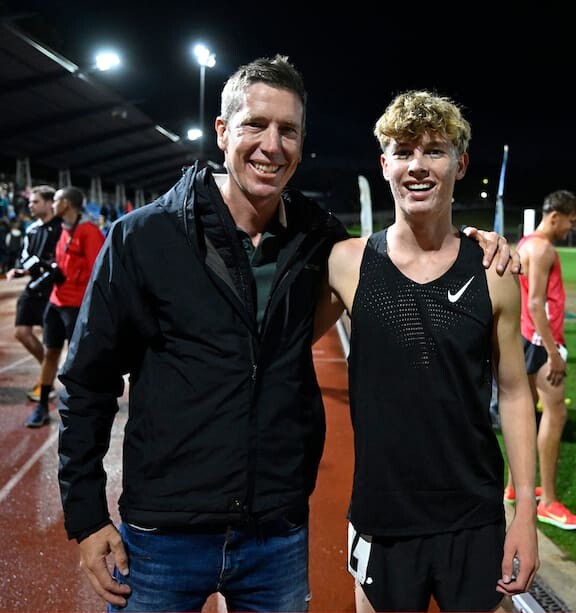
The Arcadia Invitational’s 3200-meter race has been a platform for outstanding performances. In April 2023, Simeon Birnbaum set a meet record with a time of 8:34.10. The following year, 37 boys achieved sub-9-minute times in the 3200 meters, highlighting the event’s competitive depth.
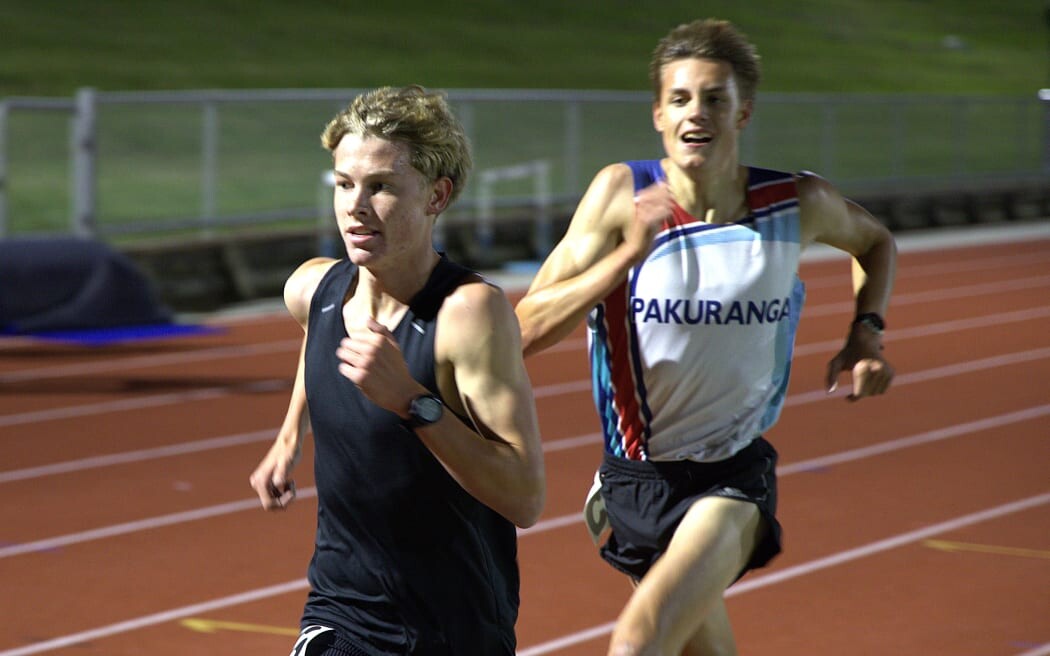
As Sam prepares to compete against top high school athletes in this challenging race, his recent accomplishments suggest he is poised to make a significant impact. Whether aiming for a personal best or seeking to challenge meet records, Sam’s 16th birthday race at Arcadia promises to be a memorable milestone in his burgeoning.
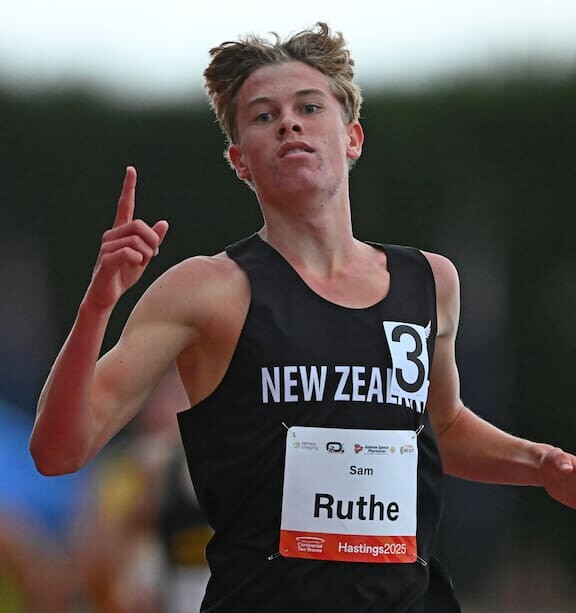
by Boris Baron
Login to leave a comment
Highlights from the Opening Day of the World Athletics Indoor Championships in Nanjing
The World Athletics Indoor Championships began on March 21, 2025, in Nanjing, China, featuring outstanding performances across various events.
Matheus Lima da Silva Sets South American Record
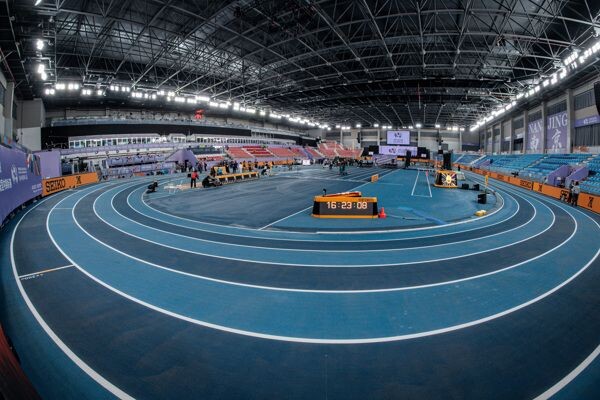
Brazil’s Matheus Lima da Silva set a new South American indoor record in the men’s 400 meters, clocking 45.79 seconds to win his heat and advance to the semifinals.
Triple Jump Gold for Andy Díaz Hernández
Italy’s Andy Díaz Hernández secured gold in the men’s triple jump with a leap of 17.80 meters, setting a new Italian record. China’s Zhu Yaming took silver with 17.33 meters, and Brazil’s Almir Dos Santos earned bronze with 17.22 meters.
Jeremiah Azu Triumphs in Men’s 60 Meters
Great Britain’s Jeremiah Azu won the men’s 60 meters final, recording a personal best of 6.49 seconds. Australia’s Lachlan Kennedy finished second in 6.50 seconds, and South Africa’s Akani Simbine claimed bronze with 6.54 seconds.
Woo Sang-hyeok Wins High Jump
South Korea’s Woo Sang-hyeok claimed gold in the men’s high jump, clearing 2.31 meters. New Zealand’s Hamish Kerr and Jamaica’s Raymond Richards both cleared 2.28 meters, earning silver and bronze respectively based on countback rules.
Strong Performances in Middle-Distance Events
In the men’s 800 meters heats, France’s Yanis Meziane led with a time of 1:46.07, followed by the USA’s Brandon Miller at 1:46.47, and Puerto Rico’s John Rivera at 1:46.84.
The opening day set a high standard, with athletes delivering exceptional performances and setting the stage for an exciting competition ahead.
by Boris Baron
Login to leave a comment
Sam Ruthe Breaks Barriers as 15-Year-Old Runs Historic Sub-4-Minute Mile
On March 19, 2025, 15-year-old New Zealand runner Sam Ruthe stunned the athletics world by running a 3:58.35 mile in Auckland, making him the youngest person ever to break the elusive four-minute barrier. The achievement cements Ruthe as one of the most promising young talents in distance running and places him in elite company among middle-distance legends.
A Legacy of Speed – Ruthe’s Background and Development
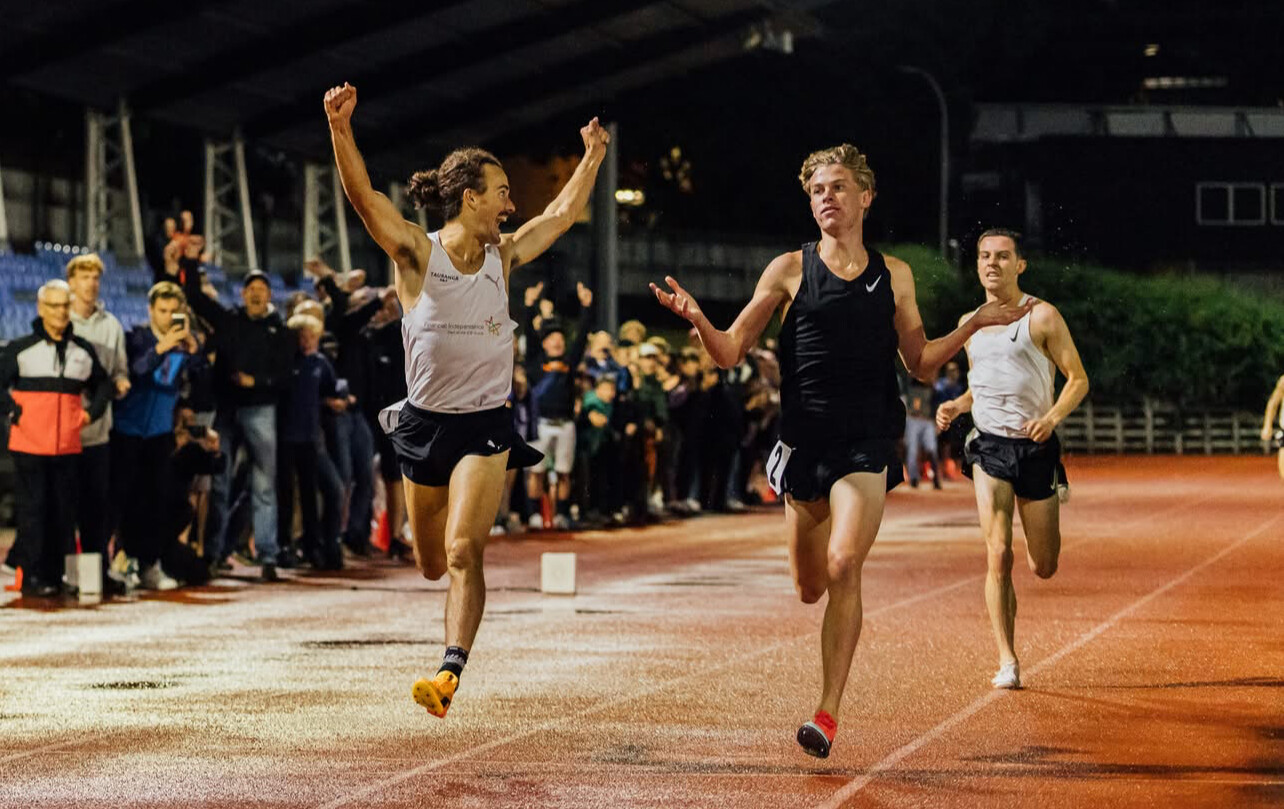
Ruthe’s meteoric rise in athletics comes as no surprise, given his deep-running pedigree. His parents, Ben and Jess Ruthe, are both accomplished New Zealand distance runners, and his grandparents, Trevor and Rosemary Wright, also left their mark on the sport—Rosemary Wright won Commonwealth Games gold in the 800 meters in 1970.
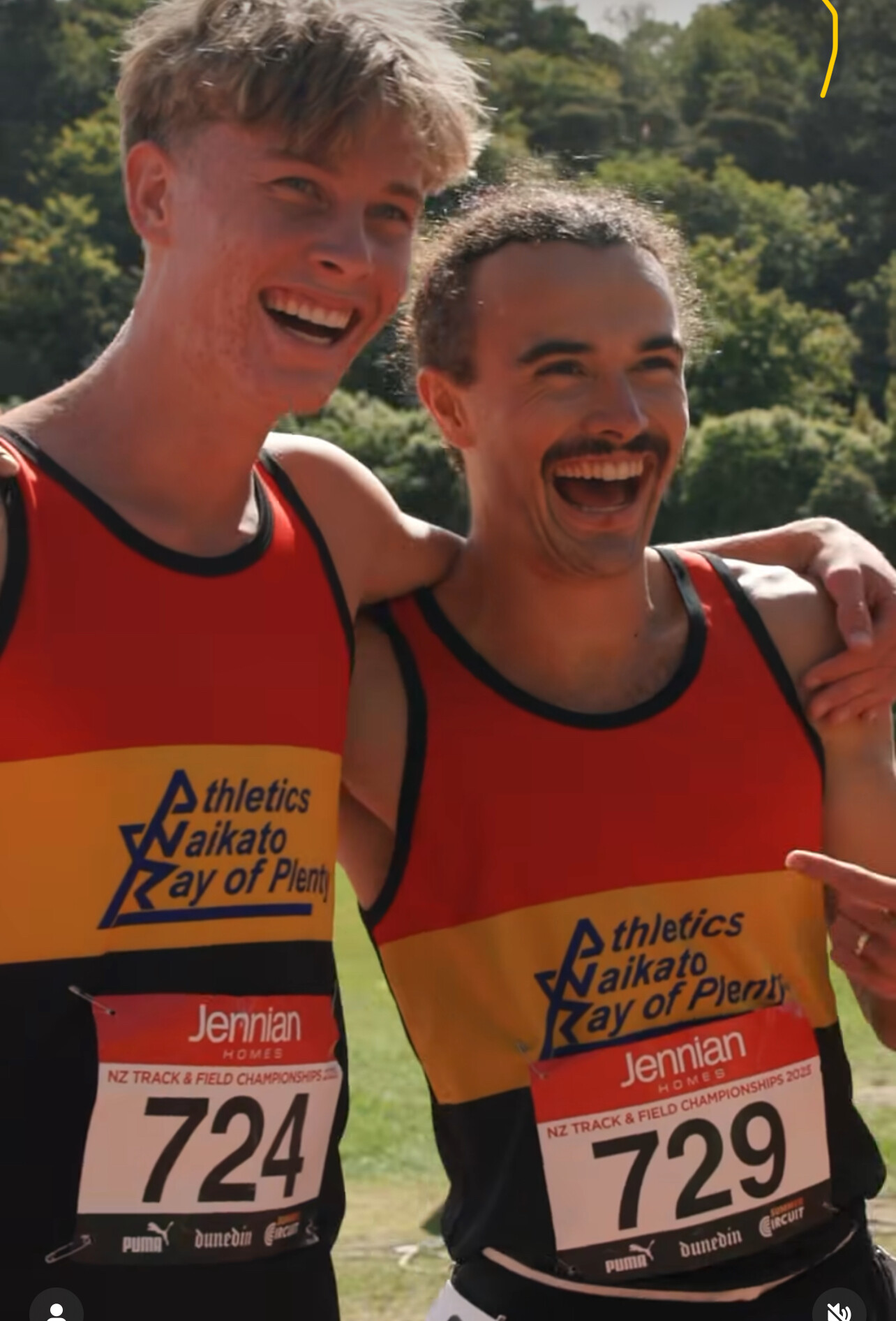
Guided by coach Craig Kirkwood, Ruthe has demonstrated extraordinary potential. In November 2024, he shattered the New Zealand under-17 and under-18 3000m records, clocking 8:09.68—the fastest time ever recorded by a 15-year-old for that distance. That performance hinted at something special, but few could have predicted his historic mile breakthrough just months later.
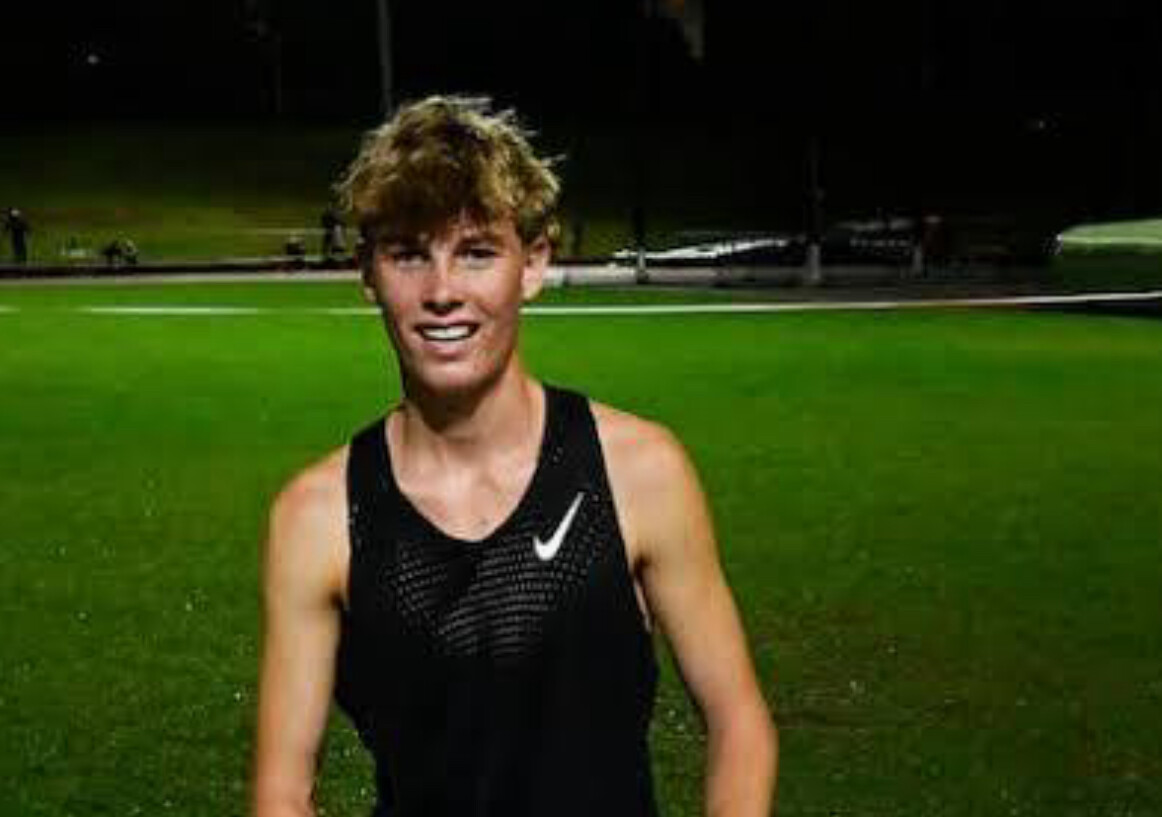
Breaking the Barrier – The 3:58.35 Mile
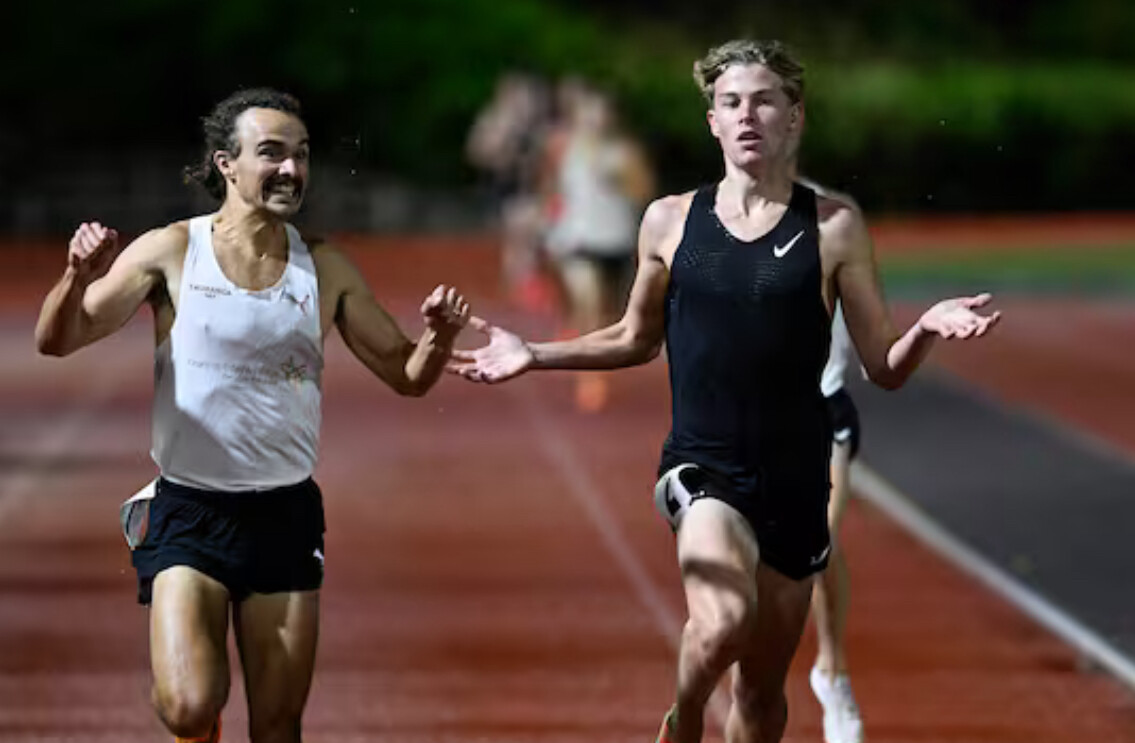
The sub-four-minute mile remains one of the most revered milestones in track and field, a mark that has defined greatness since Roger Bannister first achieved it in 1954. Until now, Norway’s Jakob Ingebrigtsen had been the youngest to break four minutes, running 3:58.07 at age 16 in 2017. Ruthe, at just 15, has rewritten history.
The race itself was a masterclass in pacing and composure. Running on Auckland’s Millennium Stadium track, Ruthe stayed patient through the opening laps before unleashing a devastating final kick. As he crossed the finish line in 3:58.35, the crowd erupted, realizing they had just witnessed a moment that would be talked about for years to come.
The Future of a Rising Star
With world-class endurance, speed, and a seemingly limitless ceiling, Ruthe’s career is just beginning. His ability to set records at such a young age raises intriguing questions about how fast he can go and what he can achieve on the global stage.
As he continues to develop under expert guidance, the world will be watching. Could he be New Zealand’s next Olympic great? If his recent performances are any indication, this is only the beginning.
Login to leave a comment
Teen Phenom Sam Ruthe Shatters Age-Group 1500m Record at Sir Graeme Douglas International
New Zealand's rising middle-distance star, Sam Ruthe, has added yet another milestone to his stunning season, breaking a world best for 1500 meters previously held by two-time Olympic champion Jakob Ingebrigtsen of Norway.
Competing at the Sir Graeme Douglas International in Auckland on February 9, 2025, the 15-year-old sensation clocked an incredible 3:41.25, finishing second behind Japan’s Ryoji Tatezawa (3:40.20). Along the way, Ruthe obliterated New Zealand's U17 and U18 records in yet another remarkable display of his talent.
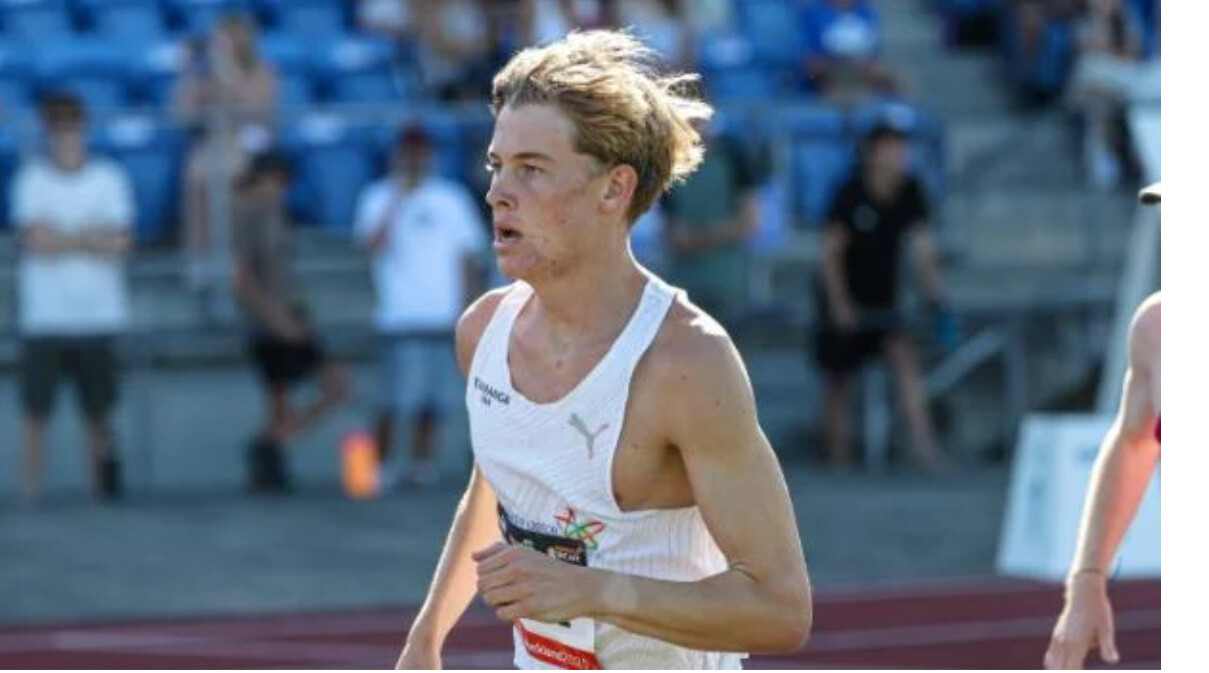
His latest feat continues a historic two-week streak that has seen him produce jaw-dropping times across multiple distances:
4:01.72 for the mile
1:50.57 for 800m
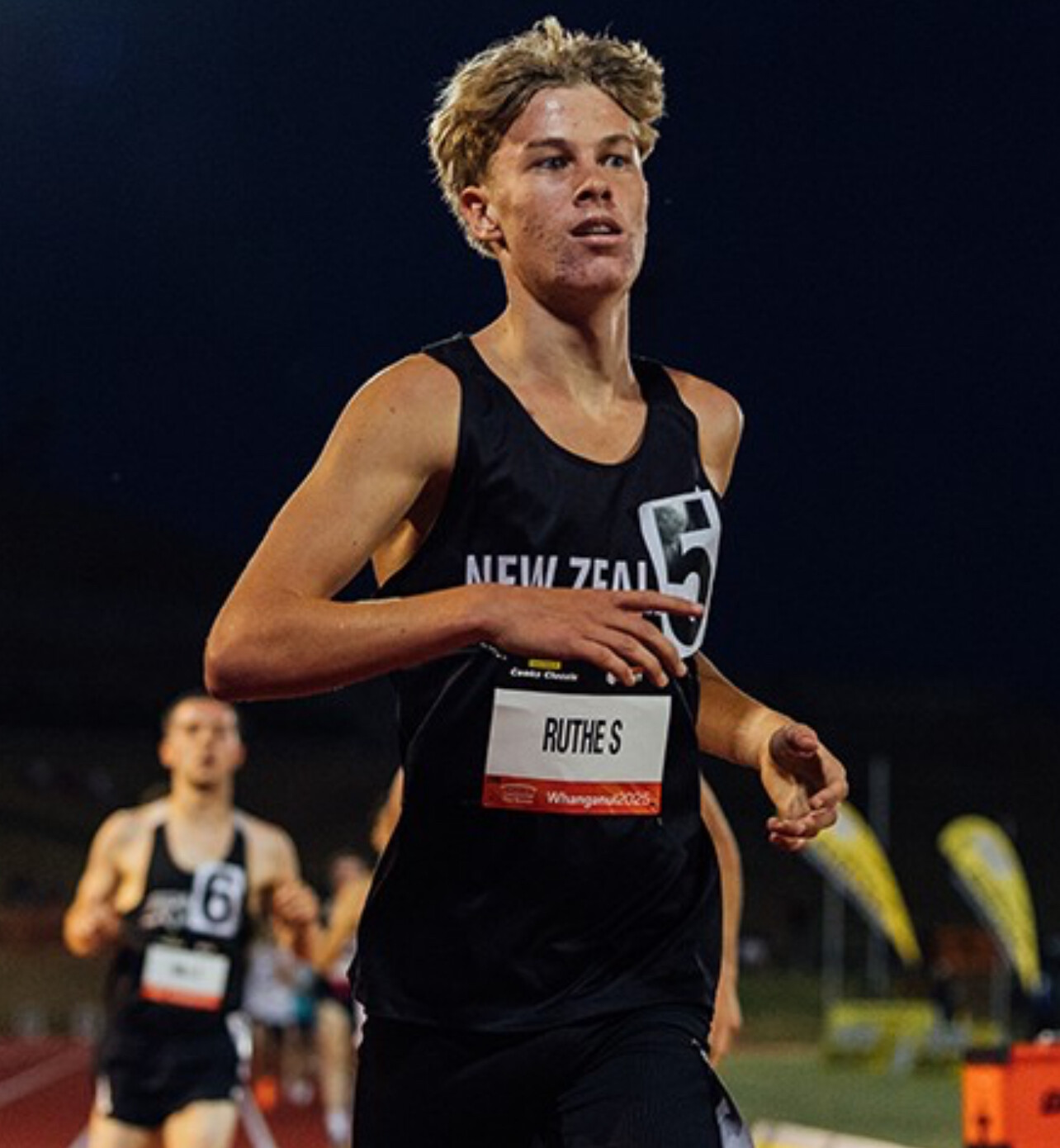
7:56.18 for 3000m
Ruthe also recently became the youngest athlete to ever win a senior men’s national title in New Zealand.
While thrilled with his performance, Ruthe admitted that surpassing Ingebrigtsen’s age-group mark wasn’t his primary focus going into the race.
"I wasn't exactly targeting that record," he said. "I just went into the race hoping to do the best I could in terms of placing, and it was a bonus to get his record. I definitely had it in the back of my mind."
His time shaved over five seconds off his previous best, set en route to his mile record two weeks ago in Whanganui.
As in his 3000m national title race a week earlier, Ruthe executed a patient and tactical race, staying with the lead pack while others faded. Entering the final 100 meters in fourth, he unleashed a devastating kick, overtaking Australians Will Lewis and Matt Hussey to secure second place.
"I was actually quite lucky they both moved out quite wide, so I could find the gap," Ruthe explained. "It felt real, real nice having that gap open up. I go into these races, parking in behind the other people and hoping they pull me through—and this race did exactly that."
With every performance, Ruthe inches closer to an even bigger goal—becoming the youngest athlete to break four minutes for the mile, a feat also accomplished by Ingebrigtsen at 16 years old. His latest 1500m time suggests he’s within striking distance.
His next opportunity to chase history? The Maurie Plant Meet in Melbourne next month, where his performance in Auckland should secure him a spot in the elite mile field.
Ruthe's 3:41.25 brings him agonizingly close to another milestone—his father’s best time. Former New Zealand 1500m champion Ben Ruthe still holds the household record by just three-hundredths of a second.
"That's alright," the younger Ruthe said with a grin. "I don't think he'll have it for long, so he should enjoy it while it lasts."
With his meteoric rise, it’s only a matter of time before Sam Ruthe rewrites not just family records—but history itself.
by Boris Baron
Login to leave a comment
5 Reasons to run outside all winter—and get stronger, tougher, faster, healthier and happier
In the winter of 1939, when the military posted Swedish miler Gundar Hagg to the far north of that nordic country, he devised a unique training program of running on trails through knee- or hip-deep snow. Most days he would do 2500 meters in snow for strength, followed by 2500 meters on a cleared road for turn-over. But during those times when he couldn’t find cleared roads—sometimes for weeks—he’d run up to the full 5-kilometers in snow. The next summer he set huge PRs, coming within one second of the mile world record.
Hagg continued his routine in subsequent winters, devising a hilly 5K loop in a different locale that trudged through snowy forest for 3000 meters then ended with a 2000 meter stretch of road where he could run at full speed. He kept improving, and the summer of 1942 he set 10 world records between the 1500 and 5,000 meters.
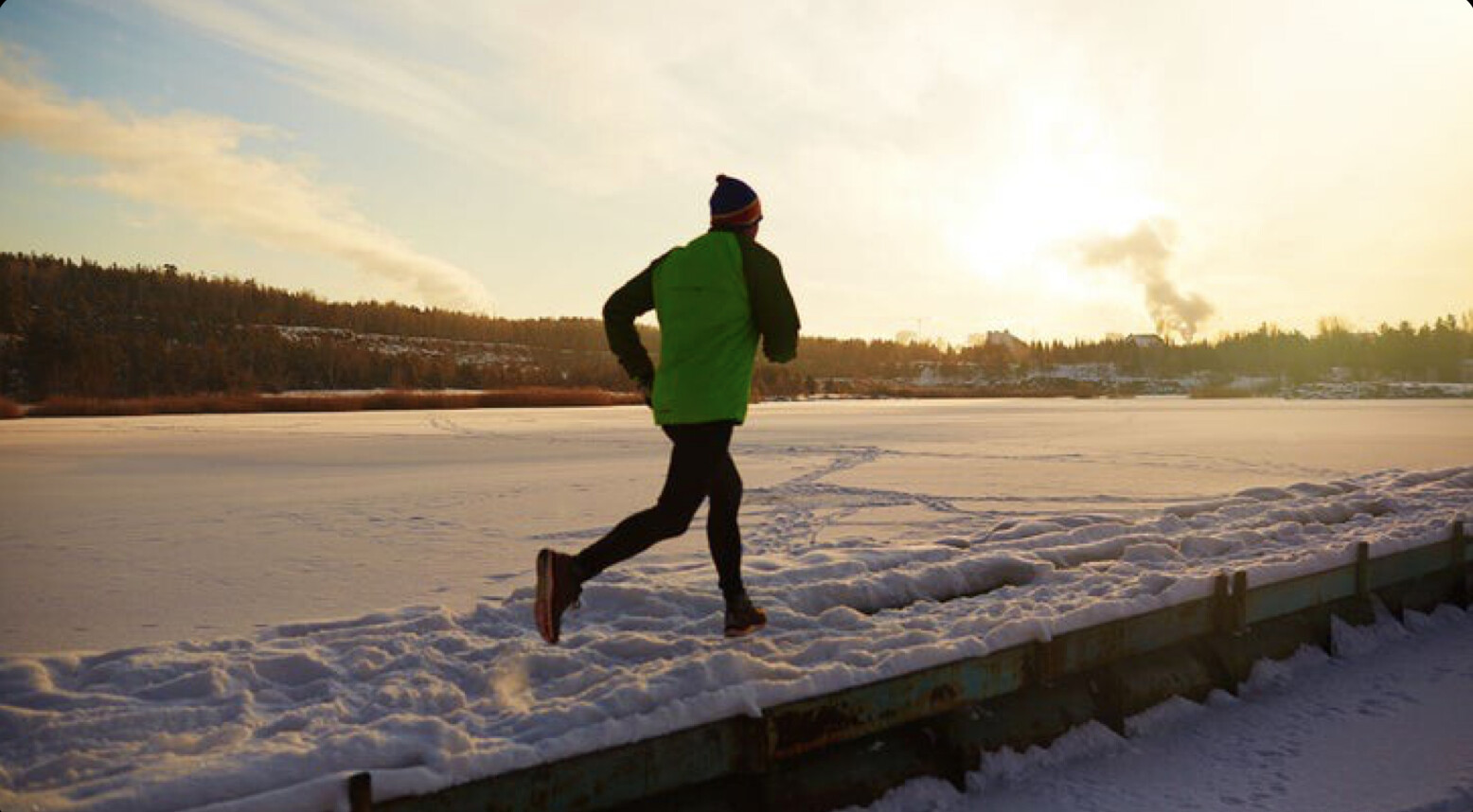
While Hagg’s routine was created out of necessity, he obviously valued the snowy training. When he moved to a city with a milder climate, he wrote in a training journal, “It will be harder running than any previous year. Probably there won’t be much snow.” And every winter he scheduled trips north to train on the familiar, tough, snowy trails.
Hagg isn’t the only runner who has found winter training valuable. Roger Robinson, who raced internationally for England and New Zealand in the 1960s before setting masters road records in the ‘80s, recalls his training for the deep-winter English cross country championships of the 1950’s and 60s. “We ran, often at race pace, over snow, mud, puddles, deep leaves, ploughed fields, scratchy stubble, stumpy grass, sticky clay, sheep-poo, whatever, uphill and down,” Robinson says. “And thus, without going near a gym or a machine, we developed strength, spring, flexibility, and stride versatility that also paid off later on the road or track; I made one of my biggest track breakthroughs after a winter spent running long intervals on a terrain of steep hills and soft shifting sand.”
Robinson, now 85, with two artificial knees, still runs in the cold and slop. “Running is still in great part about feeling the surfaces and shape of the earth under my feet,” he says.
Hagg and Robinson are of a different generation than those of us with web-connected treadmills that can let us run any course on earth from the comfort of our basement, but they’re on to something we might still benefit from: winter can be an effective training tool. Here are five reasons you’ll want to bundle up and head out regardless of the conditions, indeed, why you can delight when it is particularly nasty out.
1) Winter Running Makes You Strong
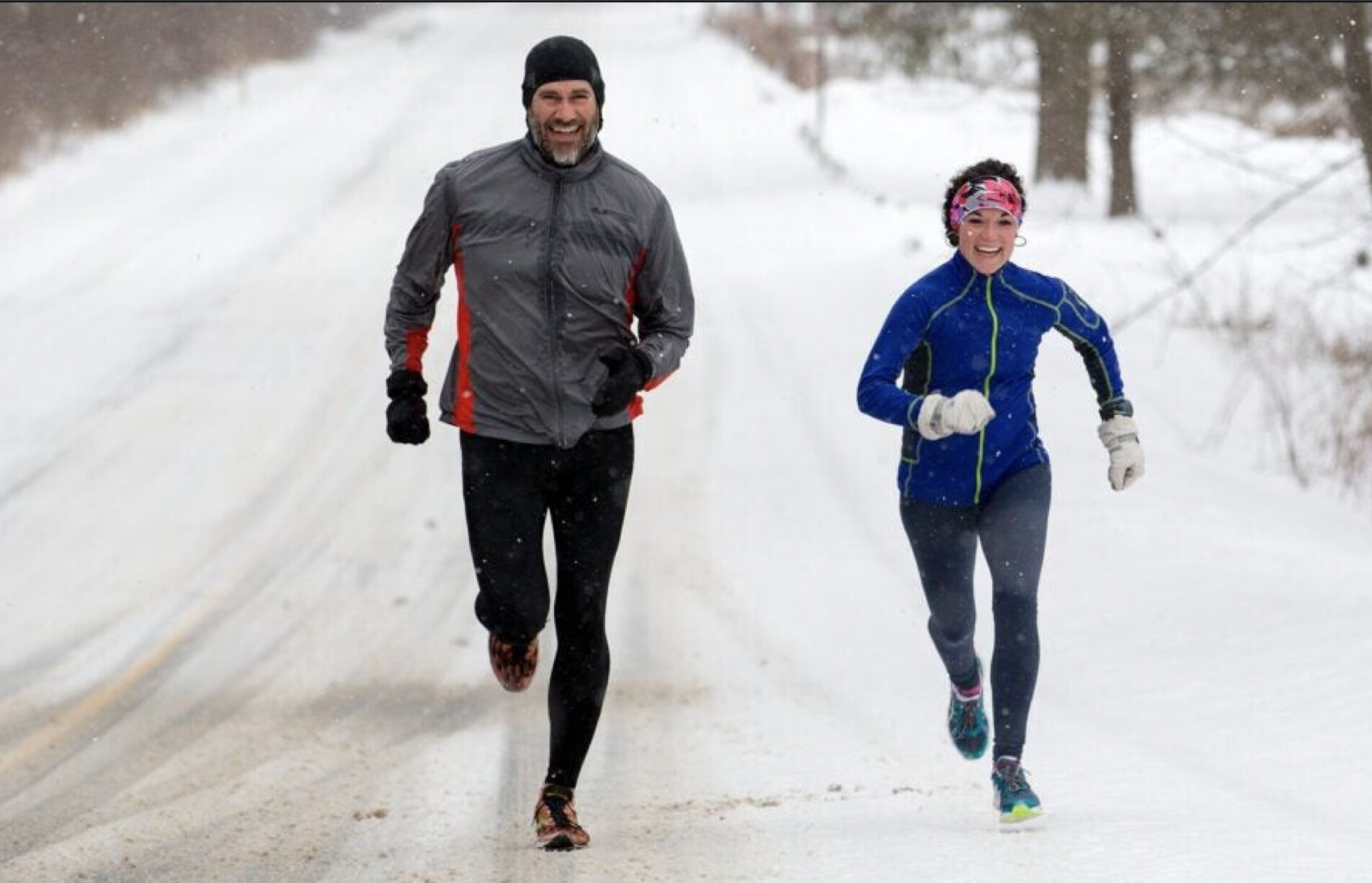
As Hagg demonstrated and Robinson points out, winter conditions work muscles and tendons you’d never recruit on the smooth, dry path. A deep-winter run often ends up being as diverse as a set of form and flexibility drills: high knees, bounds, skips, side-lunges, one-leg balancing.
Bill Aris, coach of the perennially-successful Fayetteville-Manlius high school programs, believes that tough winter conditions are ideal for off-season training that has the goal of building aerobic and muscular strength. He sends the kids out every day during the upstate New York winter, and says they come back, “sweating, exhausted and smiling, feeling like they have completely worked every system in their bodies.”
2) Winter Running Makes You Tough
No matter how much you know it is good for you and that you’ll be glad when you’re done, it takes gumption to bundle up, get out the door and face the wintry blast day after day. But besides getting physically stronger, you’re also building mental steel. When you’ve battled snow and slop, darkness and biting winds all winter, the challenges of distance, hills and speed will seem tame come spring.
3) Winter Running Improves Your Stride
Running on the same smooth, flat ground every day can lead to running ruts. Our neuromuscular patterns become calcified and the same muscles get used repeatedly. This makes running feel easier, but it also predisposes us to injury and prevents us from improving our stride as we get fitter or improve our strength and mobility. Introducing a variety of surfaces and uncertain footplants shakes up our stride, recruits different muscles in different movement patterns, and makes our stride more effective and robust as new patterns are discovered.
You can create this stride shake-up by hitting a technical trail. But as Megan Roche, physician, ultrarunning champion, clinical researcher at Stanford and Strava running coach, points out, “A lot of runners don’t have access to trails. Many runners are running on flat ground, roads—having snow and ice is actually helpful, makes it like a trail.”
In addition to creating variety, slippery winter conditions also encourage elements of an efficient, low-impact stride. “One thing running on snow or ice reinforces is a high turn over rate and a bit more mindfulness of where your feet are hitting the ground,” Roche says. “And those two things combine to a reduced injury risk.” After a winter of taking quicker, more balanced strides, those patterns will persist, and you’ll be a smoother, more durable runner when you start speeding up and going longer on clearer roads.
4) Winter Running Makes You Healthier
“Exercising in general, particularly during periods of higher cold or flu season has a protective effect in terms of the immune system,” says Roche. You get this benefit by getting your heart rate up and getting moving even indoors, but Roche says, “Getting outside is generally preferable—fresh air has its own positive effect.”
Cathy Fieseler, ultrarunner, sports physician, and chairman of the board of directors of the International Institute of Race Medicine (IIRM), says there’s not much scientific literature to prove it, but agrees that in her experience getting outside has health benefits. “In cold weather the furnace heat in the house dries up your throat and thickens the mucous in the sinuses,” Fieseler says. “The cold air clears this out; it really clears your head.”
Fieseler warns, however, that cold can trigger bronchospasms in those with asthma, and Roche suggests that when it gets really cold you wear a balaclava or scarf over your mouth to hold some heat in and keep your lungs warmer. “Anything below zero, you need to be dressed really well and mindful of your lungs, making sure that you’re not exposing your lungs to too cold for too long,” Roche says.
5) Winter Running Makes You Feel Better
For all its training and health benefits, the thing that will most likely get most of us out the door on white and windy days is that it makes us feel great. “A number of runners that I coach and that I see in clinics suffer from feeling more depressed or a little bit lower in winter,” says Roche. “Running is a great way to combat that. There’s something really freeing about getting out doors, feeling the fresh air and having that outdoor stress release.”
Research shows that getting outside is qualitatively different than exercising indoors. A 2011 systematic review of related studies concluded, “Compared with exercising indoors, exercising in natural environments was associated with greater feelings of revitalization and positive engagement, decreases in tension, confusion, anger, and depression, and increased energy.” They also found that “participants reported greater enjoyment and satisfaction with outdoor activity and declared a greater intent to repeat the activity at a later date.”
That “intent to repeat” is important. Running becomes easier and more enjoyable, the more you do it. “Consist running is really the most fun running,” Roche says. “It takes four weeks of consistency to really feel good. Your body just locks into it.”
Most people associate consistency with discipline, and setting goals and being accountable is an effective way to build a consistent habit. Strava data shows that people who set goals are much more consistent and persistent in their activities throughout the year. The desire to achieve a goal can help overcome that moment of inertia when we’re weighing current comfort with potential enjoyment.
But the best way to create long-term consistency is learning to love the run itself. Runners who make it a regular part of their life talk little about discipline and more about how much they appreciate the chance to escape and to experience the world on their run each day—even, perhaps especially, on the blustery, cold, sloppy ones.
Login to leave a comment
Slovak runner shatters 7-day treadmill world record
Last Thursday, Serbian-Slovak ultra-runner Michal Šuľa began a week-long venture going nowhere. Seven days later, the 50-year-old successfully completed his attempt at the Guinness World Record for greatest distance covered on a treadmill in one week (pending verification), covering 912.22 km in 168 hours. Šuľa streamed his entire run live on YouTube.
With 17 hours to spare, Šuľa had already surpassed the Guinness World Record. “The Guinness record is behind us… 151 h, 846.52 km,” Šuľa announced on Facebook, where he posted regular updates of his progress. In his live stream, viewers could watch friends keep him company in the room and on the second treadmill. A white board was constantly refreshed hourly with the runner’s logged distance, and “sleep” was written when Šuľa stepped off the treadmill for periodic breaks.

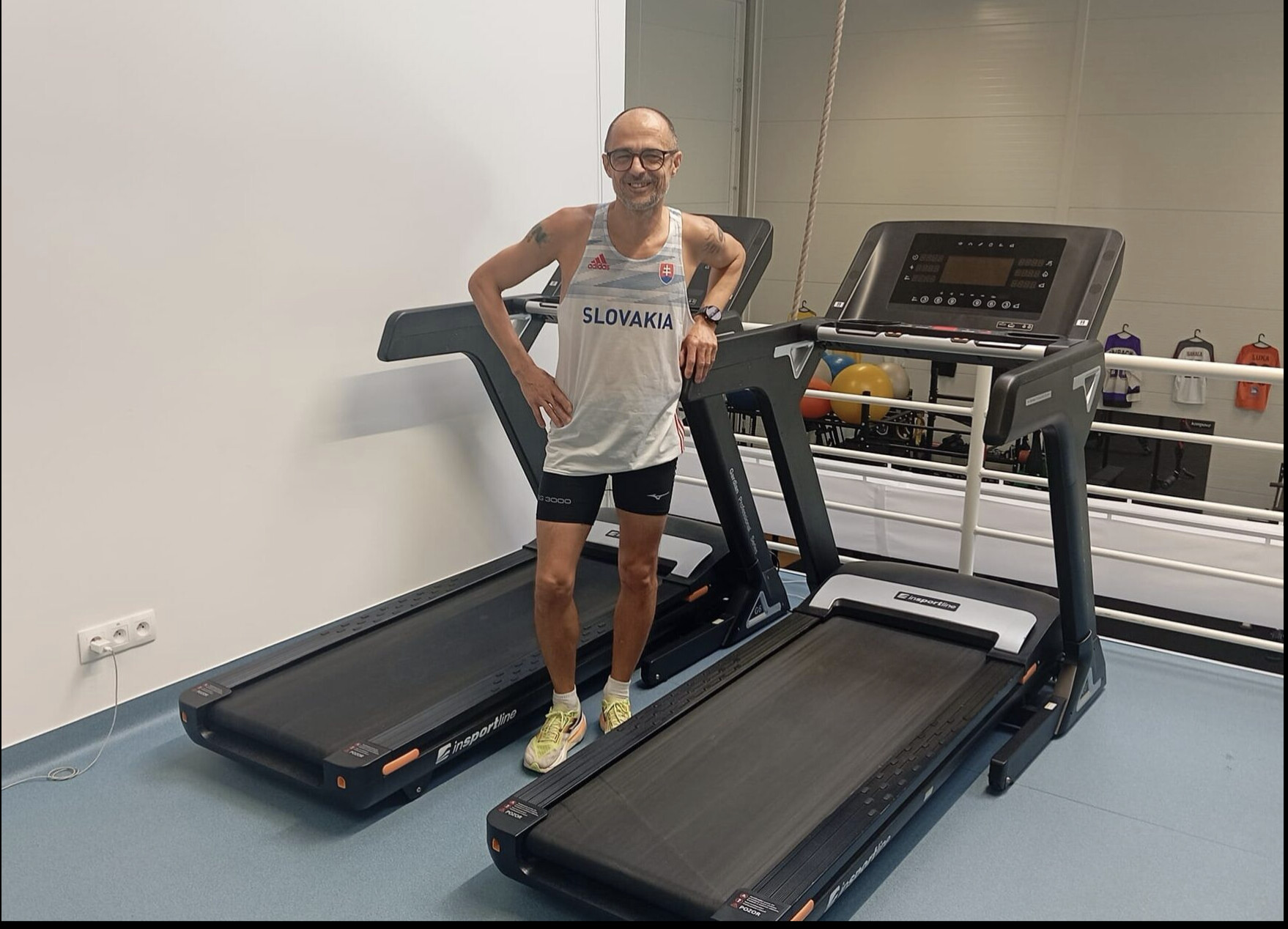
The previous record of 843.94 km had been held by the U.K.’s Jamie McDonald since 2019. Šuľa’s run also surpasses the female seven-day treadmill world record of 846.16, held by New Zealand’s Emma Timmis since June 2024.
Šuľa took on the challenge at a physical therapy clinic, the Movement Institute, in Bratislava, Slovakia. The organization shared the runner’s entire journey on Instagram, YouTube and Facebook. “Michal is aiming even further–his goal is an incredible 1,060 km!” the Movement Institute wrote on Facebook. According to Šuľa, the official, non-Guinness seven-day world record stands at 1,056 km. He fell short of taking down this record in addition to the other two.
In early 2024, Šuľa became a two-time Slovakian champion; he won the 24-hour national championship in March in Nitra, Slovakia, logging 224 km, and climbed to the top of the podium again at the 100-km race in June in Šamorín, Slovakia. Šuľa clocked 7:34:22, winning by nearly an hour and a half.
According to recordholders.org, Šuľa also managed to break the 6-hour treadmill world record on Dec. 14, less than four weeks ago; he ran 85.89 km over the half-dozen hours. His performance exceeded the previous record of 53.05 km, run by Italy’s Luca Ricci in April 2024.
Login to leave a comment
Slovak runner shatters 7-day treadmill world record
Last Thursday, Serbian-Slovak ultra-runner Michal Šuľa began a week-long venture going nowhere. Six days later, the 50-year-old successfully completed his attempt at the Guinness world record for greatest distance covered on a treadmill in one week (pending verification), covering 846.52 km in 151 hours (six days and seven hours). Šuľa streamed his entire run live on YouTube–and as of Wednesday afternoon, he’s still running.
“The Guinness record is behind us… 151 h, 846.52 km,” Šuľa announced on Facebook, where he posted regular updates of his progress. In his live stream, viewers can watch friends keep him company in the room and on the second treadmill. A white board is constantly refreshed hourly with the runner’s logged distance, and “sleep” is written when Šuľa steps off the treadmill for periodic breaks.
The previous record of 843.94 km had been held by the U.K.’s Jamie McDonald since 2019. Šuľa’s run also surpasses the female seven-day treadmill world record of 846.16, held by New Zealand’s Emma Timmis since June 2024.
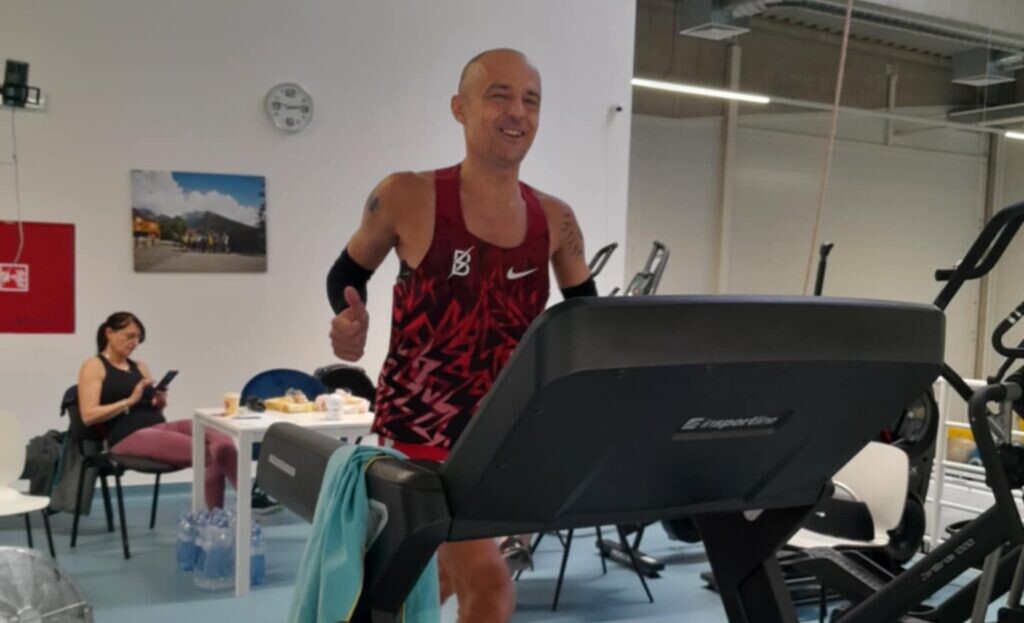
Šuľa took on the challenge at a physical therapy clinic, the Movement Institute, in Bratislava, Slovakia. The organization shared the runner’s entire journey on Instagram, YouTube and Facebook. “Michal is aiming even further–his goal is an incredible 1,060 km!” the Movement Institute wrote on Facebook. According to Šuľa, the official, non-Guinness seven-day world record stands at 1,056 km.
In early 2024, Šuľa became a two-time Slovakian champion; he won the 24-hour national championship in March in Nitra, Slovakia, logging 224 km, and climbed to the top of the podium again at the 100-km race in June in Šamorín, Slovakia. Šuľa clocked 7:34:22, winning by nearly an hour and a half.
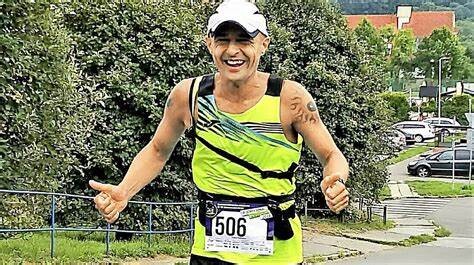
According to recordholders.org, Šuľa also managed to break the 6-hour treadmill world record on Dec. 14, less than four weeks ago; he ran 85.89 km over the half-dozen hours. His performance exceeded the previous record of 53.05 km, run by Italy’s Luca Ricci in April 2024.
by Cameron Ormond
Login to leave a comment
Olympic triathlon champ to make 42.2 debut at 2025 London Marathon
On Monday, the organizers of the TCS London Marathon announced there will be a new face headlining the 2025 race. Great Britain’s Alex Yee, the reigning Olympic triathlon champion from Paris 2024, will make his marathon debut on Sunday, April 27, in his hometown of London.
The 26-year-old, who has won four Olympic medals in triathlon, has a ton of experience in distance running, representing Great Britain in track and cross-country events internationally. He has a 5K personal best of 13 minutes and 26 seconds and has run under 28 minutes for 10,000 meters.
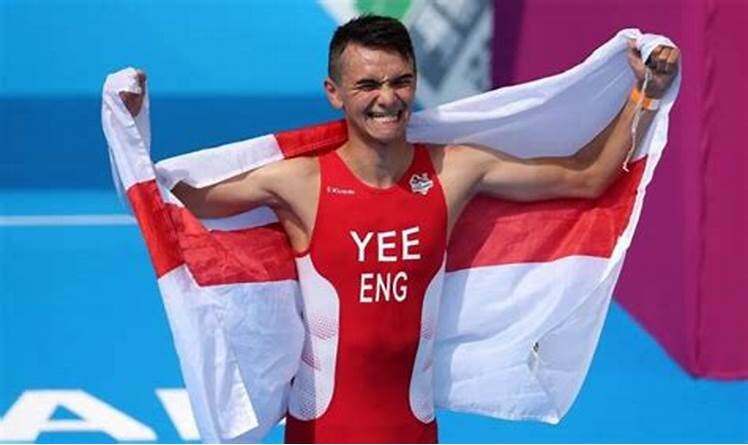
In triathlon, Yee is often regarded as the strongest runner in the sport. The reputation played in his favor earlier this summer in Paris when he caught New Zealand’s Hayden Wilde on the final lap of the Olympic triathlon to win gold. The strong field Yee will face at the 2025 TCS London Marathon will make it one of his biggest challenges to date. However, Yee will look to his home course advantage.
According to the press release, Yee raced the 2.6km Mini London Marathon five times during his junior career and grew up 15 minutes from the start line in Blackheath. “London Marathon day has been such a big part of my life growing up,” recalls Yee. “I remember racing the Mini London Marathon multiple times as a young athlete, and it was one of my biggest and most exciting races of the year. Taking part in a full marathon has always been an itch I’ve wanted to scratch, and there isn’t any other place than London where I would want to start that journey.”
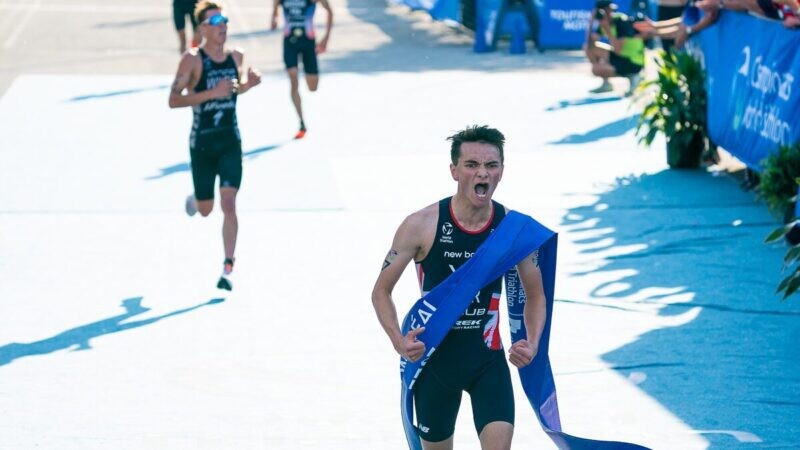
For his London build-up, Yee plans to put his triathlon training on pause to focus solely on marathon training. “I will be focusing my training over the coming months on the marathon and am looking forward to seeing what I can do over the 26.2 miles,” he said.
Last year, Kenya’s Alexander Munyao won his first Abbott World Marathon Major in London, denying Ethiopian distance legend Kenenisa Bekele a hoped-for first London Marathon win with a time of 2:04:01. Bekele did, however, set a new masters marathon record with his time of 2:04:15. The top British finisher was Emile Cairess, who ran 2:06:46 finish third, making him the second-fastest British marathon runner of all time behind Mo Farah.
Yee is the first runner announced for the 2025 London Marathon elite field. The full elite field will be announced in the new year.
by Marley Dickinson
Login to leave a comment
TCS London Marathon
The London Marathon was first run on March 29, 1981 and has been held in the spring of every year since 2010. It is sponsored by Virgin Money and was founded by the former Olympic champion and journalist Chris Brasher and Welsh athlete John Disley. It is organized by Hugh Brasher (son of Chris) as Race Director and Nick Bitel...
more...Jamaican Olympic gold medallist to try out for NFL
In recent years, we’ve seen several National Football League (NFL) stars step into the world of track and field, but it’s rare for a prominent track and field athlete to make the jump to football. The reigning Olympic champion in the men’s discus, Jamaica’s Roje Stona, will reportedly switch sports and try out for the NFL through its International Player Pathway (IPP) program.
According to an interview with ESPN, the 25-year-old feels he’s accomplished everything he wanted to in the discus, and will be trying out as a defensive end and tight end in the IPP camp, which starts in January 2025 in Florida.

“After the Olympics, [the IPP] reached out again. I was like, ‘Yo, the door’s open again,'” Stona told ESPN. “Of course, I was going to take it.”
Stona arrived at the Paris Olympics as an underdog in the men’s discus throw, as, earlier in the season, Lithuania’s Mykolas Alekna had broken the long-standing men’s world record with a throw of 74.35m. In the final, Stona ousted Alekna by three centimetres for gold, setting a new Olympic record of 70.00m. He won Jamaica’s only gold medal in athletics at Paris 2024.
Stona’s love for football started when he attended Clemson University, where he began his collegiate track and field career before transferring to the University of Arkansas. Stona will look to become the second currently active track and field athlete to join the NFL, following in the footsteps of American sprint hurdler Devon Allen, a member of the Philadelphia Eagles practice squad for two seasons.
If Stona is successful in the IPP program, he will earn a spot on an NFL roster. There are currently five IPP players on active rosters: Jordan Mailata (Philadelphia Eagles/Australia), Efe Obada (Washington Commanders/U.K.), Sammis Reyes (Minnesota Vikings/Chile), Thomas Odukoya (Tennessee Titans/Netherlands) and David Bada (Detroit Lions/Germany).
The discus thrower will be joined by 14 other international athletes trying out for the NFL from Australia, Fiji, France, Germany, Ireland, New Zealand, South Africa, the U.K. and Zimbabwe.
Login to leave a comment
Olympian Genevieve Gregson posts first marathon win in Melbourne
Genevieve Gregson has scored her first marathon win, two months after running in the event at the Paris Olympics..
The Queenslander won the Melbourne Marathon on Sunday in two hours, 28 minutes and 13 seconds, beating local Sarah Klein by nearly three minutes. Kate Mason, also from Melbourne, completed the women's podium in 2:34:08.
Genevieve's husband Ryan Gregson finished second in the men's race behind Jack Rayner, who clocked 2:11:49 after winning the Melbourne half-marathon for the past three years.
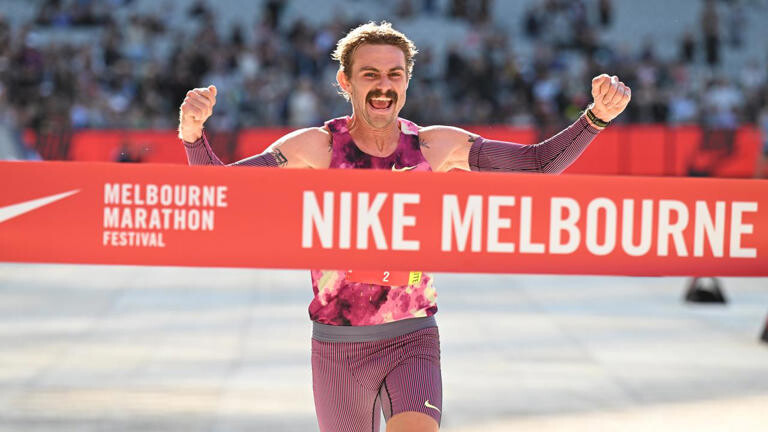
Gregson finished in 2:13:31 to take another step in his transition from middle-distance events, while New Zealander Christopher Dryden posted 2:18:10 for third.
It was the first time the two winners have run the full distance in Melbourne.
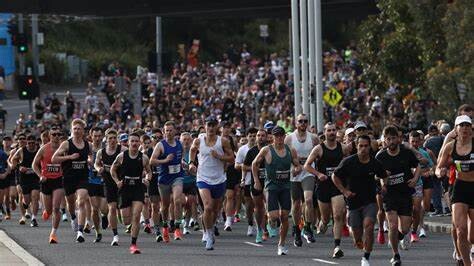
Paris was Genevieve's third marathon and she clocked 2:29:56 for 24th place at the Games, after running on the track at the previous three Olympics.
The 46th Melbourne Marathon festival attracted 42,000 runners, with Bendigo's Andy Buchanan winning the men's half-marathon in 1:01:42 after he also ran in the marathon at the Paris Games.
Leanne Pompeani from Canberra took out the women's race, posting 1:09:01 in an exciting finish.
Adelaide's Jess Stenson, one of Gregson's Paris Olympics marathon teammates, was only two seconds behind Pompeani in second.
Only eight seconds separated first from third, with Paris Olympics 5000m runner and fellow Adelaide entrant Izzi Batt-Doyle completing the podium.
by Roger Vaughan
Login to leave a comment
Melbourne Marathon
Be a part of Australia’s largest marathon and race alongside marathon legends. Circle around Albert Park Lake, Flinders Street Station, pass the St Kilda beach foreshore and cross the finish line at the MCG to cheers from supporters, family and friends. The Nike Melbourne Marathon is a competitive, adrenaline-filled race for those experienced in marathon running who want to set...
more...How Recreational Runners Get Through UTMB: 'It's All About Digging Deep into Yourself'
Wearing purple shorts, a blue and white tie-dyed T-shirt, a bright pink hat, a light blue Salomon hydration pack, fluorescent yellow-rimmed Oakley sunglasses, and a pair of Hoka Speedgoat 5 shoes, Chaiwen Chou was a vibe as she crossed the finish line of Ultra-Trail du Mont-Blanc (UTMB) on Sunday afternoon in Chamonix, France.
Chou, who had also freshened up the pink and purple tint of her hair before the race, stood out among the numerous other dusty and weary runners clad in more traditionally colored trail garb as they took their final strides in the epic 106-mile race around the Mont Blanc massif.
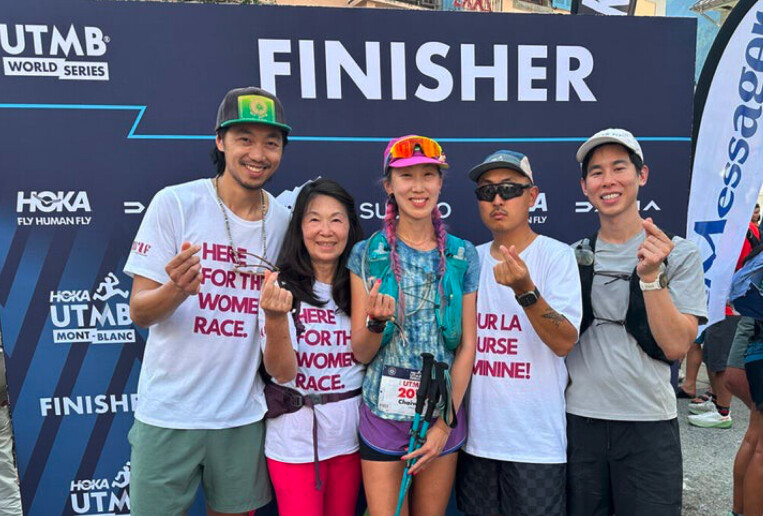
But what was most remarkable about the 41-year-old software developer from New York City was the huge smile on her face and expression of pure joy that emanated from her. When she arrived at the finish line after 45 hours and 15 minutes of running-about 75 minutes before the cutoff-she was beaming ear to ear and greeted with big hugs from her mom, brother, partner, and a good friend who helped crew her on her journey.
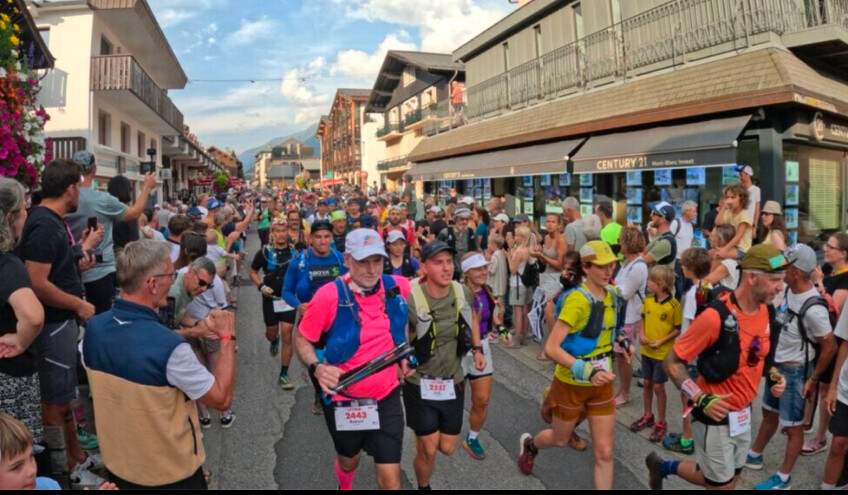
While her interest in running started on a bit of a whim a decade ago, her continued passion and progression have led her to run more than 30 trail running races, including the biggest and most celebrated one in the world. On Sunday, she was one of 95 American runners to complete the grueling UTMB course.
"So when I turned 30, I had this typical New Year's resolution, like, I want to get fit, I want to learn how to run," said Chou, who grew up in Massachusetts. "And then I met a friend who ran, and I started running with him and doing group runs. And then we started running trails, and we specifically entered The North Face Endurance Challenge, and that's where I ran my first marathon, and fell in love with trail running and then learned about ultrarunning and this whole world that I never even knew existed."For many recreational ultrarunners from around the world like Chou, UTMB sits at the top of their lifelong bucket list. It means starting at the same time as the elite professional runners on Friday evening in Chamonix, and maneuvering through the same rugged and aesthetic 106-mile loop with a daunting 32,000-feet plus of climbing and descending. It's historic, and the crowds and the energy around it are unparalleled.
It's also a monumental challenge to complete.
Trail Running's Infectious Buzz
Ultra-trail running is having a moment right now-especially since the end of the Covid pandemic-but it probably started a decade ago as the urge to run beyond the marathon gained mainstream traction and destination races around the world started to become desirable goal races for recreational runners.The North Face Endurance Challenge began as a singular 50-mile championship-style trail race near San Francisco in 2006 with a $30,000 prize purse, but it evolved into a multi-distance race weekend (from 10K to 50 miles) aimed at encouraging runners of all abilities to immerse themselves in the sport. After a few successful years of the event in Mill Valley, California, it expanded to several locations across the U.S.-upstate New York, Madison, Wisconsin, and Washington D.C., among others-and around the world.
Although The North Face pulled the plug on the series in late 2019 with a suggestion that it was going to reimagine the event format, nothing ever materialized after the Covid-19 pandemic temporarily disrupted the world-and specifically running events-in 2020. But those events played a big role in introducing runners and non-runners alike to the unique aspects of trail running, and many of those who caught the bug-like Chou-have continued to chase their passion in global events like the UTMB World Series.
Chou and her friends returned to The North Face Endurance Challenge four years in a row and she upped the ante each time, going from the marathon to the 50K and finally to consecutive finishes in the 50-miler. She competed in the 50-mile race in San Francisco in 2017 and 2019 and then started traveling to other races around the U.S. and eventually around the world. By 2020, she had completed the Madeira Island 115K race in Portugal and the Tarawera Ultramarathon 100-miler in New Zealand.
Once Covid subsided, Chou set her sights on trying to get into UTMB, which she did by collecting running stones and finishing seventh at the Grindstone 100 amid torrential rain storms last September in northwest Virginia. Her training for UTMB was interrupted in February when, just a week after she found out she secured an entry into UTMB through the lottery, she broke her ankle. Then once she got to Chamonix a week before the race, she smashed her left knee on a shakeout run and it swelled up pretty badly.
As such, her UTMB experience was rougher than she had hoped-the 80-degree heat and the 32,000 feet of vertical gain and descent pushed her to her limits-as she had challenges fueling consistently and also got sick several times. But she persevered and reached her primary goal of finishing.
Officially, she was the 1,542nd finisher out of 1,760 runners who completed the full loop. (A total of 1,001 runners started but did not finish.) She did whatever it took and she crossed the finish line.
"So this is the first time I've been in the Alps, and I'm just blown away by how beautiful it is," she said. "Even though I was in pain pretty much the whole race because the climbing and the elevation gain here are insane compared to the East Coast! But it was just so beautiful everywhere. It's pretty crazy. But you get to be out there all day though, so that's fun."Every Runner Has a Story
Becky Convery only started running four years ago in the middle of the Covid lockdown. What started as short, occasional runs turned into a passion for trail running that was fueled, in part, by doing group runs with the Virginia Happy Trails Running Club.
Like Chou, Convery also qualified for UTMB through the Grindstone 100. The 58-year-old Washington D.C. attorney almost quit that race, but she dug deep to finish. During UTMB, Convery dealt with GI issues from early on in the race and couldn't keep any food down. It was so bad, she almost dropped out at the 51.5-mile aid station in Courmayeur, Italy. But then she thought of Wayne Chang, a running buddy from Virginia, who did just that last year and immediately regretted it. With her friend's experience top of mind as she struggled, Convery persevered and finished in 45:27 with an hour to spare."I wanted to quit at Grindtone last fall. I was miserable and just wanted to go to bed, but he wouldn't let me quit," Convery said. "He's like, 'Look, I quit UTMB and I woke up a couple hours later, and I was like, 'Oh my God, what have I done?' So when it got hard out there (during UTMB), I thought of Wayne, and even though I couldn't keep food down, I said to myself, 'What would Wayne do?' He'll kill me if I quit, so I knew I couldn't quit. So I just kept going."
As much as UTMB gets considerable international notoriety for the livestream and media coverage around the elites-and understandably so, it draws many of the world's best runners-at the heart, UTMB is a personal journey of courage, commitment, and hope for most of the 2,800 runners who toe the starting line.
And really, that's what the entire sport of ultra-trail running is all about and what differentiates it from road racing. For many, it's not about racing at all-competing against other runners or even the clock-it's about challenging yourself and the natural terrain in pursuit of a dream that might seem like it's on the realistic edge of your abilities.
"It's all about digging deep into yourself," Convery said. "With this race, it's so international and there are so many nations represented, it's just an amazing time up there. Even though most people don't speak each other's language, everybody gets it. Everyone is pulling for each other. It's a great environment out there. I'm glad I made it."
Going the Distance
That's always been the case for 67-year-old Mike Smith, a retired resident of Santa Fe, New Mexico, who reached the finish line 15 minutes after Convery. It was Smith's second year in a row finishing UTMB, and because he won his age group at the Canyons 100K in April, he'll likely be back next year.
"The best part about it is always the people," Smith says. "But, oh gosh, chasing the time cutoff at that last aid station, that hike up to the La Flegere ski area, that's always a challenge."Smith relishes in those kinds of ultra-trail challenges. By reaching the finish line in Chamonix, he recorded the 224th 100-mile trail race finish of his career dating back to the mid-1990s. According to an ultrarunning history site, he ranks No. 2 in the world in all-time 100-mile finishes and first among 100-mile trail races. (Last year's UTMB was his 205th finish, which means he completed 18 100-mile ultra-trail races in the interim.
"This is always a spectacular finish," said his wife, Sandra, who wrote a book about what it's like to crew her husband at races. "This is one of the most exciting finish lines there is. The finish lines at smaller races are exciting because there's such a close community of people, but here, there are so many people from around the world, and that's just wonderful."
In all, 2,761 runners started this year's UTMB and 1,760 finished, including 95 U.S. runners who reached the finish line (out of 152 American starters) under the cutoff. Frenchman Vincent Bouillard was the overall winner in 19:54:23 on Saturday afternoon, but 20 hours later there were still about 1,000 runners moving toward the finish line and trying to beat the 46.5-hour cutoff on Sunday afternoon. Among the 95 U.S. finishers, 41 completed the course after the 40-hour mark.
Lamont King, 51, a runner from Roseville, California, has watched and been inspired by runners finishing in the golden hour of the Western States 100 as a fan and as a board member of the race for years. So finishing UTMB on his first try in 45:59-about 30 minutes before the cutoff-was a special moment for him.
"The race was very, very tough. We just don't have that kind of vertical in California where I'm from," said King, who has been trail running for 20 years. "But it's just amazing to be in this scenery in the mountains. It's just fantastic, and it makes up for a little bit of pain. I did have to push a little bit more than I probably would've liked, but I got it done. Coming in with all those people cheering for you in that final finish is almost overwhelming. It's just beautiful."
by Trail Runner Magazine
Login to leave a comment
Seven runners under 2:07 are set for Frankfurt
Seven runners with personal bests of sub 2:07 are on the start list of the 41st edition of the Mainova Frankfurt Marathon on October 27th.
It looks very likely that the eventual winner will come from one of the two great running nations, Kenya and Ethiopia. While Herpasa Negasa of Ethiopia remains the number one on the list with his world-class personal best of 2:03:40 Elisha Rotich is among the new additions. The Kenyan has a PB of 2:04:21.
Organizers expect a total of more than 25,000 athletes on the last Sunday of October. Among them will be over 14,000 marathon runners which is significantly more than in 2023. The Mainova Frankfurt Marathon is a World Athletics Elite Label Road Race. Entries are still accepted at: www.frankfurt-marathon.com
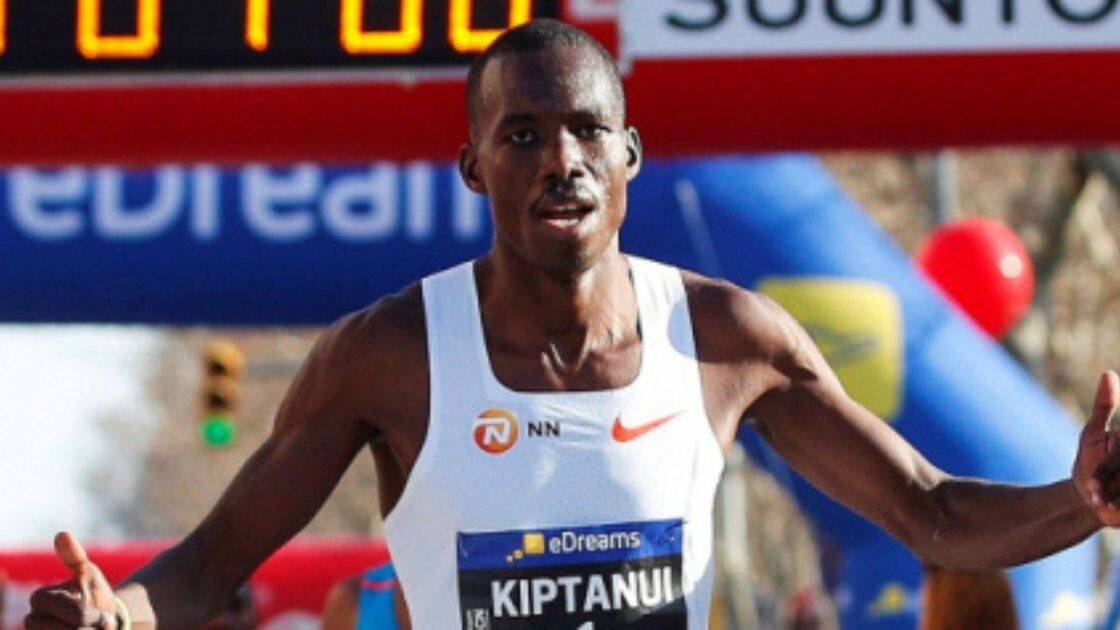
Parts of the men’s elite field were announced today. The women’s field will be released next month. For years Elisha Rotich has produced strong marathon races. His best race so far was at the 2021 Paris Marathon. The Kenyan won the race with 2:04:21 which remains his personal best and still stands as the Paris course record. On the route through the French capital, which is not considered very fast, he ran another strong race this spring. Rotich was third with 2:06:53 in April. Together with Eric Kiptanui (PB: 2:05:47), whose participation had been announced earlier, he looks to be the strongest Kenyan in the elite field of the Mainova Frankfurt Marathon. However a surprise might come from Benard Biwott, a Kenyan debutant who has run a 59:47 half marathon this year.
Besides Herpasa Negasa Ethiopia will have four more runners with personal bests of sub 2:07 on the start line: Lencho Tesfaye (2:06:18), Aychew Bantie (2:06:23), Boki Asefa (2:06:46) and Birhan Nebebew (2:06:52) could attack their PBs on the fast Frankfurt course where Kenya’s Wilson Kipsang clocked the 2:03:42 course record in 2011.

“We expect a very open race since there is no major favorite. It is difficult to predict what might be possible with regard to times. But the field surely has the potential for a surprise,“ said Race Direktor Jo Schindler.
While Spain’s Abdelaziz Merzougui is the fastest European runner on the start list with a personal best of 2:08:00 there is a novelty in the history of the Mainova Frankfurt Marathon: Married couple Jake Robertson and Magdalyne Masai will be among the elite runners. New Zealand’s Robertson has a personal best of 2:08:26 and could achieve a strong finishing position while his Kenyan wife has a PB of 2:22:16 and will be among the favorites in Frankfurt.
by AIMS
Login to leave a comment
Mainova Frankfurt Marathon
Frankfurt is an unexpectedly traditional and charming city, with half-timbered buildings huddled in its quaint medieval Altstadt (old city), cosy apple wine taverns serving hearty regional food, village-like neighbourhoods filled with outdoor cafes, boutiques and street art, and beautiful parks, gardens and riverside paths. The city's cache of museums is second in Germany only to Berlin’s, and its nightlife...
more...American Katie Schide Shatters Courtney Dauwalter’s Course Record to Win UTMB
She’s now the third woman to win both Western States and UTMB in the same year.
Katie Schide is on a tear.
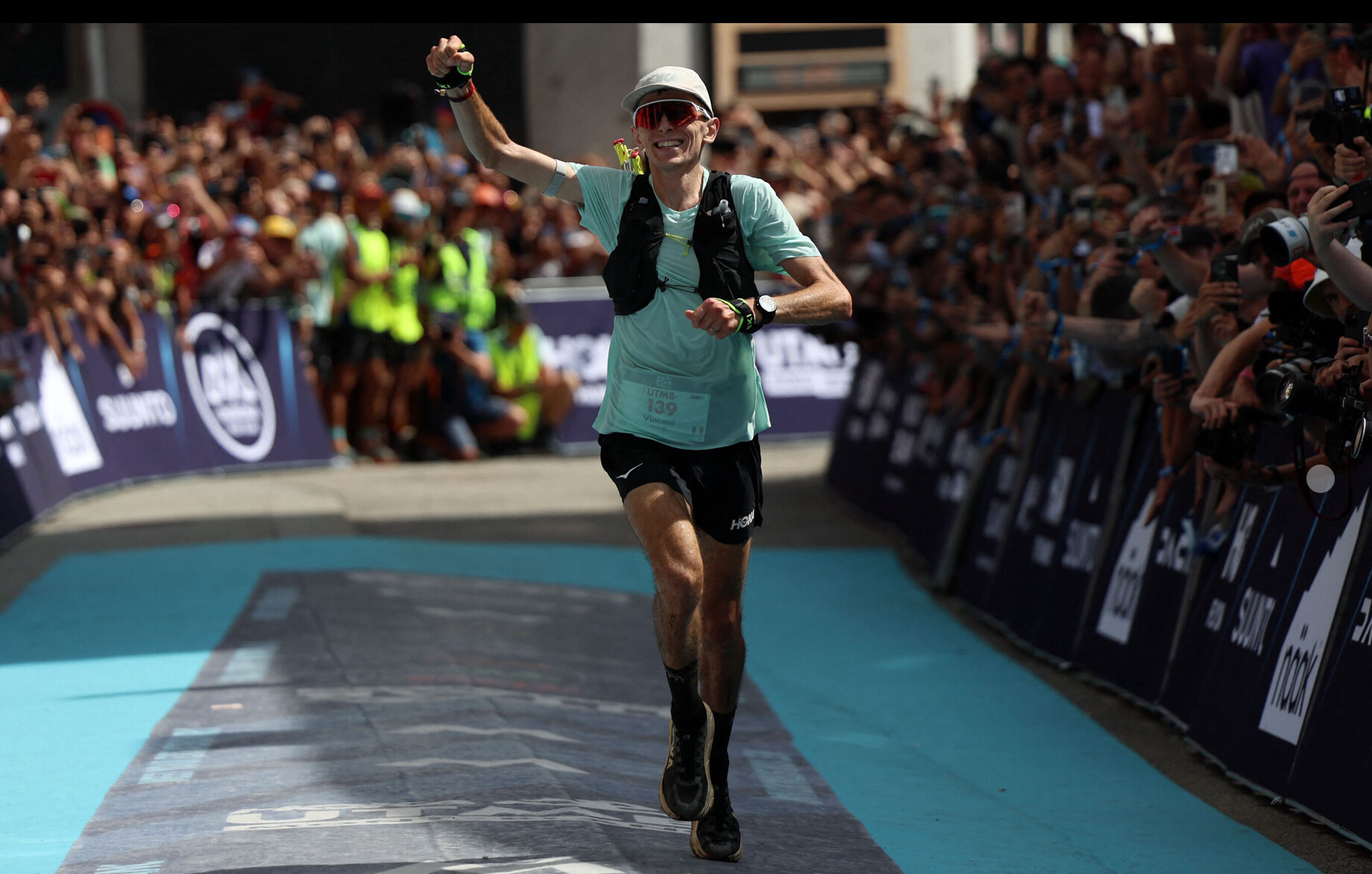
On Saturday, the American won the women’s race at the Ultra-Trail du Mont-Blanc (UTMB) in dominant fashion, finishing the 109-mile race in 22 hours, 9 minutes, and 31 seconds. Her time is 21 minutes faster than Courtney Dauwalter’s course record of 22:30:54 from 2021.
Schide, 32, is undefeated this year, winning the Canyons 100K in April and the prestigious Western States 100 in June.
Ruth Croft of New Zealand was 39 minutes behind Schide in second place (22:48:37). She passed Canada’s Marianne Hogan—who would finish third in 23:11:15—just after the 100-mile mark. Dauwalter, who won the Hardrock 100 on July 12, did not compete in this year’s edition.
In the men’s race, Vincent Bouillard of France was not favored to win, but he ultimately took the crown. He went to the lead after 48 miles and never relinquished it, crossing the finish line in Chamonix in 19:54:23. His compatriot, Baptiste Chassagne, was next to finish in 20:22:45, while Ecuador’s Joaquin Lopez placed third (20:26:22).
Last year’s champion, Jim Walmsley of the U.S., withdrew just after 50 miles because of a knee issue, according to a post on his Instagram story. He remains the only American man to win the race.
UTMB has been contested since 2003. The course—which slightly changes year-to-year—starts and ends in the French Alpine town of Chamonix and traverses through Italy and Switzerland along the way, covering over 30,000 feet of elevation gain.
This is Schide’s second time winning the event after taking top honors in 2022. Originally from Maine, Schide now trains in France and is sponsored by The North Face.
In the final 7 kilometers, a downhill section, she was over 20 minutes ahead of course record pace, but she started limping. The buffer, however, was enough, and by the end, the hitch in her stride had mostly dissipated.
Schide said in a post race interview on the UTMB broadcast that her main goal was to dip under the 22-hour barrier, followed by a secondary goal breaking Dauwalter’s time from 2021. Schide went out hard in the first half—like she did in 2022—but she said winning two years ago gave her some much-needed context.
“I think this race, I just went in more confident in myself and I wasn’t surprised that I was fast,” she said. “Whereas in 2022, I was kind of freaking out because I was like “Oh, I didn’t really mean to do that.’ But this time, I meant to do it, and I was just focused on trying not to die too hard at the end.”
Schide now joins Dauwalter (2023) and Nikki Kimball (2007) as the third woman to win both Western States and UTMB in the same year.
Login to leave a comment
USA’s Eli Hemming and China’s Miao Yao Make History at 2024 OCC
It’s the first time an American or Chinese runner has won the prestigious 57K trail race that serves as a de facto global trail running championship. All year, Eli Hemming said his primary focus was charging up and over the La Flégère ski resort on the last climb of the Orsières-Champex-Lac-Chamonix (OCC) race at the UTMB World Series Finals to then break the finish line tape in Chamonix, France, as the champion.
That’s almost exactly how it played out on Thursday afternoon. The 29-year-old runner from Kremmling, Colorado, fended off the world closing in around him as he overheated under a humid, sunny 80 degree day, as well as a hard-charging Francesco Puppi, to win the 57K (36-mile) race in 5 hours, 11 minutes in 48 seconds. In doing so, he not only claimed a UTMB-Mont Blanc Finals title and the 13,000 euro (about $14,400) prize, he became the first American ever to win the prestigious race that serves as the de facto global championship at the shorter ultra distances.
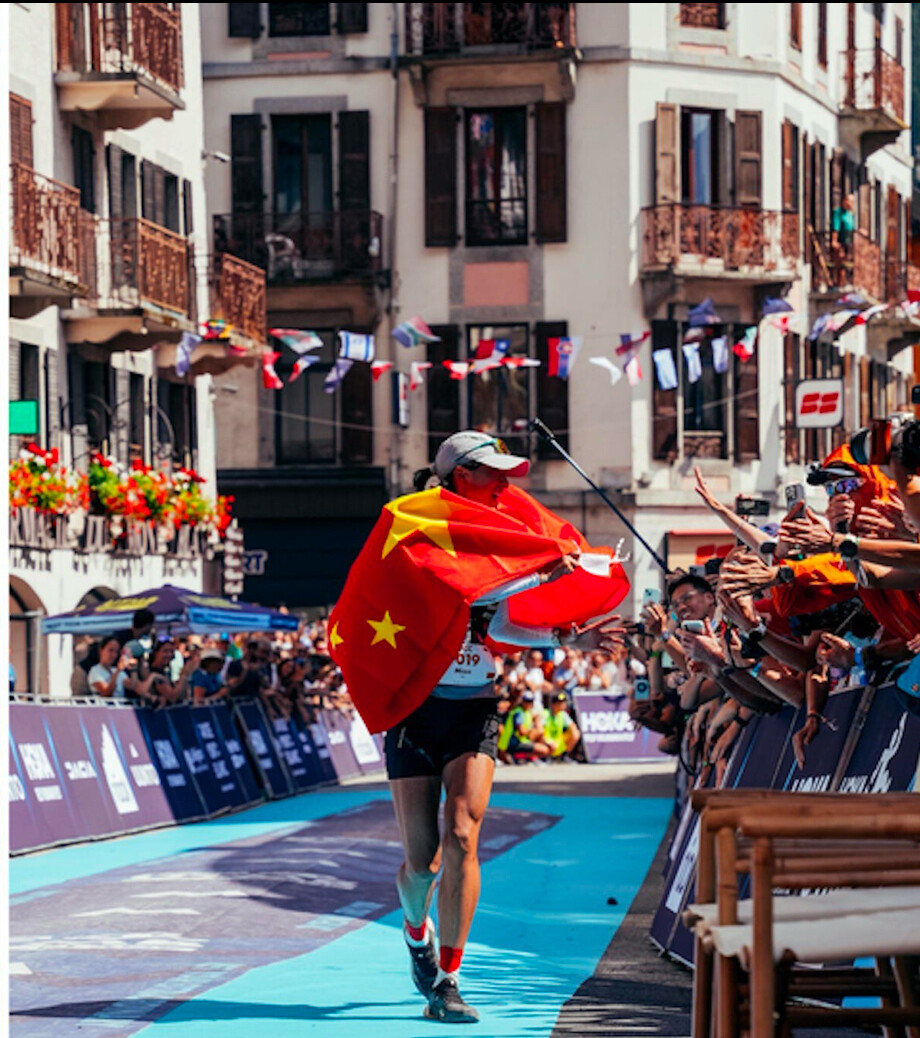
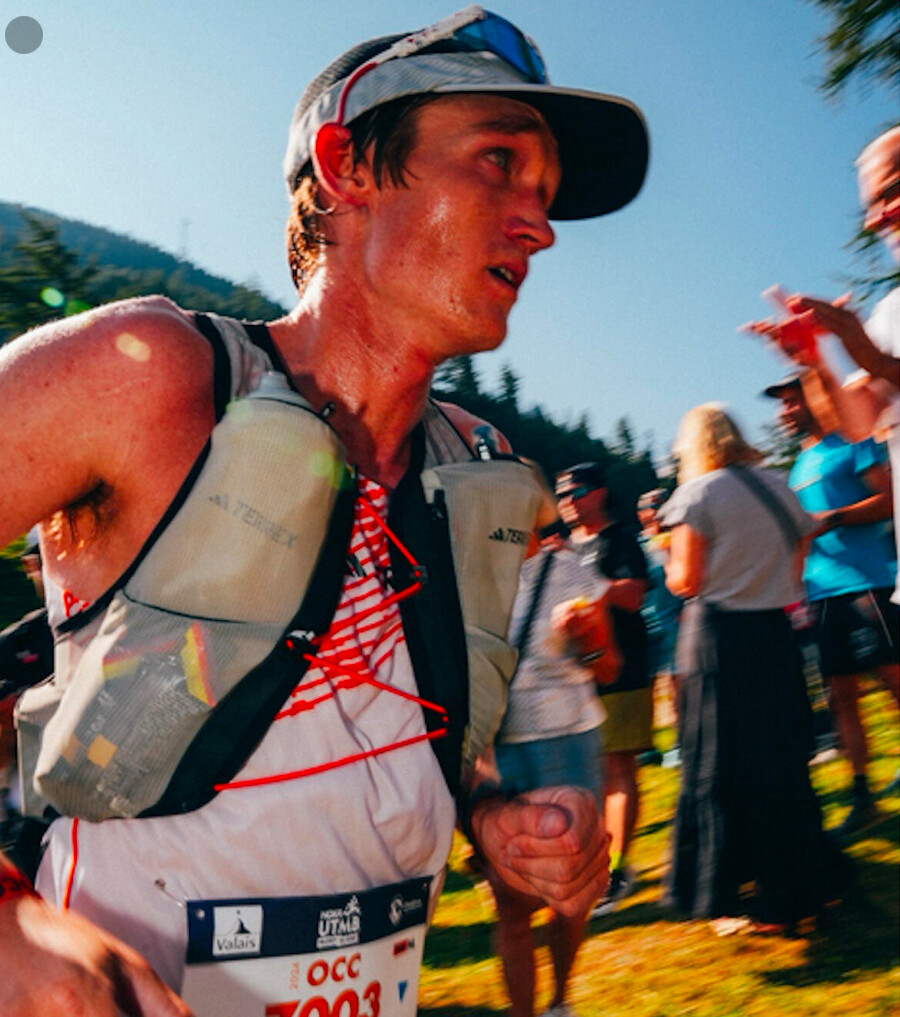
But the race was a dastardly tilt, and Hemming had to turn himself inside out to get the win. It figured to be a grueling battle, both because of the 11,500 feet of elevation gain and descent but also because of the strong field of international runners and hot, humid weather with sunny skies soaring into the 80s under the early afternoon sun. Hemming went out hard early in the race, but he didn’t feel compelled to challenge for the lead up the first two climbs over the first 9 miles. That’s because fellow American Christian Allen was absolutely flying off the front, as the 26-year-old runner from Orem, Utah, surged to the lead from the gun and led by more than 2 minutes through the 15-mile mark as he passed through Swiss the village of Trient. But that’s where the runners faced the toughest test of the race, a spikey 4-mile, 2,300-foot technical climb to the Chalet des Grands before continuing upward on slightly less steep terrain to the Col de Balme mountain pass. In all, it’s a 3,000-foot ascent over about 6 miles to the 7,200-foot high point on the course.
That was the first crux of the race, and that’s where Hemming took charge. As Allen faded, Hemming surged up the big climb as several other speedy runners gave chase, including Swiss runner Remi Bonnet who is known for his uphill running abilities. But Hemming had been waiting for this all year and specifically trained on long mountain ascents near Breckenridge, Colorado. He continued to surge across the Swiss-French border and up to the pass, building a nearly 7-minute lead over Spanish runner Antonio Martinez Perez.
From there, Hemming extended his lead to 10 minutes on the 7-mile, 3,000-foot descent to the French village of Argentière. But with one more big climb—a 3.5-mile, 2,000-foot technical grind to 6,200 feet atop the ski resort—he was anything but home free. Early in the climb, he slowed from a run to a walk, and even stopped at one point midway through the climb, bent over and rested his hands on his knees. He looked in distress, but eventually gathered himself and started running slowly up the hill again.
Perez had been charging up the mountain behind him and there was a brief moment where it looked like Hemming’s lead might be in jeopardy. But he managed to reach the final checkpoint at the 50K La Flégère aid station in first, and immediately looked better as he began the 4-mile descent down to Chamonix. Although he had gained ground, Perez felt the impact of the climb, too, and was caught by Italian runner Francesco Puppi before reaching the ski resort aid station. After a cordial acknowledgement as he passed, Puppi suddenly had a new spring in his step. He surged up the final 200 meters to reach the checkpoint about 4 minutes after Hemming then began bombing down the rocky, rooty dirt trail in pursuit of the leader.
Up front, Hemming had recovered slightly, running smoothly albeit without the intensity of a couple hours earlier. Puppi was clearly running faster. What had been a 10-minute lead at the 28.2-mile mark had greatly diminished with less than 3 miles to go. But with every stride, Hemming was one step closer to his year-long goal of winning OCC and he wasn’t going to let it slip away.
When he reached the edge of the Chamonix pedestrian village, he was quickly re-energized by the throngs of cheering spectators and increased his pace briefly as he dashed through the winding 200-meter section before slowly slightly on the final blue-carpeted approach to the finish line.
“I was trying to pace it as well as I could, and I knew if I made it over Col de Balme with a good gap, unless I blow up—which I did a little bit—I knew I could hold up pretty well to the end,” Hemming said. “It ended up being a bit of a grind. I knew I had about a 10-minute lead at Argentière, but I was very much overheated and the walls started closing in a bit. I tried to take a little time to cool down, but I knew I had to keep moving and just make it to the top.”
Still running hard, Puppi dashed through the village three minutes later to finish second in 5:14:46, followed by Perez in third at 5:17:56, China’s Juwei Zi in fourth (5:22:17), and Aritz Egea Caceres in 5th (5:27:07). Nick Handel, a 32-year-old runner from San Francisco, was the second American runner in the men’s race, finishing 13th in 5:41:08. The victory is the first big international win for Hemming, who transitioned into trail running in 2021 after several years as a professional triathlete. Hemming has won several domestic 50K races in the US, including the Canyons Endurance Runs 50K on April 26 in Auburn, California. Last year, he placed second to Bonnet in the Mont-Blanc Marathon and also finished fifth in the Golden Trail World Series Final 20K championship in Noli, Italy. For a while, it looked like Hemming, and his 27–year-old wife, Tabor, might be on the verge of one of the best trail running stories of the year. They decided to part ways with sponsor Salomon, in the offseason, and sign with the Adidas-Terrex team at the start of the year. While they both raced well early in the season—Tabor took third at the Canyons 50K in April and third at the Broken Arrow Skyrace 25K in June—they opted not to race as much this year as they’ve been known to. They also decided not to join their new teammates at an extended Chamonix training camp in late July and instead stay home and train at high-altitude in central Colorado.
Knowing what they’d be facing on the course, they sought out long climbs near Breckenridge and Frisco that topped out between 12,000 and 13,000 feet—including Wheeler Pass between Copper Mountain ski resort and the community of Blue River. “The course is fast and steep, but it’s also very runnable,” Tabor said. “We knew we could get quality training at home, so we used those climbs to train, so we were happy to stay at home and run the places we know best.”
Tabor looked great early in the race, running with a strong pack of lead women that included Judith Wyder of Switzerland, Clementine Geoffray of France, and Miao Yao of China, plus Spain’s Sara Alonso, New Zealand’s Caitlin Fielder, and fellow Americans Dani Moreno and Allie McLaughlin.
Wyder was the early leader and figured to be tough to beat—despite a recent bout of COVID. She had earned the silver medal in the 50K race at last year’s World Mountain and Trail Running Championships in Austria, and more recently took second in the 20K mountain running race at the European Championships and first at the Mont-Blanc Marathon in early July. Wyder led Geoffray, Moreno, McLaughlin, and Yao through the initial 4.5-mile climb to Champex, then expanded her lead to the top of the second climb at the 6,200-foot summit of La Giete as Yao and Alonso maneuvered into the second and third spots. But following a similar strategy as her husband, Tabor took the lead on the long downhill into Trient and began to surge on the technical climb up to Chalet des Grands with Yao, Wyder, Alonso and McLaughlin in tow. Hemming ran in the lead for part of the climb, but she paid for the aggressive move. Wyder and Yao overtook her and those two separated from the rest of the field. They dueled back and forth but Yao took the lead over Col de Balme and would never relinquish it. She seemed to get stronger as the race went on and she extended the gap on Wyder to 4 minutes at La Flégère ski resort.
From there, Yao cruised into Chamonix to secure the first win by a Chinese athlete at OCC in 5:54:03. With a 2018 CCC win already under her belt, she also enters the rarified air of having two UTMB World Series Finals championship titles to her name. Wyder was second in 6:00:05, followed by Geoffray in third at 6:02:10, Alonso in fourth (6:05:15), and Fielder in fifth (6:05:46). Moreno, who was third in the OCC in 2022 and dropped out last year, ran a strong second half to finish sixth as the top American in 6:06:59. Tabor Hemming continued up and over Col de Balme but slowed significantly and eventually dropped out at Argentière.
“I’m really happy about my race. It was really fun out there to compete with such strong ladies,” Wyder said, “Miao Yao was flying in the end. I’m so proud of myself to be back and to be able to be racing healthy. I didn’t think about [having COVID recently]. Today I was really happy with my performance and with my legs today.”
Login to leave a comment
New Zealand's Michaela Blyde's gets candid on how Shelly-Ann Fraser-Pryce transformed her life
Shelly-Ann Fraser-Pryce might have left the Olympic stage without a gold medal but the Jamaican sprint queen surely impacted the lives of many including New Zealand rugby star Michaela Blyde.
New Zealand national rugby sevens player Michaela Blyde has opened up about how Shelly-Ann Fraser-Pryce impacted her life growing up and how meeting the Jamaican sprint queen at the Paris Olympic Games was a life-changing moment.
Blyde disclosed that growing up, Fraser-Pryce motivated her to dream of winning gold medals on the Olympic stage in the 100m and 200m. In an interview, the 28-year-old added that meeting her idol at the Olympic Games must have been the greatest thing that happened to her.
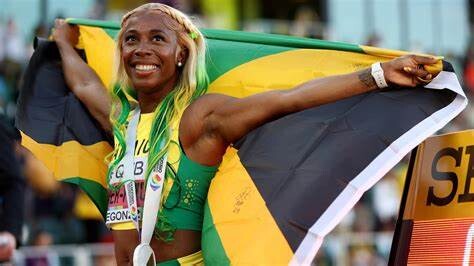
She added that the three-time Olympic champion going to watch her game against China at the Paris Olympic Games was something she dreamt of and is a memory that will forever be in her mind at the Olympic stage.
“Shelly-Ann Fraser-Pryce is actually the reason why I wanted to win gold in the 100m and 200m at the Olympic Games…that was my initial Olympic dream. When I tell you what it’s like to meet an idol, it’s so hard to explain because for so long, I watched her compete on TV. After all, it’s always about the fastest man on the planet but it's never about the fastest woman,” Blyde said.
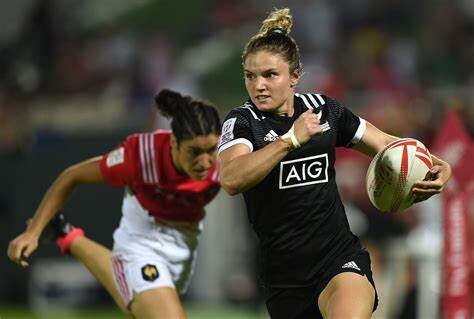
“When I saw her in person, my whole soul left my body and was watching me above. And then she said, ‘I’ll come watch you play.’ Even I have said to people that I’ll watch them play…you say that with meaning but you know that deep down you can’t.
“And then all of a sudden, after our China game, I can hear, ‘Michaela’ like from afar, and I was like I can hear my name and so I just kind of looked to my left and there’s Shelly-Ann Fraser-Pryce, watching us. She came to watch us play,” she added.
Blyde added that Fraser-Pryce sharing on her Instagram stories that she had gone to watch her play was a morale booster at the Olympic Games. She noted that having Fraser-Pryce in the stands changed her life forever.
After exiting the Olympic stage, she explained that it motivated her to be an inspiration to young girls and boys in her home country.
“And then on her Instagram stories, she was cheering on us, she was cheering from little Michaela Blyde who is from Taranaki. It’s just a random to her but to me, she’s someone who made a huge impact on my sporting career,” she said.
“Having her there was unbelievably meaningful. It makes you realise that the job we have as well when we go to club rugby or little Jenny’s school or whatever, they see us on the sideline and they feel just like how I felt there.”
by Abigael Wafula
Login to leave a comment
52nd Wharf to Wharf goes down to the wire
The 52nd edition of the Wharf to Wharf road race lived up to its billing, and then some.
Fresno’s Evert Silva surged past four runners over the finishing downhill stretch into Capitola Village and edged Aidan Reed, of Helena, Montana, at the finish line in front of hundreds of cheering fans Sunday.
Silva and Reed both completed the scenic, 6-mile trek from Santa Cruz with chip elapsed times of 27 minutes, 3 seconds on a brisk morning under an overcast sky, perfect for running.
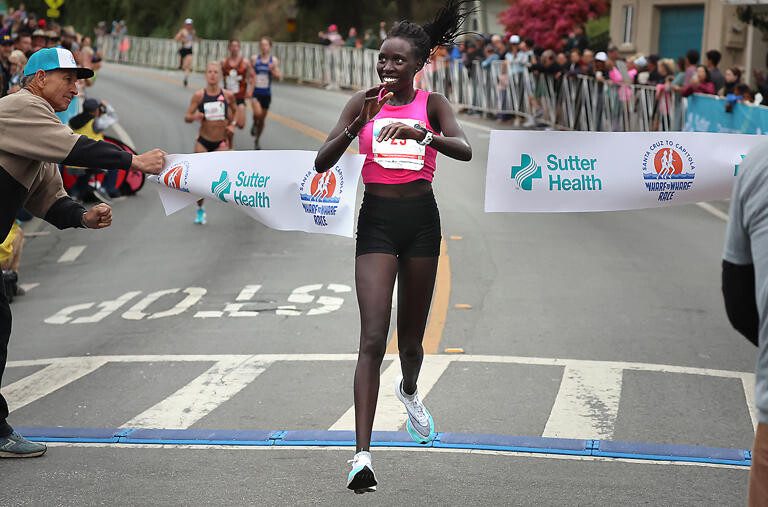
It was Silva’s first time competing in the race. The Oklahoma City University junior student-athlete said he was hoping to perform well in several races this summer to earn some money to help pay for bills. He earned a great payday.
The top male and female finishers each earned $4,000. Silva was also awarded an extra $1,000 for finishing as the top American runner.
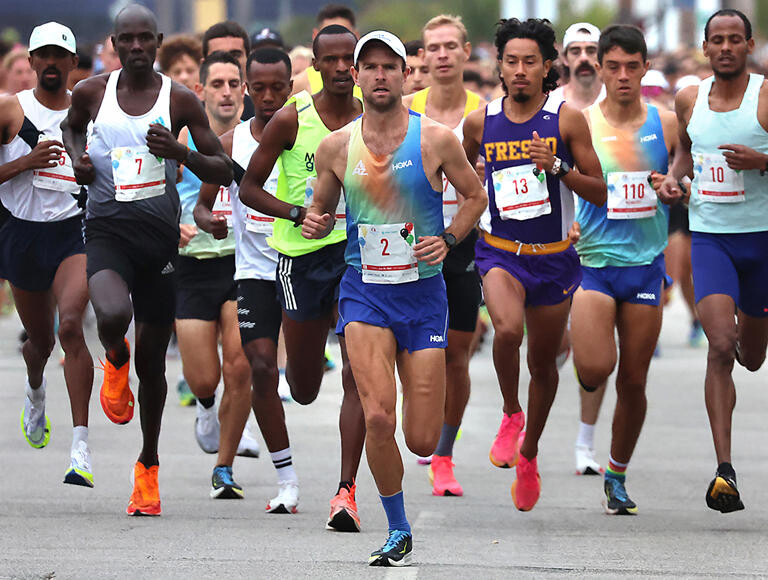
“I’ve heard a lot about it,” Silva said. “I know it’s a competitive race, so I wanted to show up when I knew I was in good shape to compete with all the top-level athletes who come here.”
Evert Silva raises his arms in triumph as he is cheered by the crowd at the Capitola finish line after winning the 2024 Wharf to Wharf on Sunday. (Shmuel Thaler - Santa Cruz Sentinel)
Evert Silva, 24, of Fresno, takes a final look back over his shoulder on Sunday before crossing the Capitola finish line to win the men’s title at the 2024 Wharf to Wharf race. Second-place finisher Aidan Reed, second from right, and third-place finisher Matt Baxter finished shortly after Silva. (Shmuel Thaler - Santa Cruz Sentinel)
Women's winner Everlyn Kemboi smiles as she breaks the tape at the Wharf to Wharf on Sunday. (Shmuel Thaler - Santa Cruz Sentinel)
Oliver Chang, of Santa Cruz, exults as he crosses the Capitola finish line with a time of 29:16 to win the local men's title at the Wharf to Wharf race. (Shmuel Thaler - Santa Cruz Sentinel)
Runners, including men’s winner Evert Silva, wearing bib No. 13, get off to a fast start as the Wharf to Wharf begins Sunday morning on Beach Street in Santa Cruz. (Shmuel Thaler - Santa Cruz Sentinel)
Reid Buchanan is splashed by a cup of water that was errantly put in his way by the outstretched arm of a volunteer as the lead pack runs through the Harbor roundabout Sunday morning. (Shmuel Thaler - Santa Cruz Sentinel)Dominique Scott crosses the finish line in second place with a time of 30:33 on Sunday, four seconds behind women’s winner Everlyn Kemboi. (Shmuel Thaler - Santa Cruz Sentinel)
Matt Baxter, takes the lead on Beach Street at the start of Sunday’s Wharf to Wharf. Baxter led on-and-off for much of the race and finished in third. (Shmuel Thaler - Santa Cruz Sentinel)
Former Aptos High track standout Trent Nosky is cheered by the crowd as he finishes Sunday’s race with a time of 30:11. (Shmuel Thaler - Santa Cruz Sentinel)
Grace Barnett, of San Diego, crosses the finish line with a time of 31:21, just edging out Alice Wright, at left, for fifth place. (Shmuel Thaler - Santa Cruz Sentinel)
Show Caption
1 of 10
Evert Silva raises his arms in triumph as he is cheered by the crowd at the Capitola finish line after winning the 2024 Wharf to Wharf on Sunday. (Shmuel Thaler - Santa Cruz Sentinel)
Expand
Reed earned $3,000 for second place. Matt Baxter, a two-time national champion from New Zealand, took third in 27:05 and earned $2,000. Ali Abdilmana of Ethiopia took fourth in 27:16 and earned $1,000, and Arturs Medveds of Latvia rounded out the top five in 27:28.
Race organizers expected a competitive race, given the times previously run by athletes in the elite field, and it was a thriller to the final step.
While plenty of the participants in the 16,000-runner field trained for the heralded event — arguably the biggest sporting event held in Santa Cruz County each year — few trained with ferocity of Silva.
Silva usually tries to train in the morning to avoid the suffocating, triple-digit temperatures that are commonplace in the Central Valley during the summer, but he added plenty of afternoon sessions, too. His showing along the coast, with views of picturesque Monterey Bay, was quite literally a breeze.
“I try to run in the morning,” he said. “But every afternoon run it’s 110 (degrees), so I said, ‘A lot of people aren’t training in that, and if I could just do it every week something good is going to come out of it.’ I guess it was being able to run fast in 60-degree weather in Santa Cruz.”
The lead pack featured eight runners for much of the first five miles. The runners traded the lead throughout that stretch. Baxter led at the mile marker, and Kenya’s Shadrack Keter, the third-place finisher at the 2023 Wharf to Wharf, crossed the second mile balloon archway in front.
Kenya’s Peter Mwaniki Njeru moved from second into the lead at the third archway, but he dropped back to fourth place as the lead pack thinned to five runners. Reed jumped in front and led at the fourth- and fifth-mile markers.
All the while, Silva stayed in the hunt, patient and ready to pounce.
“The downhill was extremely steep,” said Silva, of the finishing stretch. “And I’m a sub-4 miler, so I knew I can sprint with anybody. Those guys ahead of me, to my knowledge, they’re not sub-4 milers, so I knew I had some speed. Thankfully, I was able to hold it off.”
It was his second win in as many days. He took first at the Miguel Reyes Elite 5K in Fresno on Saturday.
American Everlyn Kemboi, a Kenyan native who won the 2023 NCAA title in the 10K, earned her second win as a professional. She topped the women’s field in 30:29. She passed Dominique Scott, who has citizenship in both South Africa and the U.S., with 600 meters to go.
“I’m so happy to be here,” Kemboi said. “I love racing in California. I came here last year. I was fifth. That was my first professional race.”
She wanted to come back and improve her showing. Kemboi credited her training for an improved effort. She said she’s running with peace of mind, so much so that she was surprised how quickly the race ended.
“I trust my finish, but today I was feeling great,” Kemboi said. “I was like, ‘Oh, we’re almost at the end. I only have six to seven meters to go. What?!?! I’m feeling good.’ ”
Scott, who was teammates with Aptos native and 2024 Olympian Nikki Hiltz at University of Arkansas, took second in 30:33.
If Scott returns next. year, she’ll have some useful course knowledge to rely upon.
“The girl that won, she made a little surge past me,” Scott said. “I didn’t realize how aggressive the downhill was going to be and that once she was two steps in front of me, I wouldn’t be able to catch her because it’s that aggressive of a downhill. That was definitely a mistake on my behalf. I would’ve loved the win, but I’m also happy with my race today.”
Scott is enjoying the process of training to compete in the next Chicago Marathon.
“It’s a hard course, but a fun course,” said Scott, of the Wharf to Wharf. “It’s cool how the locals come out to support. It was a great day. … They’re aren’t many races this time of year where you can get a perfect morning race. It’s usually pretty hot for all road races during the summer. I really enjoyed the weather.”
Kayley Delay of Jacksonville Beach, Florida, finished in 30:52 to hold off Ethiopia’s Atsede Baysa (30:55) for third place. Grace Barnett of Pawleys Island, South Carolina, took fifth in 31:21.
Santa Cruz’s Oliver Chang (29:16) and Watsonville’s Daniela Salazar (34:38) earned top local honors.
Chang, who grew up in South Pasadena and competed for Pomona College, moved to the area two years ago and used his extra year of eligibility competing for NCAA Division III UC Santa Cruz’s cross country and track programs.
Sunday was Chang’s first competitive race since competing in the San Francisco Half Marathon a year ago to the day. He began training in earnest 10 weeks ago.
“I’m ecstatic,” he said. “I couldn’t be happier with how the day went.”
Sunnyvale’s Daniel Mendez, who purchased a home in Brentwood roughly two weeks ago, competed in the race for the first time and came away with a handsome payday. His bib number, 9948, was drawn in the Golden bib contest, which earned him $5,000. He had no idea of the significance of being awarded a golden bib at the outset of the race, but several runners informed him that he should stick around and attend the awards ceremony.
“This is insane,” he said.
by Santa Cruz Sentinel
Login to leave a comment
Wharf to Wharf
Each year, on the fourth Sunday in July, thousands of runners from across America and around the globe return to Santa Cruz, California for the annual six-mile race to Capitola-by-the-Sea. First run in 1973 by a handful of locals, the Wharf to Wharf Race today enjoys a gourmet reputation in running circles worldwide. Its scenic, seaside setting, perfect weather, and...
more...Even in an Olympics year, elite fields are deep for Wharf to Wharf road race Sunday
The 52nd Wharf to Wharf race takes place Sunday, and 16,000 runners will make the annual 6-mile trek from Santa Cruz to Capitola. This time, they'll do so in an Olympic year.
Supportive fans who position themselves along the course route will not only be treated to an up-close view of a blazing quick elite field, and plenty of recreational runners, some of them costumed, they'll also get to take in the traditional array of musical groups that line the course.
Some of the world's best middle distance and distance runners are in Paris for the 2024 Summer Games, but Dayne Gradone, the Wharf to Wharf's elite athlete coordinator, believes the celebrated local race drew a heck of a field.
"On the whole, the fields are solid," said Gradone, of the elite entries for men and women. "There may be less pop at the front, but they're deep fields."
There are plenty of registered athletes whose résumés include 28-minute finishes in the 10K and 13:20 marks in the 5K.
One of the top runners in the field is Peter Njeru. Earlier in the year he clocked a 27:52 10k. He was just a 34 minute 10k runner before he joined the KATA (Kenyan Athletics Training Academy in Thika) training camp in 2020. Second photo is Peter having lunch with KATA's founder/director Bob Anderson going on his plans for the Race. Bob recently opened his second KATA location in Portugal.
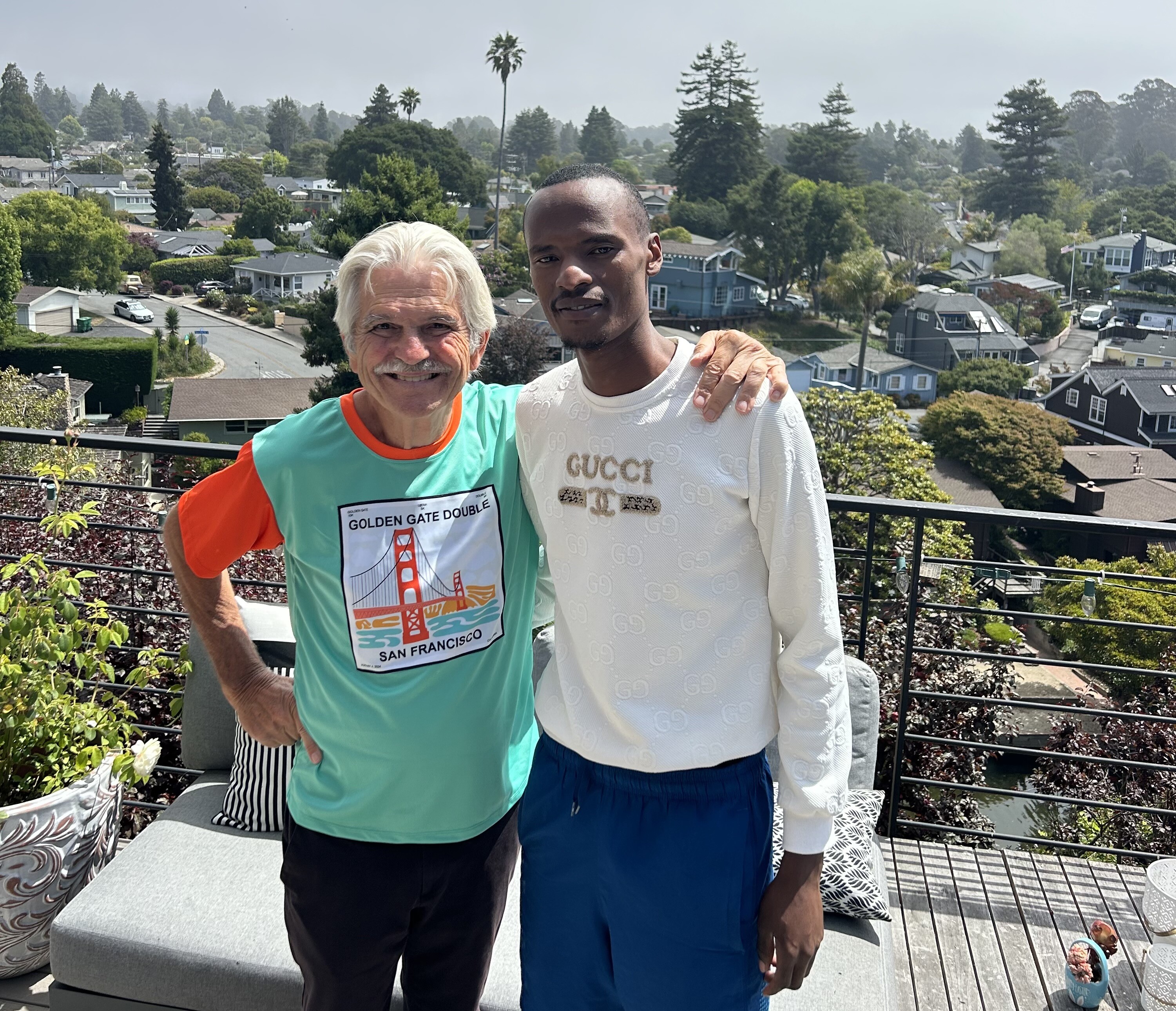
As usual, runners will have plenty of incentive to finish in the top four. The top male and female finishers will each receive $4,000. Second pays $3,000, third garners $2,000, and fourth pays $1,000. The top American runner will also receive $1,000.
The women's field is headlined by Dom Scott and Atsede Baysa.
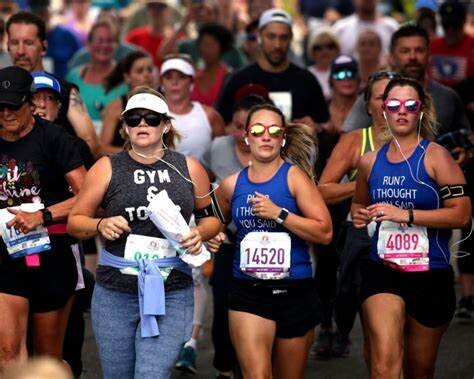
Scott is a two-time Olympian, five-time NCAA champion and two-time national champ. She has dual citizenship (South Africa and U.S.) and is eligible for the top American runner prize.
Ethiopia's Baysa has won three major marathons, claiming the Boston title in 2016, and Chicago title in 2010 and '12.
"The women's field is incredibly deep," Gradone said. "A lot of women have run in the low 15 minutes in the 5K. Those are some serious times."
Gradone is alluding to talents like Bahrain's Bontu Edao Rebitu, and Americans Kayley Delay, Katie Izzo, Grace Barnett, and Paige Wood. Australia's Clare O'Brien isn't far off, and Great Britain's Alice Wright could also be in the mix.
American Everlyn Kemboi, the 2023 NCAA champ in the 10K, was added to the field this week.
Top female locals include Santa Cruz's Amy Schnittger, an Aptos High and Chico State University alumna, and Mari Friedman, a Santa Cruz High and Oregon State University alumna.
Kenya's Shadrack Keter, the third place finisher at the Wharf to Wharf last year, is one of the favorites in the men's field, as are New Zealand's Matt Baxter, a two-time national champion, Kenya's Peter Mwaniki Njeru, Ethiopia's Ali Abdilmana, and Zimbabwe's Bradely Makuvire.
A strong American contingent includes Reid Buchanan, a silver medalist in the 10,000 at the 2019 Pan American Games, Noah Droddy, Sidney Gidabuday, Aidan Reed, Patrick Smyth, Zac Hine and Evert Silva.
Top local males include St. Francis High alum Julian Vargas, who took fifth at the 2024 3C2A State Championships in the 10,000 for Hartnell College, and Aptos native Jack Rose, who took 54th out of 26,469 runners at the 128th Boston Marathon in April.
Vargas (29:28) took ninth at the 2023 Wharf to Wharf and Rose (30:49) took 33rd.
by Jim Seimas
Login to leave a comment
Wharf to Wharf
Each year, on the fourth Sunday in July, thousands of runners from across America and around the globe return to Santa Cruz, California for the annual six-mile race to Capitola-by-the-Sea. First run in 1973 by a handful of locals, the Wharf to Wharf Race today enjoys a gourmet reputation in running circles worldwide. Its scenic, seaside setting, perfect weather, and...
more...Here’s a new way to keep warm-weather GI distress at bay
You may be able to toss your antacids and emergency Imodium stash—scientists are excited about a new study highlighting the gut-protecting powers of blackcurrant extract, and it could be the latest go-to remedy for the summer GI distress some runners experience. Relief for the dreaded condition, sometimes dubbed “runner’s trots,” might now be as simple as popping a berry supplement, as reported by British media outlet Wales Online.
Berry good news
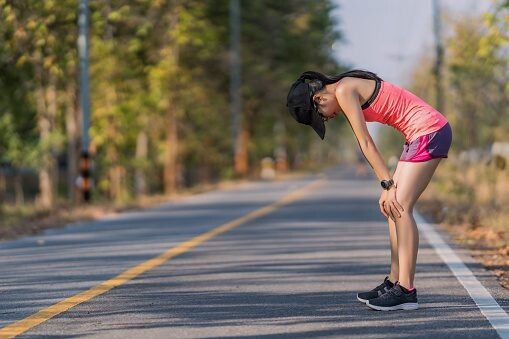
Researchers found that more than two-thirds of recreational runners, unaccustomed to running in hot weather, experienced reduced symptoms after taking blackcurrant extract. Mark Willems, a professor in exercise physiology at the University of Chichester who has published more than 40 New Zealand blackcurrant extract studies, noted the study’s significance: “It is impressive that the 92 per cent of participants who displayed total GI symptoms were reduced to 25 per cent with blackcurrant. This is really meaningful.”
What exactly are runner’s trots?
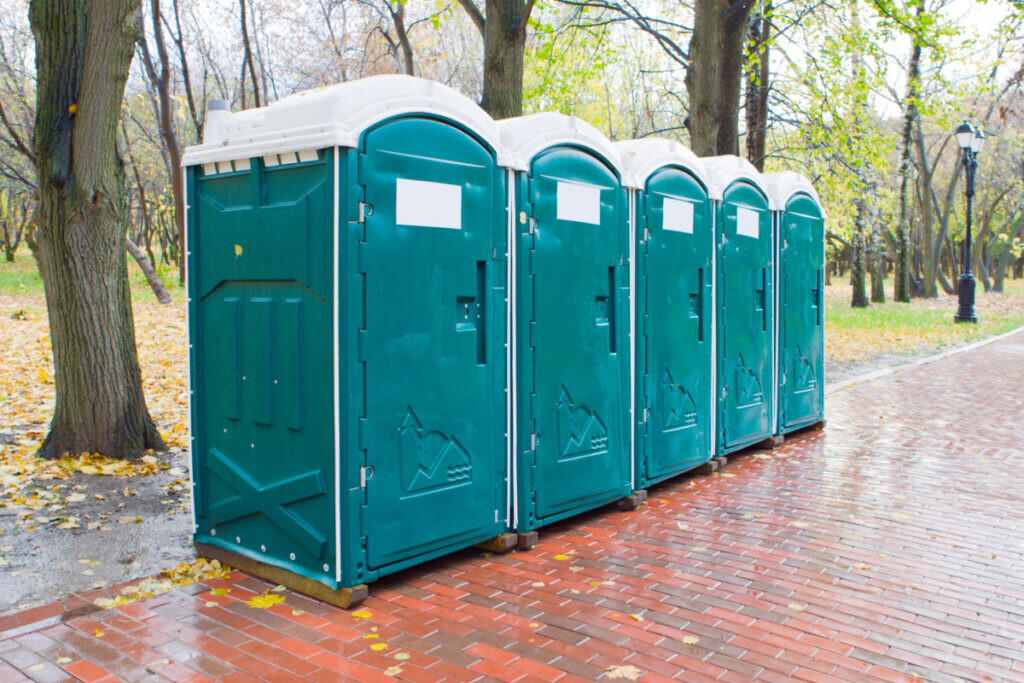
For the uninitiated, runner’s trots refers to the gastrointestinal distress runners face in high temperatures, leading to nausea, diarrhea and other uncomfortable symptoms. Exercising in the heat redirects blood flow away from the digestive system to help keep your body cool, which can create havoc in your gastrointestinal tract. Current prevention methods, such as complex heat acclimation training, are often impractical for casual runners.
The research
For this study, runners took 600 mg of blackcurrant extract (the brand CurraNZ was used in this study) daily for seven days before hitting the treadmill in sweltering 34 C conditions. The polyphenol-rich blackcurrant supplement was shown to reduce heat-induced cell damage and “leaky gut” by up to 40 per cent. Not only did the extract alleviate gut distress, but it also proved safe, with no adverse effects, on core temperature or thermoregulation.
Matthew Kuennen, an associate professor at High Point University, N.C., praised its efficacy: “I am impressed with blackcurrant’s ability to reduce markers of gut leak and gastrointestinal barrier function during prolonged endurance exercise under hot/dry conditions,” he said. Kuennen recommends blackcurrant supplementation as a potentially meaningful alternative when heat training is not an option.
The takeaway
Blackcurrant extract may be a game-changer for runners battling heat-induced GI issues. With its ability to provide quick relief and enhance performance, it may be worth considering adding this supplement to your pre-race routine. Stephanie Flippin, a pro ultrarunner, coach and physician who works with athletes and uses blackcurrant extract in her own training, says she is excited about the findings: “There isn’t a runner who hasn’t experienced GI distress,” she explains. “With current strategies limited to heat training itself, any mitigation and protective measure is highly beneficial, and New Zealand blackcurrant extract offers an exciting new supplement for runners.”
“The take-away message is that if you are customarily experiencing mild GI symptoms from running in the heat, they are likely to be resolved by supplementing with New Zealand blackcurrant extract,” Willems said.
by Keeley Milne
Login to leave a comment
Elite Athlete Fields Set for 55th Running of AJC Peachtree Road Race
Two of the top road racers in the world will face off in the 55th Running of the Atlanta Journal-Constitution Peachtree Road Race, organizers announced today.
In his first season of competition in the U.S., Sabastian Sawe comes to Atlanta ranked as the #1 road racer in the world, based on distances from 10K to the half marathon. The 29-year-old Kenyan brings a personal best of 26:49, the second-fastest 10K time in the world last year, and the reigning World Half Marathon Champion sits on top of the 2024 leaderboard for fastest half marathon in the world so far this year, 58:24.
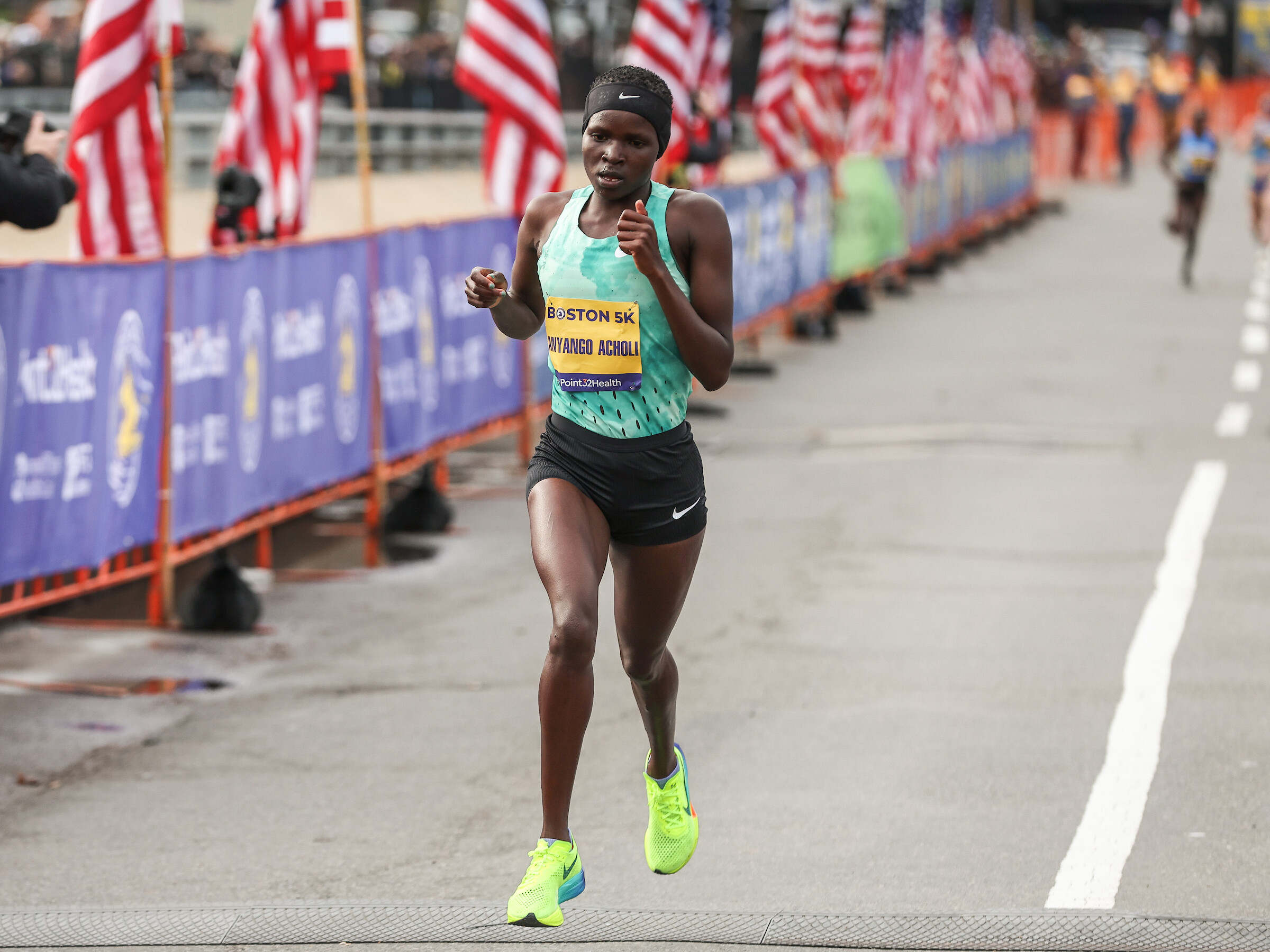
In a rematch of those 2023 World Half Marathon Championships, Sawe will face Kenya’s Daniel Ebenyo, 28, who earned a silver medal in that race last fall. Ebenyo was leading until Sawe drew even with a few hundred meters remaining, going on to a four-second victory. “We pushed each other to a good result,” Ebenyo said afterward.
Ebenyo, the 2023 World Championships silver medalist at 10,000 meters on the track, is ranked #1 in the world for 10K on the roads. His personal best of 26:58 is second in the Peachtree field only to Sawe. Both will be making their Peachtree debuts.

Among the other top athletes in the field are Mathew Kimeli of Kenya (27:07) and Boniface Kibiwott (27:13) of Kenya and Jake Robertson of New Zealand (27:28). Returning to the Peachtree for the 10th time is American Elkanah Kibet, 41.
In the Shepherd Center Wheelchair Division, course record-holder Daniel Romanchuk of the USA (right) will have a chance to make history as the first athlete in the men’s open division to win the Peachtree seven times. Romanchuk, 25, has won Peachtree for the past six years in a row, but will have to fend off American Aaron Pike, a six-time Paralympian, and Josh Cassidy of Canada, a two-time Peachtree champion.
he field for the women’s footrace is headlined by 24-year-old Emmaculate Anyango, whose 10K personal best of 28:57 makes her the second-fastest woman in history at the distance. The Kenyan is currently ranked as the #4 road racer in the world.
Countrywoman Chelangat (30:01) will challenge her. Anyango and Chepkoech, who is tied for 8th-fastest woman in history, will be making their Peachtree debuts, while Chelangat is back after finishing second here last year.
Also returning will be Susannah Scaroni (left), the 2020 Paralympic gold medalist at 5,000 meters. The 33-year-old Peachtree course record-holder will be seeking her fourth win here since 2018 and third in a row. Scaroni missed the spring marathon season with an overuse injury but is apparently back to form: She set a World Record for 5,000 meters on the track in early June.
The winner of each professional division will receive $12,500.
For the first time, the Peachtree will feature an Elite High School Division, giving the best young distance runners in Georgia the chance to experience professional road racing first-hand. The field is composed of the top 20 boys and top 20 girls from the classes of 2025, 2026 and 2027 residing in Georgia who accepted an invitation from Atlanta Track Club.
The 55th Running of the Atlanta Journal-Constitution Peachtree Road Race will be held Thursday, July 4, in Atlanta, Georgia, with 50,000 runners and walkers making their way from Lenox Square to Piedmont Park in the world’s largest 10K. The event will be livestreamed on AJC.com and on the AJC News app beginning at 6 a.m., with Lewis Johnson, Carrie Tollefson and Amanda McGrory leading the broadcast team.
by Running USA
Login to leave a comment
AJC Peachtree Road Race
The AJC Peachtree Road Race, organized by the Atlanta Track Club, is the largest 10K in the world. In its 48th running, the AJC Peachtree Road Race has become a Fourth of July tradition for thousands of people throughout the metro Atlanta area and beyond. Come kick off your Fourth of July festivities with us! If you did not get...
more...Sub-4-minute milers live longer, new research shows
Breaking the 4-minute mile barrier is a testament to natural speed and hard work, but could it also predict longevity? Researchers recently tracked the first 200 athletes to break the four-minute mile mark between 1954 and 1974, and discovered a striking trend in terms of the health and longevity of the athletes.
Elite athletes are known to have bigger hearts due to sustained aerobic output, and in the past, some research has indicated the belief that this could negatively impact their health and longevity. This study demonstrated the opposite. The study was released to mark the 70th anniversary of Sir Roger Bannister‘s sub-four-minute mile and revealed that the elite runners outlived the general population by an impressive margin.
On May 6, 1954, Bannister successfully broke the four-minute barrier at Oxford’s Iffley Road track, clocking 3:59.4. Until then, the four-minute mile was considered by many to be impossible. Some runners had come close, but the fastest among them could only muster 4:01. Bannister ushered in a new era of runners with his record-breaking time, and as of 2022, the four-minute barrier had been broken by more than 1,750 athletes.
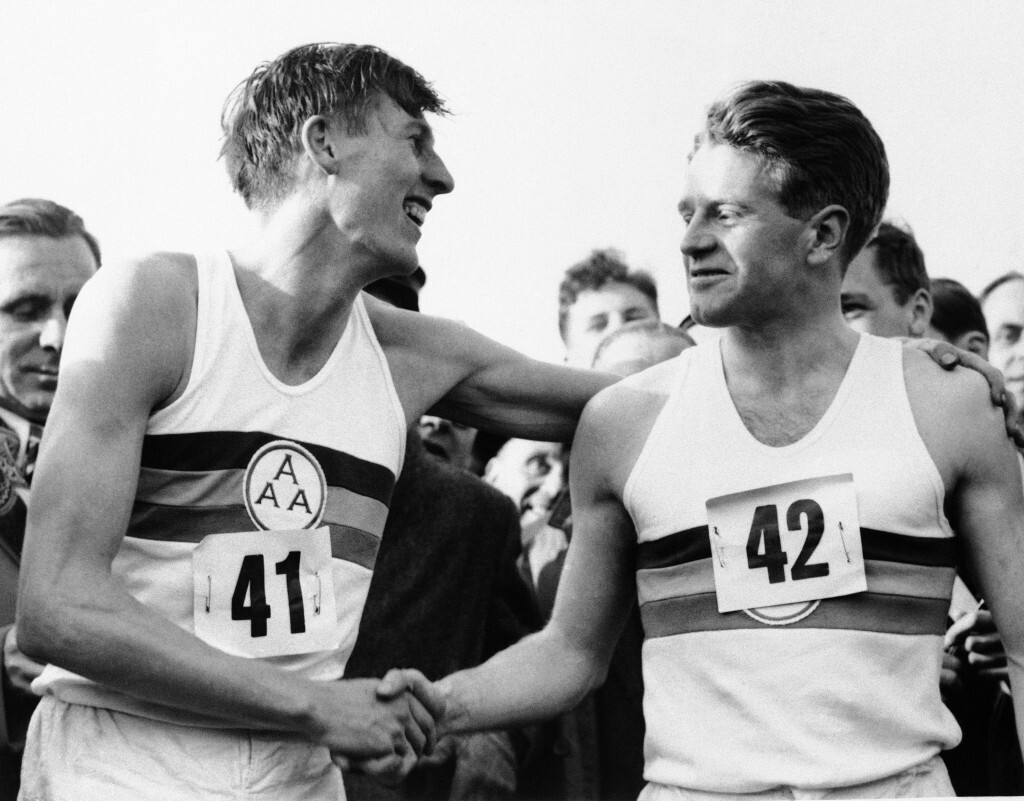
A team led by scientists from Victor Chang Cardiac Research Institute in Australia who partnered with Canadian researchers gained access to the health records of the first 200 people on record who ran sub-four-minute miles. The list of speedsters included athletes from the U.K., Australia, France, New Zealand and the U.S. The runners (all male) were all born between 1928 and 1955, and most were still alive. These top-tier athletes outlived the general population by an impressive margin.
“Breaking the four-minute mile was an extraordinary achievement 70 years ago and revealed just what the human body can achieve,” said Professor Mark Haykowsky, Research Chair in Aging and Quality of Life in the University of Alberta’s faculty of nursing. “It set off a wave of runners following in Sir Roger’s mighty footsteps.
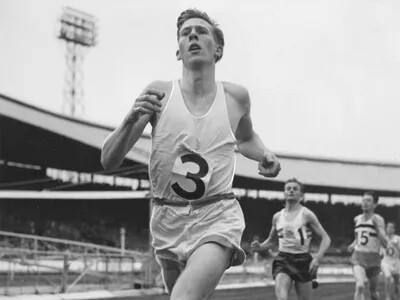
“Remarkably, we found that, like Sir Roger, who lived to the ripe old age of 88, most of the first runners also lived well into their 70s, 80s and a majority are alive and healthy today.”
On average, the runners enjoyed nearly five additional years of life over the general population. The researchers also found intriguing patterns across different decades. Athletes who achieved this milestone in the 1950s surpassed their peers by a staggering nine years, on average, while those from the 1970s still boasted an extra five and a half years of life.
With an average age of 77 among the surviving athletes, these findings challenge conventional notions of aging and highlight the remarkable impact rigorous physical training has on longevity.
by Keeley Milne
Login to leave a comment
Edwin Kurgat, Laura Galvan defend Carlsbad 5000 championships on race’s new course
Reigning champions Edwin Kurgat of Kenya and Laura Galvan of Mexico successfully defended their titles in the Men’s Elite and Women’s Elite races to cap Sunday’s Carlsbad 5000.
The annual road race in Carlsbad Village, with events throughout the day for runners of different ages and skill levels, featured an updated course that benefited from the picturesque weather.
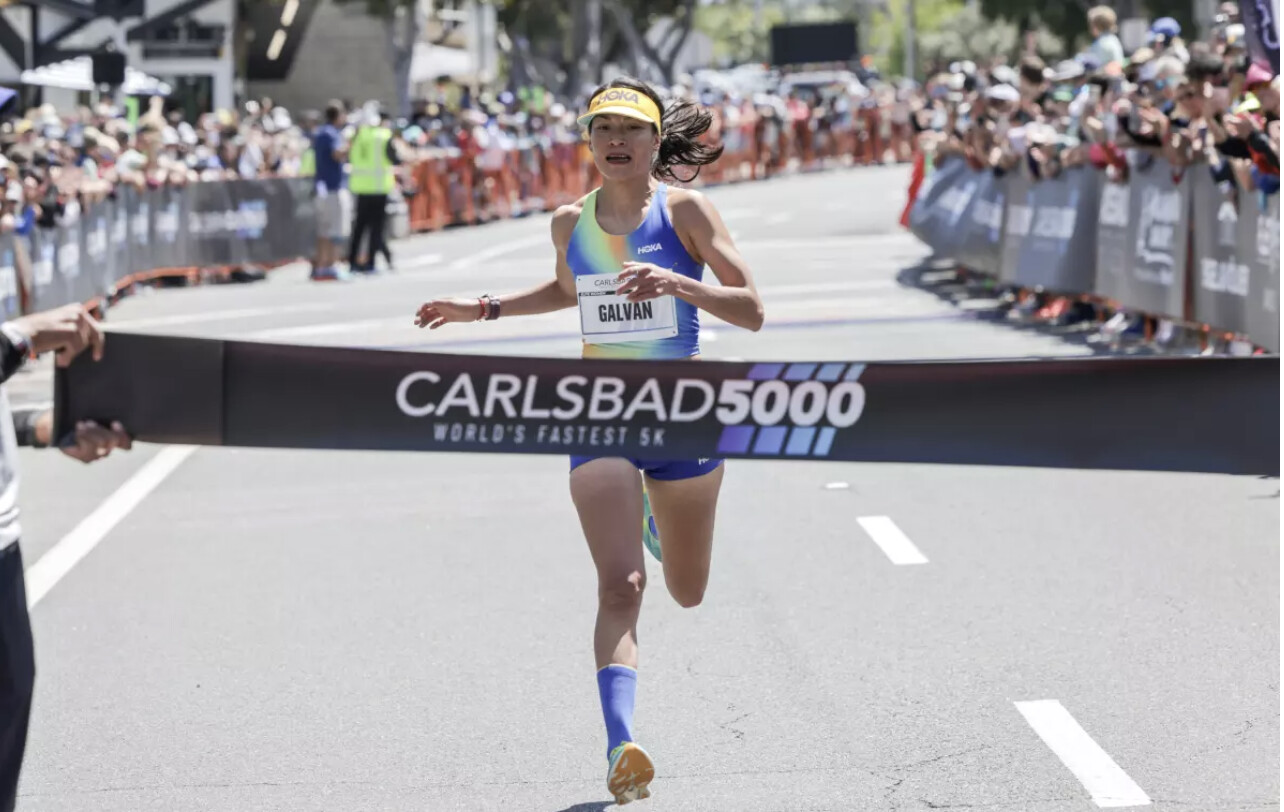
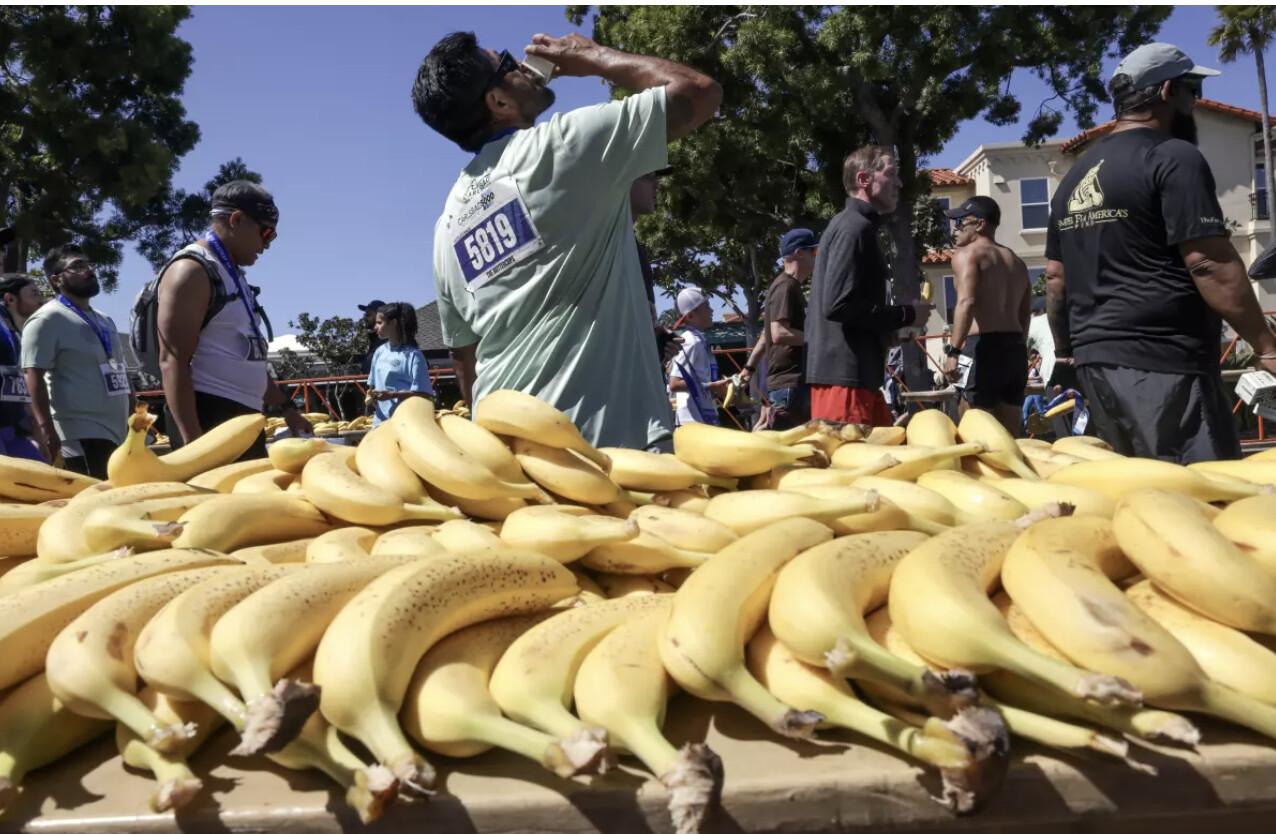
Under blue skies with only wispy clouds, competitors ran parallel to the coastline on Carlsbad Boulevard. They were cheered on both by spectators there to take in the “World’s Fastest 5K” and the beachgoers who became impromptu fans.“The new course is way fun,” said Kurgat. “You don’t have to think about much, so I like it better than last (year’s) course.”
Kurgat’s appreciation for the course manifested in a final time of 13:46.11. His 4:26 pace edged him ahead of New Zealand’s Matt Baxter, who finished second at 13:47.74.
“I felt surprisingly good throughout the entire race,” said Baxter, who ran a 4:27 pace. “I just couldn’t quite hold onto Edwin as we came up that last hill … When I saw him in sights coming through his home stretch, I was giving it everything, because I knew if I was even close to Edwin, it was going to be a day I could be happy with.”
With a mile remaining and the runners coming up the slope, the 2019 NCAA cross-country champion from Iowa State Kurgat gained separation.
Kurgat and Baxter pulled away from American Ben Veatch — who, at Indiana University set the USATF American Junior indoor 5K record with a since-broken 13:57.27. Veatch finished third on Sunday with a time of 14:09.39.
His repeat first-place performance at the Carlsbad 5000 continued an impressive 2024 for Kurgat, who in January ran a 12:57.52 in the indoor 5,000 meters at the John Thomas Terrier Classic in Boston.
An Olympic-qualifying time to his credit, Kurgat’s attention for 2024 turns to Paris and the Oymmpics.
“It’s a big year, Olympic year. I wanted to come here, have some fun, take a quick break and I wanted to use (Carlsbad) as part of my training,” Kurgat said.Likewise, fellow repeat Carlsbad 5000 champion Galvan ran an Olympic-qualifying time during the World Championships last August in Budapest, Hungary.
A native of La Sauceda, Guanajuato, Galvan will represent Mexico in Paris for the 5,000 meters. She has designs on qualifying for the 10,000, as well.
Ahead of competing for the nation this summer, onlookers at the Carlsbad 5000 waved Mexican flags for Galvan on Sunday.
“I really like the atmosphere,” she said. “It was crazier than last year because last year, we had many turns (on the course) ... The crowd was really, really amazing.”An enthusiastic crowd made for a welcoming environment to Galvan amid the intensity of Olympic preparations.
“Stress builds up. Coming here to a race like this makes it fun,” Galvan said. “I said, ‘If I win, great. If I don’t, it’s fine.’ Because what I wanted to do as much as winning was having a good race.”Galvan accomplished her goal of running a strong race, and winning again came with that.
She finished with a time of 15:19, 20 seconds ahead of second-place finisher, Marissa Howard. Carrie Verdon came in third at 15:49.
Each champion’s successful defense ahead of their respective pursuits of Olympic success provided fitting punctuation to an all-around idyllic spring North County day.
San Diego running legend Meb Keflezighi, a part-owner of the race, summed it up this way:
“Great turnout from the crowd, great turnout from the participants and perfect weather.”
by Kyle Kensing
Login to leave a comment
Portuguese kids 11 and under are not allowed to run a mile race in their own country and Bob Anderson feels this rule should be updated
"It is not fair that kids under the age 12 can not race a mile in Portugal nor kids under 18 can not race a 10k. These out dated rules need to be updated," says Bob Anderson who is setting up a KATA running retreat in central Portugal opening in June. In 2021 he opened his first KATA Running Retreat just 45 minutes outside of Nairobi Kenya. Bob posted this on FB:
As some of you might know, we are setting up our second KATA Running Retreat in Central Portugal. We are in a small village called Monforte da Beira. There are only 310 people in our village. It is a very cool village with cobblestone streets, olive and cork trees nearby and miles of roads and trails for running, hiking and walking.
We bought our Anderson Manor House Feb 1 of 2024. It is an amazing three story place of 15,000 square feet with another 12,000 feet of out buildings and caves plus two acres of land with olive, fig, orange trees and a big area of land for our garden and farm animals. We want to be as sustainable as possible like we are in Kenya and produce at least 50% of our food.
This is going to be our base in Europe for us personally and the location of our second KATA Running Retreat. We are welcoming our first guests in June.
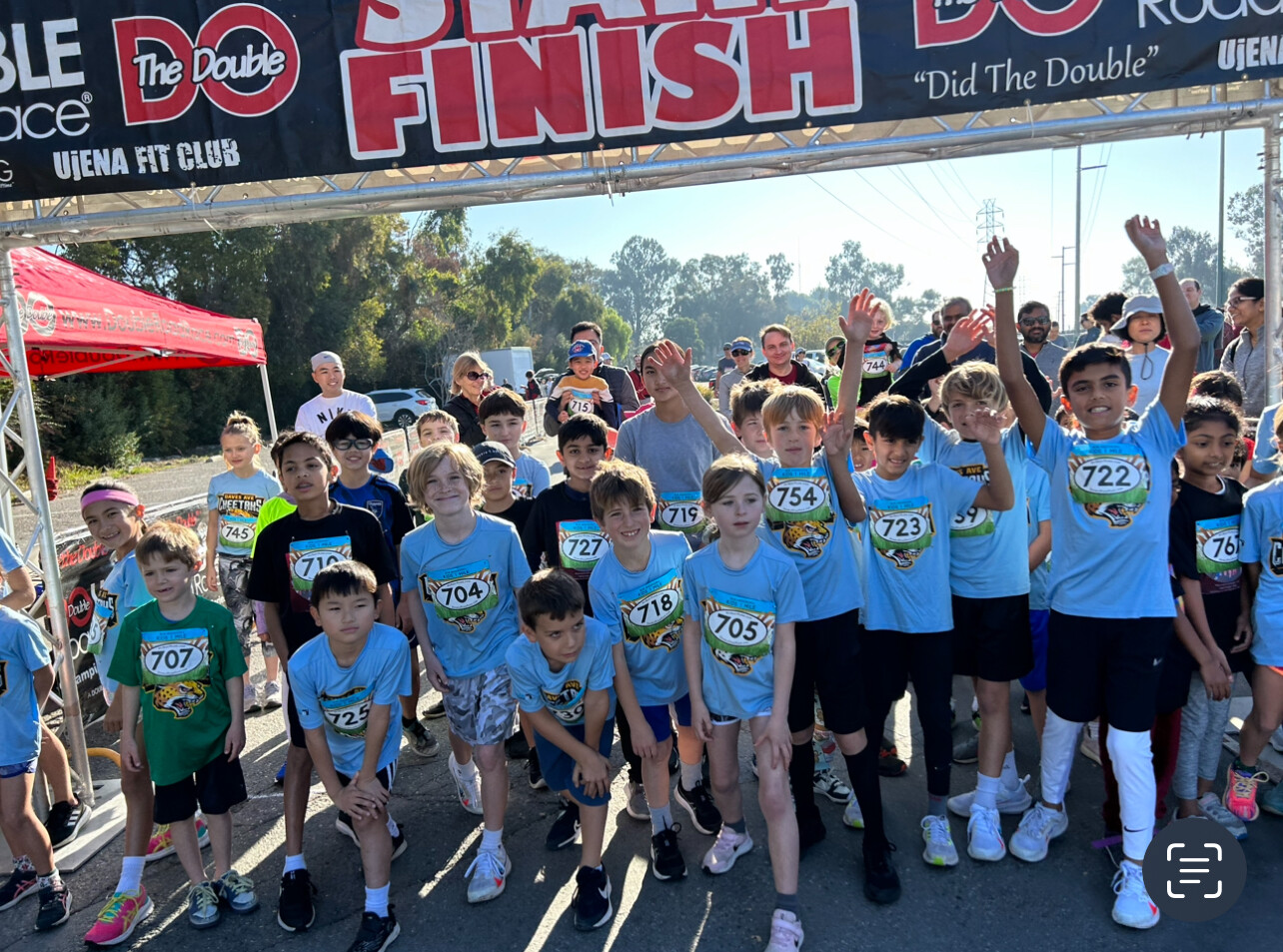
KATA (Kenyan Athletic Training Avademy) Running Retreat Kenya officially opened in Sept 2021. We currently have 22 Kenyan athletes living, eating and training with us. We have eight rooms for guests and already we have had bookings from England, France, Poland, New Zealand and the US.
Our training program is Train The Kenyan Way. We currently have five accredited AK coaches on staff. Already our top KATA runners are running world class times. Peter, one of our top runners just recently clocked 27:54 for a 10k race in the US. We also stage kids races at KATA. Kids of all ages. (Third photo)
Anyway, things are going well for us and we look forward to develope our second location in Portugal.
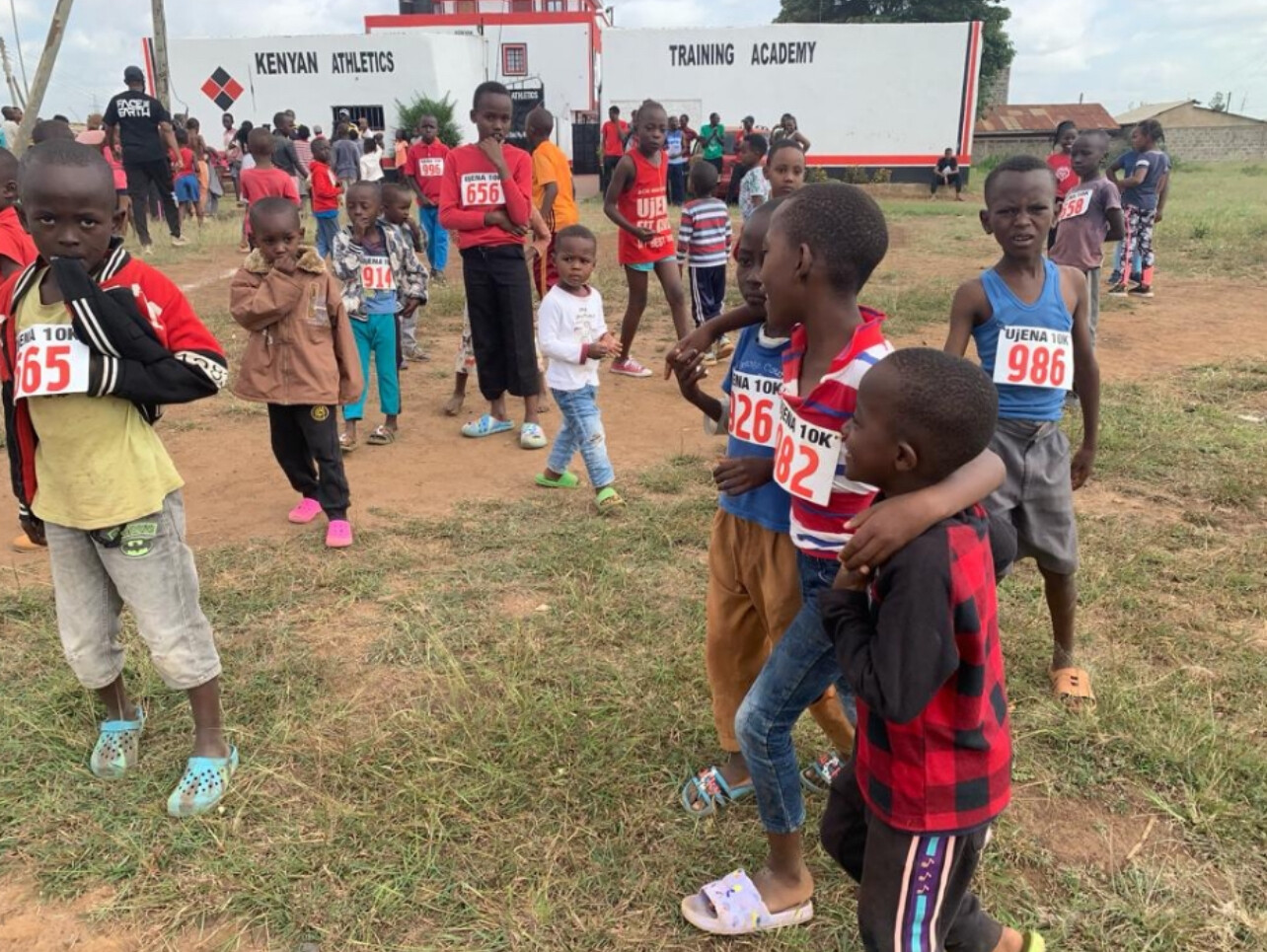
One thing we do monthly is a time trial plus we regularly stage races. Our Double Road Race Federation company founded in 2010 is the owner of these projects. We stage three races in Northern California annually attracting nearly 1500 runners as well.
One of the events we have been doing since 2010 is the Bob Anderson Kids mile. It is an event for kids 13 and under. In Palo Alto, California last December we had over 70 kids run our mile, some as young as 2. We let their parents decide if their child is capable of running (or walking) a mile.
Each of our kids get a medal, a t-shirt and a chance to win a raffle prize. We also give out a special medal for each winner for their age. 2-3-4-5 and so on. The kids love our event and we have had over one thousand kids participate over the years. There has never been a problem.
Let’s get back to the point of this post. To celebrate the opening of our new retreat in Portugal I asked the Mayor of our village if we could stage a race in conjunction with their summer festival in June. It would be Monforte da Beira first running race ever. The mayor thought it was a good idea and we started things rolling for our June 23rd event. Besides the 10k we also would do a 3k hike/walk and our Bob Anderson kids mile (for kids 13 and under).
So I hired a race director Nuno. He said he could handle everything. I did not know at the time that he had never put on a race before. He said he was very connected to the running scene since he had been running for like 15 or more years.
Things were moving along fairly well until April 5. After paying him for a month he informed me that only kids 12-13 could run our mile race and no one under 18 could run our 10k race.
I told him this was backward. Maybe it was too strong of a word but it reminded me of the time in the US where women were not allowed to run over a half mile and certainly not a marathon.
I mention that in the US we have thousands of kids under the age of 12 running one mile races and beyond. Plus even more kids under 18 running 10k and beyond.
I found this story from September 2023,
“Olivia Hawes of Blacksburg (USA) holds world records for running and when she crossed the finish line last week for a 6.15K in Virginia Beach, she topped 200 total miles in her young career. She has run more than 20 5Ks in nine different states and has a goal to run one in all 50 states. The unbelievable fact is that Hawes is only two years old.
She has the fastest mile and most 5ks for a 1-and 2-years old along with being the youngest and second youngest competitor in the VA Commonwealth Games’ 33-year history.” (First photo)
Now this is an extreme example. Two is young but there is even more examples of kids not only completing a mile or more race but loving every minute. My grand kids ran races at age 4 and loved doing so. I started running races at age 15 way back when and at 76 I still love running
According to Nuno this is the rules of the Portugal Athletics Federation. And since he “loves his country” he has to follow the rules. Sorry but these rules are just not fair for kids under 18 in my opinion,
So I told Nuno that I can’t endorse these rules. The Bob Anderson kids mile should be for all kids 13 and under. Nuno then said we have to follow the rules of Portugal.
I didn’t agree and even suggested not even doing a kids race as a compromise. But he did not want to listen to anything I was saying. So he resigned not giving any notice. Right now I have taken over the duties of race director of our June 23 event. I simply could not endorse this rule. We are new to portugal but certainly not new to running.
by Bob Anderson
Login to leave a comment
Malaysia rejects offer to host 2026 Commonwealth Games
Malaysia has rejected an offer to hold the 2026 Commonwealth Games due to time constraints, costs and an insufficient offer of funding, its government said on Friday, in a major setback for a quadrennial multi-sport event that has struggled to find hosts.
Malaysia was asked to step in after the Australian state of Victoria withdrew, citing ballooning costs, with the Commonwealth Games Federation (CGF) offering 100 million pounds ($126 million) in supporting funds.
Malaysia ruling itself out raises the possibility that the Games may not take place for the first time since being cancelled in 1942 and 1946 due to the Second World War.
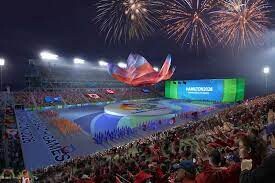
Malaysia could not commit to hosting the contest at such short notice with cost concerns and little time to assess the potential economic impact, officials said.
"If we had a longer time, we would definitely do it, but because there's such a short time, we definitely can't do it," government spokesperson and Communications Minister Fahmi Fadzil told a regular briefing.
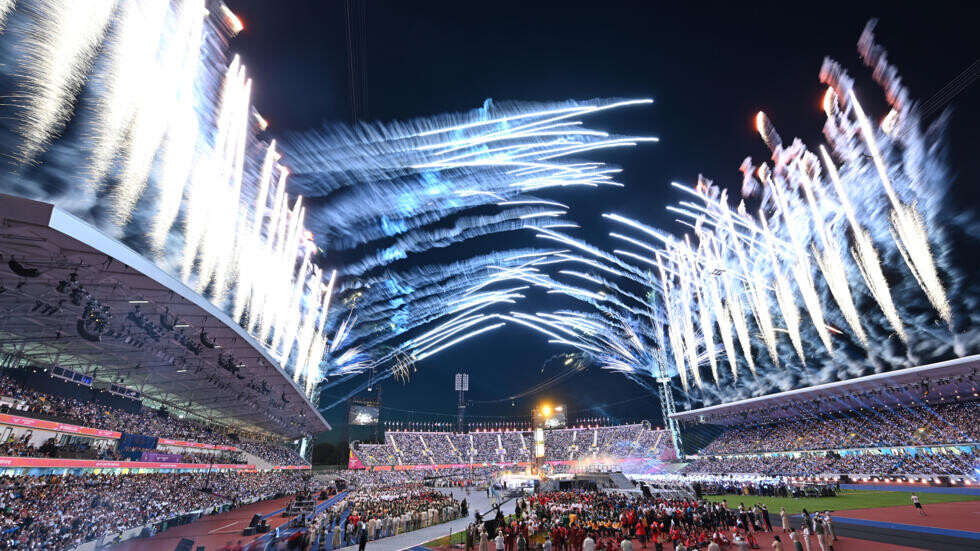
"When we assessed the viability of hosting the Games, the length of time needed and the cost was seen to be particularly prohibitive."
The CGF expressed disappointment at Malaysia's decision, but said its search for a host was continuing.
"The confidential process to determine a host is continuing with other interested Commonwealth Games Associations," a CGF spokesperson said, without elaborating.
RELEVANCE QUESTIONED
The Games are typically contested by about 70 countries and territories of the former British empire and medals tables have in recent editions been dominated by Australia, England, Canada, India, New Zealand and South Africa.
Victoria's withdrawal had already placed the future of the event in doubt and raised questions about whether a Games with colonial origins was still relevant in the modern era, and over its place in an already packed global sporting calendar.
TV rights, the main income driver for international sports events, are tiny for the Commonwealth Games compared to other large-scale competitions, meaning national and local governments can face budget deficits if hosting.
Malaysia's youth and sports ministry said the 100 million pounds funding it was offered would not be enough to cover the costs of hosting the Games.
"Additionally, the economic impact could not be identified in this short timeframe," the ministry said.
The Games has struggled to find a willing host in recent years and five of the last six editions have been held in Australia or Britain.
The English city of Birmingham, which had been due to host in 2026, stepped in to save the 2022 event after South Africa were stripped of hosting rights over a lack of progress in preparations.
Birmingham's move led to the CGF scrambling to find another host for 2026 and Victoria had been the only viable candidate after several other cities withdrew from the bidding process over cost issues.
The proposal had received a mixed response in Malaysia, which hosted the 1998 edition, over the lack of preparation time and costs.
The Malaysian Olympic Council had initially proposed holding a downsized Games, with limited spending on athletes' accommodation and smaller opening and closing ceremonies.
by Reuters
Login to leave a comment
The Commonwealth Games
The Commonwealth Games are coming to Victoria - bringing an action packed sports program to our regional cities and delivering a long-term legacy for our future. From 17 to 29 March 2026, Geelong, Bendigo, Ballarat, Gippsland and Shepparton will be on the world stage, attracting millions of viewers and creating thousands of jobs. The multi-city model will...
more...Gotytom Gebreslase hopes to break Nahoya course record
In advance of the highly anticipated race scheduled for this Sunday, March 10, 2024, the Nagoya Women’s Marathon held a pre-race press conference for the invited elite athletes today in Nagoya, Japan.
Gotytom Gebreslase (ETH), 2022 Oregon World Champion and 2023 Budapest World Championships silver medalist said, “My goal for Sunday is to run under two hours 18 minutes, and if the weather and pacemakers are good, I will try to break the course record of 2:17:18.” Her competitor Eunice Chebichii Chumba of Bahrain, 2023 Asian Games Champion said, “My preparation has been going well, and my focus will be to improve my personal best of 2:20:02.”
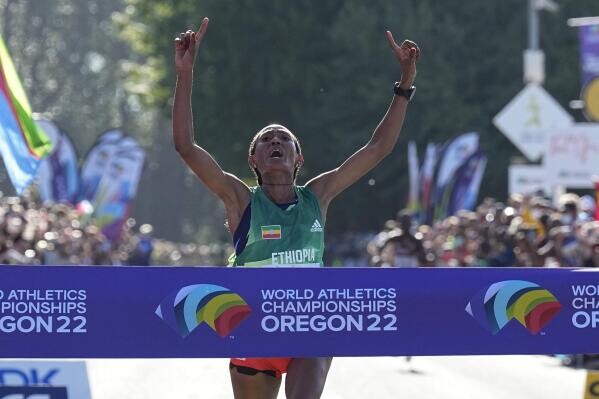
For Japanese athletes, the Nagoya Women’s Marathon 2024 will be the last chance to win a place in the Paris Olympics team by beating the new national record of 2:18:59 just set by Honami Maeda this January.
The 2020 Tokyo Olympians Ayuko Suzuki will aim to break the target of 2:18:59 so she can compete in the Olympics again to show what she really can do, adding that she was ready to turn the support of the local spectators of her hometown Aichi into strength. Sharing the same goal with Ayuko, Rika Kaseda commented that she had prepared for a high-speed race and would challenge herself to keep up with the pace of other fast athletes to grab the last ticket for Paris 2024.
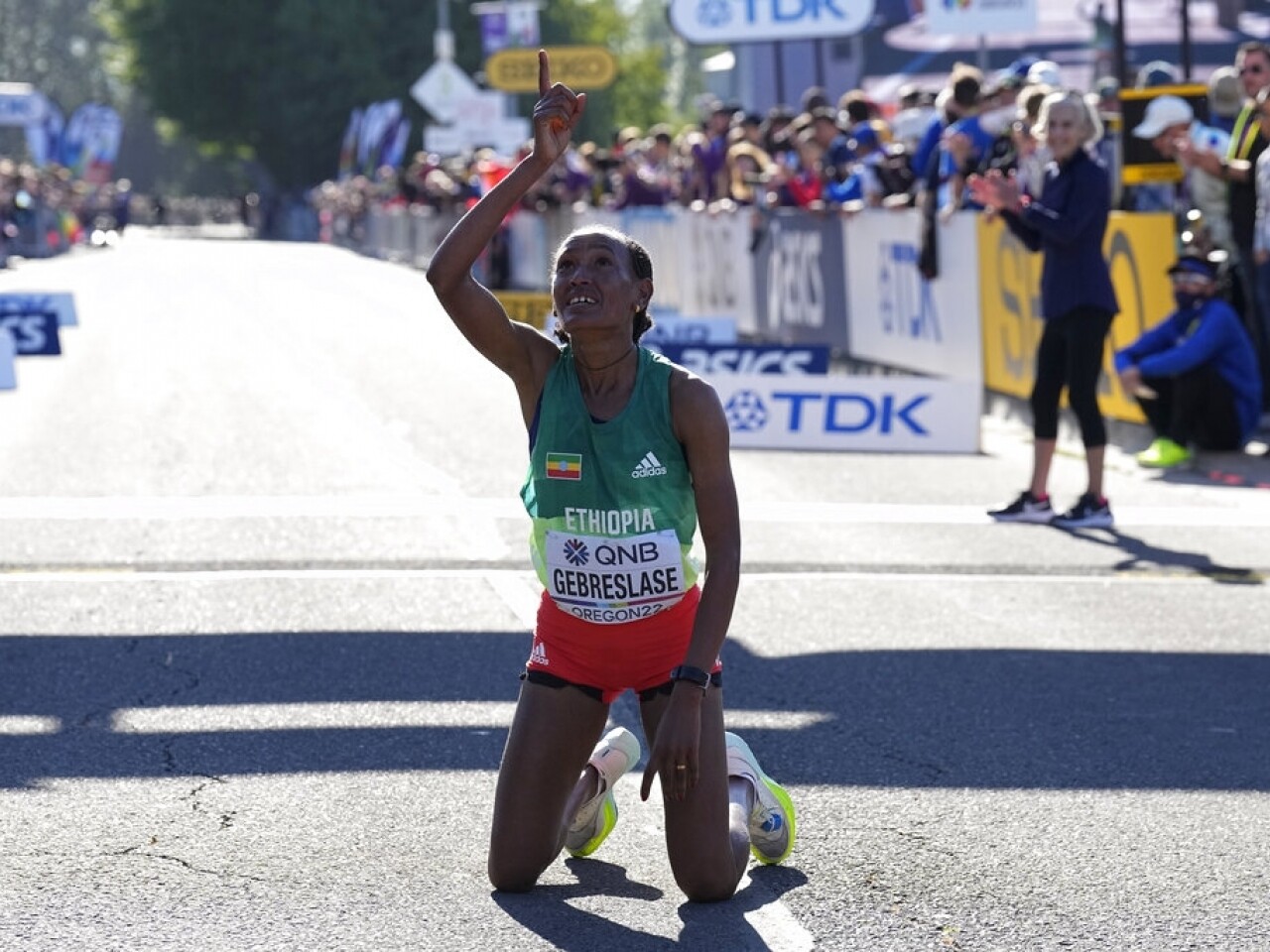
In addition to these top elite athletes, many recreational runners will join the Nagoya Women’s Marathon 2024 from home and abroad, making it an exciting race with 18,000 participants. All finishers will be presented with an event’s exclusively designed Tiffany & Co. pendant and a New Balance T-shirt as the finisher prize.
Sunday’s race will be streamed live free of charge to 37 countries and regions (Argentina, Australia, Bahrain, Brazil, Brunei, Cambodia, Chile, Colombia, Egypt, Ethiopia, France, Germany, Hong Kong, Indonesia, Israel, Italy, Kenya, Macau, Malaysia, Mexico, Monaco, Myanmar, Namibia, Netherlands, New Zealand, Papua New Guinea, Philippines, Puerto Rico, Romania, Singapore, South Africa, South Korea, Spain, Taiwan, Thailand, United Kingdom, and United States of America) on the race’s official website at https://womens-marathon.nagoya/en/broadcast.php. Stay tuned for the race to start at 9:10 a.m. on Sunday, March 10, 2024, Japan time.
by AIMS
Login to leave a comment
Nagoya Women's Marathon
The Nagoya Women's Marathon named Nagoya International Women's Marathon until the 2010 race, is an annual marathon race for female runners over the classic distance of 42 km and 195 metres, held in Nagoya, Japan in early March every year. It holds IAAF Gold Label road race status. It began in 1980 as an annual 20-kilometre road race held in...
more...Jim Walmsley, Mathieu Blanchard will return to UTMB in 2024
2023 UTMB champion Jim Walmsley and 2022 second-place finisher Mathieu Blanchard have confirmed they will appear at this year’s Ultra-Trail du Mont-Blanc (UTMB) final, which takes place in Chamonix, France on Aug. 30, according to a report by iRunFar. A number of other ultratrail elites have also been announced, including the U.K.’s Tom Evans, who finished third in 2022 and who won Western States 100 in 2023, and Canada’s Christian Meier, the former pro cyclist who won the 145-km TDS race last year.
On the women’s side, Canada’s Marianne Hogan (who finished second in 2022) is confirmed, as are 2022 champion Katie Schide of the U.S., France’s Claire Bannwarth and New Zealand’s Ruth Croft (who won Western States in 2022). (Three-time UTMB champion and course record holder Courtney Dauwalter does not appear on the list.)
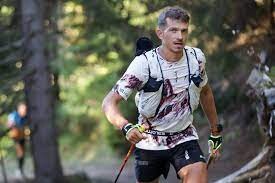
Four-time champion Kilian Jornet and 2023 second-place finisher Zach Miller will also not be returning. After the October, 2023 announcement by UTMB and its minority partner, the Ironman Group, of a new race in Whistler, B.C. in 2024, and the Dec. 1 announcement that UTMB livestream announcer Corrine Malcolm had been fired, the two publicly questioned the organization’s decisions and its treatment of athletes. There was talk of a boycott, though Jornet and Miller dispute this; in the wake of all of this, regular discussions between UTMB and the Pro Trail Runners Association (PTRA), of which Jornet is a founding member, became more frequent, with a view to smoothing relations between athletes and the race.
Walmsley moved to France for two years to hone his mountain-running skills before finally winning UTMB on his fifth try in 2023 (he Walmsley first ran UTMB in 2017, finishing fifth; he DNF’d in 2018 and again in 2021, then finished fourth in 2022). Blanchard, who has returned to France after living in Montreal for a few years (and taking out Canadian citizenship), finished fourth last year after following Jornet onto the podium in 2022. Hogan has been dealing with injuries for much of the last year and a half since her podium finish in 2022.
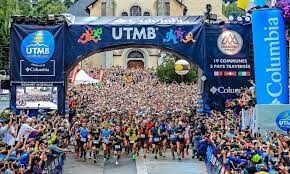
by Anne Francis
Login to leave a comment
North Face Ultra Trail du Tour du Mont-Blanc
Mountain race, with numerous passages in high altitude (>2500m), in difficult weather conditions (night, wind, cold, rain or snow), that needs a very good training, adapted equipment and a real capacity of personal autonomy. It is 6:00pm and we are more or less 2300 people sharing the same dream carefully prepared over many months. Despite the incredible difficulty, we feel...
more...New Zealand’s Geordie Beamish shocks field for gold in men’s 1,500m final
Geordie Beamish of Hawke’s Bay, New Zealand, pulled off an incredible upset to take gold in the men’s 1,500m on the final day of competition at the 2024 World Indoor Championships in Glasgow.
Beamish was not expected to win, with the 1,500m not being his main event. However, he bided his time and entered the final lap in eighth place before surging down the final straight to become New Zealand’s first world indoor champion in the 1,500m event, clocking a personal best of 3:36.54.
“I trusted my closing speed against anyone,” said. Beamish to Canadian Running post-race.
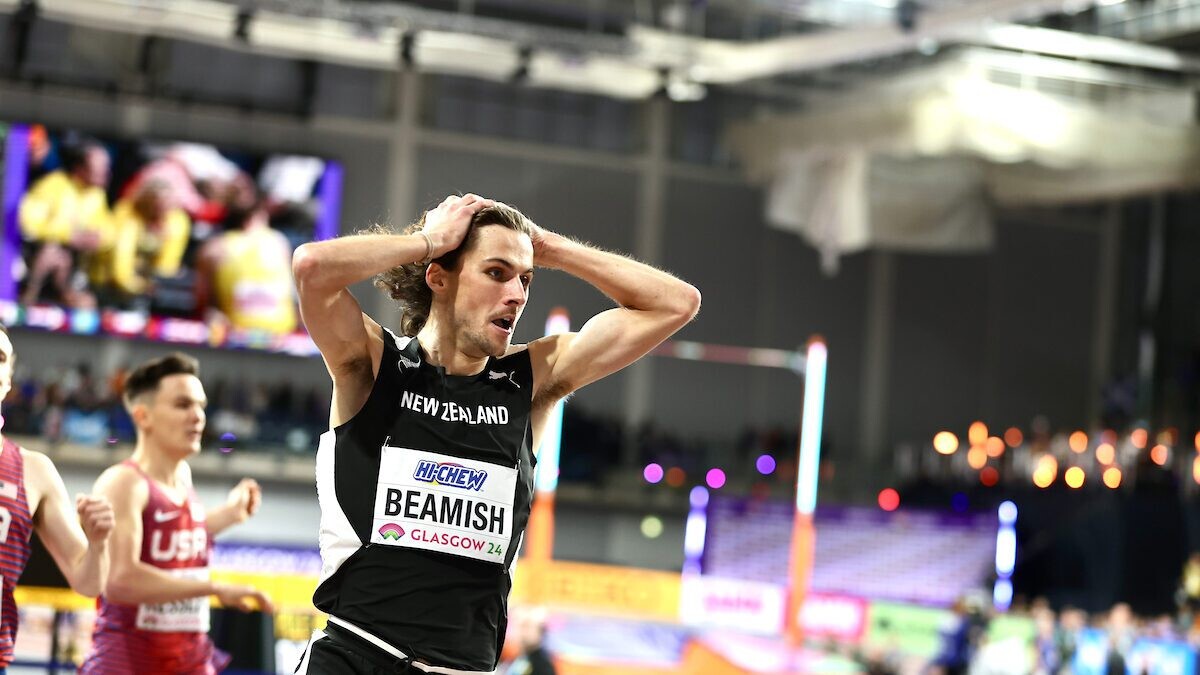
Cole Hocker and Hobbs Kessler of Team USA claimed silver and bronze, respectively, with times of 3:36.69 and 3:36.72.
The door was open for a new champion in the men’s 1,500m with the absence of Jakob Ingebrigtsen due to injury and reigning world (outdoor) champion Josh Kerr, who ran and won the 3,000m distance instead.
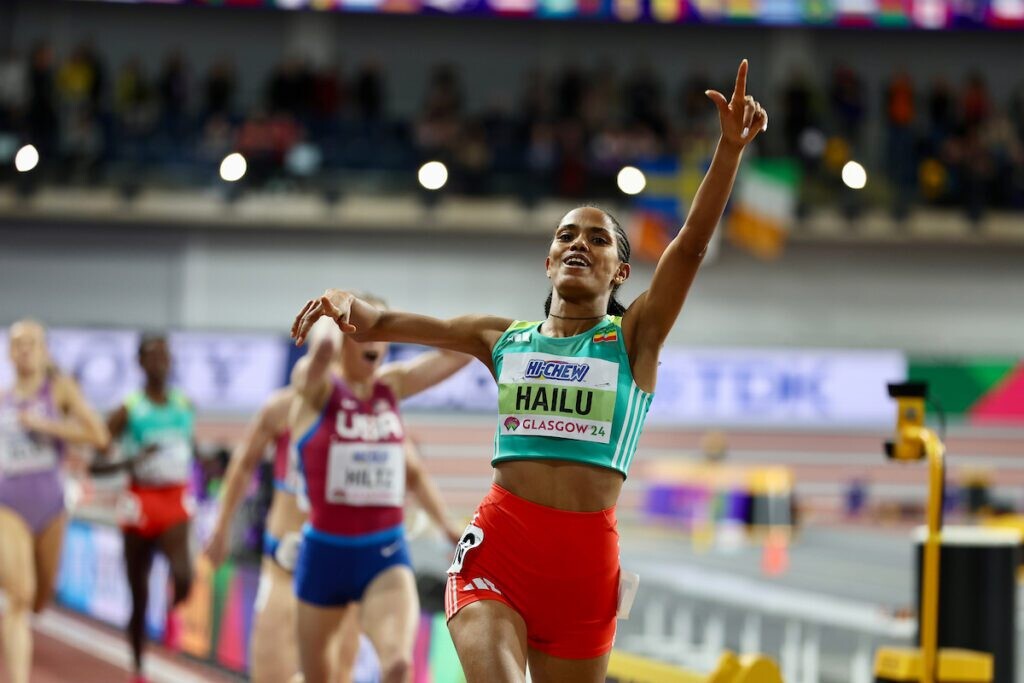
When asked if Beamish would run the 1,500m in Paris instead of the steeplechase, he declined. “I don’t think I can run a 1,500m in 3:29,” he said. “I enjoy the steeple a lot, and I think I have my best chance to medal in that event.”
Vancouver’s Kieran Lumb finished 13th in the 1,500m final. “I’m disappointed,” says Lumb. “I felt I was going to really do something special today, and that wasn’t the case.”
Beamish’s medal capped off a day to remember for New Zealand after Hamish Kerr earlier won gold in the high jump. The small Oceanic island nation finished with four medals (two gold, two silver), their most ever at an indoor world championship.
In the women’s 1,500m final, it was Ethiopia’s Freweyni Hailu who came out on top in a time of 4:01.46. This is Hailu’s first global title. Her best finish before Glasgow was a fourth-place finish at the Tokyo Olympics in the same event. Americans Nikki Hiltz and Emily MacKay ran personal bests to win silver and bronze. Canada’s Lucia Stafford finished 11th in 4:08.90.
by Marley Dickinson
Login to leave a comment
World Athletics Indoor Championships
World-Class Competition Lands in China: 2025 World Athletics Championships The global spotlight shines on China as it hosts the 2025 World Athletics Championships, bringing together the planet’s most elite runners, jumpers, and throwers. This prestigious event, organized by World Athletics, represents the pinnacle of track and field competition—where national pride, personal records, and world titles are on the line. ...
more...Ethiopian Gotytom Gebreslase will run in world’s largest women’s marathon
The Nagoya Women’s Marathon announced today the world’s top women athletes who will compete in the 13th edition of the race to be held on Sunday, March 10, 2024.
The leading names in the field are Gotytom Gebreslase of Ethiopia, world champion in Oregon in 2022 with a personal best of 2:18:11 and Silver Medallist in Budapest in 2023, and Eunice Chebichii Chumba of Bahrain, Asian Games Champion of 2023 in Hangzhou, who has a personal best of 2:20:02.
The competitor list also includes many outstanding international athletes such as Delvine Relin Meringor of Romania, Violah Cheptoo of Kenya, Giovanna Epis of Italy, Eloise Wellings of Australia, Camille French of New Zealand, and others representing China and Puerto Rico.
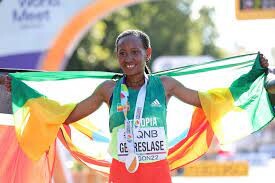
The local athletes who will face them from Japan are Ai Hosoda, the third-place finisher in the Marathon Grand Championship, Japan’s domestic qualifier for the 2024 Paris Olympics, who set a personal best of 2:21:42 in the 2022 London Marathon, the 2020 Tokyo Olympians Ayuko Suzuki in the marathon and Yuka Ando in the 10,000m, and 2023 Budapest World Championship competitor Rika Kaseda, all of whom have personal best records under 2:22 and will be vying for the final spot in Japan’s marathon team for the Paris Olympics.
Anyone who beats the Japanese record of 2:18:59 – just set this January for the first time in 19 years – will qualify for Paris.
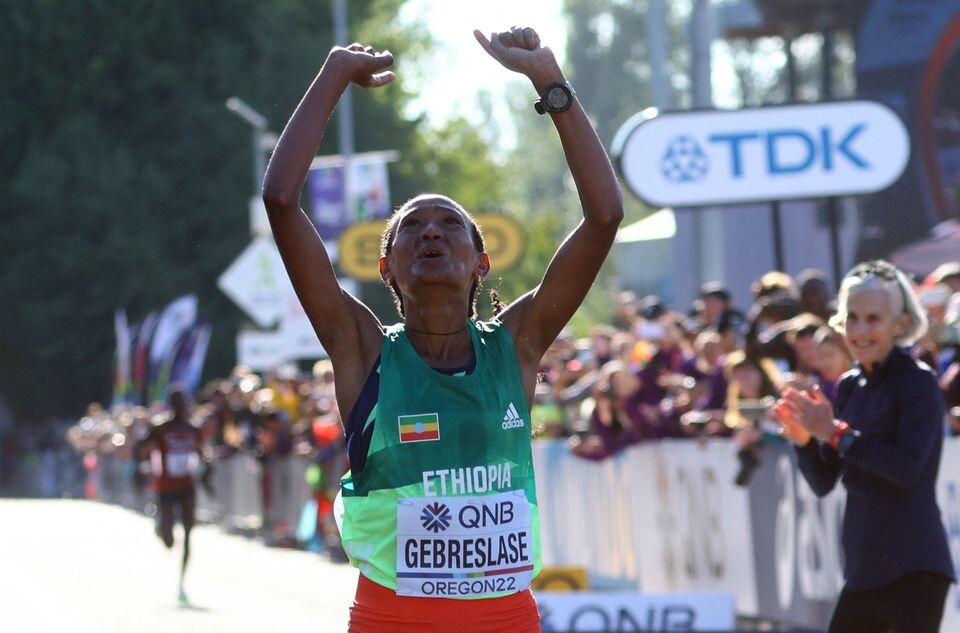
The pacemakers driving the high-speed race include Sheila Chepkirui of Kenya, who has a personal best of 2:17:29.
The Nagoya Women’s Marathon is not only one of the world’s fastest elite competitions as a World Athletics Platinum Label road race, but it is also known as the world’s largest women’s marathon and a unique festival to celebrate women runners. All finishers will receive an event-exclusive Tiffany & Co. pendant as a token of their achievement.
The 2024 race will take place in Nagoya, Japan, on March 10 with 20,000 runners, while a virtual race is currently held from February 10 through March 31, which can be participated in anywhere in the world via a running app.
by AIMS
Login to leave a comment
Nagoya Women's Marathon
The Nagoya Women's Marathon named Nagoya International Women's Marathon until the 2010 race, is an annual marathon race for female runners over the classic distance of 42 km and 195 metres, held in Nagoya, Japan in early March every year. It holds IAAF Gold Label road race status. It began in 1980 as an annual 20-kilometre road race held in...
more...Burnout Is Complicated
Kieran Abbotts is a PhD student at the University of Oregon, studying human physiology. He earned his master's degree in Metabolism and Exercise Physiology at Colorado State University. The lab that he works at now studies exercise and environment and stressors on physiology. In other words, he's an expert on how the chemicals in the body work during exercise, and what happens when things get out of whack.
"Essentially, there are two kinds of training. There's functional overreaching, which means you stress the body with hard workouts and long runs. Then you provide adequate time to recover, and you induce adaptations," Abbotts said. This kind of training is ideal-your body is getting stronger. "You want to be functionally overreaching as an elite athlete-so that you're making progress and becoming a better runner, but also giving yourself adequate recovery."
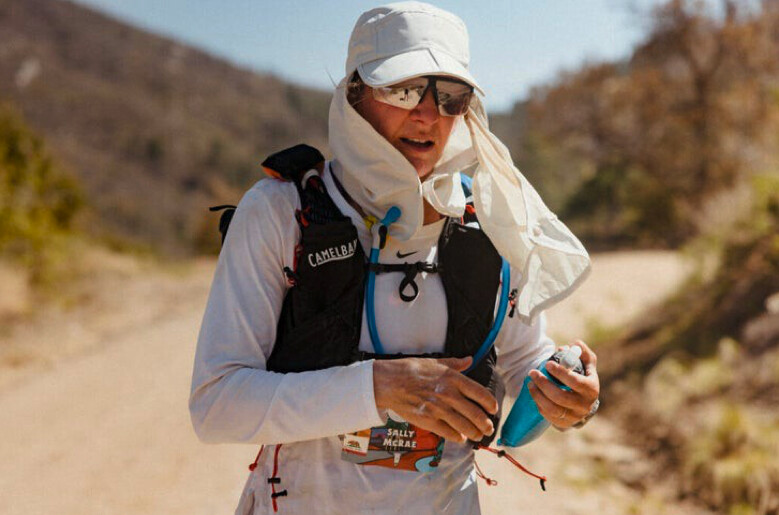
And then there's non-functional overreaching, which can feel the same to many athletes, but it's very different.
"With non-functional overreaching you're essentially doing the same thing-big workouts, stressing the body-but not giving yourself enough time to recover. And so you start doing damage." That damage might take a long time to show itself, Abbots said, but it eventually will.
This might be the most important thing to know about being an athlete at any level. Non-functional overreaching is exactly the same as very healthy training, except without enough rest. And rest is different for everyone, which makes it exceptionally easy to slip from functional overreaching into damaging non-functional overreaching without realizing it. Without adequate rest, the body begins to break down instead of build stronger.
Stress Is Stress
Professional ultrarunner Cat Bradley, 31, living in Hawaii, has experienced fatigue and burnout in various forms, including just after she won Western States in 2017.
Winning a big race is great, but it also means all eyes are on you-the pressure is high to stay on top. "After winning Western States, I took a month off, but I was still running at a high level. And for lack of a better term, I felt like I had a gun to my back," Bradley said. "I wanted Western States so badly, and after I won, so many things happened and I never shook that gun-to-the-back feeling. After a while, it led to burnout. I had to take a mental break."
For many athletes, finding success can be the stress that makes non-functional overreaching feel necessary. How can you take an extended break when you're winning and signing new sponsor contracts?
A second version of burnout for Bradley came when she went through an especially stressful situation outside of running. She was dealing with such extreme daily emotional stress in her personal life that everything else was affected, including running and training. When the body is enduring stress, it doesn't know (or care) what the cause is. We can't put our life into silos. If there's stress in one's life, everything else needs to be adjusted. It doesn't matter if that stress is "just work" or illness, or relationships.
When you're overtraining, or chronically overstressed, your body is creating higher levels of "catecholamines" hormones released by your adrenal glands during times of stress like epinephrine, norepinephrine, or adrenaline. "Having those chronically high levels of overstimulation and not enough recovery, you wind up with a desensitization," Abbotts said. "Overstimulation also causes decreased levels of plasma cortisol. Cortisol is the stress hormone, and it plays a very important role in your physiology."
When you're exercising or stressing the body, cortisol will go up, to help the body deal with the stress. But if you're constantly requiring lots of cortisol, your body will eventually down-regulate. It will adapt and then you'll have low levels of cortisol. This means trouble dealing with physical and mental stress.
In February, Bradley experienced her most recent version of burnout, and it happened mid-race. Bradley was running the Tarawera 100-miler in New Zealand. Besides training for such a big race, she was also working full-time and planning and preparing for her wedding, which was just days after the race. On top of everything, travel to the event was incredibly stressful.
"I was in fourth place, I could see third, and at mile 85, I passed out and hit my head on a rock," Bradley said. "We can talk about the reasons that I fainted, but I really think my brain just shut down-it was too much."
For Bradley, reaching burnout has a lot more to do with outside stressors than the actual running. But now she's aware of that-she continues to work on not reaching the gun-to-the-back feeling. The need to please others. The fear of losing fitness in order to take care of her body. It's an ongoing process, but an important one.
Overdoing Is the American Way
Professional ultrarunner Sally McRae said, based on her observations, Americans are really bad at taking time off. "I've traveled the world and Americans are really bad at resting," she said. "It's part of our work system. You go anywhere in Europe and everyone takes a month-long holiday. You have a kid and you take a year off. We're not conditioned like that in America. It's like you get one week and then after you work a decade, you get two weeks of vacation."
For McRae, avoiding burnout and overtraining has a lot to do with creating a life that's sustainable. She started working when she was 15-years-old, so she realized earlier than most that life couldn't just be working as hard as possible to count down to retirement.
"Perspective is massive when it comes to burnout. My goal every year is to find the wonder and the beauty and the joy in what I do. Because it's my job, but it's also my life," McRae said. "And I really believe we're supposed to rest-it should be a normal part of our life. Whether that's taking a vacation or taking an off-season. I take a two-month offseason and I have for a long time."
One of the most important parts about rest and not overstressing the body is that everyone is different. An overstressed body can lead to hormonal imbalances, which in turn affects everything.
"When you're overtraining, you tend to get mood changes and have trouble sleeping," Abbotts said. "Two of the big things that stand out are you're exhausted but you can't sleep. And the other is irritability-mood swings, and depression." When you get to the point that you've overstressed your body for so long that the chemicals are changing, pretty much everything starts falling apart.
And even though everyone is different, you'd never know that from looking at social media. "I know social media makes it seem like ultrarunners are running 40 miles a day, doing a 100-mile race every other weekend," McRae said. "And that's insane. You've got to be in touch with yourself. It's very different to wake up and feel sore or tired, but if you wake up and feel like you have no joy in the thing you're doing, you need a real break from it."
How Can the Running Community Do Better?
Elite ultrarunner and running coach Sandi Nypaver wants runners to get more in touch with how they're feeling and less concerned about numbers or what anyone else is doing.
"I have to have honest talks with people I'm coaching. I need them to feel like they can tell me how they feel, because sometimes they think they have to stick to the training plan for the week no matter what," she said. "But the plan is never set in stone. It's meant to be adjusted based on how you're feeling. Some weeks we might feel great and not need to change anything, while other weeks we might have to totally crash the plan and do something else."
It's easy to judge ourselves against everyone else, especially when results and reactions are so public and available.
"It's easy to say, 'if that person only took three days off after a big race, and now they're already back to training, that must be what you're supposed to do,'" she said. "But even at the highest level, training is different for everyone. Resting is different for everyone."
"Something that's really, really hard for many runners to understand is that once you're not sore anymore, that you're still not recovered," Nypaver said. "A lot of research says that things are still going on in your body for up to four weeks after, for certain races, depending on the distance."
Sometimes it's difficult to be aware of subtle signs when the soreness is gone. "Convincing people that they need to chill out for a while, even past the soreness, can be really difficult." But after a huge effort, and before the next, people rarely end up saying things like, "I really wish I hadn't rested so thoroughly." Part of it is actually having a recovery plan. Putting rest days on the calendar, focusing on foam rolling and mobility on days that you're not "doing."
"And, actually just relaxing. Taking it easy. It's not just a running model, we live in a culture where we're always being asked to do more," Nypaver said. "I wish instead of always thinking about doing more, we'd focus on how we want to be more. A lot of us want to be more relaxed and less stressed and happier and enjoy our lives. We need to put our attention on that instead of trying to do so much. It's something I struggle with all the time."
We don't get validation for resting, relaxing, and being present because there's no tangible thing to show for it. There's no "be really calm often" challenge on Strava. But the bigger rewards are great. You just have to trade in immediate dopamine hits for a much more balanced, happier life.
Simple, right?
"One thing I'm doing, and asking my athletes to do, is to write down your intentions," Nypaver said. "One of my intentions is to chill out more this summer and enjoy it. I grew up thinking it's all about running, and I have to go all-in on running. But having other outlets, other things that I like to do, is so important."
When you've reached burnout-an extended period of non-functional overreaching, prolonged rest is the only way to let the body fix itself.
"Once you are overtrained, you need to stop training," Abbotts said. "It's just kind of the bottom line. Maybe some people can get away with greatly reducing their training load, but most of the time you need to stop. You need an extended amount of time off."
There's nothing glamorous about rest. There's no prize money in relaxing. But it's the absolute key ingredient in extended performance, and in a much healthier, happier life.
by Trail Runner Magazine
Login to leave a comment
Josh Kerr puts Jakob Ingebrigtsen's beef aside as he focuses on next assignment
Scottish middle-distance runner Josh Kerr is not focusing on Jakob Ingebrigtsen's comments about him as he is eyeing another major assignment where he will attempt to attack the two-mile world record.
Reigning World 1500m champion Josh Kerr is not focusing on track rival Jakob Ingebrigtsen’s sentiments as he gears up for the Millrose Games on Sunday, February 11.
Kerr and Ingebrigtsen started their beef last year after the World Championships in Budapest, Hungary where the Scottish man bet the Norwegian to second place in the 1500m.
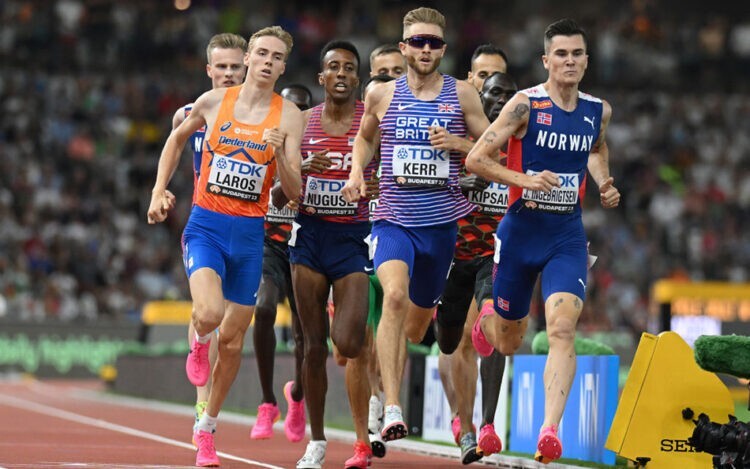
Kerr then rekindled the beef saying that Ingebrigtsen has a lot to work on when it comes to his manners on and off the track.
The Scot emphasised that the Norwegian has a “high ego” and is used to being surrounded by “yes men”, making it difficult for him to understand that there is a difference between respect and antipathy.

The reigning World 5000m champion, Ingebrigtsen has been out of competition due to an injury and he just made a comeback to the limelight announcing that he is expecting a child with his wife.
As per Letsrun.com, Ingebrigtsen also addressed Kerr, noting that he thinks the latter is just looking for attention ahead of the Olympic Games in Paris, France.
He said: “I realized that there was “something,” but I can’t quite say what it was. Let’s call it a desperate attempt. And I don’t think that was so smart. It might look silly at some point.”
However, Kerr seems unshaken by his sentiments and he is firmly eyeing his next assignment where he intends to make history.
He will tackle the two miles with Mo Farah’s world record of 8:03.40 in his sights. Kerr will be up against US 5000m and 10,000m record-holder Grant Fisher and Olympic 1500m sixth-placer Cole Hocker, New Zealander Geordie Beamish, and former US 1500m champion Cooper Teare.
“In February, I’m still coming off really high base training and I still want to be toward 5000m at that time of year. A two-mile just fits in perfectly where it is a bit speedier, but it’s not the mile,” he said as per Athletics Weekly.
by Abigael Wuafula
Login to leave a comment
NYRR Millrose Games
The Pinnacle of Indoor Track & Field The NYRR Millrose Games, first held in 1908, remains the premier indoor track and field competition in the United States. The 2025 edition will once again bring the world’s top professional, collegiate, and high school athletes to New York City for a day of thrilling competition. Hosted at the New Balance Track &...
more...Beatrice Chepkoech to open her indoor track season against two Ethiopian youngsters
Beatrice Chepkoech will be pitted against two Ethiopian youngsters in the women's 1500m at the ORLEN Copernicus Cup, a World Athletics Indoor Tour Gold meeting.
Ethiopian youngsters Diribe Welteji, and Freweyni Hailu will be up against Beatrice Chepkoech in the women’s 1500m field at the ORLEN Copernicus Cup, a World Athletics Indoor Tour Gold meeting, in Torun, Poland, on February 6.
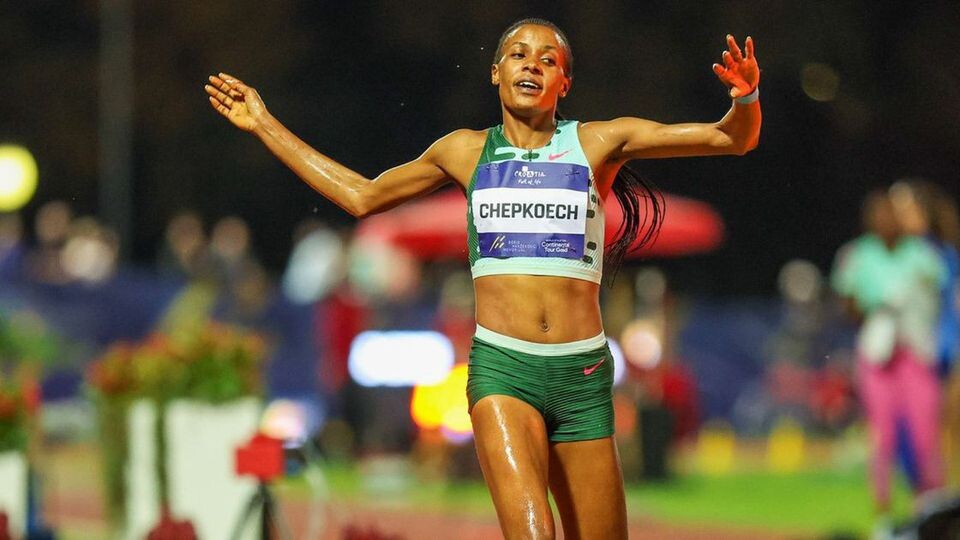
21-year-old Welteji set a world record when winning the mile at the World Athletics Road Running Championships in Riga in October, as she clocked 4:20.98 as her compatriot Hailu finished second with Faith Kipyegon completing the podium.
Welteji and Hailu will team up again in Torun where they will be up against the world 3000m steeplechase record-holder Chepkoech. Other strong opponents in the field include Ethiopia’s world indoor 1500m bronze medallist Hirut Meshesha and Uganda’s 2019 world 800m champion Halimah Nakaayi.
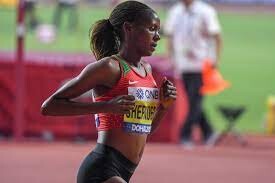
Welteji has proven to be a master in the 1500m and she also doubles up as the World 1500m silver medallist, having finished runner-up to Kipyegon in Budapest in August. She will surely be the one to watch when the race begins.
Meshesha has the quickest short track PB of the quintet, having clocked 4:02.01 in Lievin last year, finishing second and one place ahead of Hailu who set a PB of 4:02.47. Chepkoech ran her national record of 4:02.09 in 2020.
Meanwhile, multiple US record-holder Grant Fisher will take on the already announced world champion Josh Kerr in the two-mile race at the Millrose Games, also a World Athletics Indoor Tour Gold event.
The race on February 11 is set to be paced with the world indoor two-mile best of 8:03.40 as the target. Joining them on the start line will be USA’s Joe Klecker, Cooper Teare, and Dylan Jacobs. New Zealand’s George Beamish, Australia’s Morgan McDonald, and Ky Robinson will also be in the mix and will be joined by Britain’s Matthew Stonier, Japan’s Keita Satoh, Ethiopia’s Samuel Firewu and Addisu Yihune, and Sam Parsons of Germany.
by Abigael Wuafula
Beatrice Chepkoech
Login to leave a comment
A Marathon Where Victory Isn’t Reserved for the Winners
CJ Albertson and Grace Kahura-Malang won the California International Marathon while dozens more fulfilled lifelong dreams to qualify for the U.S. Olympic Trials in their last chance
If there’s one race where the adage ‘To the victor go the spoils” does not ring entirely true, it’s the California International Marathon (CIM). The commanding wins of CJ Albertson and Grace Kahura-Malang were certainly deserving of celebration. But they shared in the sweet taste of victory with dozens more high-level runners on last Sunday morning.
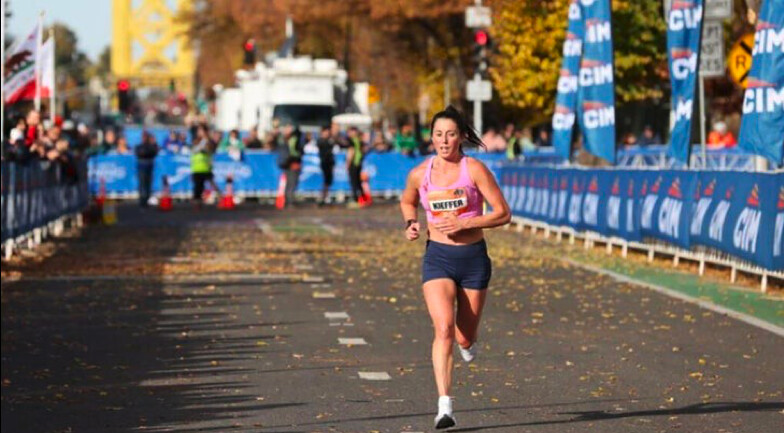
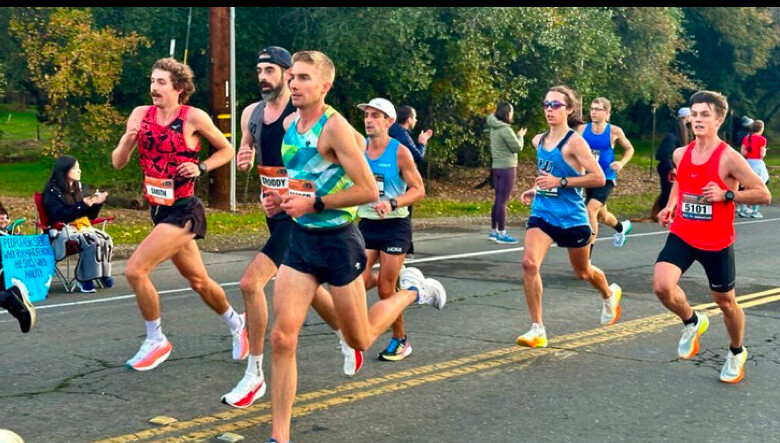
For several minutes after Albertson stormed from behind to take the men’s race in 2:11:09 and Kahura broke the tape in the women’s race with a personal best of 2:29:00, the finish line exhilaration continued to build as numerous runners sprinted their way to the finish line on M Street, adjacent to the California Capitol Mall in downtown Sacramento.
That’s because the winning prizes extended far beyond the $10,000 to something money can’t buy. American runners who could get to the finish line in time earned a qualifying berth for the 2024 U.S. Olympic Trials Marathon on February 3 in Orlando, Florida. That event will determine the six U.S. runners who will compete in next summer’s Paris Olympics, but it’s also a quadrennial benchmark of domestic distance running excellence, and the chance to run in it—especially for those who have no chance at making the Olympic team—is a badge of honor that lasts a lifetime.
Sunday’s CIM was the last opportunity to grab that proverbial brass ring, and as the time ticked down to the cutoffs—2:18 for men and 2:37 for women—41 runners realized dreams that had been several years in the making. That’s a considerably smaller number than the 109 runners who qualified four years ago, but the Olympic Trials are four weeks earlier this time around and many runners opted for earlier races.
To reach the lofty Olympic Trials qualifying (OTQ) standards, many runners had to face their inner demons as they accepted the physical, mental, and emotional challenge of running 26.2 miles faster than they ever have.
“It was very hard-fought,” said Mary Denholm, a Colorado runner who lowered her personal best by more than four and half minutes to finish in 2:36:28 and earned the OTQ time. “During the race, I tried to think as little as possible, but you know those little negative thoughts creep in. I kept saying to myself, Well, you’d be happy with a 2:37 or a 2:38, which is true, but I had to not allow myself to accept that and slow down. Marathoning is so hard. It’s a process. You really have to love the journey.”
Celebrating its 40th year, CIM has developed a reputation as one of the best domestic races for elite and age-group runners seeking personal best efforts, whether that’s chasing an OTQ or Boston Marathon-qualifying time. The race’s point-to-point, net-downhill 26.2-mile course from Folsom to Sacramento amid Northern California’s typically favorably cool, dry early December weather is ideal for running fast for any of the 10,000 participants. But what makes fast times more likely is the communal effort of the large packs of runners at nearly every pace group.
With the Trials-qualifying deadline of December 5 looming, about 200 American runners lined up at CIM to specifically chase the 2024 OTQ marks. While a few have been training with the aid of sponsorships or trying to become professional runners, the majority were amateur runners who work full-time jobs.
For some—like first-time marathoners and twenty-somethings Charlie Sweeney, Christian Allen, Ava Nuttall, and Abbie McNulty—it was the initial opportunity to meet the mark. But it wasn’t the first rodeo for many others who were back after coming up short in previous years, including thirty-somethings Denholm, Noah Droddy, Allie Kiefer, and Chad Beyer. For some who are slowing with age, or on the verge of hanging up their racing shoes for bigger career pursuits, CIM might have been the final shot of their competitive running careers.
In the moments before the race in Folsom, the nervous energy of every elite runner was palpable as they did their final pre-race strides and stretches, each one carrying with them their own long backstory that brought them to the brink of their dreams. After a brief moment of calm on the starting line, the gun went off and the enticing challenge began.
“This was my shot,” said Droddy, a 33-year-old Salomon-sponsored pro from Boulder, Colorado, who had a breakthrough 2:09:09 runner-up performance at The Marathon Project in 2020 but, because of a variety of injuries, hadn’t finished a marathon since. “I qualified on the last day in 2016, and so this was another full-circle moment to try to do it on the last day again.”
For the next two-plus hours, every runner locked into the silent rhythm of their race pace—each with their own goal in mind—holding onto the cadence of the random runners nearby. This is all the while knowing that consistent effort would gradually transition from being smooth and tolerable to eventually becoming extremely difficult by the later miles of the race.
Allen, a marathon rookie from Salt Lake City eager to make his mark, boldly opted to run off the front from the start with New Zealand’s Matt Baxter and Kenyan Milton Rotich, while Albertson, a Fresno-based runner who has been one of the most consistent elite-level marathoners in the U.S. for the past several years, looked calm and content as he ran just off the lead near the front pack.
While many OTQ-seeking American women grouped together in the quest for a 2:33 to 2:37 finish, Kahura-Malang, a 30-year-old Kenyan runner who lives near Boulder, started quickly and tagged along with a much-faster group of men with hopes of breaking 2:30 for the first time.
“I really didn’t know how far I was from the other women, but I didn’t want to focus on that,” she said. “I just wanted to keep running fast.”
Achieving success in a marathon can be a fickle task—one that relies on equal parts sufficient training, optimal fueling, and mental tenacity. But the magic of an elite-level marathon, especially CIM during a pre-Olympic Trials year, can be tied to finding confidence running amid the collective rhythm of a pack of like-minded runners, at least until things get difficult at the crux of the race somewhere near mile 20.
Maintaining race pace and grinding through the final miles is something every runner experiences, each one to varying success. That’s where inspirational mantras, acknowledging motivational words written on an arm, or a variety of other mental tricks come into play.
“We had a great group for a while, and then about 20 miles, it started to thin out,” said Jacob Shiohira, 27, from Bentonville, Arkansas. He sliced seven minutes off his personal best with his 13th-place, 2:16:34 finish to make the OTQ cut. “The last three miles turned into a grind, but everyone’s in the same boat, and that’s what makes it special.”
The 26-year-old Allen, fresh off finishing an All-American track and cross country collegiate career at Brigham Young University, spent the summer racing shorter distances on roads and trails. He stuck with his gutsy strategy to lead the race until his legs began to tighten up at the 23-mile mark. Albertson had let Allen and Rotich get ahead of him on a few of the later hills in the race but patiently stayed within himself and seized the lead late in the race to open up a two-minute advantage before the finish.
Rotich finished two minutes after Albertson in 2:13:04 for second, followed by Charlie Sweeney, a 24-year-old runner from Boulder, who completed a stunning debut marathon with a third-place, 2:13:41 finish to earn the Olympic Trials-qualifying standard. After that, Baxter, a Kiwi runner who runs for NAZ Elite, put down a new personal best of 2:14:08, followed by Eritrea’s Amanuel Mesel (2:14:11). From there, Robert Miranda (2:14:43), Jerod Broadbooks (2:14:58) and Allen (2:15:01) led a parade of 27 American men who celebrated securing their OTQ times.
Droddy made it too, finishing 17th in 2:16:56, to earn one of the celebratory golden OTQ flags CIM handed out to each of the qualifiers.
“I didn’t care about the time at all, just as long as it was under 2:18,” said Droddy, who also qualified in 2016 and 2020. “I was just happy to get it done. It means a lot because now I know I can join my teammates at the Olympic Trials.”
More than four minutes after Kahura-Malang ran away with the women’s title, Kiefer (2:33:26) led the charge of a long string of American women who cruised in under the OTQ cutoff. Once a top American runner, the 36-year-old from Austin, Texas, hadn’t finished a marathon since she placed seventh in New York in 2018. Like a lot of runners, she’s been through a lot of challenges in recent years, including injuries, races she’s dropped out of (including the 2020 U.S. Olympic Trials in Atlanta), relocating to new cities, changing coaches, and general motivation.
“I’m back to the basics of having fun with it,” Kiefer said. “There’s no pressure right now. I just wanted to have a good experience, and it was a great experience. It feels validating to get back to the Trials. It’s just nice to go out there and do the part you love.”
Nuttall, 22, was perhaps one of the positive surprises of the day. A senior at Miami University in Ohio, where she was the top cross country runner for the Redhawks this fall, she finished her debut marathon in third place in 2:35:09. After that it was Kaylee Flanagan, 28 who earned her first OTQ with a strong 2:35:24 effort to join her older sister and Asics pro Lindsay Flanagan in Orlando. After that it was professional trail runners Rachel Drake (2:35:28) and Peyton Thomas (2:35:42), who finished fifth, and sixth, respectively. (Drake is also the mother to 14-month-old son, Lewis.)
Nine more women earned the OTQ time—14 total—including Denholm, who finished 13th in 2:36:28.
But amid the joy of dreams coming true, there was also the heartbreak of near-misses. Tammy Hsieh sprinted to the finish just in the nick of time, crossing in exactly 2:37:00 to make the women’s cut, but moments later Gina Rouse (2:37:10) and Jennifer Sandoval (2:37:11) narrowly missed it and went home disappointed.
On the men’s side, Duriel Hardy dashed across the line in 2:17:56 to become the final men’s OTQ’er, but then Alexander Helmuth came across the line two seconds too late in 2:18:02.
After a record 511 women qualified for the 2020 U.S. Olympic Trials Marathon in Atlanta—nearly double the number of male qualifiers—the women’s standard was lowered by eight minutes, down from 2:45 to 2:37. The new mark equates to a hefty 18 seconds per mile faster, down from 6:18 minute mile pace to 6 minutes flat. Denholm, who qualified in 2020 with a 2:42:02 effort at the 2019 CIM, was one of hundreds of women who spent the past several years trying to make that big leap.
After running a personal best of 2:40:59 at the 2022 Boston Marathon, Denholm hoped to continue her progression and earn her qualifying time months ago. But the marathon is a fickle event because training never goes perfectly and something—injuries, work, life—always gets in the way. And sometimes everything goes right and it’s just not your day on race day.
After dealing with a torn labrum and then going through a divorce, career changes, and a move from California to Colorado, the 36-year-old running coach targeted last summer’s Grandma’s Marathon in Duluth, Minnesota—another domestic race on par with CIM when it comes to providing a competitive platform for elite and sub-elite runners to excel.
But despite a good training block, Denholm struggled in that race and finished in 2:43:19. After that, she refocused her training with the help of coach and three-time OTQer Neely Gracey and set her sights on the September 24 Berlin Marathon, only to come down with COVID after she arrived in Germany. Not wanting to give up, she retooled her training one more time and registered for CIM as a last-ditch effort.
She was on 2:36 pace the entire way, running near-identical 13.1-mile splits of 1:18:17 and 1:18:11, but needed the encouragement of friend, Sofie Schunk, to get her through the final miles. Schunk, 31, of Albuquerque, finished six seconds ahead of her in 2:36:22.
“I went to a really dark place out there and had to fight through that,” she said. “It was awesome to have other women out there to go for it with and encourage along the way. I split some of my faster miles near the end, and I’ve never been able to do that, so that was a huge victory for me. I hope this can be encouraging to other women because I really think everyone is limitless. I’ve just worked really hard to get where I am and I just want others to feel encouraged.”
by Outside Online
Login to leave a comment
Pizzolato donates 1984 New York City Marathon winning shoes to MOWA
At the end of ABC television’s coverage of the 1984 New York City Marathon, there’s a shot of Orlando Pizzolato sitting on a bench in Central Park, retying his well-worn footwear. “Those shoes may have had it,” remarked anchorman Jim McKay.
Not quite. Some 39 years on, the shoes that took the unheralded Italian to the biggest upset victory in the history of the Big Apple’s big race have been generously donated to the ever-expanding Heritage Collection in the Museum of World Athletics (MOWA).

Whatever unfolds in the 2023 edition of the New York City Marathon this weekend, there’s unlikely to be anything as dramatic as the battle of attrition from which the plucky Pizzolato emerged as the unlikely hero in 1984.
As the Italian and the rest of the 18,000 field assembled for the start, it was difficult to pick out the contours of the Verrazano-Narrows Bridge. Such was the heat haze that had descended upon the Big Apple on the last Sunday in October that year.

“The weather is going to be a huge factor,” proclaimed Marty Liquori, the great US miler, working as the expert summarizer on the men’s race for ABC Sports. “We’re looking at the hottest and most humid New York Marathon ever.”
The mercury was already pushing 70°F and the humidity was close to maximum.
“That causes two things to happen at the front of the pack,” continued Liquori, runner up to Miruts Yifter in the 5000m at the inaugural World Cup in Dusseldorf in 1977. “The natural front runners get conservative, so the pack stays tighter. The second thing is the hotter it gets, the greater chance there is for an upset.”
“Yes, look out for the man you do not know in this marathon,” predicted McKay, the distinguished Voice of ABC’s Wide World of Sports.
“This man could be for real”
Not a lot of people were looking out for the runner bearing race number 100, clad in the colors of his homeland – blue and white singlet, red shorts.
Pizzolato, a 26-year-old representing the University of Ferrara sports club from the north of Italy, was no Ferrari of a marathoner.
In seven attempts at the classic 26.2-mile distance, he boasted a best of 2:15:28 - more than seven minutes slower than the world record figures of 2:08:05 set by Welshman Steve Jones in Chicago a week before the 1984 New York race.
Pizzolato’s PB came in New York in 1983, the year Rod Dixon made up a half-mile deficit to overhaul Briton Geoff Smith virtually on the finish line in Central Park. The New Zealander’s winning time was 2:08:59. He finished 6min 29sec and 26 places ahead of Pizzolato.
Twelve months later, Dixon, the Olympic 1500m bronze medalist behind Finn Pekka Vasala and the trailblazing Kenyan Kip Keino in Munich in 1972, returned to New York as favorite for the men’s title – and the $25,000 prize and Mercedes Benz that went with it in that first year of open professional running.
“I’m a lot more confident in my own mind, having run successfully in ’83,” he told Liquori in a pre-race interview. “I think I’m rightly the favorite. I’ve trained well and I’ve got confidence in my own ability. I’ll go out and if I strike it right, they won’t catch me.”
Five miles in, given the exceptional conditions, Liquori and four-time winner Bill Rodgers, following the men’s race from ABC’s on-course buggy, felt Dixon was striking it right – 18 seconds down on home runners Pat Petersen and Terry Baker in a pack that included two-time Commonwealth gold medallist Gidamis Shahanga of Tanzania.
Pizzolato was also among the chasing group, seemingly unknown to any of the experts. His first name check came as he overtook Jose Gomez of Mexico to claim pole position, shortly before reaching halfway in 65:03.
“Could this, Marty, be the man they did not know?” McKay enquired.
“This man could be for real,” Liquori replied. “In the hotel I saw Franco Fava, a great steeplechaser from Italy, and he mentioned that it has been so hot in Italy this summer and fall. So, this is one person who is accustomed to the heat.”
Rodgers was not quite so sure. “I think it’s still anybody’s race,” he said. “The guy from Italy looks good. But we’ll have to see later in the race.”
“The Pope, Reagan and then it was me”
The guy from northern Italy was certainly looking good.
While Dixon seemed ill at ease, struggling to cope with the pace and the conditions some 1:15 behind, Pizzolato appeared to be feeling groovy as he crossed the Queensboro Bridge, the subject of Simon and Garfunkel’s 59th Street Bridge Song.
“Orlando looks very good,” Liquori observed. “He looks to have a style that’s fitting for a marathoner. When you’re looking around, taking in the scenery, you know that the running is coming easy.
“One thing should be pointed out. Steve Jones, who set the world record last week, was a very well-established track runner. He was eighth in the 10,000m at the Olympic Games.
“But Orlando has run a minute slower for 10,000m: 28:22. Were he to win this, it would be just about the biggest upset in a major marathon that I’ve seen.”
By the 20th mile mark, it was clear that Pizzolato himself was somewhat upset. The temperature had risen to 74 degrees and the humidity to 96%. His pace slowed to a 5:26 mile.
Briton Dave Murphy was gathering momentum, moving up into second, and Dixon into third.
“Well, I think we’re entering the last chapter of Orlando,” ventured Liquori. “I think I might have got too excited at 18 miles. Maybe it was the Italian in me.”
Soon after, Pizzolato grabbed his chest and slowed to a temporary halt. Three times he stopped, then started up again. “This man is in trouble,” said McKay.
Entering Central Park, with less than three miles to go, Pizzolato stopped for a fourth time. He clutched his chest, glugged half a cup of water and poured the other half over his head.
Dixon was out of the equation at this point, having stepped off the course suffering from cramps. But Murphy had closed to within 15 seconds.
“It’s like the tortoise and the hare,” said Liquori. “Pizzolato’s running-stopping, running-stopping. Murphy is just taking a steady course. It looks like it’s his race.
“For Pizzolato now, the drama now is how much of his soul he’s going to lay down.”
Thrice more, Pizzolato stopped and started, each time taking on fluid and calmly checking out the gap behind him. Somehow, he managed to lay down enough of his soul to bridge over his troubled water.
The finished line approached with Murphy not yet in sight.
“He has pulled it off,” Liquori pronounced. “He has mentally been able to fight through his form having gone to pieces, through having had so many problems.”
“It was very hot,” said Pizzolato, who crossed the line in 2:14:53, 43 sec ahead of Murphy. “I had cramp in my stomach. It was very terrible, but I am very happy.”
The New York Times the next day concentrated on Grete Waitz’s sixth success in the women’s section, praising Pizzolato in passing for having overcome the heat and the late challenge of Murphy in “a men’s competition that the stifling heat and humidity reduced to a battle of attrition.”
Back home in Italy, the reaction was different. “The first story in the news was the Pope,” Pizzolato reported, “then Ronald Reagan’s election. Then it was me.”
Retained title
Twelve months later, the guy from Italy returned to New York and proved he was no flash in the marathon pan.
This time he was the tortoise, running his steady race while Geoff Smith burned himself out at world record pace, then overtaking Djibouti’s World Cup Marathon winner Ahmad Saleh two miles from home to become the Big Apple’s first overseas two-time winner, clocking 2:11:34.
“Last year I won by mistake, probably,” Pizzolato told The New York Times. “This year was more exciting. I was not in confusion in the last 365 yards.
“All the people seemed to know my name and my number. It was like everyone was a friend of mine. It was a great source of power.”
In an era when the fast men of the track came to dominate the men’s marathon – with the likes of Jones, Dixon and Carlos Lopes, the Portuguese runner who won the Olympic title in Los Angeles in 1984 and succeeded Jones as world record-holder in 1985 – Pizzolato was a great source of power and inspiration to the traditional specialists of the event.
He never broke 2:10. His fastest time was 2:10:23, which he recorded while placing sixth in the World Cup Marathon in Hiroshima in 1985. The following year Pizzolato was third in Boston (2:11:43), then overtook a shattered Jones to claim the European Championships silver in Stuttgart (2:10:57) behind his compatriot Gelindo Bordin, and returned to New York taking third place (2:12:13) behind another Italian, Gianni Poli.
These days the two-time Italian king of New York operates a company bearing his name which offers running camps and a consultation service, and which provides scholarships to athletes aged from 16 to 22.
by Simon Turnbull for World Athletics Heritage
Login to leave a comment
Banned Kiwi Olympian Zane Robertson arrested in sexual assault probe
Two-time New Zealand Olympian Zane Robertson, who is serving an eight-year suspension for anti-doping rule violations, was arrested last week in a sexual assault probe at his home in Kenya, where police say they found an unlicensed AK-47 assault rifle and 23 rounds of ammunition.
Robertson—who holds New Zealand’s records in the marathon (2:08:19), half-marathon (59:47) and 10K (27:28), was visited by police at his home in the town of Iten on Sept. 20 to question him about a sexual assault complaint made against the 33-year-old, according to Kenya’s Standard newspaper.

Tom Makori, sub-county police commander, told the Standard authorities arrived at the house to arrest the runner for questioning in a sexual assault investigation, after a woman claimed she was victimized by Robertson at a house party the previous day. “The suspect has been living in Kenya for several years. He has bought land and built his residence. Our preliminary investigations indicate that the AK-47 in his possession was unlicensed,” Makori said.
“Police had gone to arrest him for questioning in relation to a sexual assault complaint, but he declined to open the door. Later, after the police gained entry, they discovered that he was in possession of a gun,” he added.
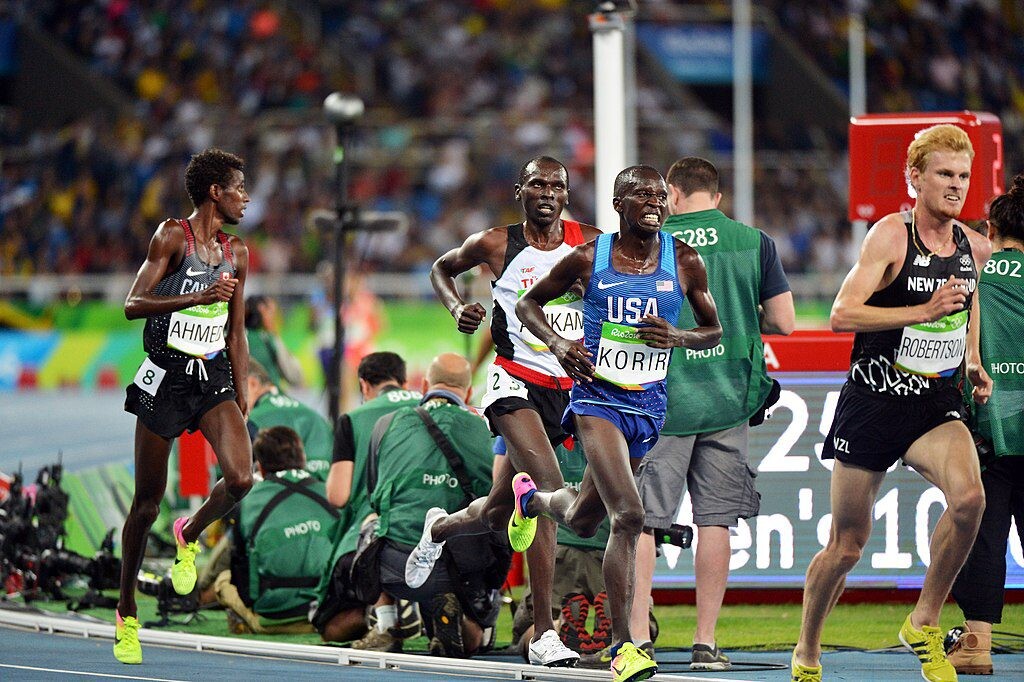
Police had not released an update on when, or if, Robertson will be officially charged in connection with either the sexual assault probe or the weapons arrest. “We may seek more time to conclude investigations,” said Makori.
The arrest comes exactly one year to the day that the Sports Tribunal of New Zealand provisionally suspended Robertson for anti-doping rule violations.
In May 2022, Robertson tested positive for erythropoietin (EPO) during the Greater Manchester Run—a finding later confirmed by B-sample testing. He breached the rules for the presence and use or attempted use of the prohibited substance and for tampering, or attempted tampering, with any part of the doping control process. His attempt to submit fraudulent documents to defend himself led to another charge.
In March, the Sports Tribunal of New Zealand handed Robertson an eight-year suspension for the violations, making him ineligible to compete until September 2030. However, Robertson announced his retirement from professional running a month before receiving the suspension.
In addition to breaking national records, the now-disgraced runner had distinguished himself by winning bronze in the men’s 5,000m at the 2014 Commonwealth Games in Glasgow. He finished 12th in the 10,000m at the 2016 Summer Olympic Games in Rio and 36th in the 2020 Tokyo Olympic marathon, in 2:17:04.
by Paul Baswick
Zane Robertson
Login to leave a comment
Beyond Marathons: Uncovering the World’s Most Scenic Trail Runs
For experienced trail runners searching for their next trail marathon and newcomers to the sport who are researching trail run events for the first time, we have compiled a list of the top destinations for trail running
These races are renowned and provide breathtaking scenery, making them a must-have addition to your race calendar. Our selection deliberately combines well-known races with hidden gems you may not be familiar with. These hidden gems offer a unique sense of adventure and excitement, going beyond the usual races that everyone knows about.
WaitomoTrailRun,New Zealand
The Waitomo Trail Run, a one-of-a-kind event located in New Zealand's North Island, offers a unique and unforgettable experience. Now in its third year, this trail run has quickly become the largest of its kind in the country.
Participants find themselves immersed in the stunning landscape of Hobbit country, with its picturesque rolling hills adorned with vibrant green grass. As you traverse the course, you'll also have the opportunity to explore captivating limestone caves illuminated by the enchanting glow of glowworms.
It's important to note that littering is strongly discouraged, as there is a peculiar consequence for those who discard their energy gel wrappers. Participants may find themselves tasked with clearing gorse from the hills above Te Anga road while sporting nothing but jandals, shorts, and a singlet. However, they will be rewarded with warm cordial for sustenance and have the opportunity to partake in the wet Perendales crutching experience for several days.
Lavaredo Ultra Trail, Northern Italy
Located in central-eastern Italy, the Dolomites showcase breathtaking rock formations that are truly remarkable. The Lavaredo Ultra Trail takes place within this distinctive lunar landscape, ranking as one of the most exquisite races worldwide. Only by participating in this event will you truly grasp why this place holds a magical allure, much like Venice.
Even the world’s best sportsbooks that cover marathon odds would struggle to conjure up the necessary prices due to the distraction this location's beauty presents.
As part of the UTWT competitions, the race unfolds amidst the majestic Dolomite mountains, running alongside the picturesque Misurina Lake and at the base of the renowned Tre Cime of Lavaredo, a symbol of global mountaineering. The beauty of this location stems from the striking contrast between the lush alpine forests, the rugged gray rocks, and the vivid blue skies and lakes.
While the race offers fast sections, it is also technically demanding, requiring attentiveness to the rocky terrain and tree roots along the course. This is an event that should not be missed, although securing a spot through the registration draw is essential. Be sure to mark it on your agenda, as the experience is bound to be unforgettable!
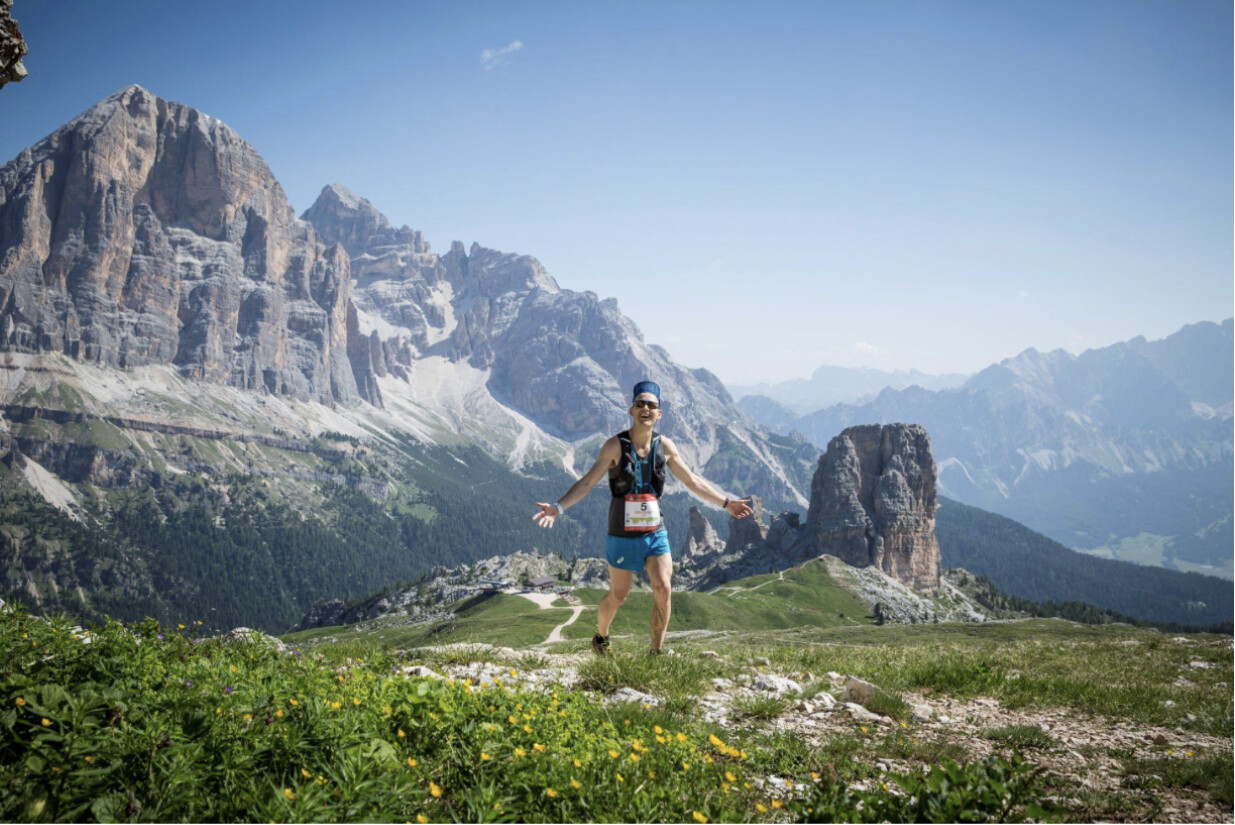
Vallee Du Trail, Chamonix, France
Chamonix, renowned as the valley for trail running and the official host of the prestigious Ultra Trail du Mont Blanc, embodies the essence of the trail running community. Chamonix is a paradise for trail runners, as it offers a remarkable collection of 18 well-marked running routes that meander through picturesque mountain trails, enchanting forests, and serene alpine meadows, all while providing breathtaking panoramas of majestic mountains and icy peaks.
What sets Chamonix apart is its inclusive and hospitable trail running community, which caters to elite athletes and anyone who possesses a deep affection for the mountains and the exhilarating outdoors.
MatterhorUltraks, Switzerland
The Matterhorn, the ultimate representation of a picturesque alpine setting and alpine skiing, takes center stage for trail running during the summer. In Switzerland's Matterhorn Ultraks event, this majestic peak is visible from all directions and can be encircled through various routes ranging from 16 to 46 km.
One particularly remarkable feature is the K30 trail, which spans 31.5 km and includes a thrilling highlight: a suspension bridge crossing the glacier gorge. Zermatt serves as the starting point for all the trails.
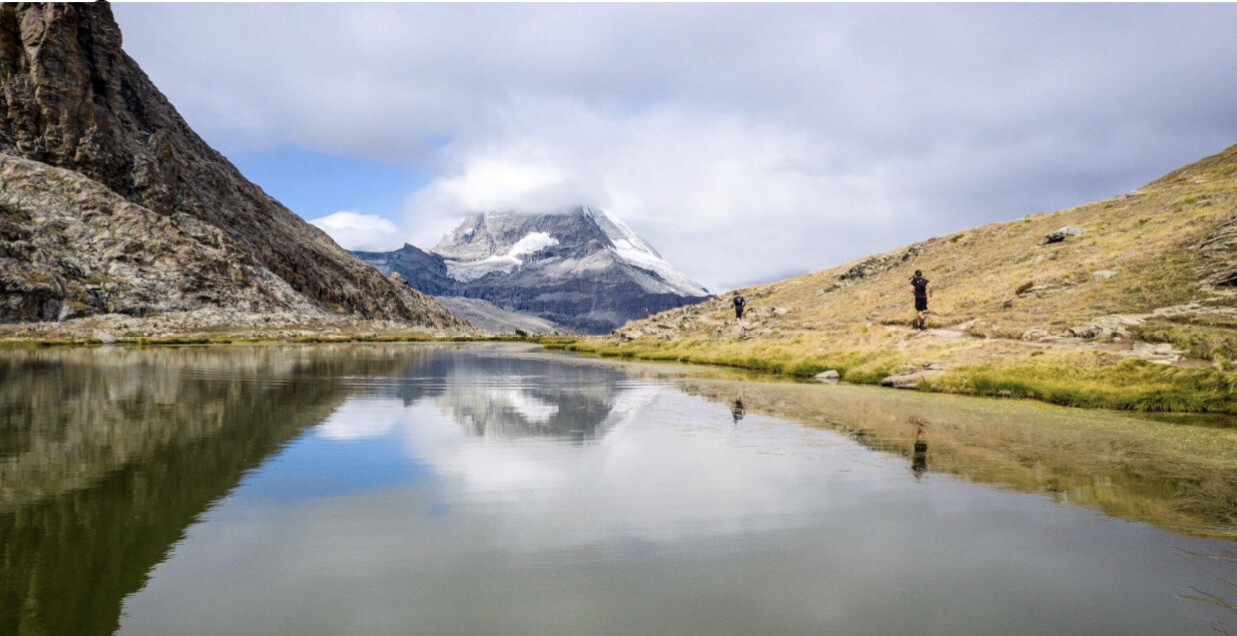
By the way, "Ultraks" represents a series of trail running events at the most awe-inspiring mountain peaks across Europe.
X-TerraTrailRunWorld Championship, Hawaii
The X-Terra Trail Run World Championship is held at Kualoa Ranch, located in Hawaii. This ranch is famously known as Jurassic Valley, as it served as the backdrop for the iconic dinosaur movies.
The trails used in the X-Terra Trail Run World Championship are typically inaccessible to the general public. Therefore, this race offers a unique opportunity for runners to explore and appreciate the natural beauty of this area.
The terrain itself is diverse and awe-inspiring. Participants will have the chance to run alongside cliffs and white sand beaches and navigate their way through dense rainforests.
No prior qualifications are required to participate in the 21-kilometer championship course. This event also includes a 10-kilometer race, a five-kilometer race, and an "adventure walk," making it accessible to runners of all ages and skill levels, from beginners to elite athletes.
Login to leave a comment
Josh Kerr and Jemma Reekie Secure Scottish Sweep at New Balance 5th Avenue Mile
New York, September 10, 2023 – World champion and Olympic medalist Josh Kerr and Olympian Jemma Reekie won the men’s and women’s professional athlete races at the New Balance 5th Avenue Mile on Sunday, making it the third consecutive year it was a Scottish sweep. It was the first title on Manhattan’s famous thoroughfare for Kerr, and the second for Reekie, who also won in 2021.
Kerr, fresh off winning a world title in the 1,500 meters last month, won in 3:47.9, the third fastest time in event history and fastest since 1995. Great Britain’s George Mills was second in 3:49.9, followed by New Zealand’s Geordie Beamish in third in 3:50.0. Vincent Ciattei was the top American, finishing fourth overall in 3:50.3.
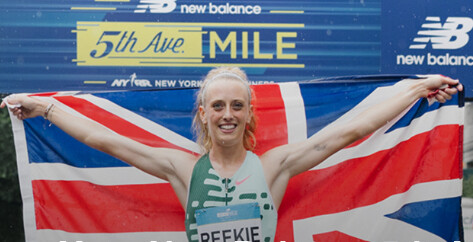
“It's a very different effort to run a mile down the street in flats versus running around the oval with spikes,” Kerr said. “I didn't have the performance I wanted to have last year, so I wanted to make that right. It's nice to end the season on a high, and it's difficult to do at any point in anyone's career at the end of the year. I've been training and racing for a long time this year and I was glad to put on a performance like that today.”
Reekie took the tape in 4:19.4, more than two seconds faster than her winning time in 2021, and was followed by Ireland’s Sarah Healy in 4:20.0 and Great Britain’s Melissa Courtney-Bryant in 4:20.6.
Nikki Hiltz was the top American, finishing fourth in 4:20.7.“Running this mile is always so special to me,” Reekie said. “I won it back in 2021. Last year, I placed well again, and then this year I'm happy to be back winning. It's such a great event and it's always a fun event to come to.”
The New Balance 5th Avenue Mile – the world’s most iconic road mile race since 1981 – stretches 20 blocks down Manhattan’s most famous thoroughfare.
More than 9,000 runners raced the New Balance 5th Avenue Mile on Sunday. In addition to professional athlete and age-group heats, this year’s New Balance 5th Avenue Mile featured Back to School Mile heats for youth, a New Balance Run Your Way Mile for first-time marathoners using NYRR Coaching Lab, a George Sheehan Memorial Mile for seniors. Due to inclement weather, the NYPD and FDNY Mile, NYRR Road Mile Championships, and the Rising New York Road Runners Stage 1 races were cancelled.
Login to leave a comment
New Balance 5th Avenue Mile
The New Balance 5th Avenue Mile opens a beautiful 20-block stretch of 5th Avenue to runners of all ages and abilities who want to run their best mile in New York City. Special races include a youth mile, the George Sheehan Memorial Mile for runners age 60 and over, the NYRR Road Mile Championships, and Olympic-caliber professional men's and women's...
more...Josh Kerr, Elle St. Pierre, and Nikki Hiltz to Headline Professional Athlete Field at New Balance 5th Avenue Mile
World champion Josh Kerr, U.S. Olympian Elle St. Pierre, and American mile record-holder Nikki Hiltz will headline a world-class professional athlete field that spans 14 different countries at the New Balance 5th Avenue Mile on Sunday, September 10. The New Balance 5th Avenue Mile – the world’s most iconic road mile race since 1981 – stretches 20 blocks down Manhattan’s most famous thoroughfare.
Great Britain’s Kerr will arrive in New York fresh off winning a world title in the 1,500 meters in Budapest; he is in search of his first victory on 5th Avenue in his second appearance in the event. Kerr also owns an Olympic bronze medal in the 1,500 meters from the Tokyo 2020 Games.
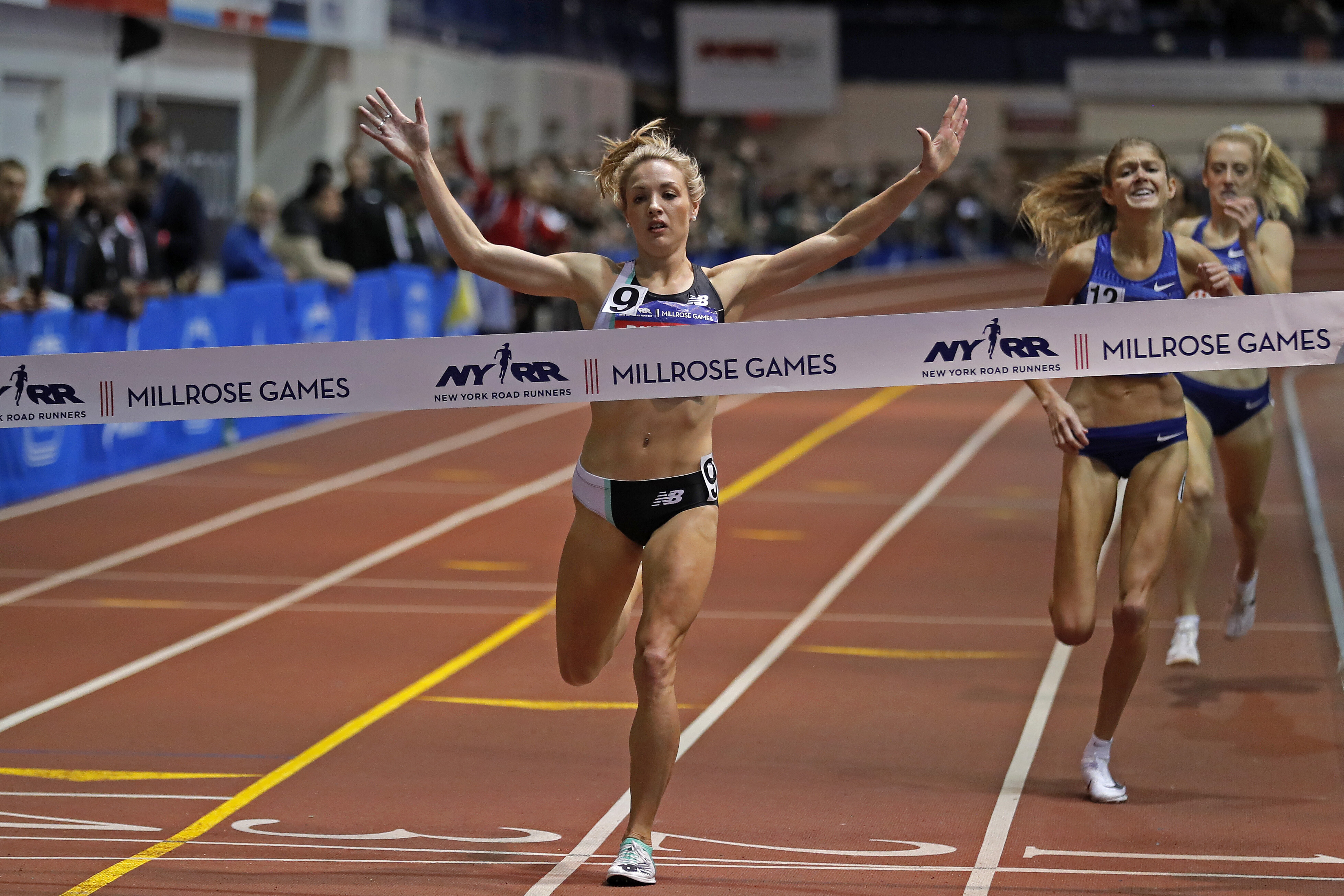
“Winning the World Championships was the culmination of every step of running I’ve ever taken,” Kerr said. “Now, my confidence is higher than it’s ever been, and I have some unfinished business to take care of on 5th Avenue.”
Lining up against Kerr will be New Zealand’s 5,000-meter record-holder George Beamish, and an American contingent led by 2023 Falmouth Mile champion Johnny Gregorek, last year’s 1,500-meter national champion Cooper Teare, two-time 5th Avenue Mile podium finisher Sam Prakel, and U.S. Olympian Woody Kincaid.
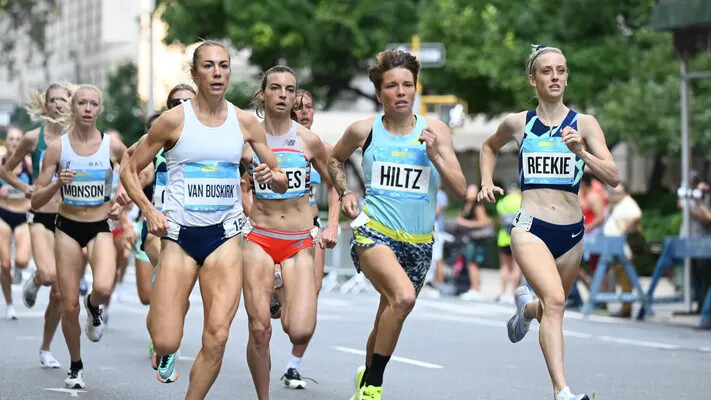
In the women’s race, U.S. Olympian St. Pierre will make her return to New York for the first time since finishing as runner-up at the event in 2019. It will also be her first race back since giving birth in March.
“My preparation for the New Balance 5th Avenue Mile this time has been different, as I fit training around feedings, nap time, and playing with Ivan,” St. Pierre said. “But my body feels good, and the workouts have been solid. I’m excited to be back on 5th Avenue this weekend.”
She will be joined at the start line by Hiltz, Great Britain’s 2021 New Balance 5th Avenue Mile champion Jemma Reekie, Great Britain’s reigning 1,500-meter champion Katie Snowden, Mexican record-holder Laura Galvan, Australian record-holder Jessica Hull, Japanese record-holder Nozomi Tanaka, and Jamaican record-holder Adelle Tracey. Olympian Courtney Frerichs and four-time NCAA champion Dani Jones will also toe the line for the U.S.
In addition to professional athlete and age-group heats, this year’s New Balance 5th Avenue Mile will feature Back to School Mile heats for youth, a New Balance Run Your Way Mile for first-time marathoners using NYRR Coaching Lab, a George Sheehan Memorial Mile for seniors, an NYPD and FDNY heat for service members, and NYRR Road Mile Championship races.
In partnership with NYRR and USA Track & Field, NBC will broadcast the event nationally from 12:00 to 1:00 p.m. ET. The broadcast will feature live coverage of the professional athlete races as well as a recap of the day’s earlier heats. Live coverage of the event will be available internationally on USATF.TV.
Login to leave a comment
New Balance 5th Avenue Mile
The New Balance 5th Avenue Mile opens a beautiful 20-block stretch of 5th Avenue to runners of all ages and abilities who want to run their best mile in New York City. Special races include a youth mile, the George Sheehan Memorial Mile for runners age 60 and over, the NYRR Road Mile Championships, and Olympic-caliber professional men's and women's...
more...Montreal ultrarunner Mathieu Blanchard to join star-studded UTMB field
Montreal’s Mathieu Blanchard has confirmed he will toe the start line at Ultra Trail du Mont-Blanc in two weeks, joining an elite lineup that organizers of the 171-km race are billing the strongest elite field since the race began 20 years ago.
Blanchard will be vying for his third consecutive podium finish in Chamonix on Sept. 1. He ran last year’s race in 19 hours, 54 minutes and 50 seconds to finish a close second behind Spain’s Kilian Jornet, who ran 19:49:30 for a new course record. In 2021, Blanchard finished third behind French runners François D’haene (20:45:59) and Aurélien Dunand-Pallaz (20:58:31).
In June, Blanchard ran 15:37:02 to finish sixth in his Western States Endurance Run debut. He told Canadian Running after the race that Western States presented a uniquely difficult challenge: “I pushed through, I fought hard, my body was super painful like never before,” he said, adding he was proud to earn the “mythic buckle” awarded to Western States winners.
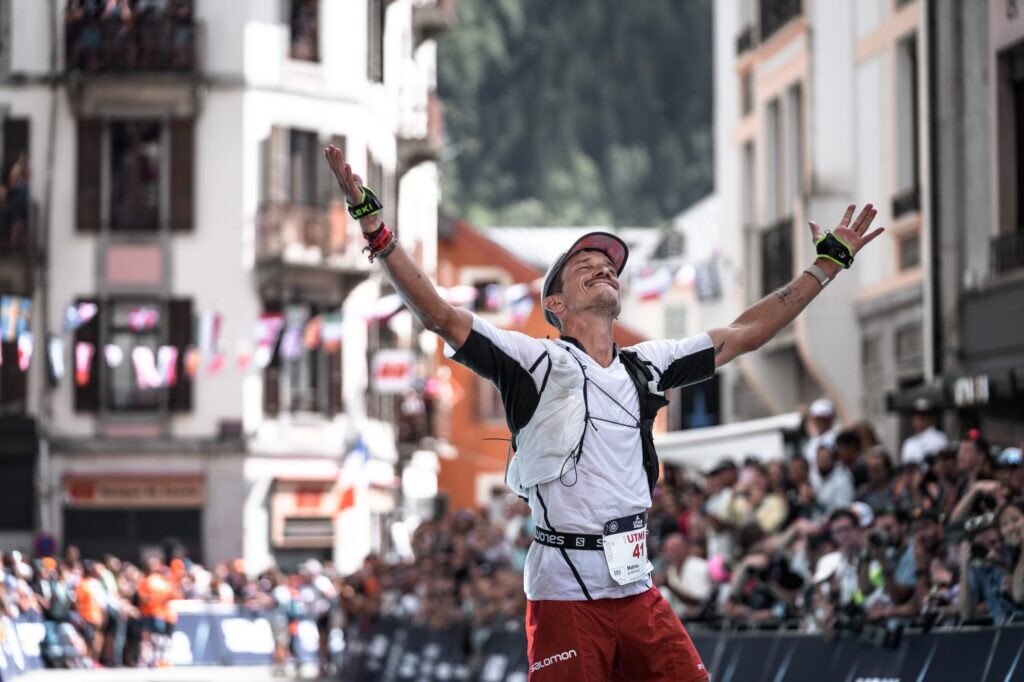
Among the giants of trail running Blanchard will be up against at UTMB is British runner Tom Evans, who ran the fourth-fastest time in Western States history (14:40:22) to win this year’s men’s race, and who finished behind Blanchard at last year’s UTMB to place third (20:34:35).
“I’m incredibly enthusiastic about the idea of taking part in the UTMB this year,” Evans recently told UTMB. “I’m coming into the event in a much better position than last year when I was fresh from a knee operation. The race is so full of history and for the 20th anniversary, I want to be part of the story by doing a Western States 100 Endurance Run and UTMB double. It’s a big challenge and with the strength of the peloton, it won’t be easy, but it’s a contest I’m looking forward to and believe I can achieve.”
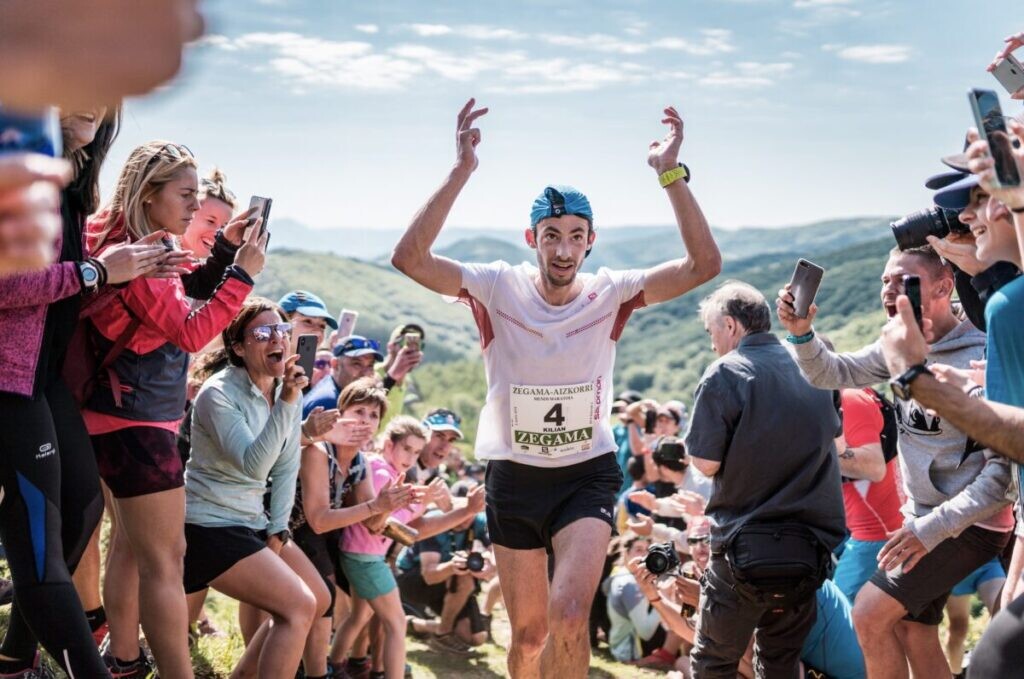
In addition to Jornet, this year’s men’s field will see the return of American Jim Walmsley, who finished fourth in last year’s race (21:12:12) and who has held the Western States course record (14:09:28) since 2019.
Other notable entries in the men’s field include Swiss runner Jonas Russi (winner of the Lavaredo Ultra Trail by UTMB 2023), fellow Swiss runner Jean-Philippe Tschumi (who shared victory at the 100K Trail 100 Andorra by UTMB with the American Ben Dhiman) and Sweden’s Petter Engdahl.
Arguably the most compelling storyline from this year’s UTMB will be American trail running phenom Courtney Dauwalter‘s quest for the triple crown following her resounding victories at Western States (where she ran 15:29:33 to smash the 16:47:19 course record set by Canadian Ellie Greenwood in 2012) and Hardrock 100 (where she set a new course record in 26:14:08). The Golden, Colo.-based runner won UTMB in 2019 (24:34:26) and again in 2021, when she set the current women’s course record (22:30:54).
She stands to face fierce competition from an elite field that includes New Zealand’s Ruth Croft (who finished second at Western States last year), Germany’s Katharina Hartmuth (winner of this year’s Eiger Ultra Trail by UTMB), Italy’s Martina Valmassoi (winner of the 2022 TDS in Chamonix) and Hungary’s Eszter Csillag, who finished fifth at last year’s UTMB.
by Paul Baswick
Login to leave a comment
North Face Ultra Trail du Tour du Mont-Blanc
Mountain race, with numerous passages in high altitude (>2500m), in difficult weather conditions (night, wind, cold, rain or snow), that needs a very good training, adapted equipment and a real capacity of personal autonomy. It is 6:00pm and we are more or less 2300 people sharing the same dream carefully prepared over many months. Despite the incredible difficulty, we feel...
more...Kiwi woman crushes 48-hour treadmill world record
New Zealand’s Emma Timmis has broken the women’s 48-hour treadmill world record after running 340.36 kilometres at a fitness club in Christchurch over the weekend.
With her run, an effort averaging more than seven kilometres an hour, Timmis put a healthy distance between herself and Swedish runner Kristina Paltén, who has held the record since 2014, running 322.93 kilometres.“Well, what a weekend that was!!!! It was everything I expected and more,” Timmis wrote in an Instagram post, in which she shared her motivation for tackling this treadmill world record. “One (reason) was to push my mental strength, and it definitely did!!! I went to some pretty dark places throughout the run, felt it with all my heart and managed to pull myself out of it each time.”
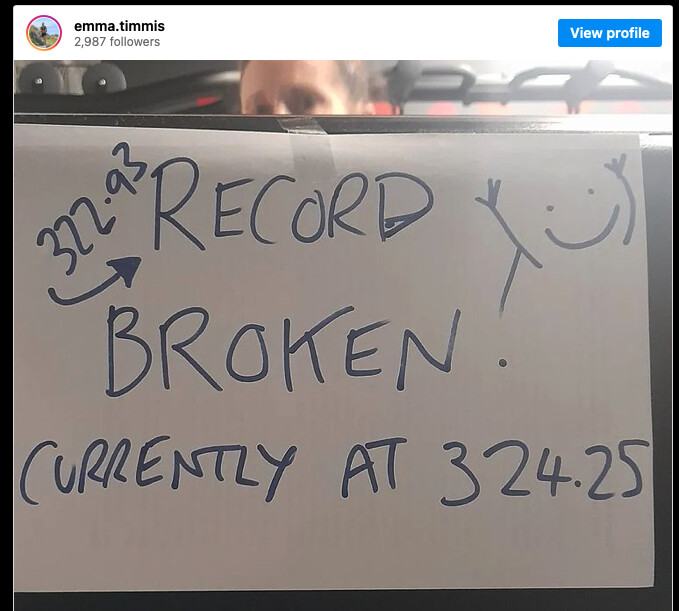
Making Timmis’s feat all the more remarkable was her comment that the 48-hour run was a “practice run” for a much larger challenge she plans on attempting later this year, although she’s keeping details of that “big goal” under wraps for now.Timmis added she “felt 100% loved and cared for every minute of the run. To be able to complete something this huge you have to put full trust in people around you. Each and every person in the event showed me that the trust given was deserved.”
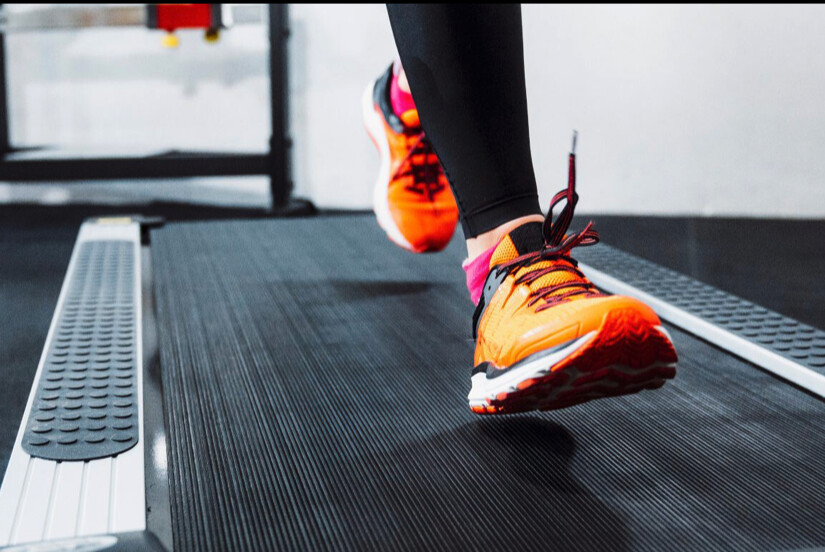
Once ratified, this will be the third Guinness World Record held by Timmis, who is originally from Derby, England, but now lives in the town of Reefton, New Zealand.
In January 2022, she broke the record for the fastest crossing of New Zealand on foot by a female, completing the trek from the northern town of Cape Reinga to the southern town of Bluff in 20 days, 17 hours, 15 minutes and 57 seconds.“Averaging over 100K every day, this run had many, many challenges—it was no walk (run!) in the park,” Timmis said of that run on her website. “I battled extreme heat, heavy, fast traffic, several injuries, one of my support crew being involved in a car accident, and so much more. It takes incredible grit, resilience and determination to achieve something like this.”
In 2017, she set the record for the longest journey by elliptical cycle in a single country, travelling 7,753 km from Denham, Western Australia to Cape Byron in 74 days.
Three years earlier, Timmis completed an 89-day run from the Atlantic Ocean at Henties Bay, Namibia, to the Indian Ocean at Pemba in Mozambique, covering 3,974 km. Her run across southern Africa, which she called “the toughest thing I have done in my life,” was the inspiration for a children’s book, The Girl Who Ran Across Africa, which she published in 2020.
by Running Magazine
Login to leave a comment
When you consistently stress the body and the mind, you are changing your chemical makeup. Here’s what the latest science tells us about burnout
Kieran Abbotts is a PhD student at the University of Oregon, studying human physiology. He earned his master’s degree in Metabolism and Exercise Physiology at Colorado State University. The lab where he now works studies exercise and environment and stressors on physiology. In other words, he’s an expert on how the chemicals in the body work during exercise, and what happens when things get out of whack.
“Essentially, there are two kinds of training. There’s functional overreaching, which means you stress the body with hard workouts and long runs. Then you provide adequate time to recover, and you induce adaptations,” Abbotts said. This kind of training is ideal—your body is getting stronger. “You want to be functionally overreaching as an elite athlete—so that you’re making progress and becoming a better runner, but also giving yourself adequate recovery.”
And then there’s non-functional overreaching, which can feel the same to many athletes, but it’s very different. “With non-functional overreaching you’re essentially doing the same thing—big workouts, stressing the body—but not giving yourself enough time to recover. And so you start doing damage.” That damage might take a long time to show itself, Abbots said, but it eventually will.
This might be the most important thing to know about being an athlete at any level. Non-functional overreaching is exactly the same as very healthy training, except without enough rest. And rest is different for everyone, which makes it exceptionally easy to slip from functional overreaching into damaging non-functional overreaching without realizing it. Without adequate rest, the body begins to break down instead of build stronger.
Stress Is Stress

Professional ultrarunner Cat Bradley, 31, living in Hawaii, has experienced fatigue and burnout in various forms, including just after she won Western States in 2017.
Winning a big race is great, but it also means all eyes are on you—the pressure is high to stay on top. “After winning Western States, I took a month off, but I was still running at a high level. And for lack of a better term, I felt like I had a gun to my back,” Bradley said. “I wanted Western States so badly, and after I won, so many things happened and I never shook that gun-to-the-back feeling. After a while, it led to burnout. I had to take a mental break.”
For many athletes, finding success can be the stress that makes non-functional overreaching feel necessary. How can you take an extended break when you’re winning and signing new sponsor contracts?
A second version of burnout for Bradley came when she went through an especially stressful situation outside of running. She was dealing with such extreme daily emotional stress in her personal life that everything else was affected, including running and training. When the body is enduring stress, it doesn’t know (or care) what the cause is. We can’t put our life into silos. If there’s stress in one’s life, everything else needs to be adjusted. It doesn’t matter if that stress is “just work” or illness, or relationships.
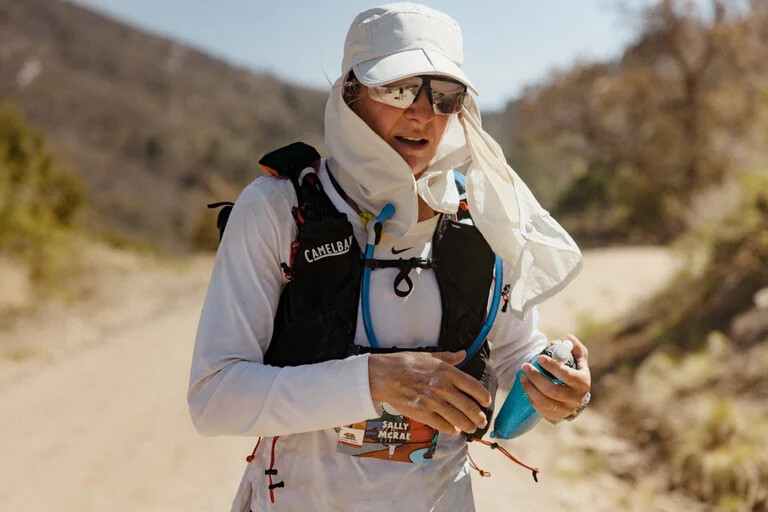
When you’re overtraining or chronically overstressed, your body is creating higher levels of “catecholamines,” hormones released by your adrenal glands during times of stress like epinephrine, norepinephrine, or adrenaline. “Having those chronically high levels of overstimulation and not enough recovery, you wind up with a desensitization,” Abbotts said. “Overstimulation also causes decreased levels of plasma cortisol. Cortisol is the stress hormone, and it plays a very important role in your physiology.”
When you’re exercising or stressing the body, cortisol will go up, to help the body deal with the stress. But if you’re constantly requiring lots of cortisol, your body will eventually down-regulate. It will adapt and then you’ll have low levels of cortisol. This means trouble dealing with physical and mental stress.
In February, Bradley experienced her most recent version of burnout, and it happened mid-race. Bradley was running the Tarawera 100-miler in New Zealand. Besides training for such a big race, she was also working full-time and planning and preparing for her wedding, which was just days after the race. On top of everything, travel to the event was incredibly stressful.
“I was in fourth place, I could see third, and at mile 85, I passed out and hit my head on a rock,” Bradley said. “We can talk about the reasons that I fainted, but I really think my brain just shut down—it was too much.”
For Bradley, reaching burnout has a lot more to do with outside stressors than the actual running. But now she’s aware of that—she continues to work on not reaching the “gun-to-the-back” feeling. The need to please others. The fear of losing fitness in order to take care of her body. It’s an ongoing process, but an important one.
Overdoing Is the American Way
Professional ultrarunner Sally McRae said, based on her observations, Americans are really bad at taking time off. “I’ve traveled the world and Americans are really bad at resting,” she said. “It’s part of our work system. You go anywhere in Europe and everyone takes a month-long holiday. You have a kid and you take a year off. We’re not conditioned like that in America. It’s like you get one week and then after you work a decade, you get two weeks of vacation.”
For McRae, avoiding burnout and overtraining has a lot to do with creating a life that’s sustainable. She started working when she was 15-years-old, so she realized earlier than most that life couldn’t just be working as hard as possible to count down to retirement.
“Perspective is massive when it comes to burnout. My goal every year is to find the wonder and the beauty and the joy in what I do. Because it’s my job, but it’s also my life,” McRae said. “And I really believe we’re supposed to rest—it should be a normal part of our life. Whether that’s taking a vacation or taking an off-season. I take a two-month offseason and I have for a long time.”
One of the most important parts about rest and not overstressing the body is that everyone is different. An overstressed body can lead to hormonal imbalances, which in turn affects everything.
“When you’re overtraining, you tend to get mood changes and have trouble sleeping,” Abbotts said. “Two of the big things that stand out are, you’re exhausted but you can’t sleep. And the other is irritability—mood swings, and depression.” When you get to the point that you’ve overstressed your body for so long that the chemicals are changing, pretty much everything starts falling apart.
And even though everyone is different, you’d never know that from looking at social media. “I know social media makes it seem like ultrarunners are running 40 miles a day, doing a 100-mile race every other weekend,” McRae said. “And that’s insane. You’ve got to be in touch with yourself. It’s very different to wake up and feel sore or tired, but if you wake up and feel like you have no joy in the thing you’re doing, you need a real break from it.”
How Can the Running Community Do Better?
Elite ultrarunner and running coach Sandi Nypaver wants runners to get more in touch with how they’re feeling and less concerned about numbers or what anyone else is doing.
“I have to have honest talks with people I’m coaching. I need them to feel like they can tell me how they feel, because sometimes they think they have to stick to the training plan for the week no matter what,” she said. “But the plan is never set in stone. It’s meant to be adjusted based on how you’re feeling. Some weeks we might feel great and not need to change anything, while other weeks we might have to totally crash the plan and do something else.”
It’s easy to judge ourselves against everyone else, especially when results and reactions are so public and available.
“It’s easy to say, ‘if that person only took three days off after a big race, and now they’re already back to training, that must be what you’re supposed to do,’” she said. “But even at the highest level, training is different for everyone. Resting is different for everyone.”
“Something that’s really, really hard for many runners to understand is that once you’re not sore anymore, that you’re still not recovered,” Nypaver said. “A lot of research says that things are still going on in your body for up to four weeks after, for certain races, depending on the distance.”
Sometimes it’s difficult to be aware of subtle signs when the soreness is gone. “Convincing people that they need to chill out for a while, even past the soreness, can be really difficult.” But after a huge effort, and before the next, people rarely end up saying things like, “I really wish I hadn’t rested so thoroughly.” Part of it is actually having a recovery plan. Putting rest days on the calendar, focusing on foam rolling and mobility on days that you’re not “doing.”
“And, actually just relaxing. Taking it easy. It’s not just a running model, we live in a culture where we’re always being asked to do more,” Nypaver said. “I wish instead of always thinking about doing more, we’d focus on how we want to be more. A lot of us want to be more relaxed and less stressed and happier and enjoy our lives. We need to put our attention on that instead of trying to do so much. It’s something I struggle with all the time.”
We don’t get validation for resting, relaxing, and being present because there’s no tangible thing to show for it. There’s no “be really calm often” challenge on Strava. But the bigger rewards are great. You just have to trade in immediate dopamine hits for a much more balanced, happier life.
Simple, right?
“One thing I’m doing, and asking my athletes to do, is to write down your intentions,” Nypaver said. “One of my intentions is to chill out more this summer and enjoy it. I grew up thinking it’s all about running, and I have to go all-in on running. But having other outlets, other things that I like to do, is so important.”
When you’ve reached burnout—an extended period of non-functional overreaching, prolonged rest is the only way to let the body fix itself.
“Once you are overtrained, you need to stop training,” Abbotts said. “It’s just kind of the bottom line. Maybe some people can get away with greatly reducing their training load, but most of the time you need to stop. You need an extended amount of time off.”
There’s nothing glamorous about rest. There’s no prize money in relaxing. But it’s the absolute key ingredient in extended performance, and in a much healthier, happier life.
by Outside Online
Login to leave a comment
Ingebrigtsen and Girma go head-to-head in hunt for fast 1500m in Lausanne
Jakob Ingebrigtsen and Lamecha Girma both made history earlier this month in Paris, where they set a world two-mile best and a world 3000m steeplechase record, respectively. Now they have the chance to push each other to fast 1500m performances when they return to Wanda Diamond League action in Lausanne on Friday (30).
Norway’s Ingebrigtsen, who broke the world indoor 1500m record by running 3:30.60 in Lievin in February, clocked 7:54.10 in Paris to improve Daniel Komen’s world best for two miles. Despite still having that race in his legs, the 22-year-old improved his own European 1500m record to 3:27.95 in Oslo six days later – a time that places him sixth on the world all-time list.
Although the world record had not been his aim in Oslo, Lausanne’s Athletissima gives Ingebrigtsen another opportunity to take further strides toward Hicham El Guerrouj’s almost 25-year-old world record of 3:26.00.
“I 100% have more left in me,” Ingebrigtsen said after his performance in Oslo. “I just have to keep focused on each race ahead in the build-up to Budapest (World Championships), where it really matters.”
Girma will hope to be up there with him. The Ethiopian 22-year-old stormed to a time of 7:52.11 for his specialism in Paris, taking 1.52 seconds off the world 3000m steeplechase record set by Said Saeed Shaheen in 2004, and then turned his attention to attacking the Ethiopian 1500m record of 3:29.91 at the Continental Tour Gold meeting in Ostrava on Tuesday (27). He still looked like he had plenty left in the closing stages but having to run wide down the home straight, he focused on the win, running a PB of 3:33.15 that he will aim to improve again in Lausanne.
It will be the first time that Ingebrigtsen and Girma have clashed in any discipline.
In Oslo, Ingebrigtsen led the first eight men under 3:30 for the first time in history, and this time the line-up includes two other men who have dipped under that barrier so far in their careers: Britain’s Olympic bronze medallist Josh Kerr and Australia’s Stewart McSweyn. They are joined on the entry list by Ethiopia’s Teddese Lemi, New Zealand’s Sam Tanner and Britain’s Neil Gourley.
In the 5000m – the discipline in which Ingebrigtsen won world gold last year after his 1500m silver – Olympic champion Joshua Cheptegei will take on Olympic 10,000m gold medallist Selemon Barega, world 5km record-holder Berihu Aregawi, Telahun Haile Bekele, Birhanu Balew and their fellow sub-13:00 runner Muktar Edris.

In the women’s 3000m steeplechase, world U20 silver medallist Sembo Almayew is back on the track after her world-leading PB performance of 9:00.71 to win in Florence. The 2021 world U20 gold medallist, Jackline Chepkoech, was second on that occasion and is also racing, along with world record-holder Beatrice Chepkoech and world bronze medallist Mekides Abebe.
The world leader also heads the entries in the women’s 800m, where world and Olympic silver medallist Keely Hodgkinson – who improved her British record to 1:55.77 to win in Paris – will look to make another statement as she renews her rivalry with Kenya’s Mary Moraa.
World bronze medallist Moraa, who won Commonwealth Games and Diamond League titles ahead of Hodgkinson last year, has run a best of 1:58.72 so far this season and the strong field also features Habitam Alemu, Noelie Yarigo, Jemma Reekie, Catriona Bisset, Natoya Goule and Switzerland's Audrey Werro, who recently ran a world U20 1000m record of 2:34.89 in Nice.
by World Athletics
Login to leave a comment
2023 Western States 100 Men’s Race
There’s nowhere to go but up at the start of the Western States 100, and Jia-Ju Zhao from China charged the opening climb. Despite snow, Zhao hit the top in 42 minutes. Slower to the top, Frenchman Mathieu Blanchard (pre-race interview) and Brit Tom Evans (pre-race interview) turned to greet the brilliant sunrise together.
Zhao won the Ultra-Trail Mt. Fuji 100 Mile in April 2023 and is a two-time winner of the Doi Inthanon by UTMB 100 Mile in Thailand. He pushed his early lead to five minutes at Lyon Ridge, mile 11, while 2022 fourth-placer Tyler Green led the early chase group. Green had finished as high as second here before, in 2021, but was running more aggressively toward the front earlier than ever before.From mile-15 Red Star Ridge to mile-25 Duncan Canyon, the chase group started to make up time on Zhao. Tom Evans, Chinese runner Jia-Sheng Shen, and Dakota Jones (pre-race interview) were among a group that cut four minutes from Zhao’s lead over just nine miles. Evans was third here in 2019 in 14:59, and Jones had just biked 680 miles from his home in Utah to the race start.
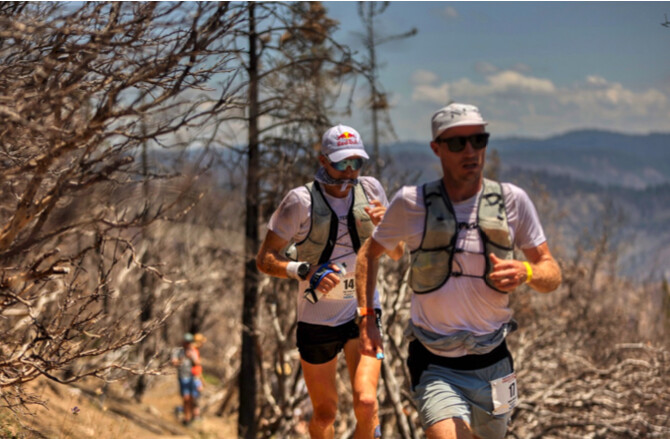
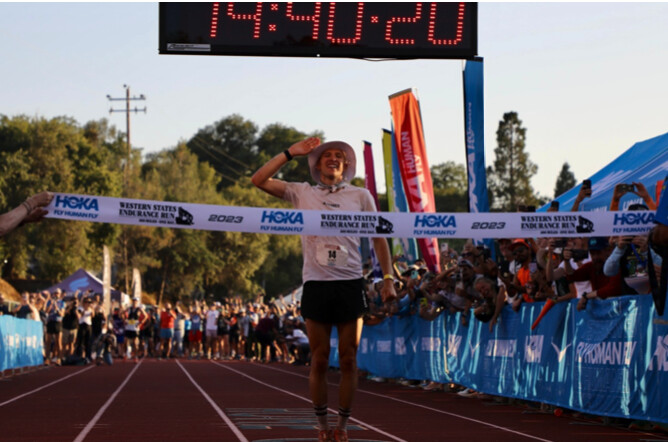
Zhao was quickly swallowed up in the next five miles to Robinson Flat, mile 30, and soon fell out of the top 10. A lead trio of Tom Evans, Dakota Jones, and Jia-Sheng Shen came into aid at 4:45, meeting their crews for the first time. At mile 30 and with Zhao falling backward, Anthony Costales (pre-race interview) was fourth, and then he was with Tyler Green at mile 38 in fourth and fifth. The two would barely separate the rest of the race.Evans and Jones dropped Shen on the climb to Devil’s Thumb, mile 48, and the two leaders came into aid together in 7:03. Four minutes back Costales had caught Shen on the big climb, and Tyler Green, Jeff Colt, New Zealand’s Daniel Jones, Ryan Montgomery, Mathieu Blanchard, and 47-year-old Ludovic Pommeret were inside the top 10. Those six were 14 minutes apart. 2022 third- and second-place finishers Arlen Glick (pre-race interview) and Hayden Hawks (pre-race interview) were back in 11th and 16th, respectively. After earlier moving up, Hawks had just lost several places and would later drop with injury at mile 55. Other top-10 finishers from 2022 Cody Lind, Scott Traer, and Alex Nichols were all noticeably outside the top 10 too.
As the race shifted to its mile-62 Foresthill hub, Evans gained some separation on Jones and entered the aid station first, but as Evans changed shoes and socks, Jones didn’t wait and exited first. Jones was now in the lead by himself for the first time and he was overheard voicing his intention to break Evans. Some 11 minutes back of those two leaders, Green and Costales were again together and in third and fourth. Shen and Jeff Colt were just minutes back of those two, and Colt was remarkably almost an hour faster than a year ago when he finished 11th.Jones and Evans separated leaving Foresthill and anticipation ran high for their next steps. The two had been together for nearly the entirety of the race to this point. Jones wanted to make a move and Evans wanted to keep up with (the) Jones. The duel ended quickly and dramatically though. Tom Evans dropped a 5:54 downhill mile and hit Cal 2, mile 71, in 10:12. That surge pushed Jones eight minutes back at mile 71. It was just nine miles from Foresthill to that split on Cal Street, but the front two had shattered and moved in opposite directions the rest of the race.
Evans ran alone to the river crossing at mile 78, and ultimately to the finish. Tyler Green, Anthony Costales, Jeff Colt, and Jia-Sheng Shen all overtook Dakota Jones on the way to the river too. Forget about Elm Street, Jones was having a bit of a nightmare on Cal Street.
Evans, the 2022 UTMB third placer, continued to put time on the field the rest of the way. He finished in 14:40 and that’s the race’s fourth fastest finish ever. The mark trails only Jim Walmsley and Jared Hazen in 2019, and Walmsley’s 2018 mark too. Evans was a runaway winner, but the rest of the top 10 was much more closely packed.Tyler Green pushed on in second, and held off an Anthony Costales chase over the last 15 miles. Green finished in 15:04. It was his second runner-up finish and a big personal best for the course. He was able to finish with his baby boy on his shoulders. Green’s 15:04 was the race’s 11th-fastest finish ever. Costales was third in 15:09, the race’s 13th-fastest finish ever.
Jia-Sheng Shen and Daniel Jones both finished fast. Shen clocked 15:19 and Jones was fifth in 15:22. Mathieu Blanchard and Ryan Montgomery both overtook Jeff Colt late. Those three — Blanchard, Montgomery, and Colt — finished in 15:37, 15:38, and 15:42, respectively. Local runner Cole Watson bettered his 2022 14th-place finish with a ninth-place 15:54.
In 2019 the top 10 all went under 16 hours. This year’s 10th-place man Janosch Kowalcyzk from Germany just missed matching that feat. He finished in 16:09.
Seven of last year’s top 10 returned, but only Tyler Green was able to again make the top 10. The 2022 top 10 finishers Ludovic Pommeret, Arlen Glick, Scott Traer, Cody Lind, and Alex Nichols finished 12th, 13th, 15th, 16th, and 28th this year, respectively. As earlier mentioned, 2022 runner-up Hayden Hawks dropped.
After running near or in the lead through Foresthill, Dakota Jones finished 17th in 17:00.
Early leader Zhao’s high risk, high reward start ended with a drop at Michigan Bluff, mile 55.
by Justin Mock I Run Far
Login to leave a comment
Western States 100
The Western States ® 100-Mile Endurance Run is the world’s oldest and most prestigious 100-mile trail race. Starting in Squaw Valley, California near the site of the 1960 Winter Olympics and ending 100.2 miles later in Auburn, California, Western States, in the decades since its inception in 1974, has come to represent one of the ultimate endurance tests in the...
more...Five elite women to watch in 2023 Grandma's Marathon
Back-to-back defending Grandma’s Marathon champion Dakotah Lindwurm will attempt to become the third woman to ever win the race three times this week, and the first to three-peat since Mary Akor in 2009.
Lindwurm, the former hockey goaltender out of Eagan, Minnesota, is the favorite again in the elite women’s field for the 47th Grandma’s Marathon, which gets underway at 7:45 a.m. on Saturday in Two Harbors. The winner is estimated to arrive at the finish line at Canal Park in Duluth around 10:10 a.m.
Akor, of the U.S., went back-to-back-to-back in 2007, 2008 and 2009, while Lorraine Moller of New Zealand was the first woman to three-peat from 1979-1981.
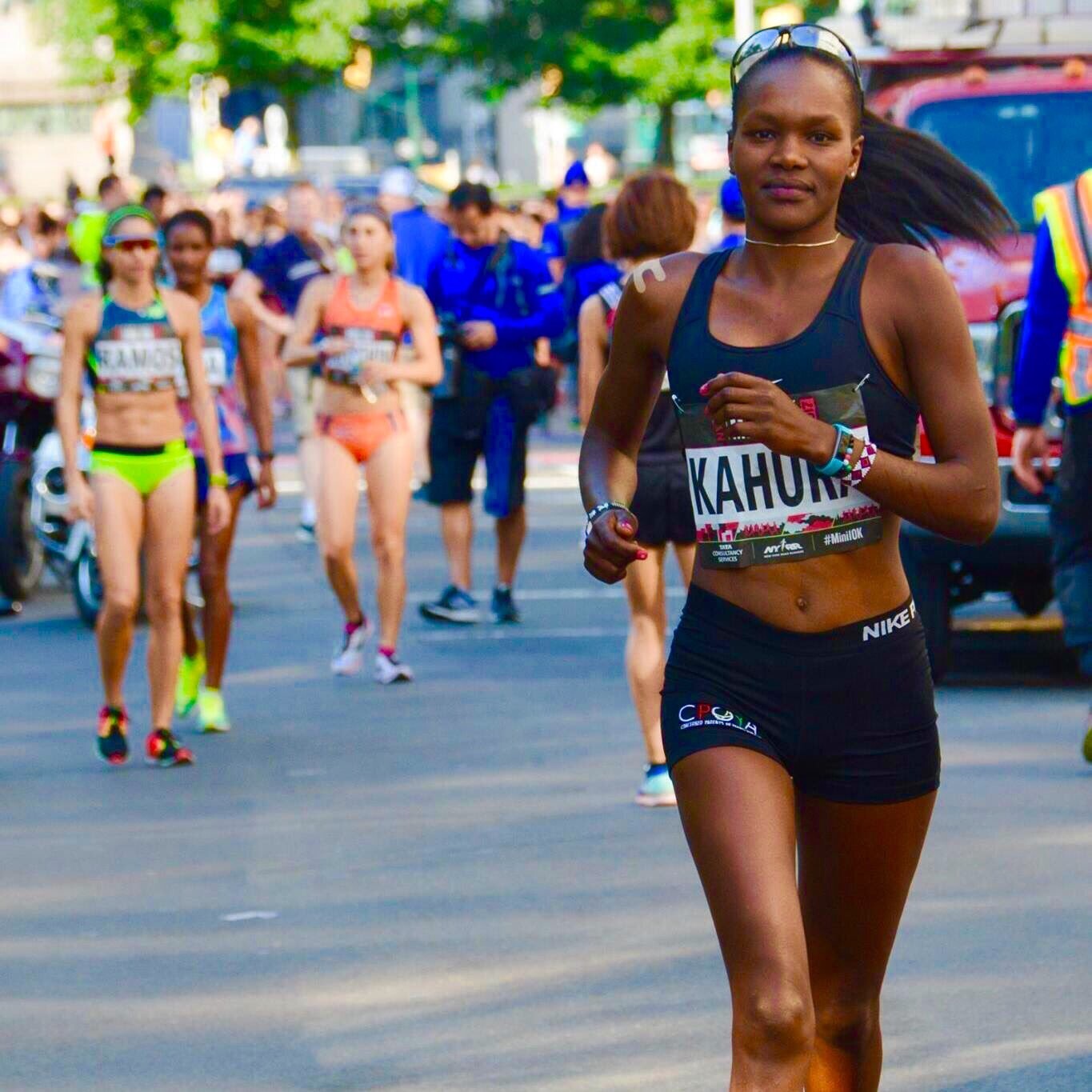
Here’s a look at the top contenders from the women’s elite field that are vying for the $10,000 first-place prize:
Five elite women to watch at 2023 Grandma’s Marathon
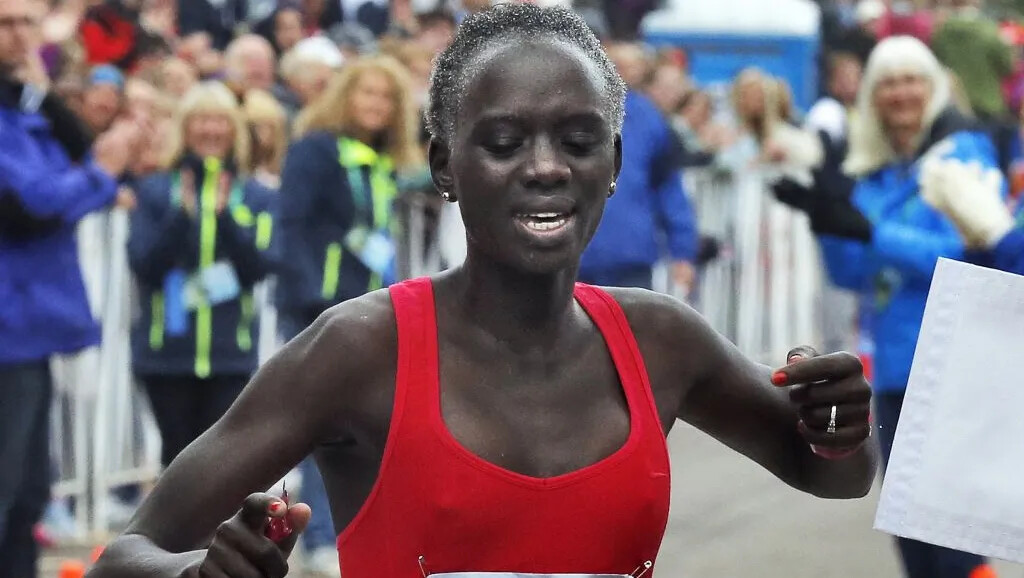
The Defending Champ
Dakotah Lindwurm, 28, United StatesPersonal record: 2:25:01 (2022 Grandma’s Marathon).
Two of Lindwurm’s fastest marathon times have come at Grandma’s, with her winning time last year being the second-fastest time in Grandma’s Marathon history — 33 seconds behind Kellyn Taylor’s record of 2:24:28 set in 2018. Lindwurm, who won in 2021 in 2:29:04, became the first Minnesotan to win Grandma’s Marathon that year since Janis Klecker in 1987. Lindwurm recently finished 26th at the Boston Marathon in 2:33:53.
The Past Champion
Pasca (Myers) Jerno, 36, United StatesPR: 2:33:43 (2014 Grandma’s Marathon)
Jerno is a 2014 Grandma’s Marathon champion, having posted a PR that still stands for her today. The Kenyan-born American beat out then-race record-holder Sarah Kiptoo (whose 2013 time still ranks fourth) for the title that year. Jerno has posted two top-10 finishes since winning in 2014, taking eighth in 2019 (2:36:13) and sixth in 2021 (2:36:48). In 2021, she also posted a seventh-place finish in the Chicago Marathon (2:32:51).
The Contender
Grace Kahura, 30, KenyaPR: 2:30:32 (2021 New York City Marathon)
Whether it’s been Grandma’s Marathon or Garry Bjorklund Half Marathon, Kahura has challenged for the podium, but only landed on it once. That was her Duluth debut in 2017 when she finished third in the half. Since then she’s finished fourth in her last three visits — Grandma’s in 2018 and 2021 and the Bjorklund a year ago. She ran Grandma’s in 2:33:34 back in 2021. That same year she set her PR in New York, finishing ninth.
The Up and Comer
Gabriella Rooker, 35, United StatesPR: 2:29:44 (2022 California International Marathon)
Like Lindwurm, Rooker wasn’t always a runner. Rooker is a three-time NCAA Division III individual and team gymnastics champion from Wisconsin-La Crosse. Grandma’s Marathon in 2021 was her running debut. She finished 26th with a time of 2:56:27, but came in 10th last year in 2:34:59. Her PR in California last year is the second best PR in the field behind Lindwurm, but still 4:43 back.
The Sleeper
Anne-Marie Blaney, 29, United StatesPR: 2:31:32 (2023 Boston Marathon)
Blaney bested Lindwurm back in April at the Boston Marathon, finishing two places higher in 24th and 2:21 faster. This will be Blaney’s first time in Duluth running Grandma’s Marathon, where she will need to shave another 6:31 to match Lindwurm’s winning time last year. Recent marathon results for Blaney include a fourth-place finish at the Ottawa International Marathon in 2022 (2:34:38) and 22nd place in the Chicago Marathon in 2021 (2:40:24).
by Matt Wellens
Login to leave a comment
Grandmas Marathon
Grandma's Marathon began in 1977 when a group of local runners planned a scenic road race from Two Harbors to Duluth, Minnesota. There were just 150 participants that year, but organizers knew they had discovered something special. The marathon received its name from the Duluth-based group of famous Grandma's restaurants, its first major sponsor. The level of sponsorship with the...
more...

